
Lord of the Undead | Illustration by Brom
MTG’s Tenth Edition (10E) released in 2007 as the last of a long line of Core Set reprints, going all the way back to MTG’s first set, Alpha. At this time, Core Sets were supposed to be a good point of entry, provide key reprints to make sure they’re accessible, and give players more options to play in Standard, while expert expansions carried the burden of innovating both story and gameplay.
Released between Time Spiral block and Lorwyn, Tenth Edition was huge, with almost 400 cards, an impressive number not seen since Fifth Edition and much larger than the 250 or so cards we’re used to seeing in modern expansions. The “last of the Core Sets” is no ordinary set though, with a few tricks up its sleeve – including foil cards.
Today we’re taking a look at 10E, the most relevant cards, what it did well, and what could be done better. Let’s dive in!
Tenth Edition Basic Information

Coat of Arms | Illustration by Scott M. Fischer
Set Details
| Set Symbol |  |
| Set Code | 10E |
| Number of Cards | 383 |
| Rarities | 121 commons, 121 uncommons, 121 rares, 20 basics |
| Mechanics | Defender, Double Strike, Flash, Reach, Lifelink, Shroud |
Important Dates
| Event | Date |
|---|---|
| Previews Start | June 2007 |
| Full Gallery Available | July 10, 2007 |
| Pre-Release Week | July 2007 |
| Release Date | July 13, 2007 |
| Game Day | July 14, 2007 |
| Magic Online Release | July 2007 |
| Available on Draftsim's Draft Simulator | No |
| Available on Arena Tutor | No |
About the Set: The Story
Tenth Edition is a reprint Core Set, the last one of its kind in MTG’s history. Tenth Edition, as with other MTG Core Sets like Ninth Edition, Eighth Edition, Seventh Edition, and so on, is basically reprints of Core Set cards and other cards from expert sets released along the way.
For example, Aura of Silence is a card originally from Weatherlight, while Beacon of Immortality is a rare from Fifth Dawn and Giant Spider is a reprint from Alpha. Some cards, like Glorious Anthem were reprinted in all Core Sets from the Sixth Edition until Tenth, and some cards like Lightning Bolt and Counterspell stopped being reprinted due to power level reasons in Standard.
WotC used to see these sets as the perfect point of entry for beginners while expert level expansions added complexity to veteran players. You’ll see lots of vanilla cards and reminder text to ease new players into a very complex game.
One of 10E’s most interesting features is that it’s got alternate foil cards without reminder text or alternate flavor text. For example, cards like Time Stop have a huge block of reminder text to explain what the card does in detail, while the foil version just says: “End the turn.” Cards like Shimmering Wings and Mirri, Cat Warrior have their abilities spelled out, but the alternate foil versions just have flavor instead of reminder text.
Another special feature from 10E was voting on WotC’s official website. Players got to vote on a few things, including the set symbol, card reprint options, card art, and flavor text. With MTG operating two/three years ahead as they design stuff today, the chances of this happening again are very slim.
After 10E and beginning in M10, MTG changed the way they do Core Sets by printing mainly new cards alongside some reprints as well as an added focus to theme and Limited play.
Tenth Edition Mechanics
There are no new mechanics to MTG in Tenth Edition, but these evergreen mechanics were keyworded for the first time in a Core Set:
Defender
Previously, MTG had creatures that couldn’t attack, usually walls with low power and high toughness. Here we have the keyworded mechanic defender, which states that these creatures can’t attack. Examples are Wall of Wood and Wall of Swords.
Double strike
Creatures with double strike deal first strike damage and regular damage, effectively dealing damage twice. Skyhunter Skirmisher is the only card in the set with the mechanic.
Flash
A creature with flash can be cast outside of your main phase, on your opponent’s turn, and in response to a spell or effect. You can play cards with flash whenever you have priority. Benalish Knight is a good example of the mechanic in Tenth Edition.
Lifelink
A creature that has lifelink makes you gain life whenever it deals combat damage. Tenth Edition doesn’t have a creature with lifelink, but it has Loxodon Warhammer, an equipment that gives the equipped creature lifelink.
Reach
To block creatures with flying, you need a flier or a creature that can block creatures with flying. Reach is that ability keyworded. Giant Spider is the quintessential creature with reach.
Shroud
A permanent that has shroud can’t be the target of any spells or abilities, including yours. Even players can have shroud. The card Whispersilk Cloak, an equipment that can give creatures shroud, was printed for the first time with the mechanic. It sees heavy play in EDH, mainly to protect key commanders from harm.
Tenth Edition Card Gallery
White
Blue
Black
Red
Green
Colorless
Lands
Notable Cards
The Muse Cycle
The cycle of muses are very relevant in EDH due to the fact that most of them do something on each turn. Seedborn Muse in particular allows you to use your permanents every turn, granting you lots of mana and activations.
Cycle of Legends – Theme Decks
- Cho-Manno, Revolutionary
- Arcanis the Omnipotent
- Ascendant Evincar
- Kamahl, Pit Fighter
- Molimo, Maro-Sorcerer
Tenth Edition was the first Core Set to reprint legendary creatures, and it reprinted 10 legends, two from each color. These legends are the faces of the 10E theme decks. Arcanis the Omnipotent is also relevant for EDH.
Pain Lands
- Adarkar Wastes
- Battlefield Forge
- Brushland
- Caves of Koilos
- Karplusan Forest
- Llanowar Wastes
- Shivan Reef
- Sulfurous Springs
- Underground River
- Yavimaya Coast
10E reprinted the 10 painlands in all color pairs, which is rare. Usually we see only the allied or enemy lands in a given set.
Creature Land Cycle
These uncommon creature lands from Urza’s Legacy were reprinted in Tenth Edition. Of note, Treetop Village and Faerie Conclave saw plenty of Constructed play.
Money Cards
- Grave Pact is a powerful engine to strengthen your aristocrats decks and sacrifice decks. You’re already going to sac your creatures anyway, so your opponents might as well join in.
- Lord of the Undead not only gives +1/+1 to all zombies but also gives you a Raise Dead effect each turn. It’s one of the more powerful zombie lords around.
- Furnace of Rath is a staple for every red deck that wants to deal damage in increments or ping your opponent. Just make sure you’re not on the receiving side of the damage.
- Birds of Paradise is your classic mana dork that flies, wears equipment, and fixes your mana.
- Joiner Adept is another good example of a 5-color fixer for EDH.
- Root Maze is a symmetric effect that slows everybody equally. It’s very interesting to deny fast mana from your opponents, or capitalize on your slow lands while they can’t use their fast lands.
- Coat of Arms is the ultimate typal incentive. This 5-mana artifact can give your board a huge buff, and it unfortunately has a huge price tag due to the low supply.
- Crucible of Worlds is a staple of Constructed MTG, especially in decks that have lands like Wasteland and Strip Mine.
- Doubling Cube has only been printed in this set and in Fifth Dawn. Considering that there are many commanders that can stock mana into their mana pool (like Kruphix, God of Horizons), this card can be quite appealing. Or, you can just generate a huge amount of mana and double it. Say you have unspent, you’ll be left with after a cube activation.
Available Products
Tenth Edition Booster Pack
Tenth Edition booster packs came with 16 cards: one rare, three uncommons, 11 commons, a basic land, and one marketing card. Some boosters could also trade a common for a foil card.
Tenth Edition Fat Pack
Tenth Edition Fat Packs come with eight boosters, a 40-basic land package, a spindown life counter with the set symbol, and a player guide with card arts and the card lists, all wrapped in a gorgeous package. Besides the cards, these are very valuable for the art and the nostalgia, and you can use the fat pack to store cards and decks, too.
Tenth Edition Booster Box
Here’s your best opportunity to get foil cards in bulk. Tenth Edition Booster Boxes come with 36 booster packs, and it’s also one of the best ways to play Limited MTG.
Tenth Edition Sample Decks
Sample decks debuted in 10E. These Sample decks had 30 cards from both 10E and Lorwyn, with two uncommons, commons, and basic lands. There were two sample decks for each color, so two white sample decks, two blue sample decks, and so on. These were targeted at newer players. Similar to the concept of the Jumpstart product, you’d open two of these, combine into one 60-card deck, and play.
Cho-Manno's Resolve Theme Deck
Tenth Edition had five mono-color theme decks. Cho-Manno’s Resolve is the white weenie deck. You’ll have an army of knights at your disposal and cards like Pacifism to neuter their best threats. There’s even a combo where you can put Pariah on Cho-Manno, Revolutionary, and while this combo lasts, Cho-Manno tanks all damage that would be dealt to you.
Arcanis's Guile Theme Deck
Arcanis’s Guile is the blue deck. It’s an annoying deck filled with bounce and counterspell effects, some evasive creatures, and Arcanis the Omnipotent as a win condition. When you’re drawing three cards a turn, it’s hard to lose from there.
Evincar's Tyranny Theme Deck
Evincar’s Tyranny is the black deck. You’ll cast black removal on your opponent’s creatures and use your own creatures to buy time. Later in the game, Mortivore is a huge threat while Ascendant Evincar buffs your black creatures for the win.
Kamahl's Temper Theme Deck
Kamahl’s Temper is the red reck. Kamahl, Pit Fighter is a 6/1 creature with haste, and that shows what you’ll have to do with this deck. Think less, smash more.
Molimo's Might Theme Deck
Molimo’s Might is the green deck, and as such, it’s filled with beefy creatures. There’s a ramp theme going on, and cards like Molimo, Maro-Sorcerer and Blanchwood Armor are better the more forests you have in play.
Wrap Up
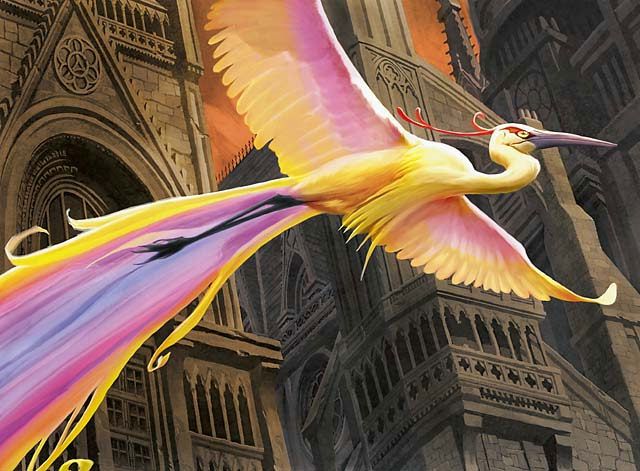
Birds of Paradise | Illustration by Marcelo Vignali
Tenth Edition marks the end of an era, in which sets were designed to be an auxiliary line. After this set, all MTG sets would have new cards and a few reprints, including core sets and beginner products. Tenth Edition contains reprints of lots of MTG staples, and in some cases, the alternate foil is the most expensive and sought-after version of the card. Future sets would also have mythic rares and fewer cards on average.
What do you think of Tenth Edition? Were you playing back then? Do you have a spare box or fat pack in your collection? Let me know in the comments below or leave us a tweet at Draftsim Twitter.
That’s all from me today folks, so stay safe and let’s crack some old boosters.
Note: this post contains affiliate links. If you use these links to make a purchase, you’ll help Draftsim continue to provide awesome free articles and apps.
Follow Draftsim for awesome articles and set updates: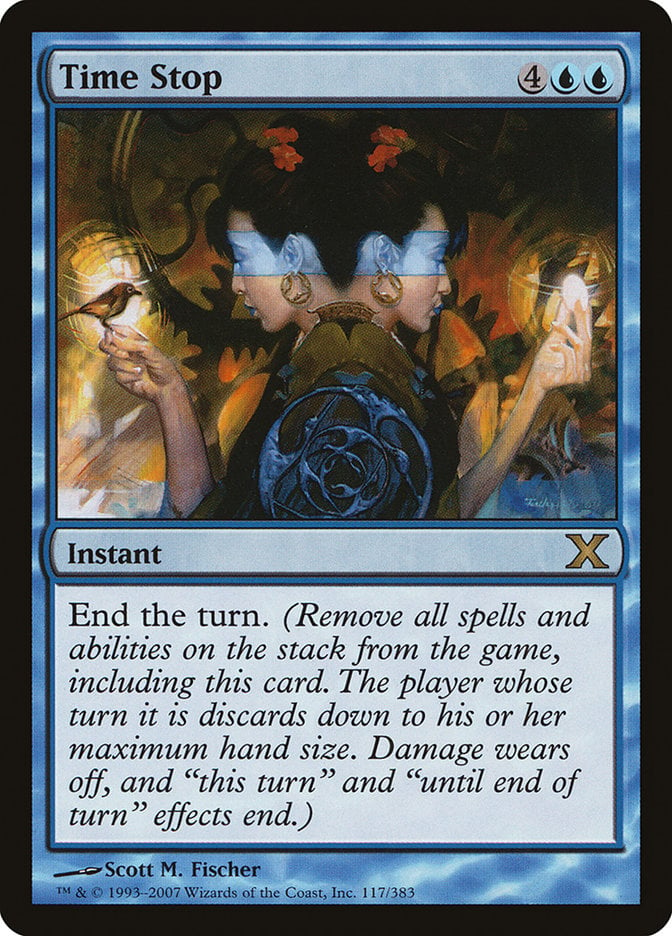
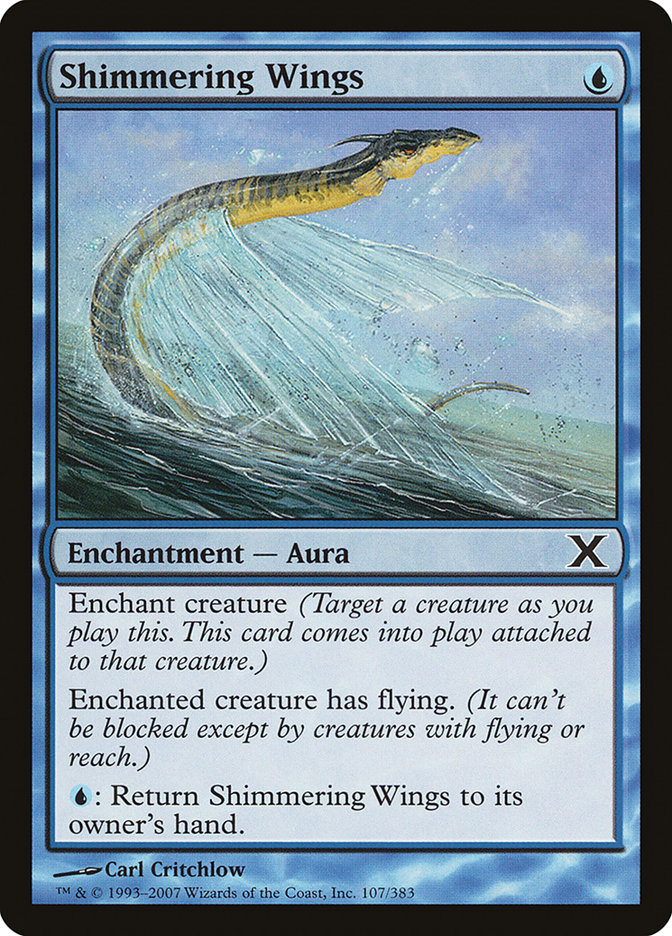
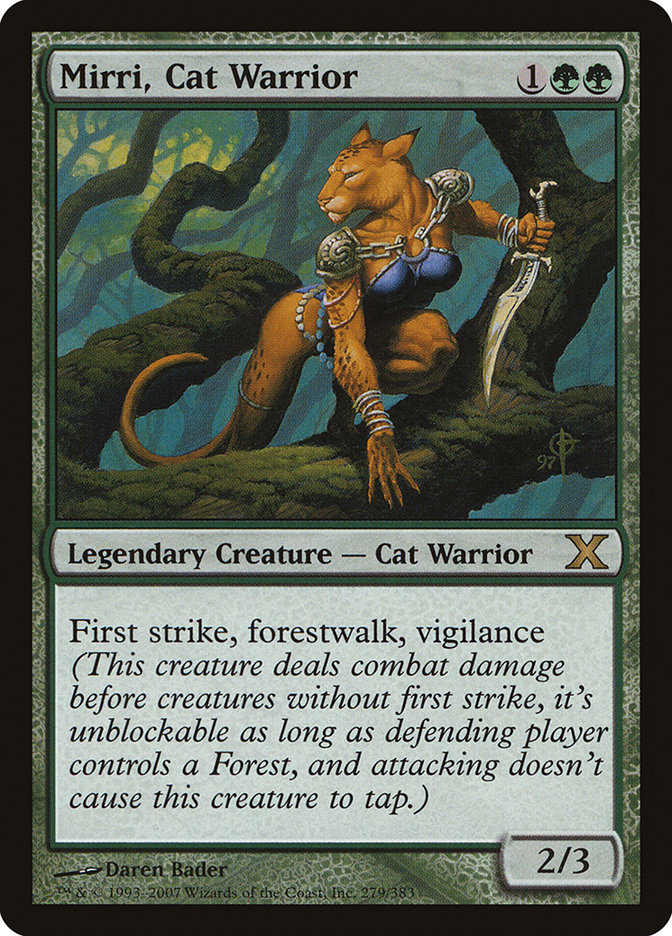
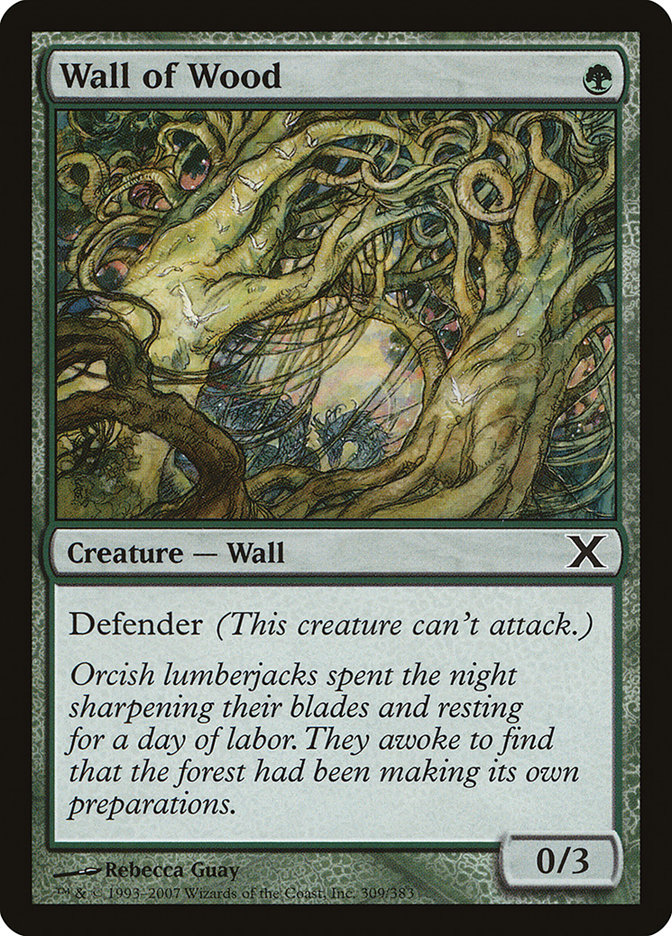

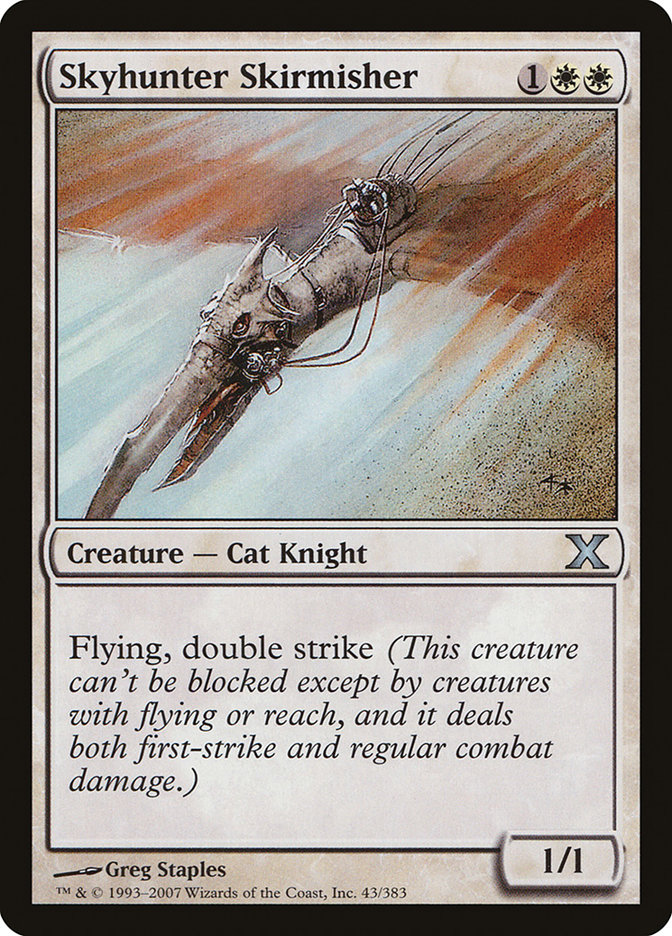


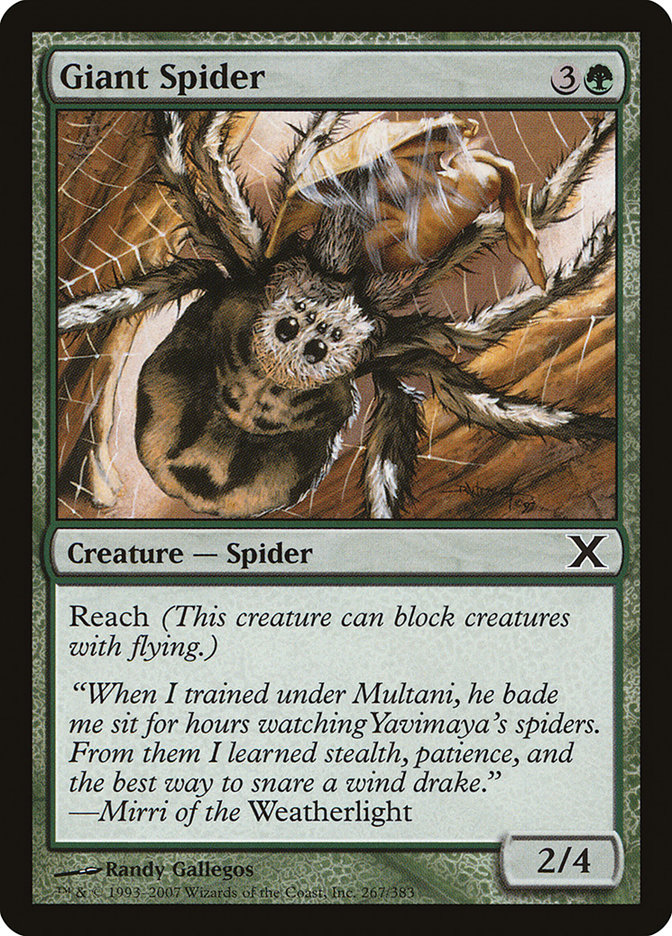
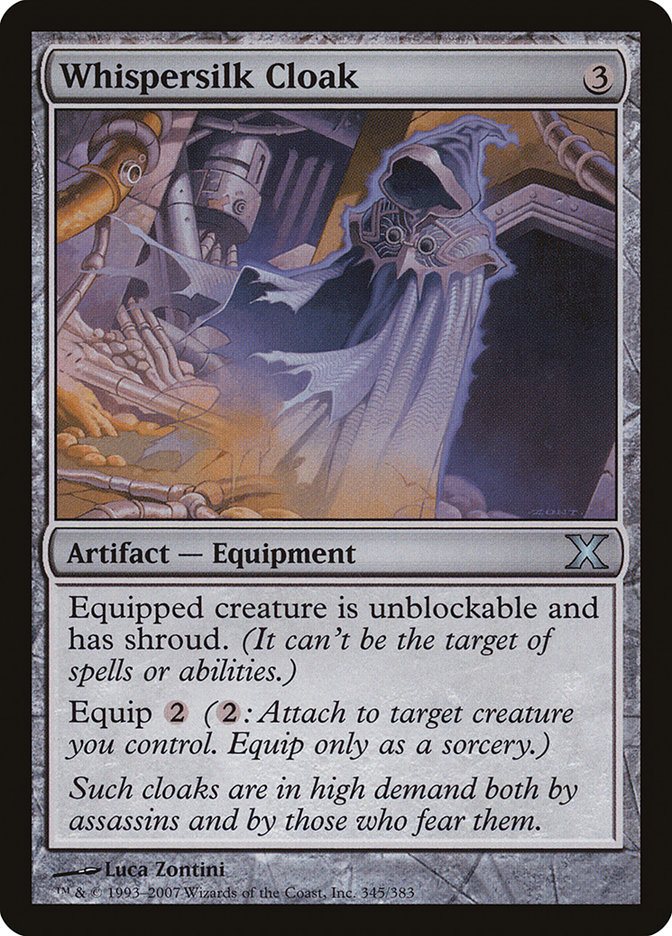

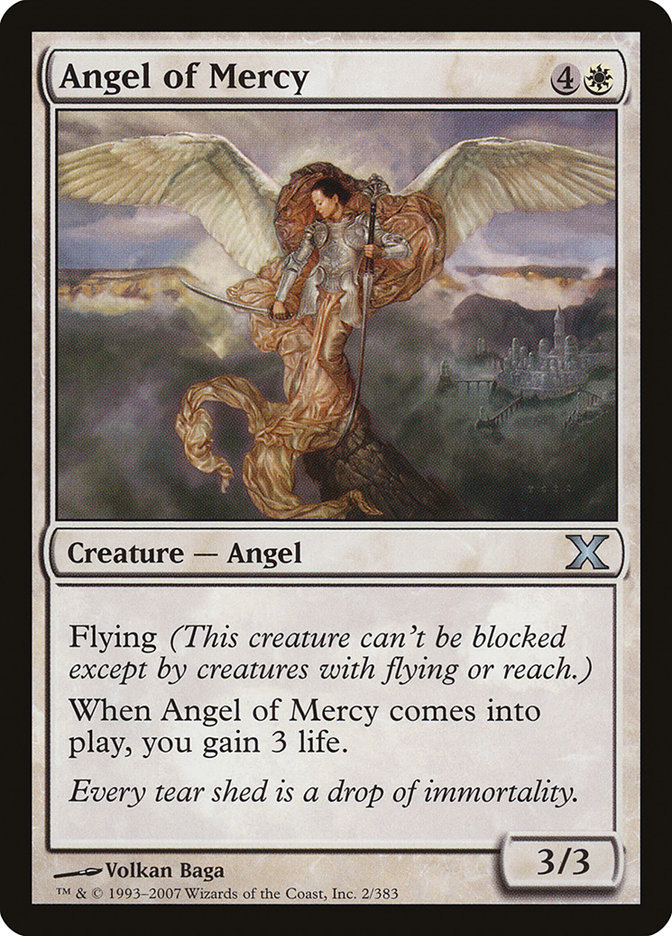
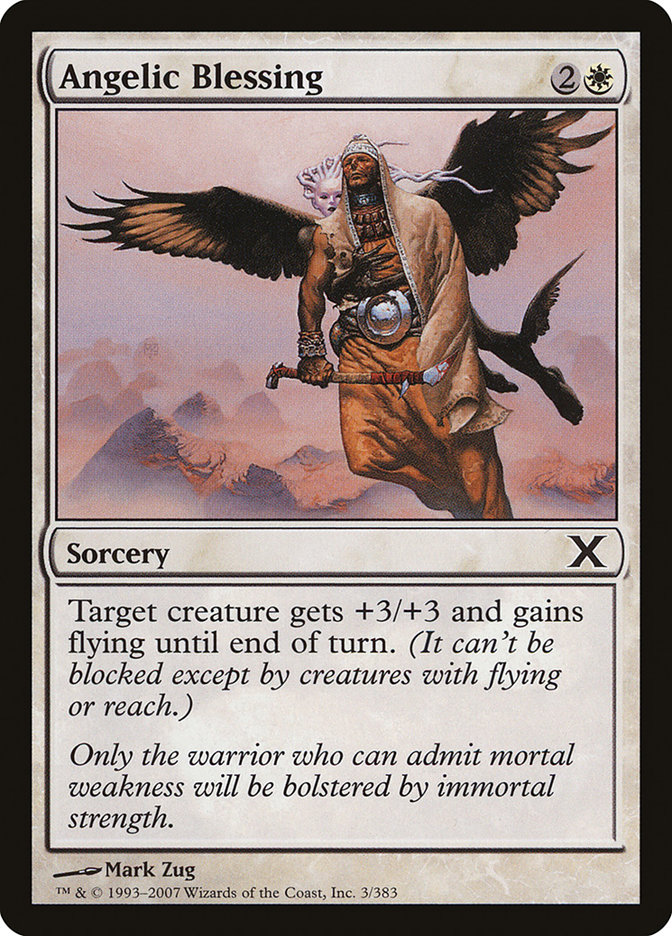
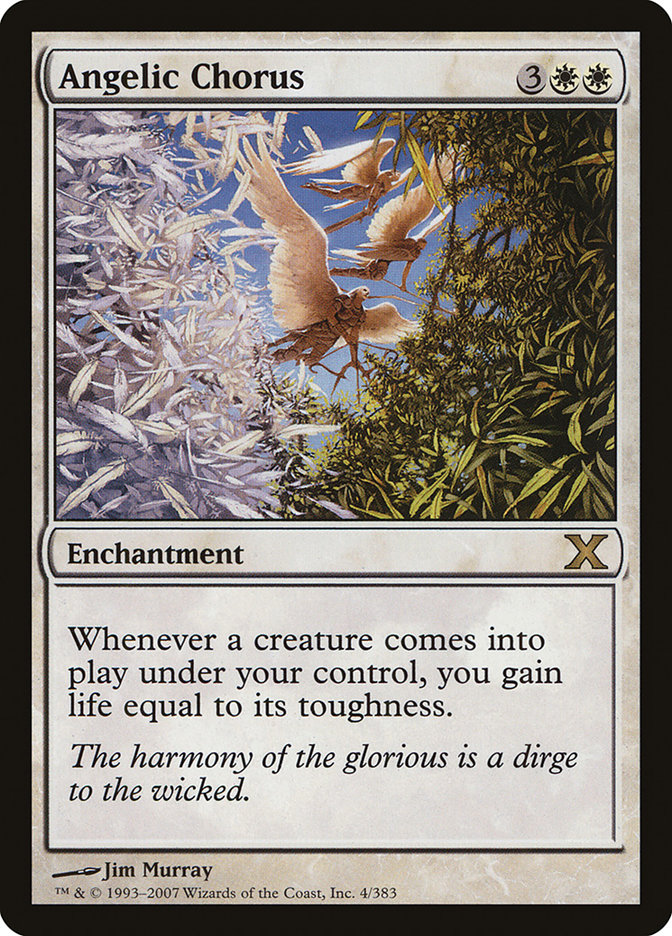
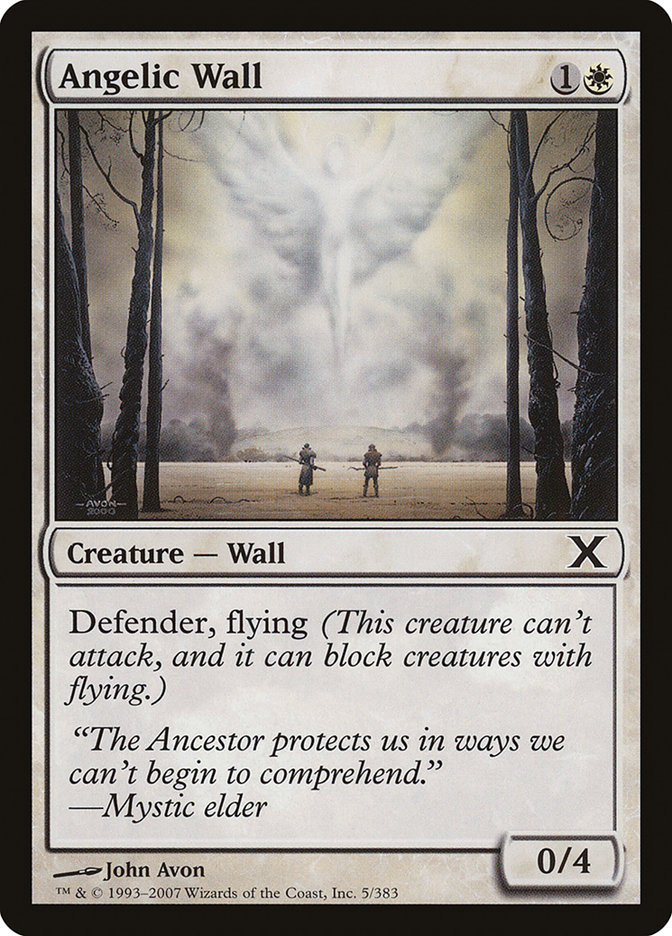
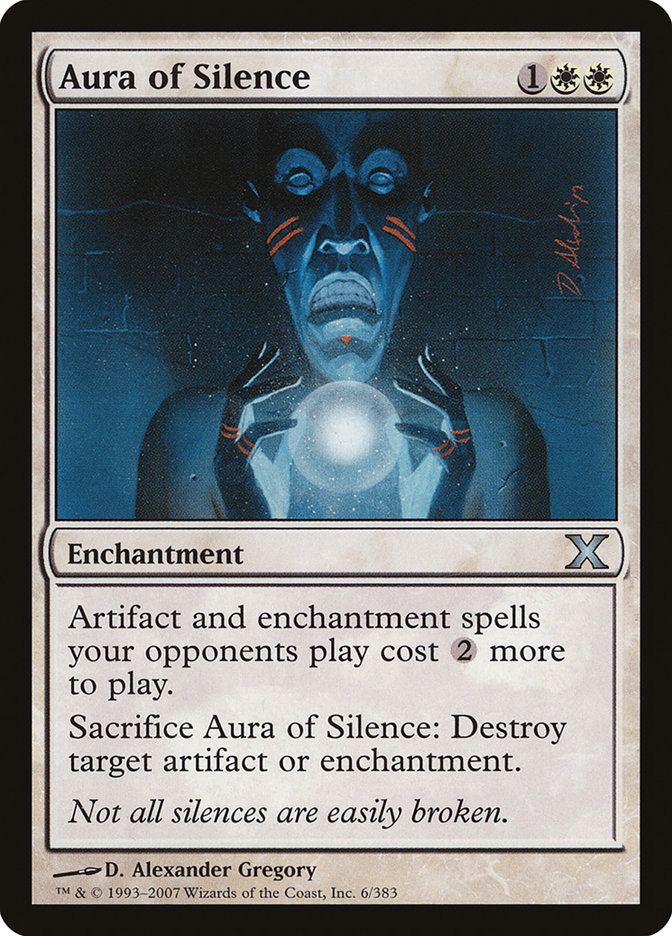


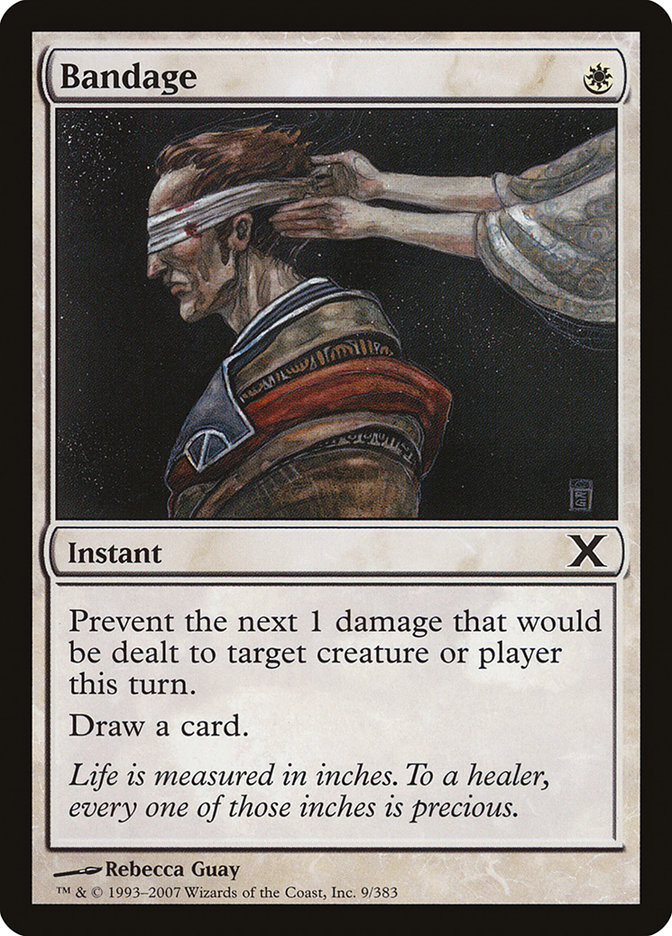
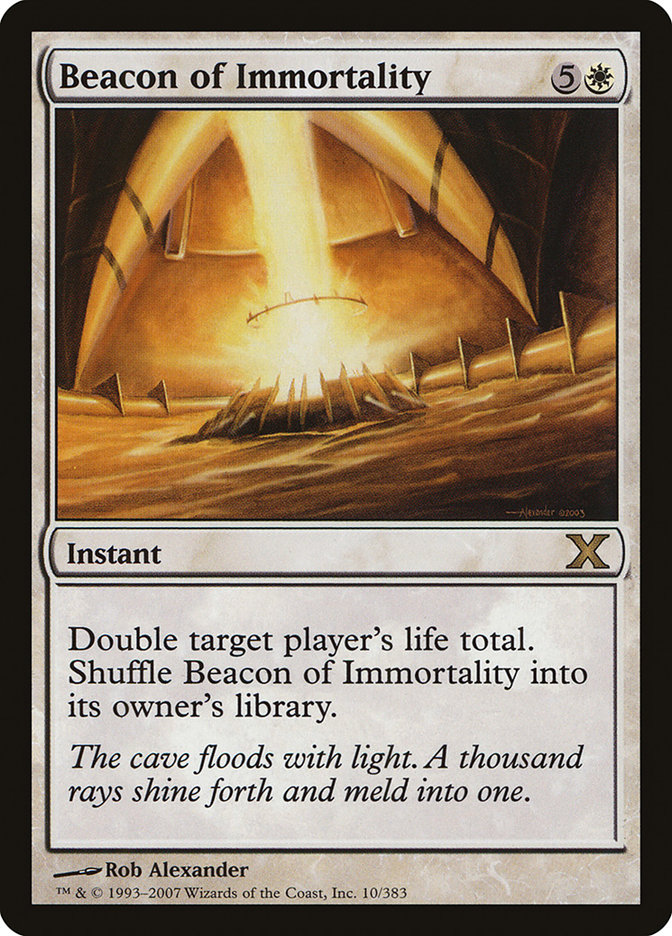
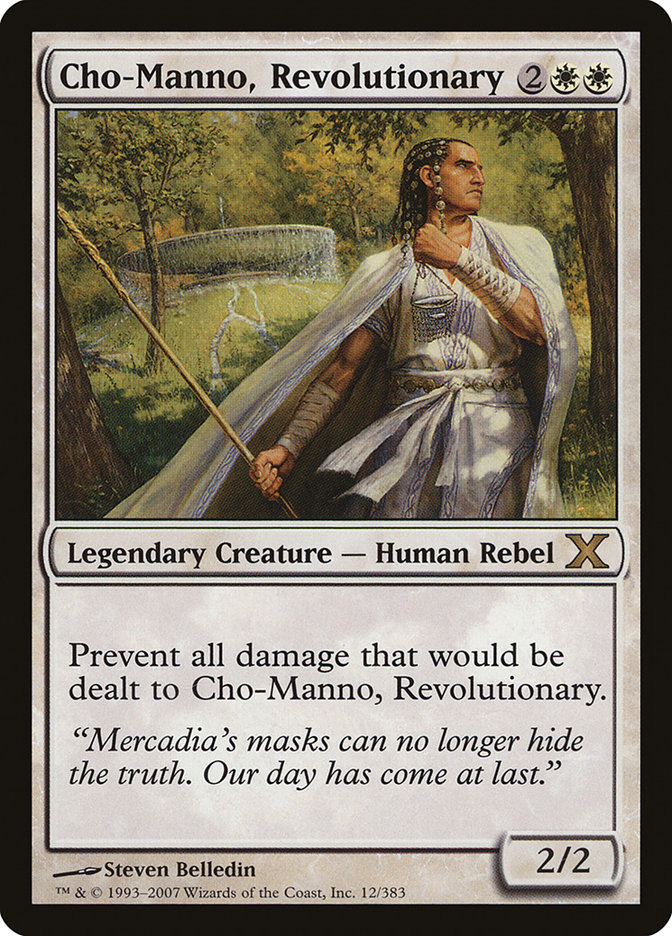
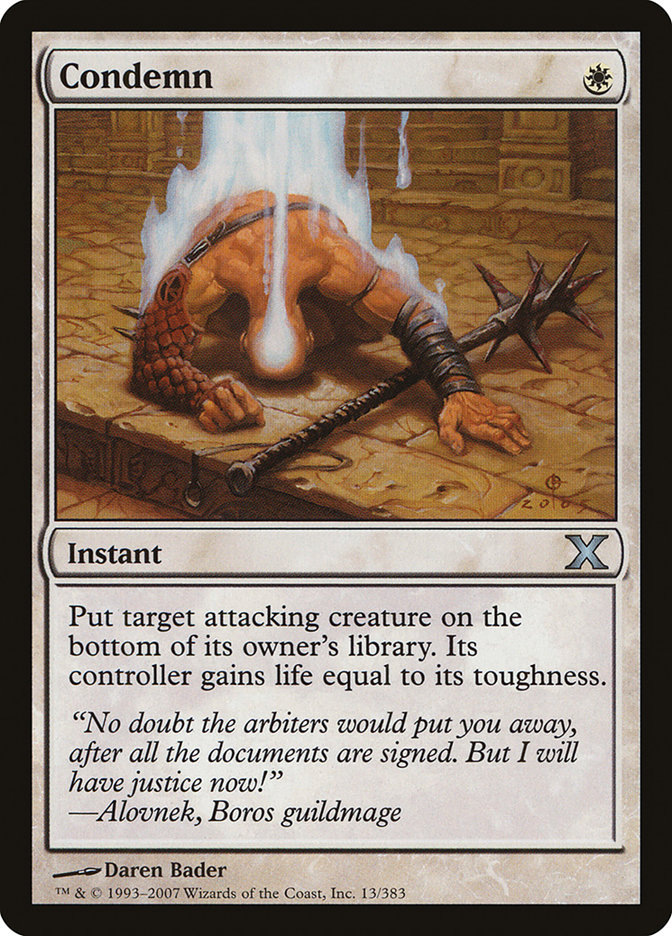
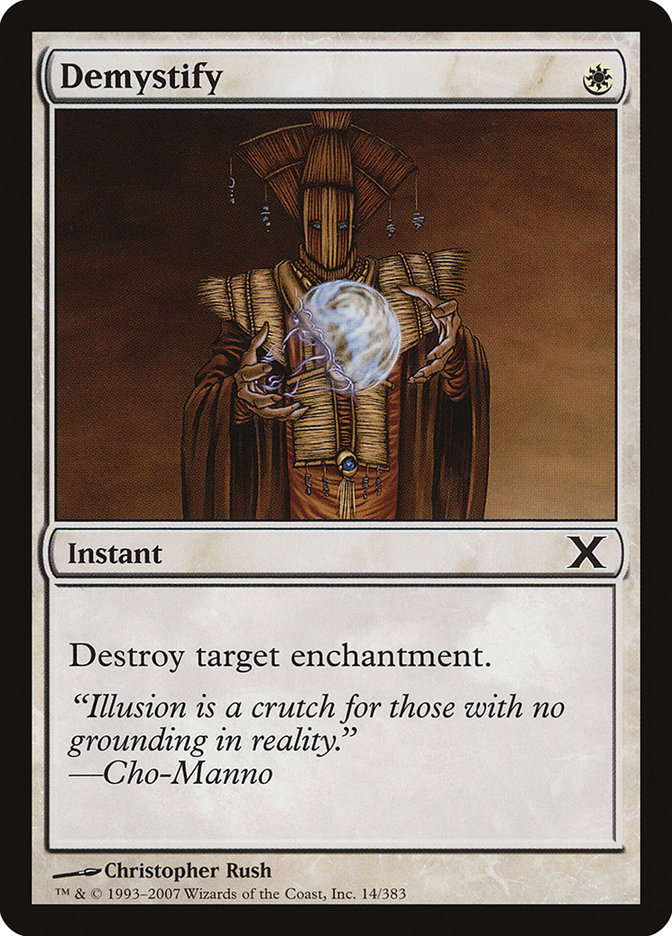


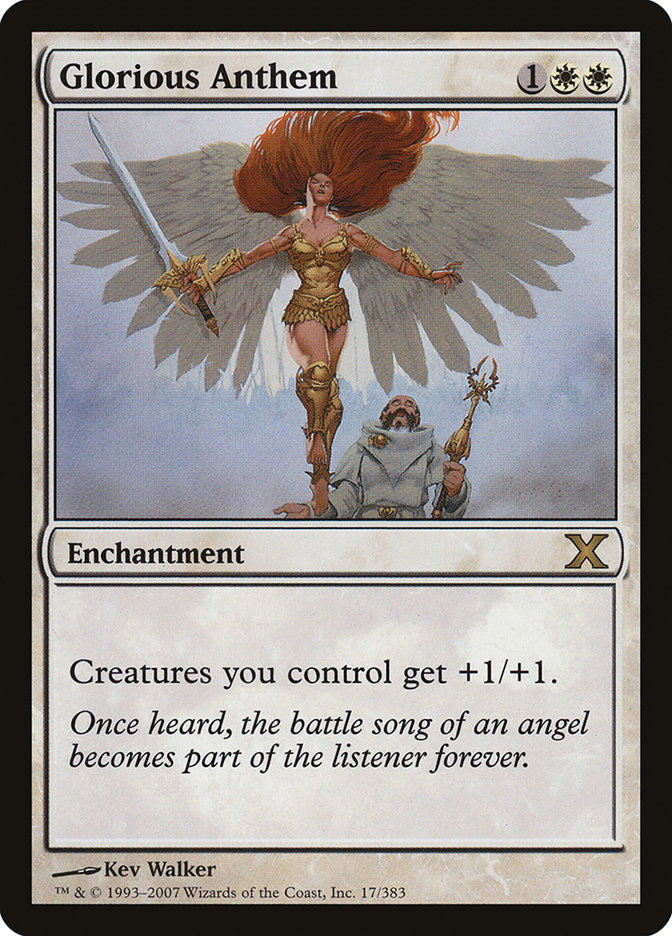
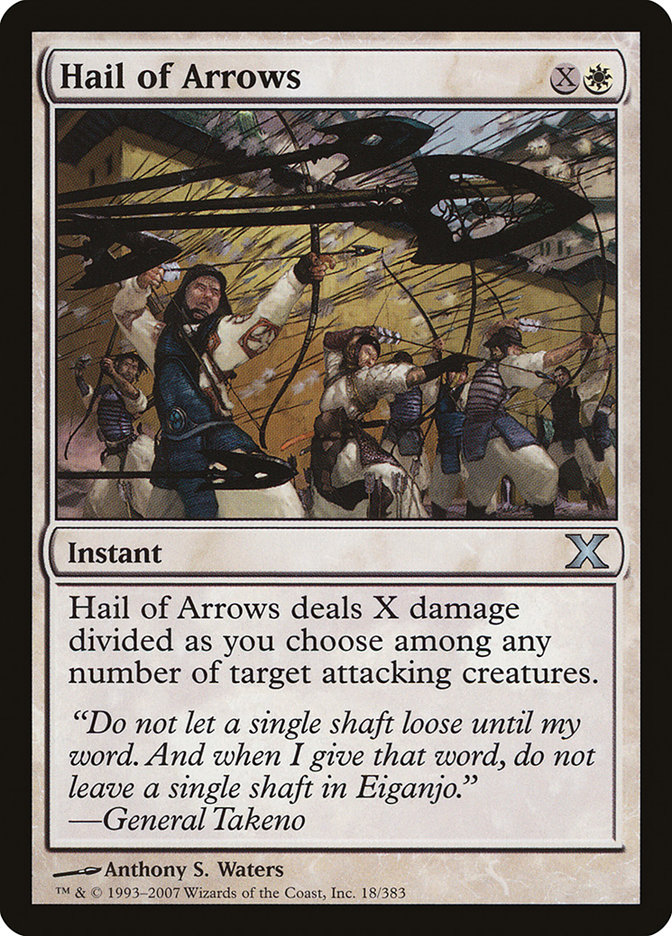

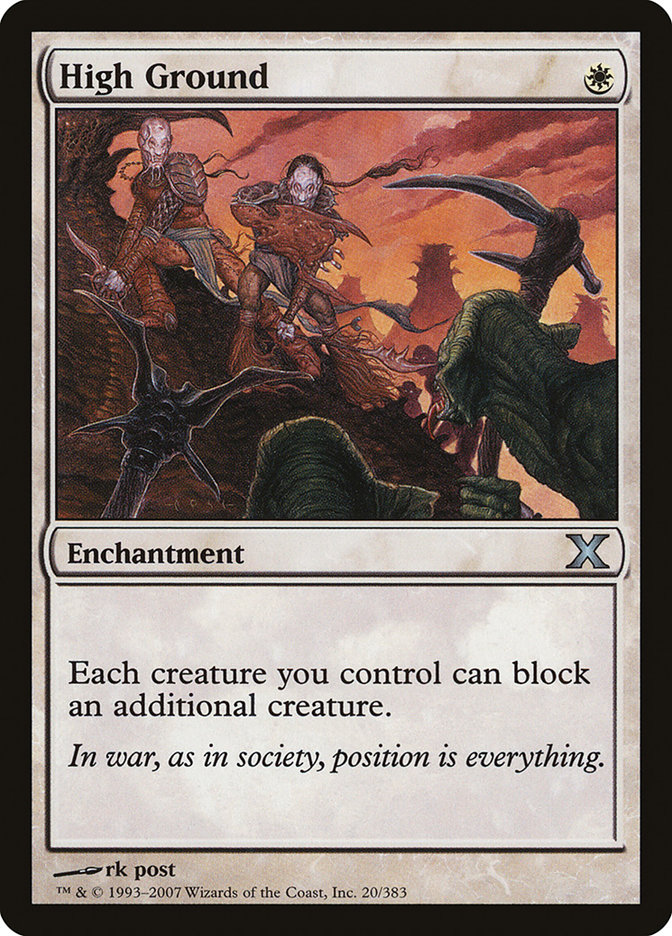
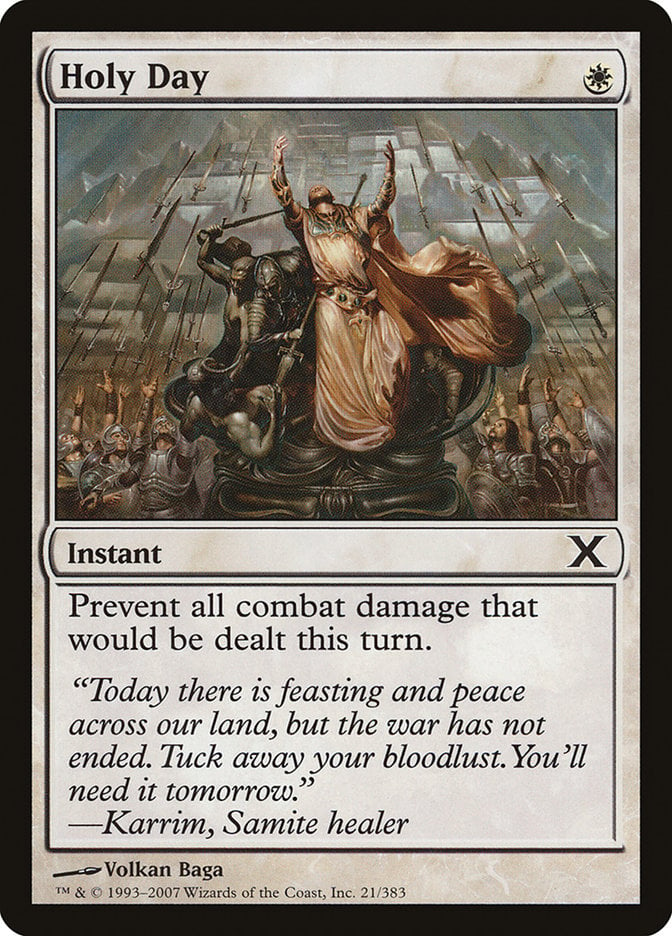
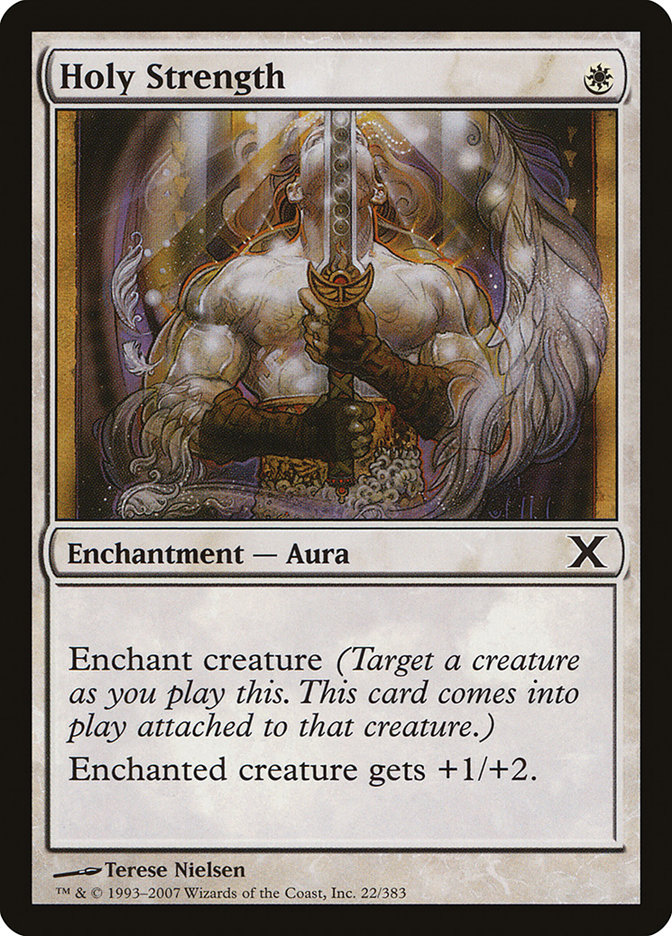
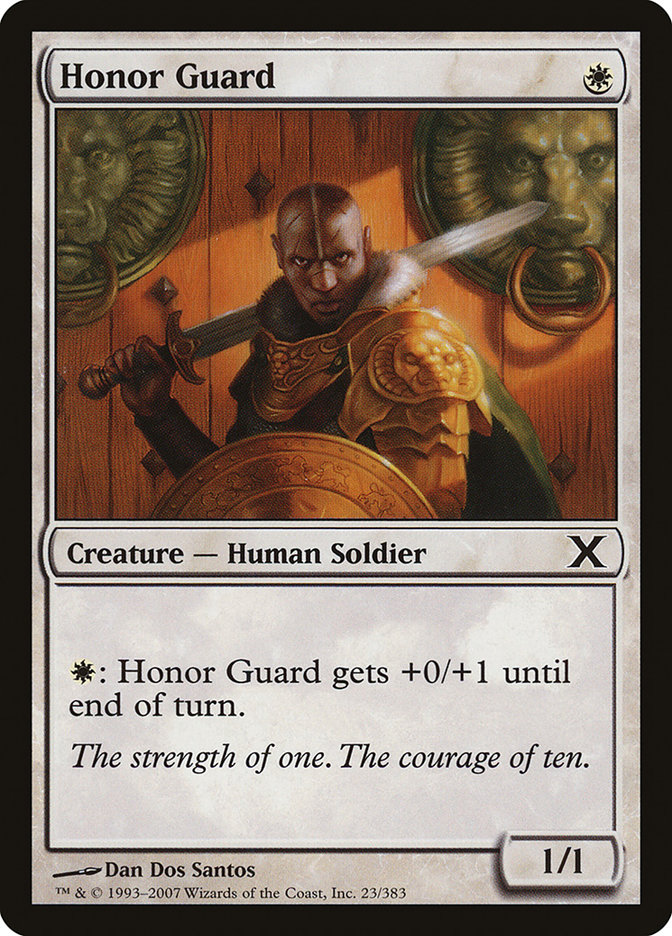

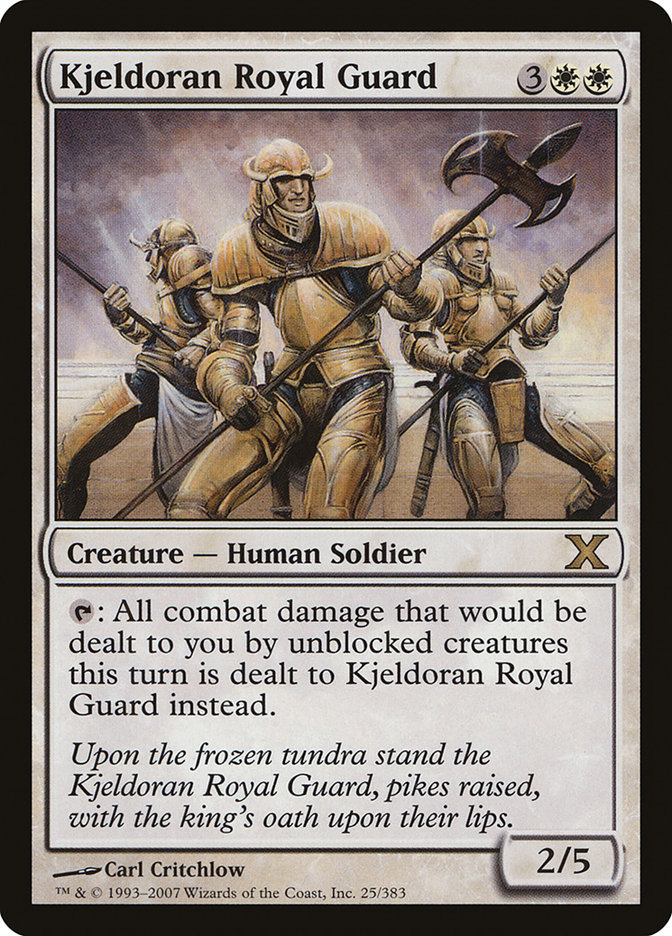

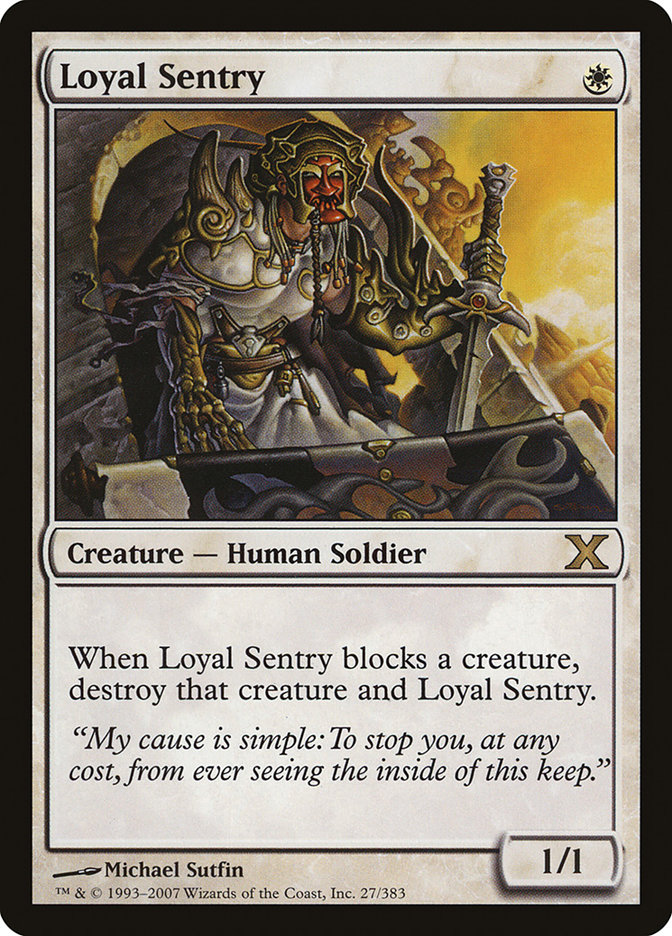
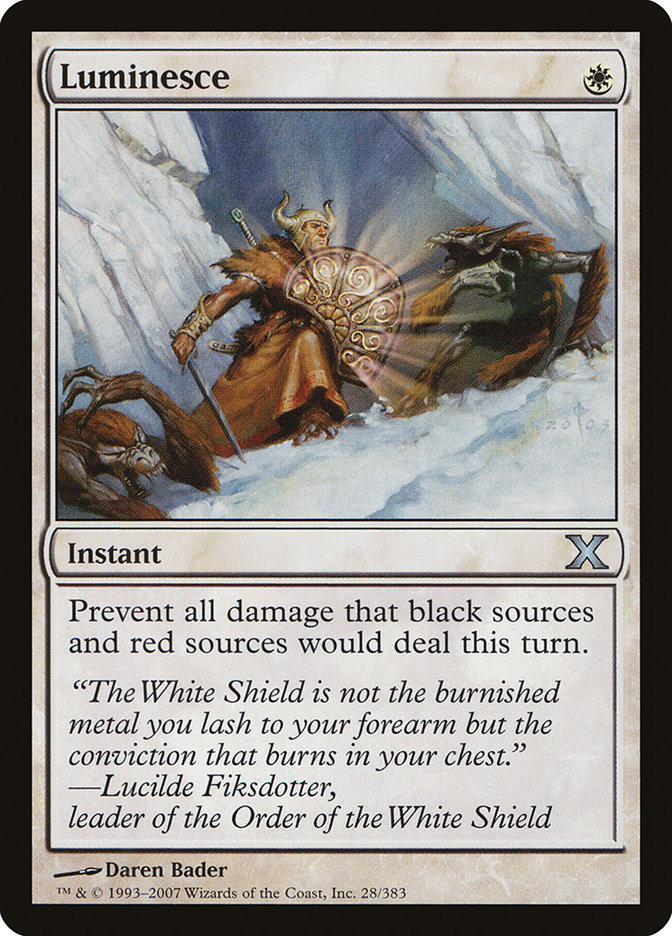
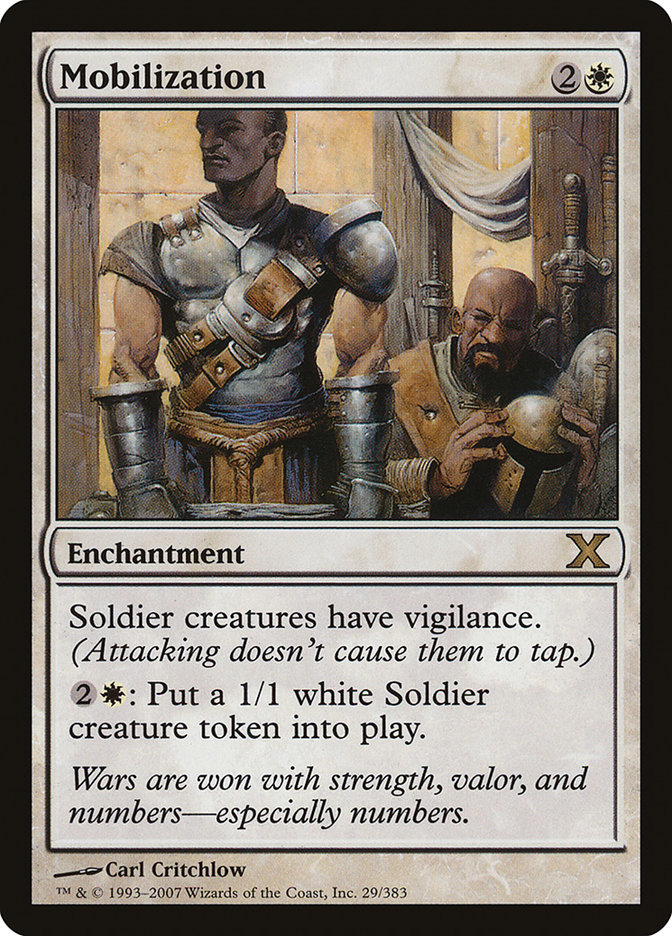
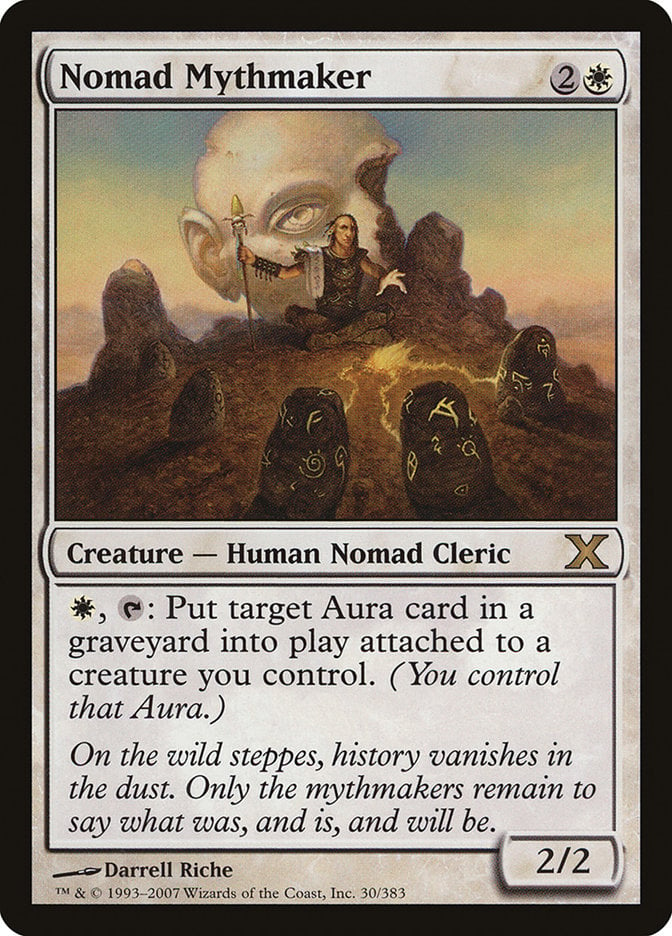
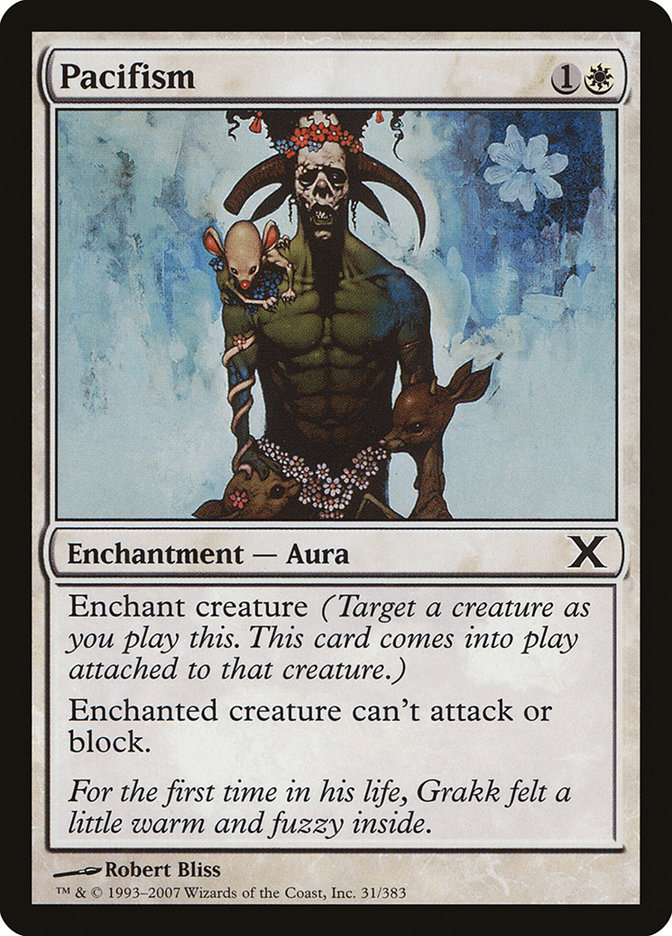
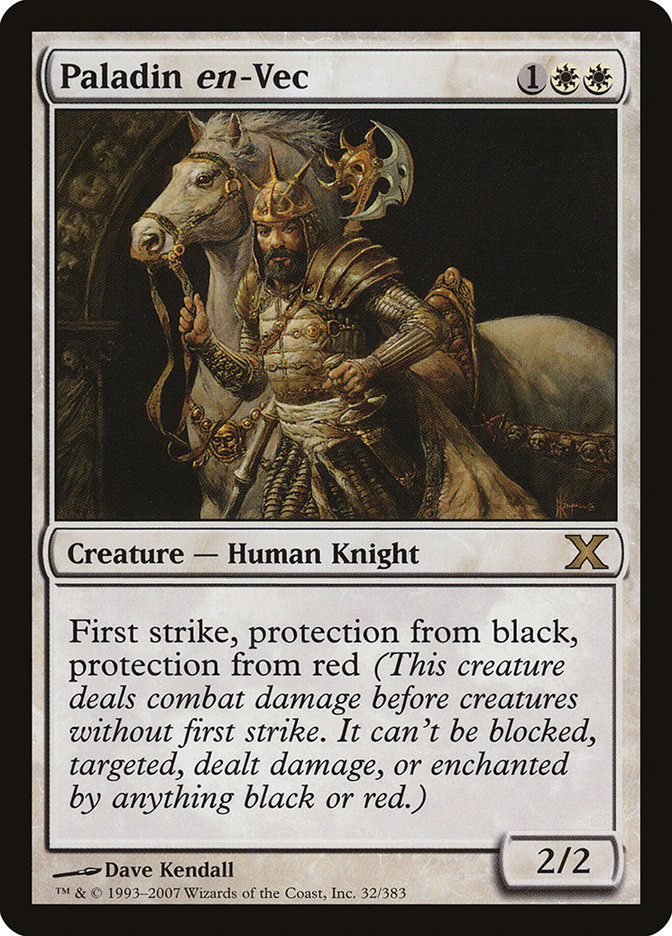
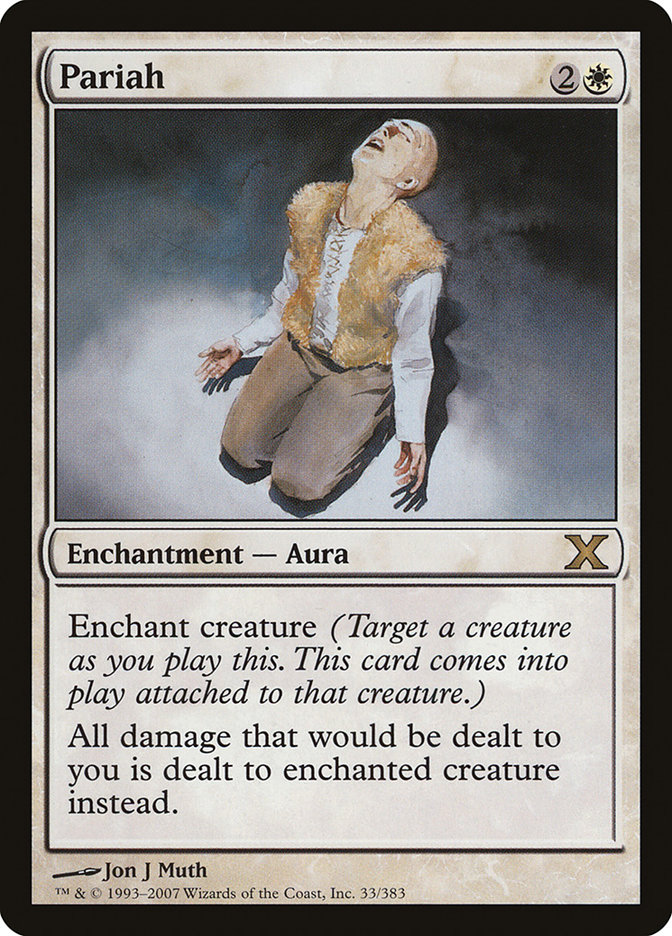
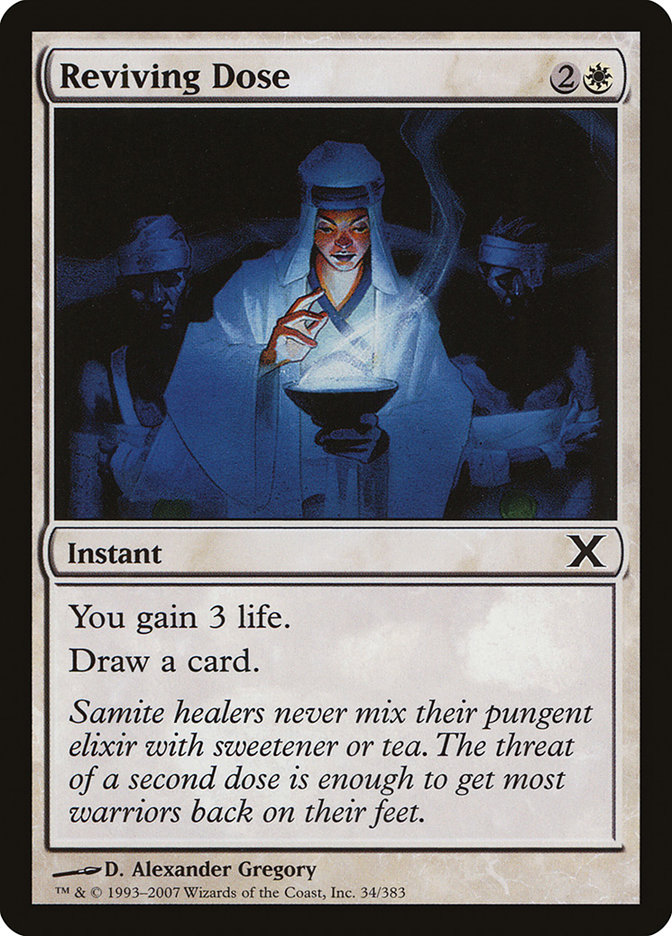
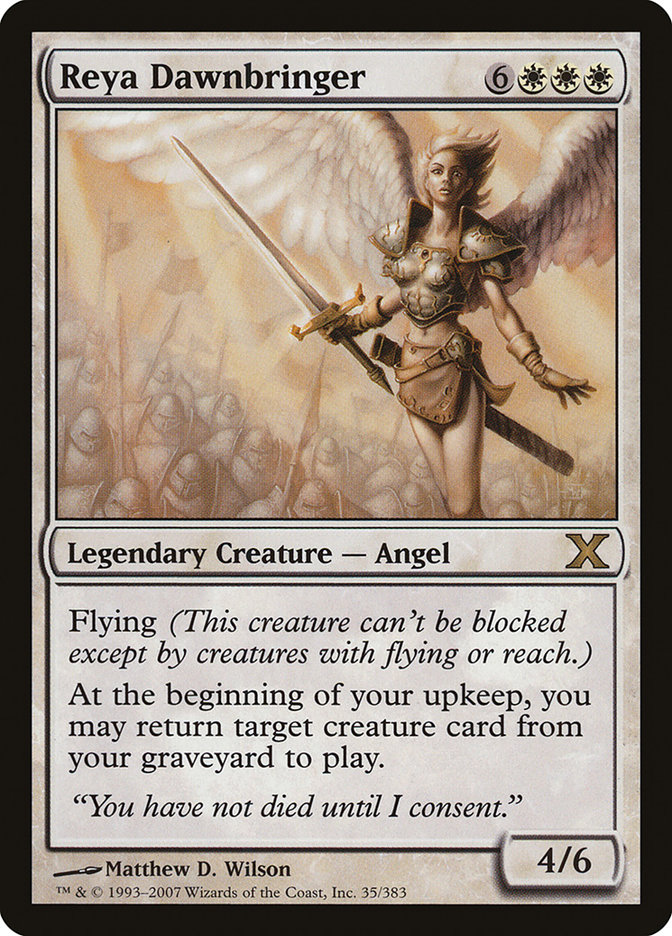
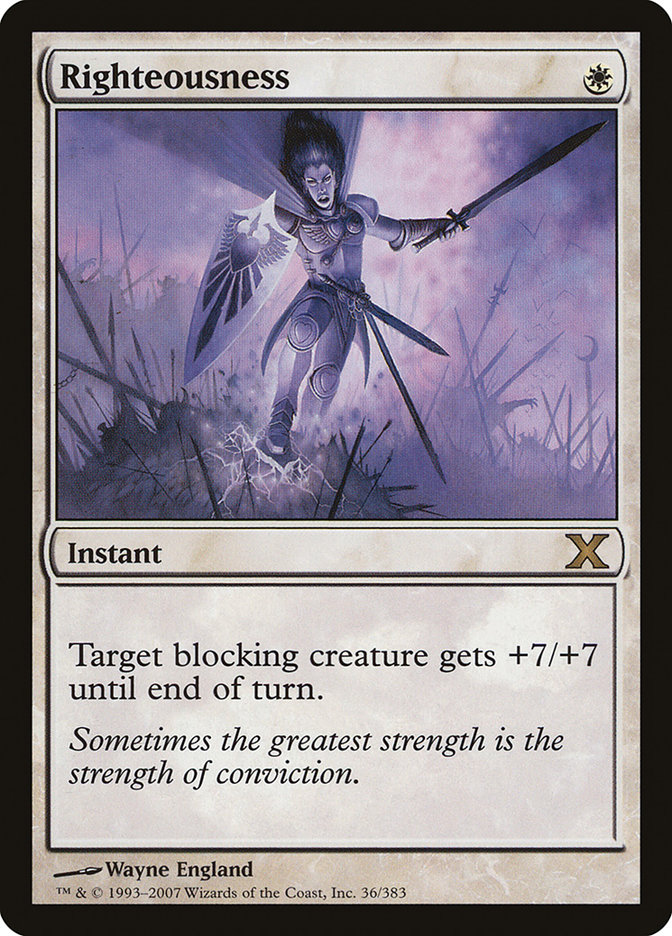
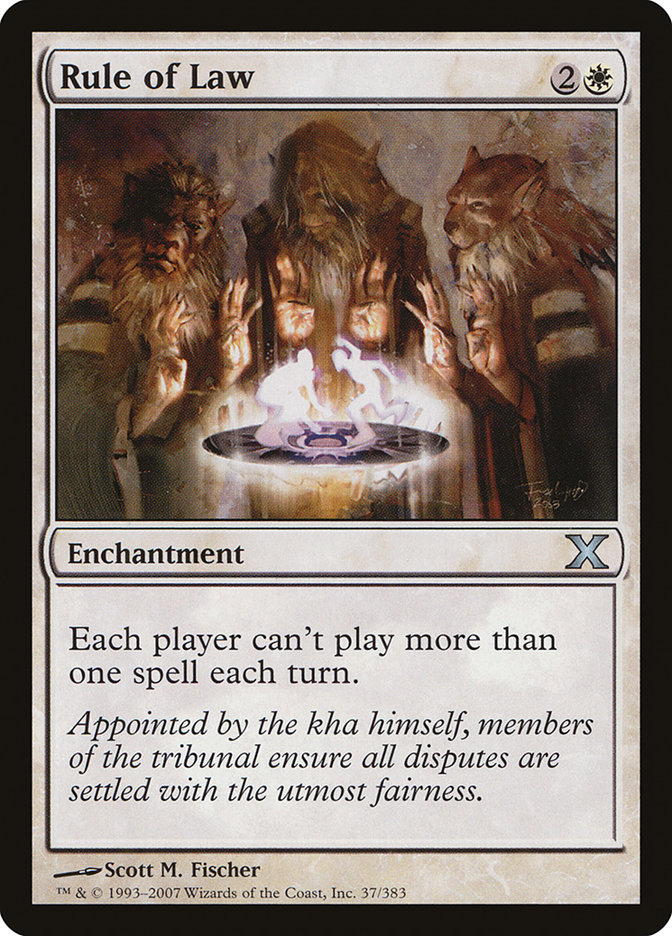
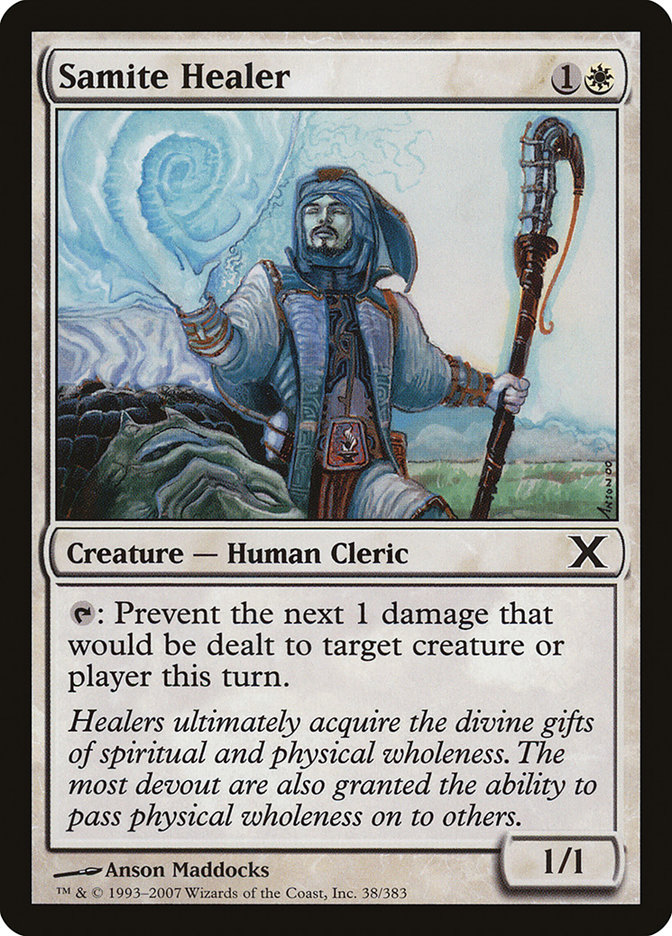
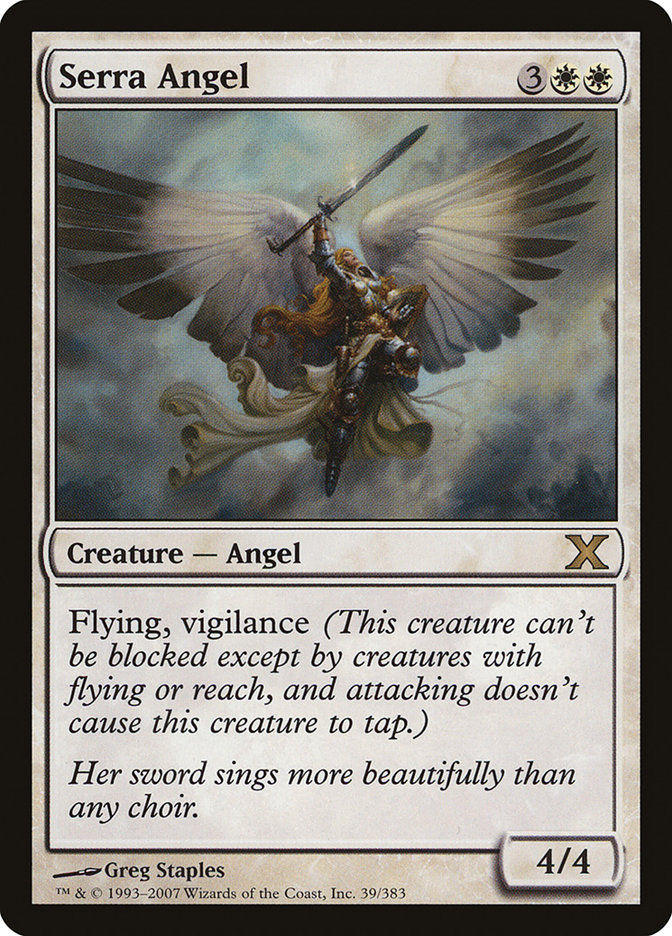

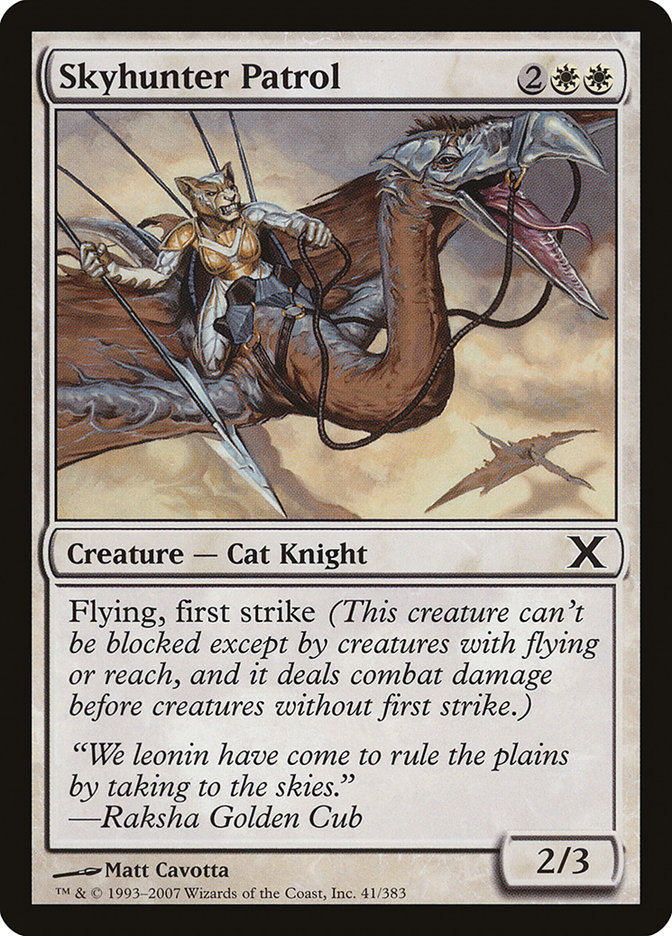
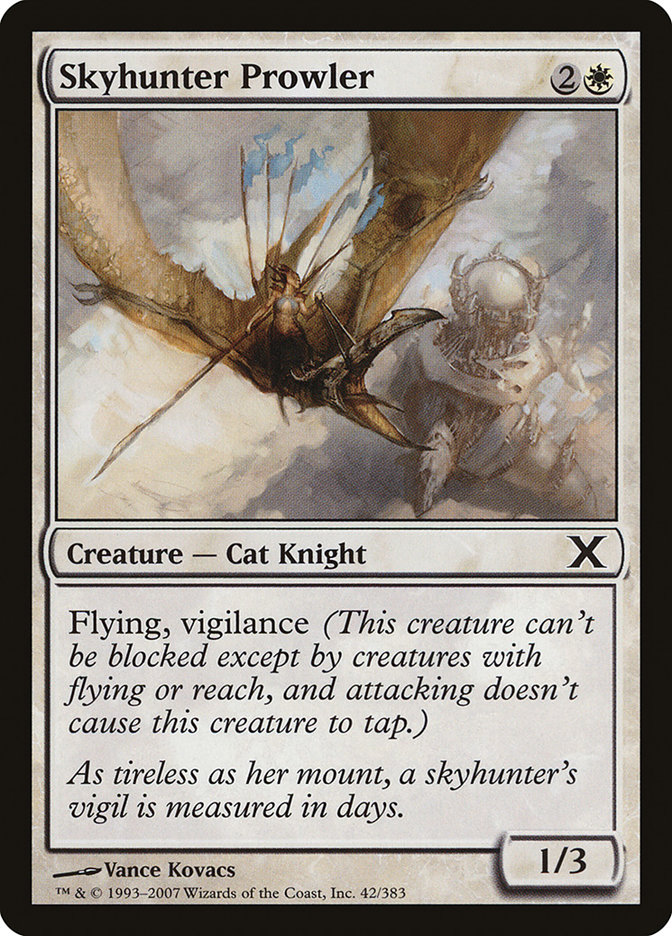
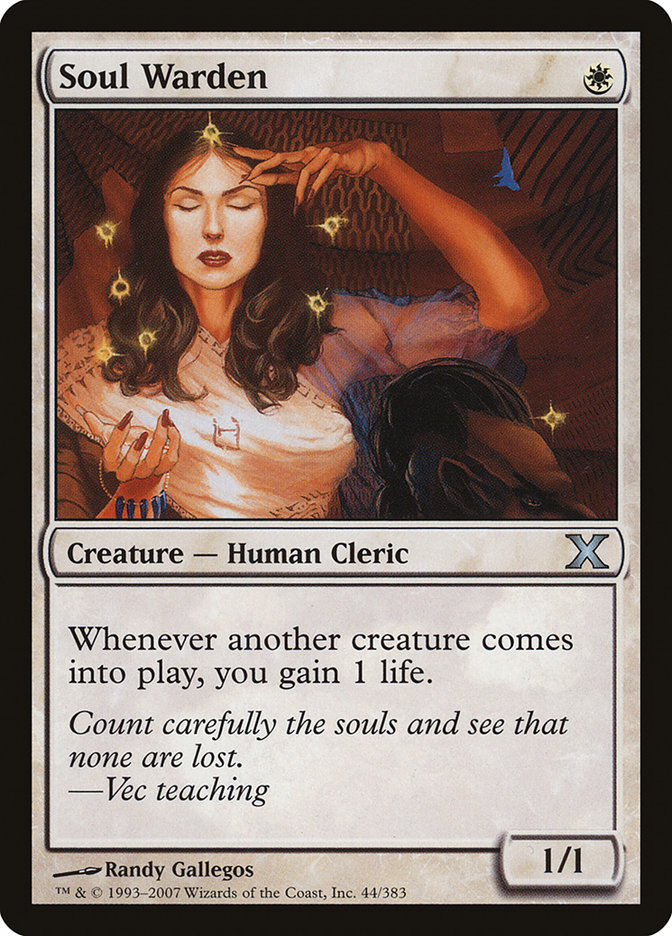
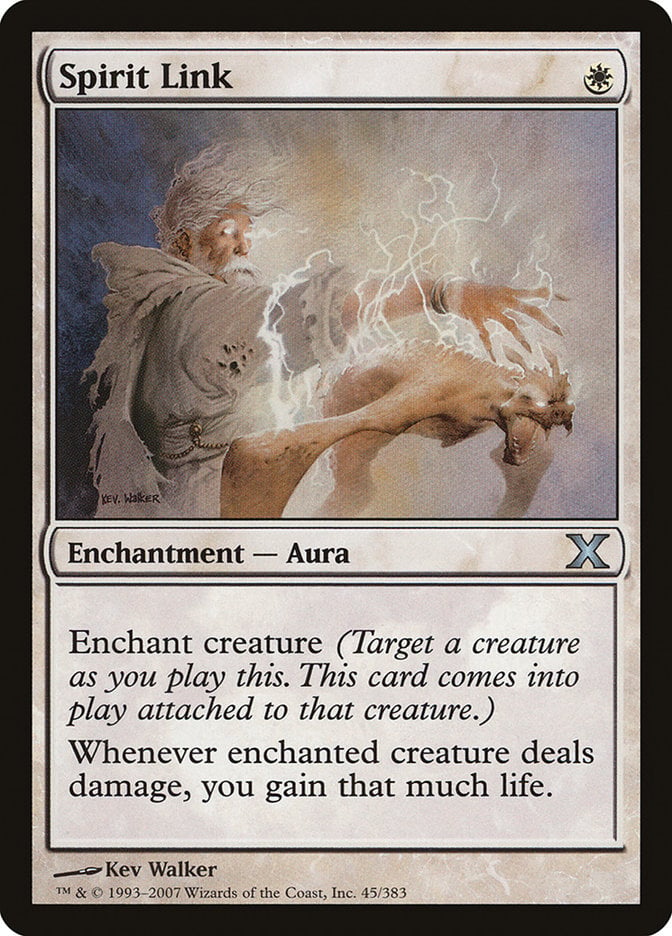
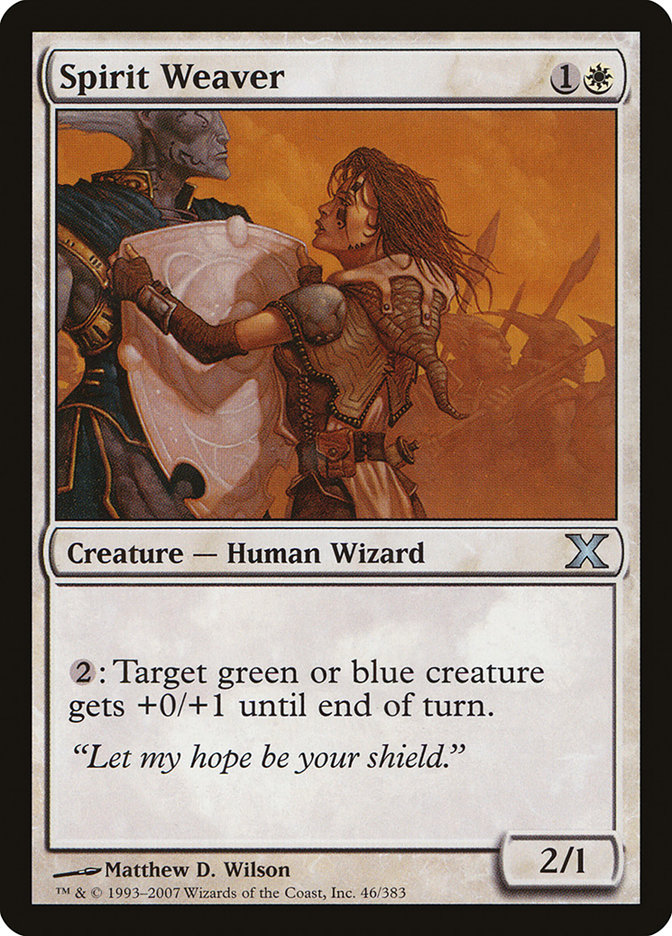
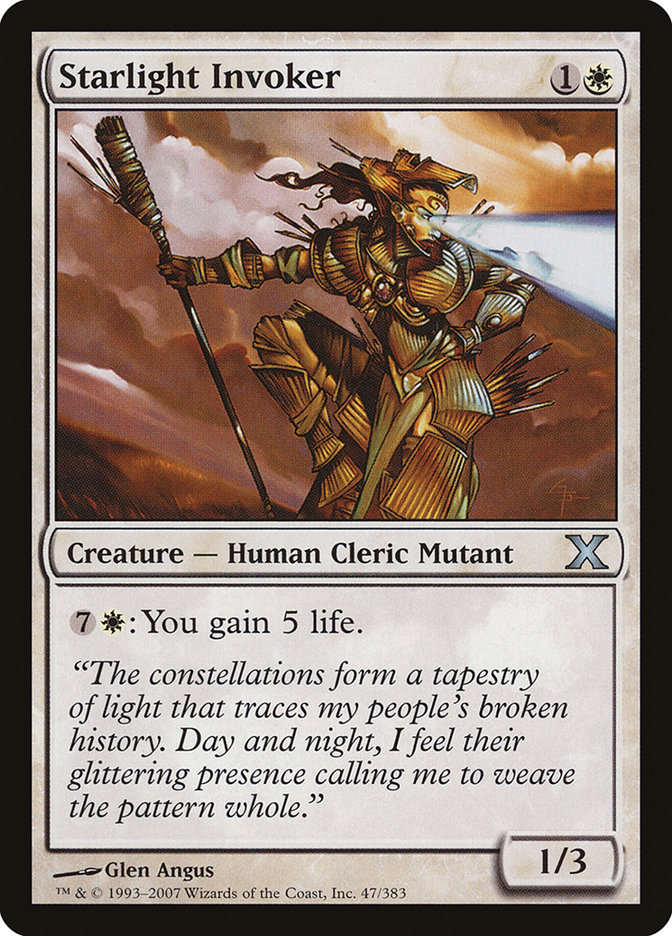
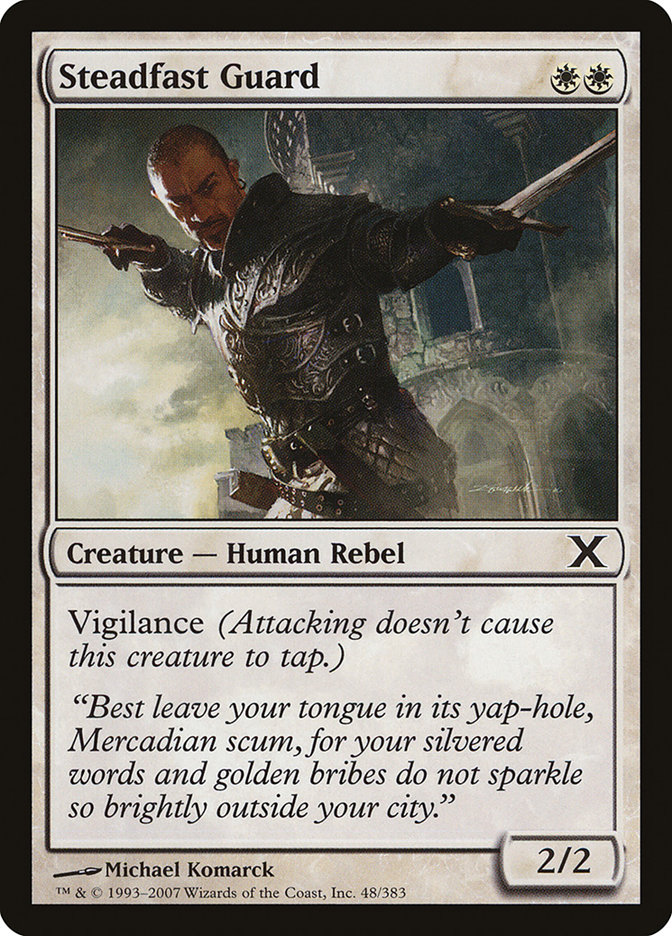
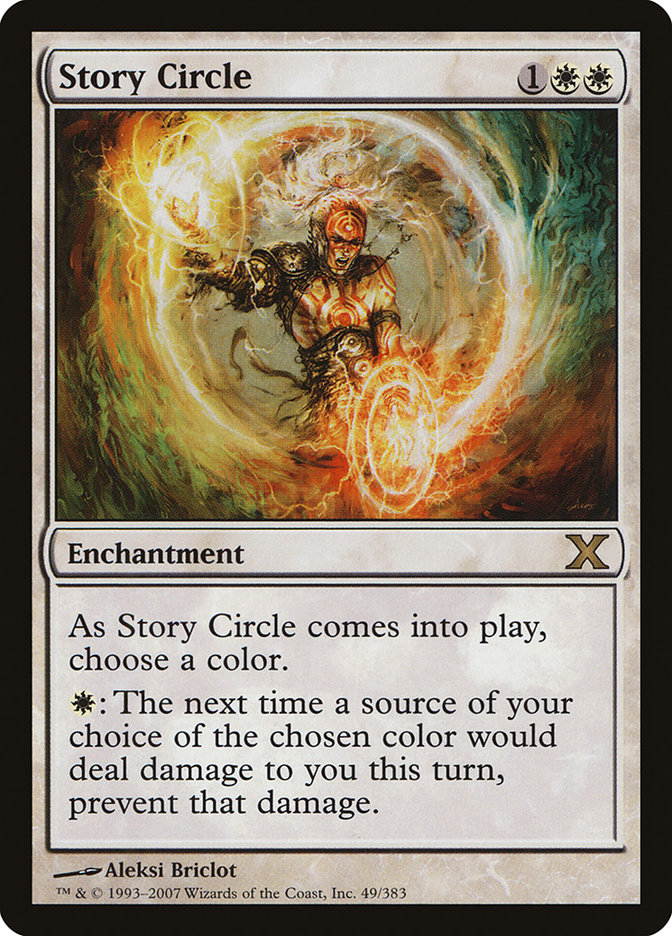
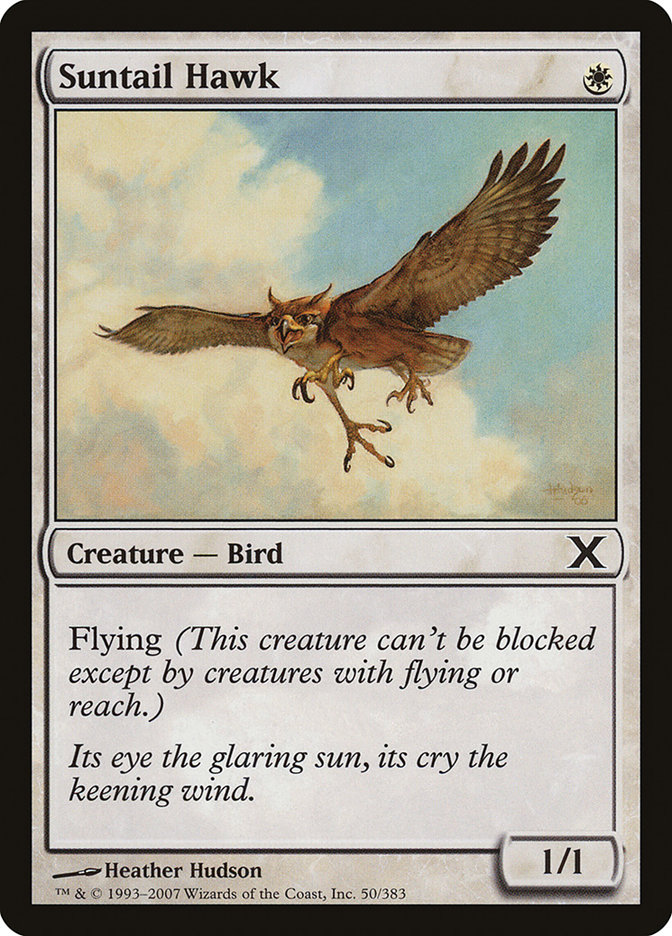
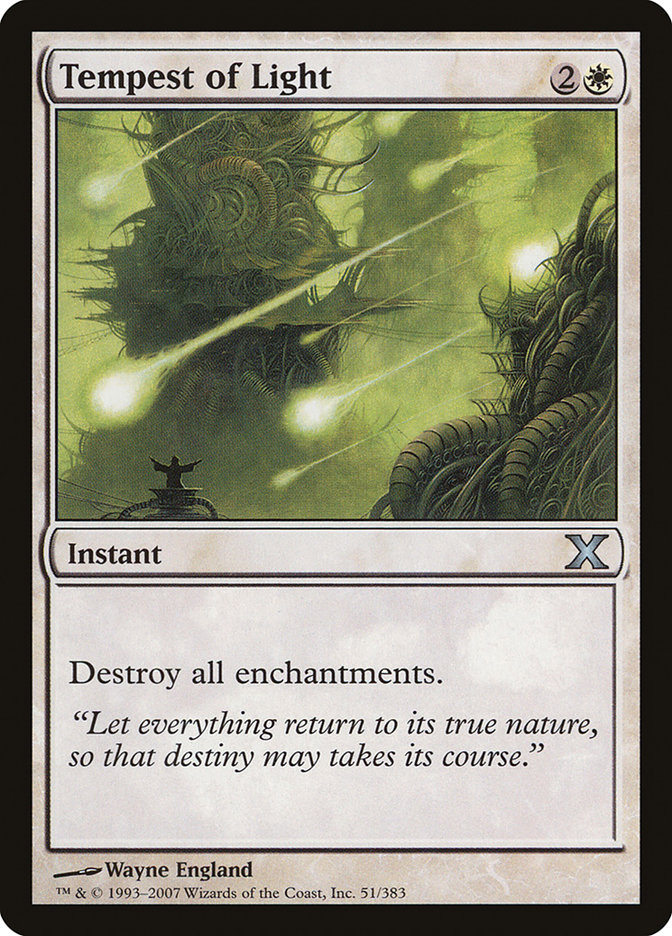
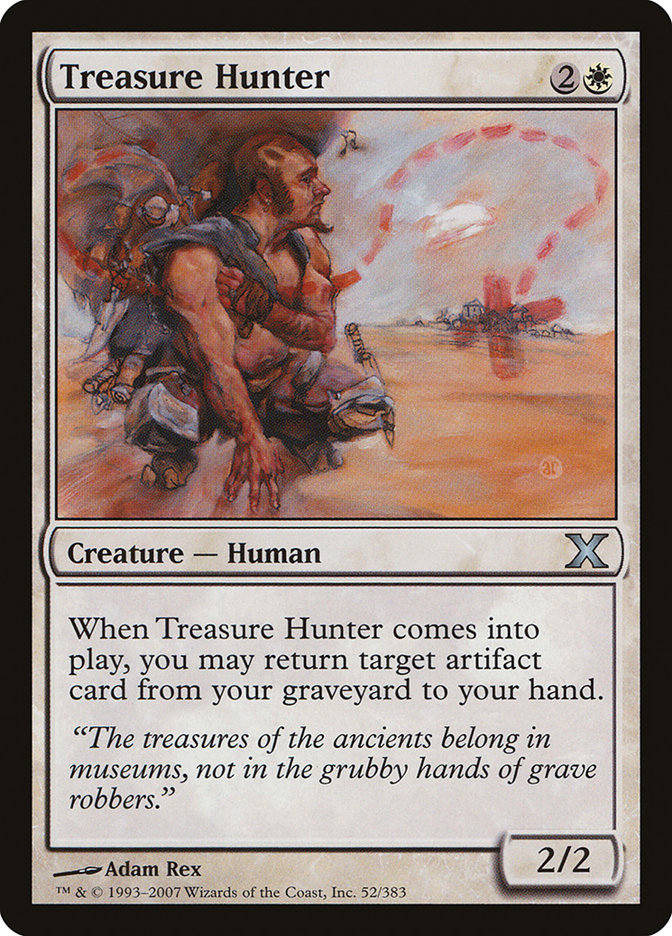
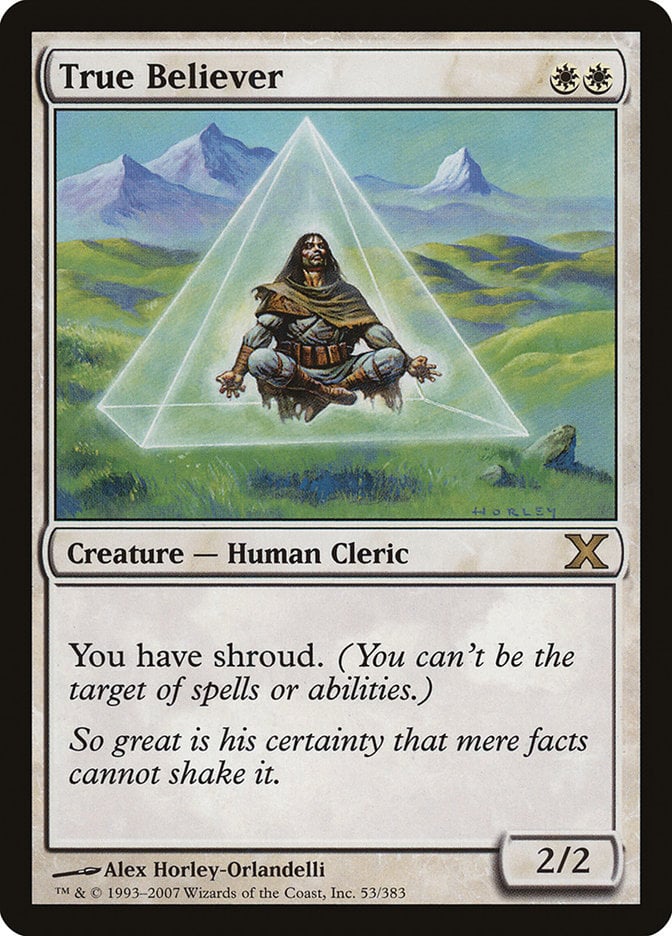
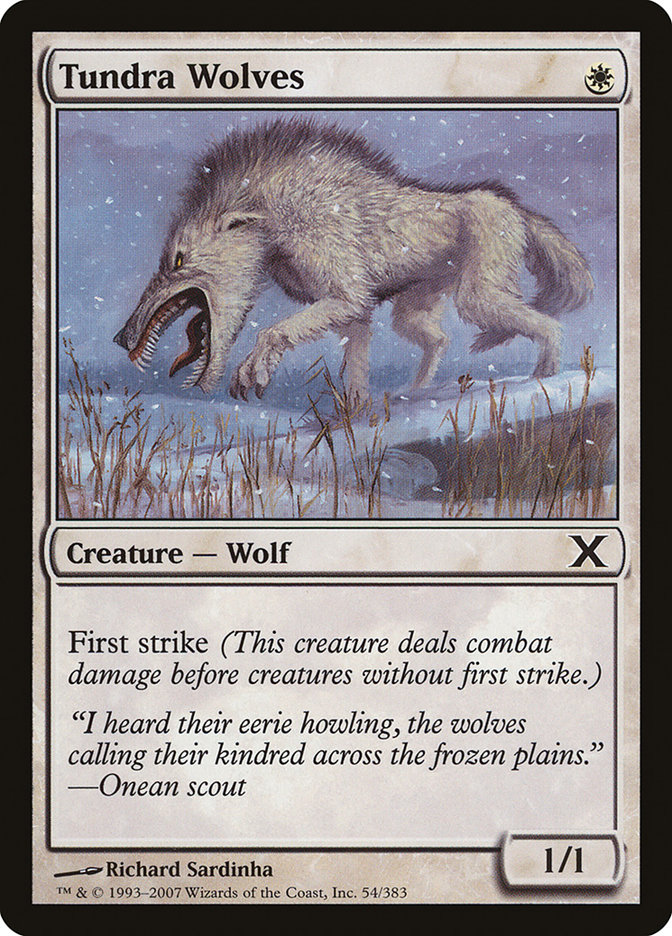
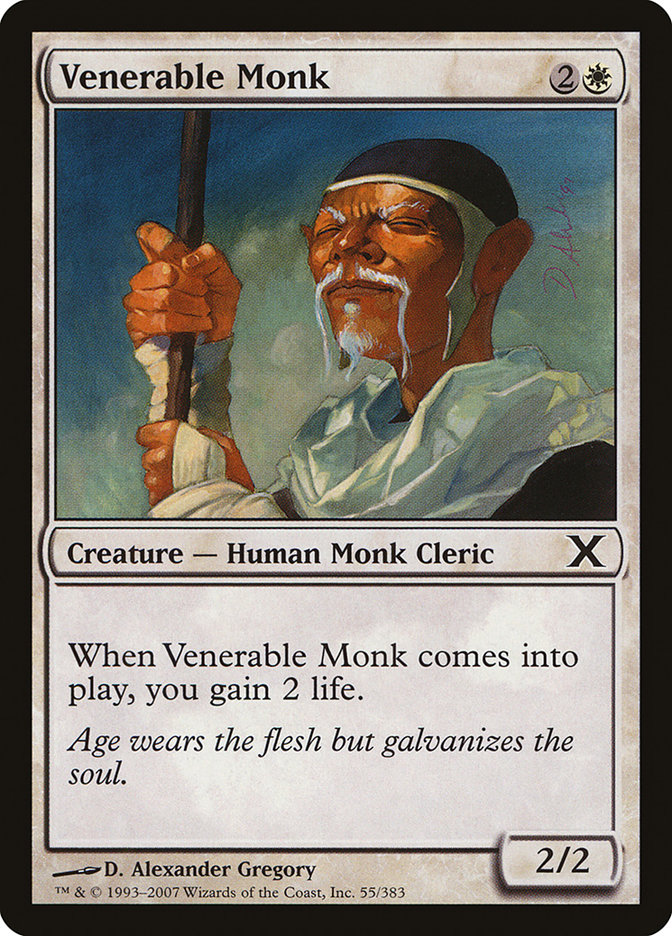
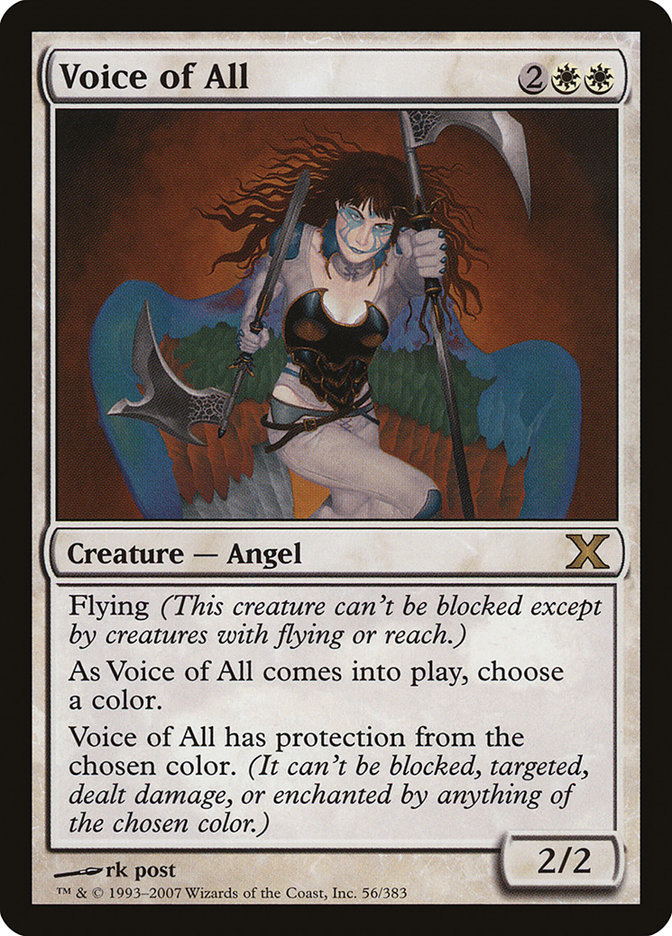
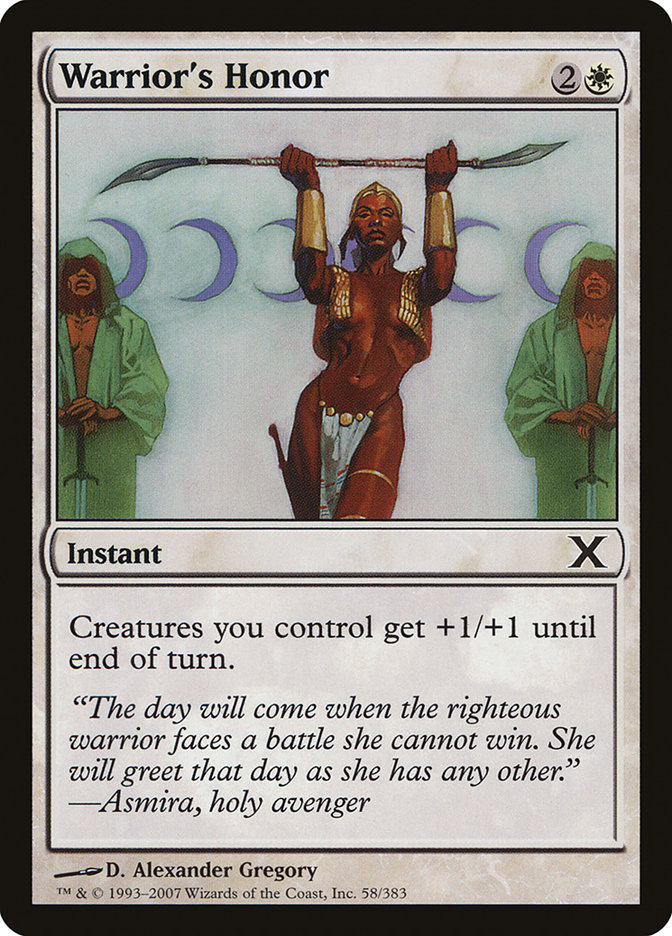

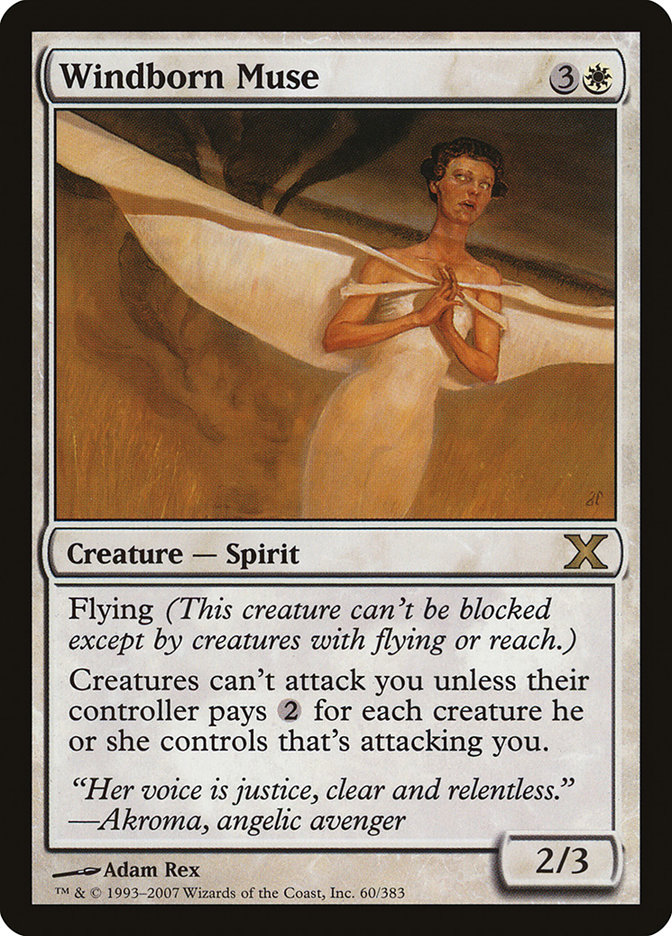
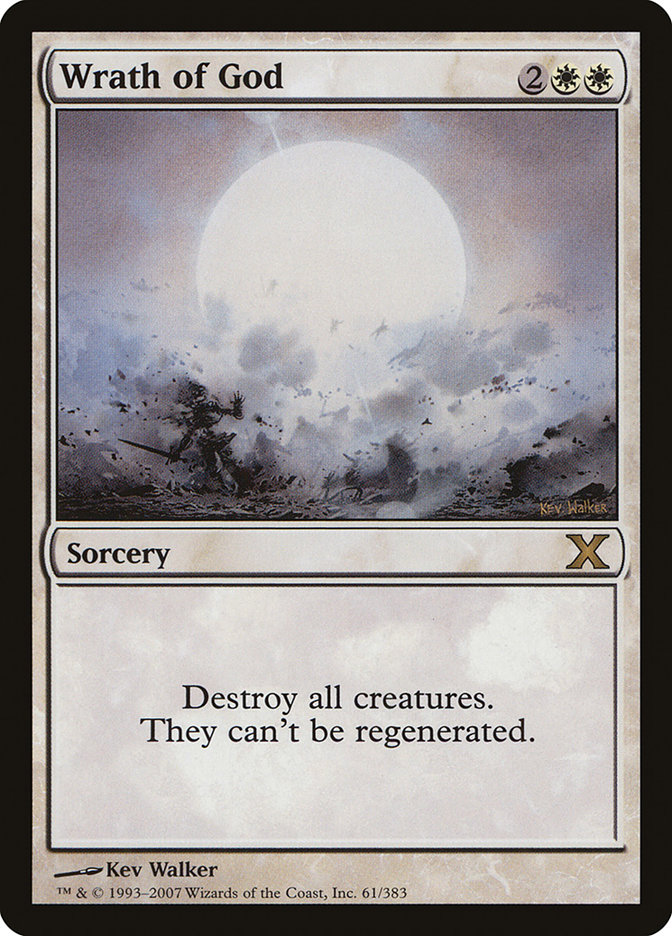
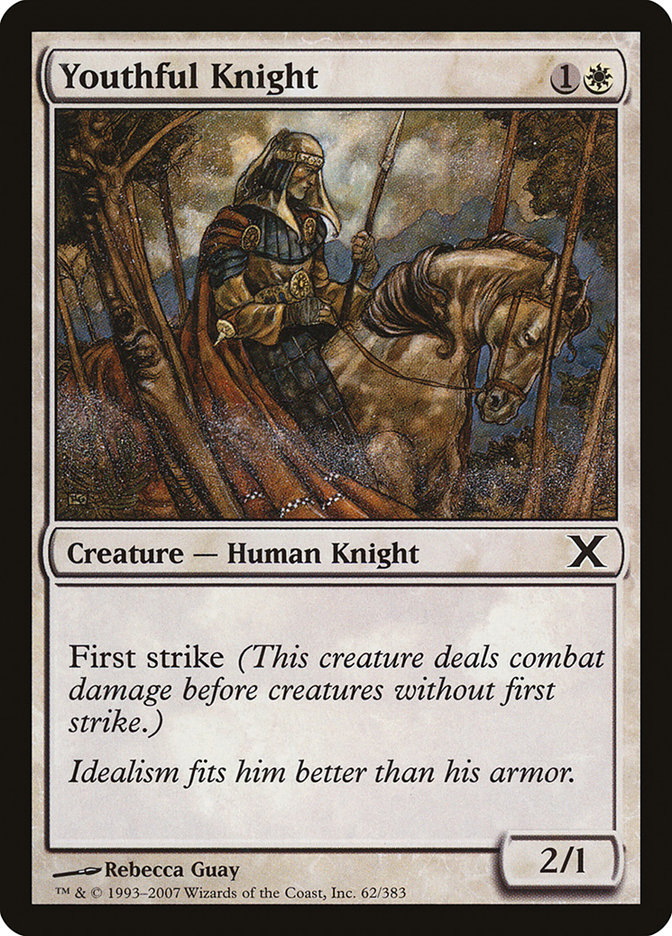
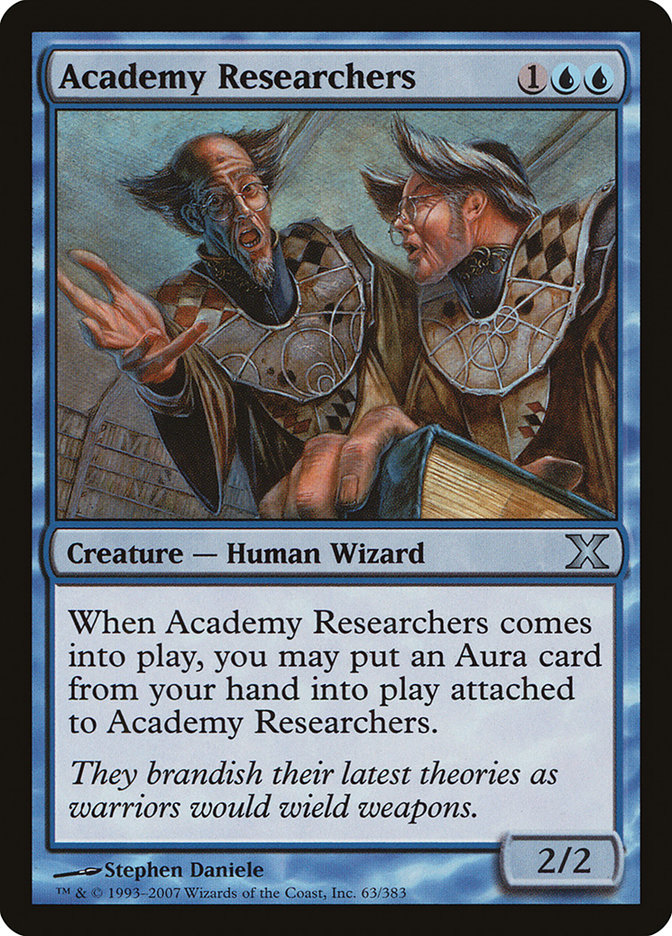

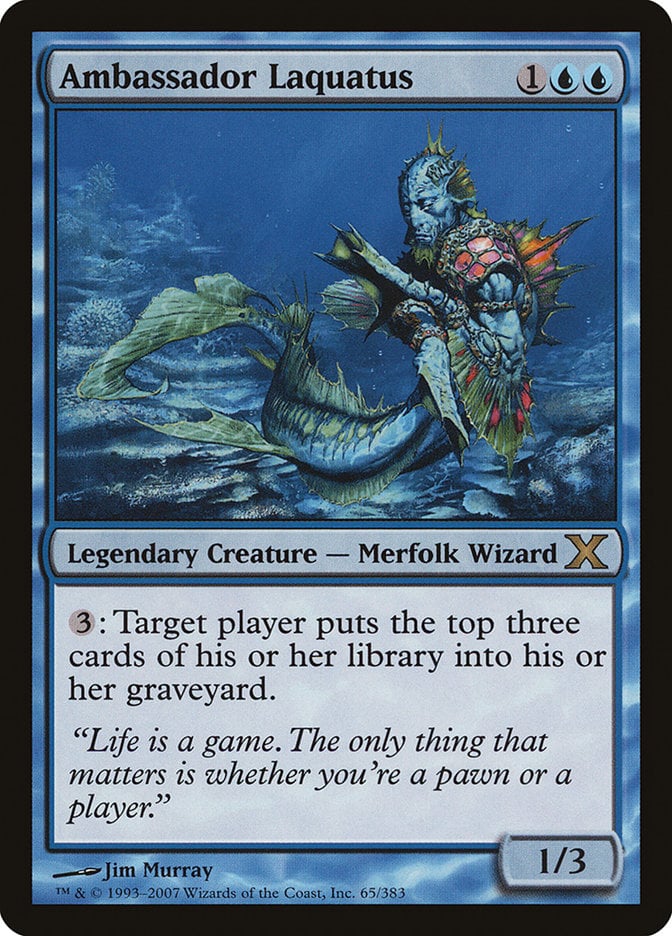

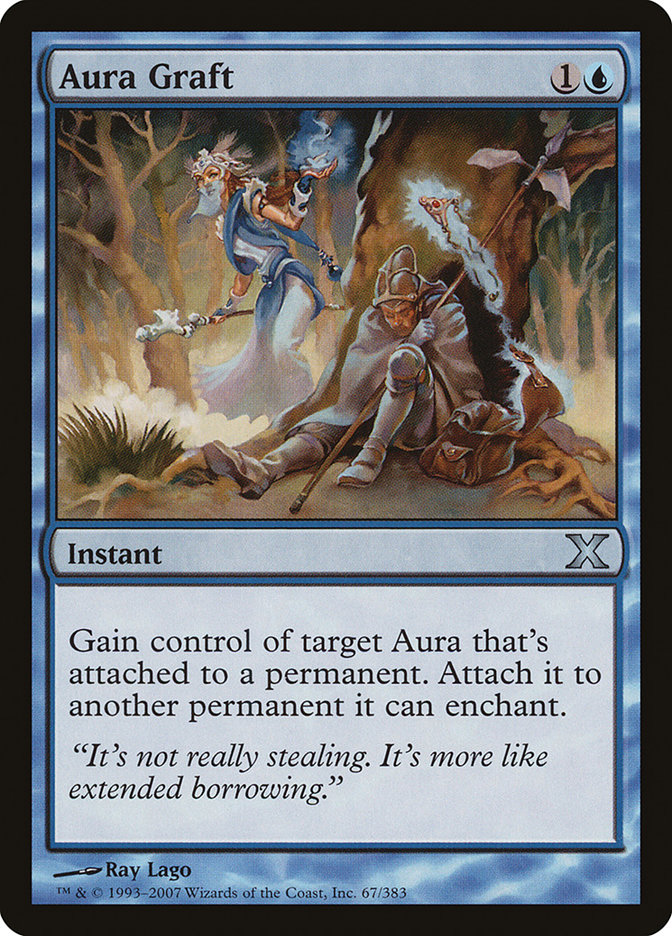
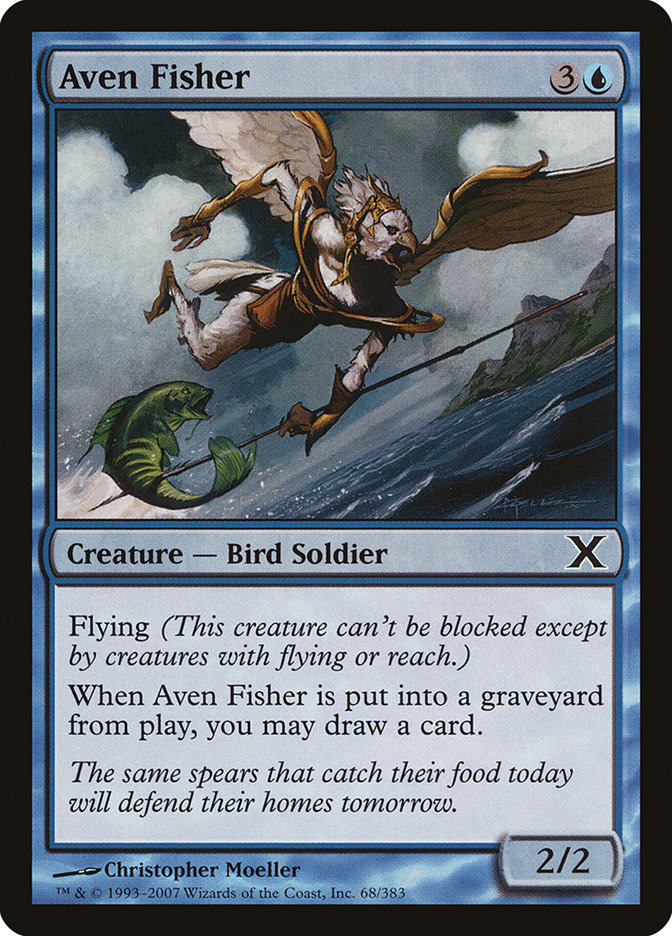
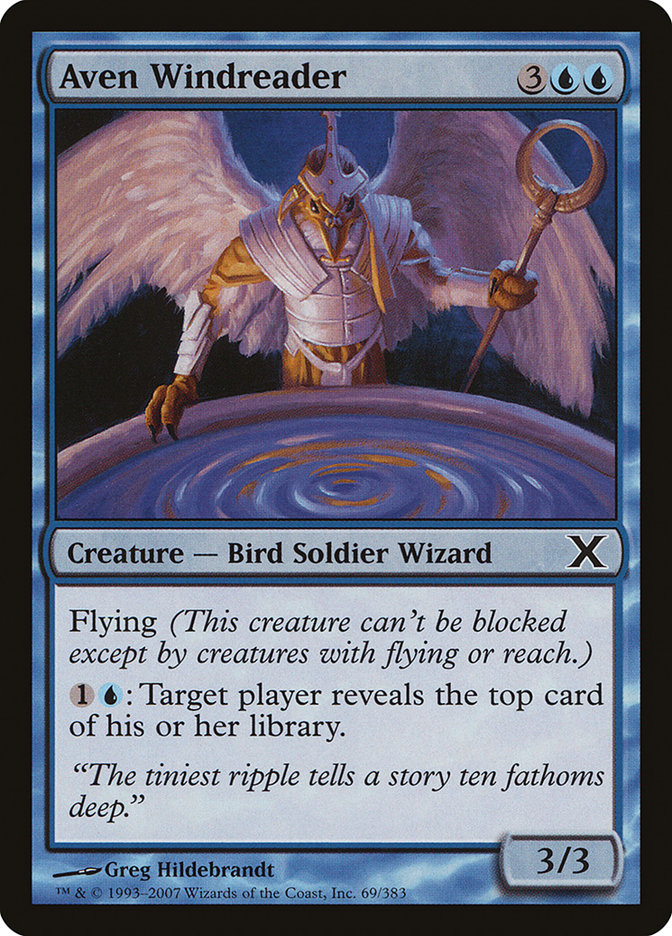
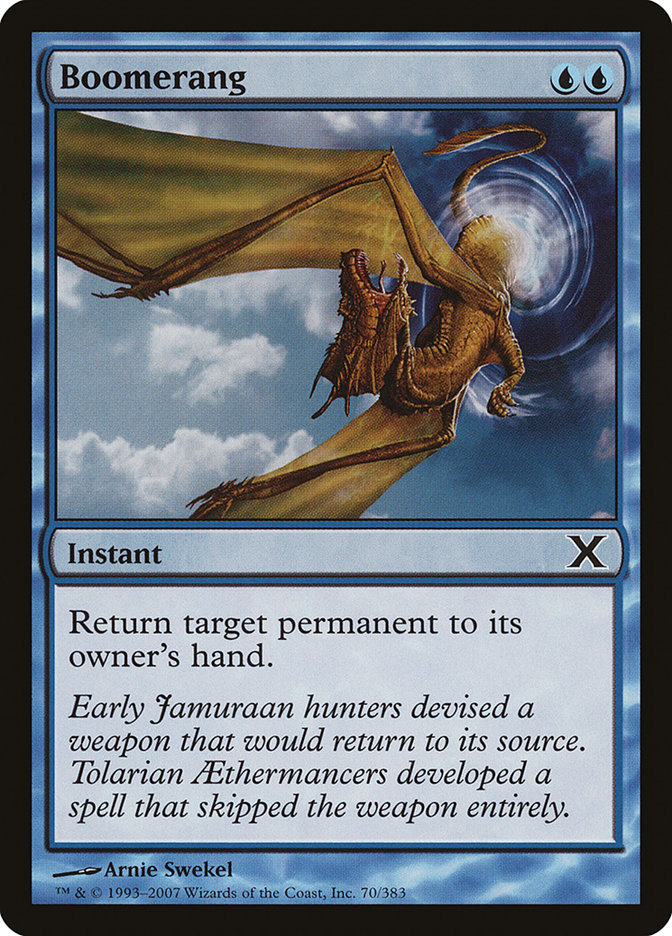
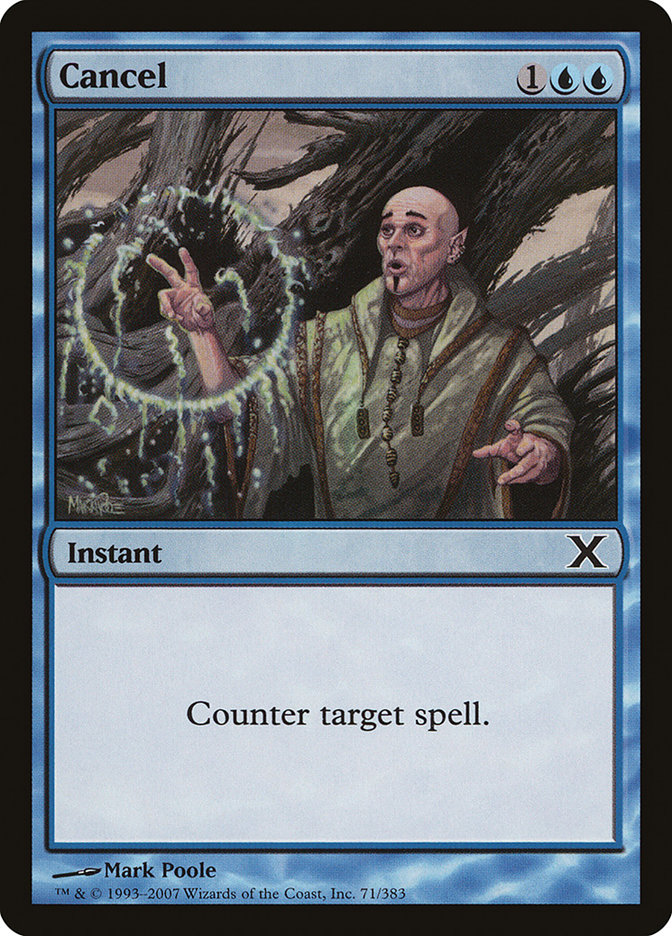
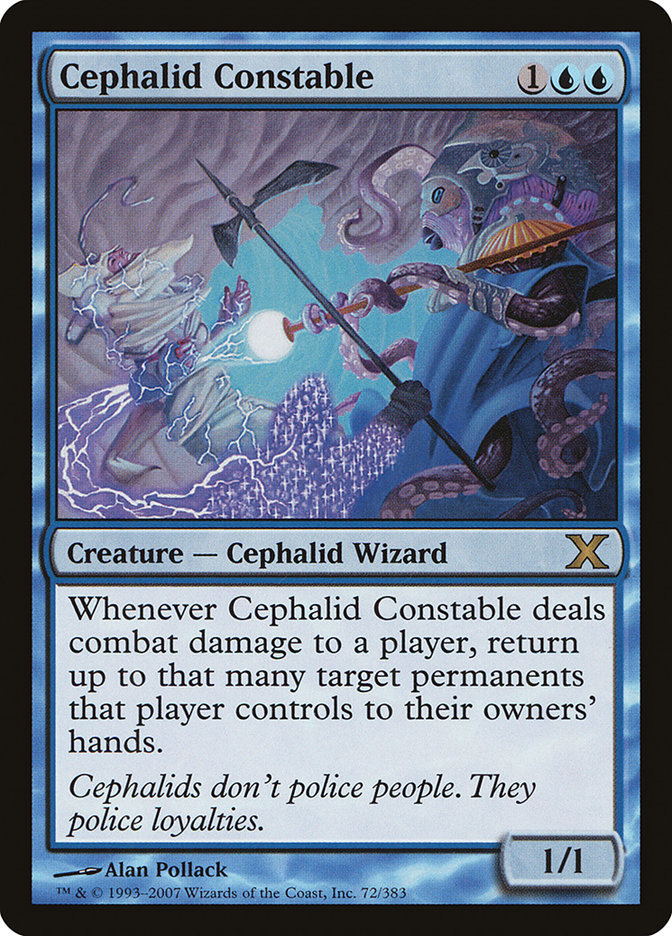


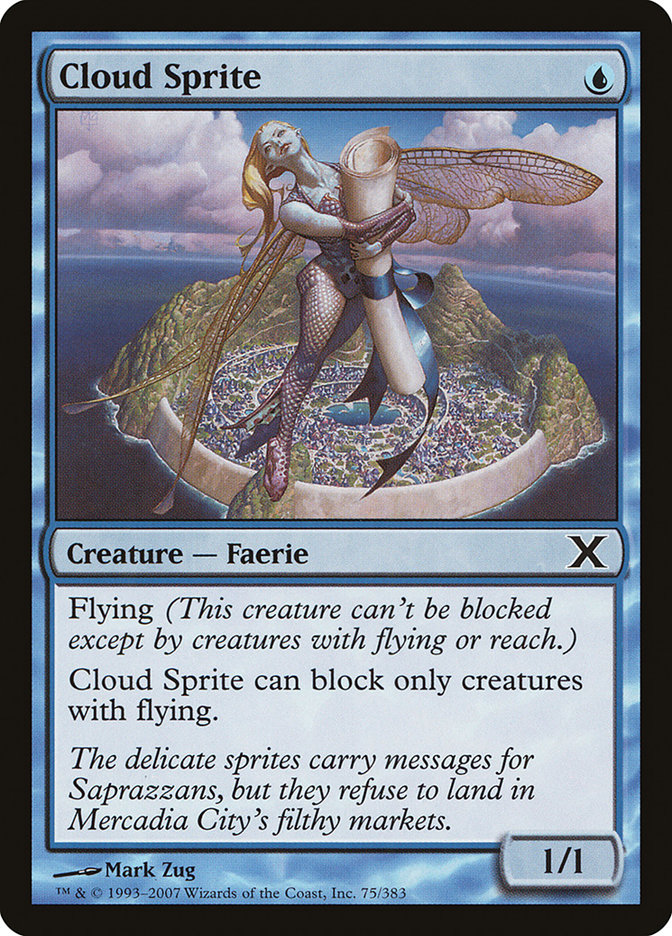
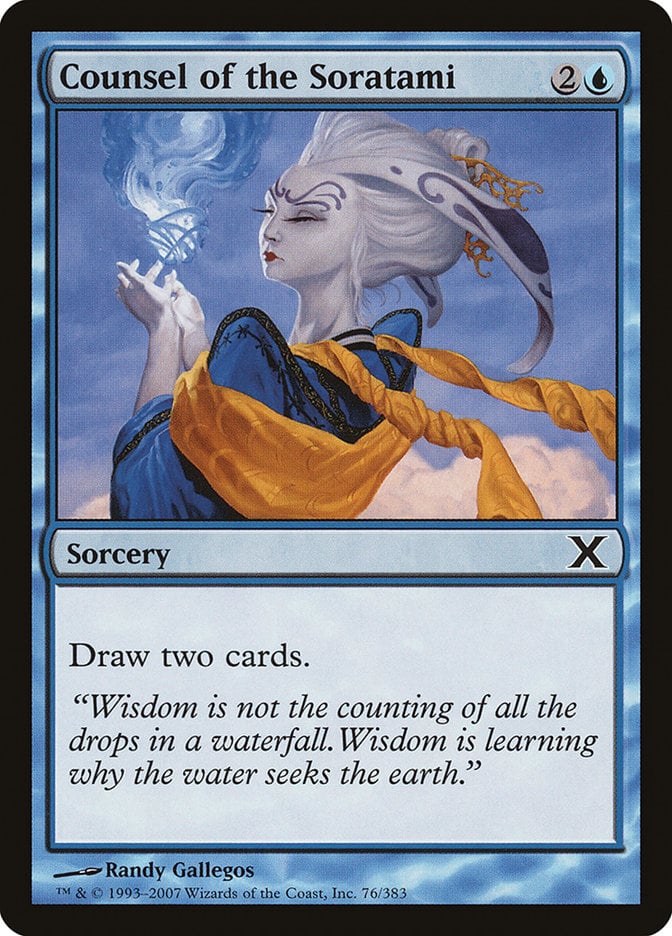
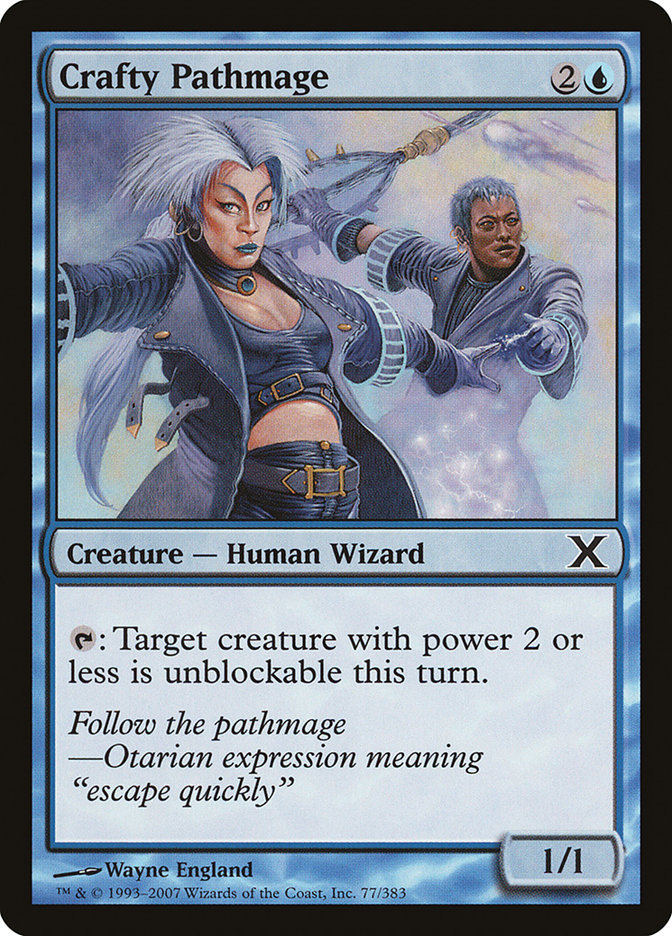
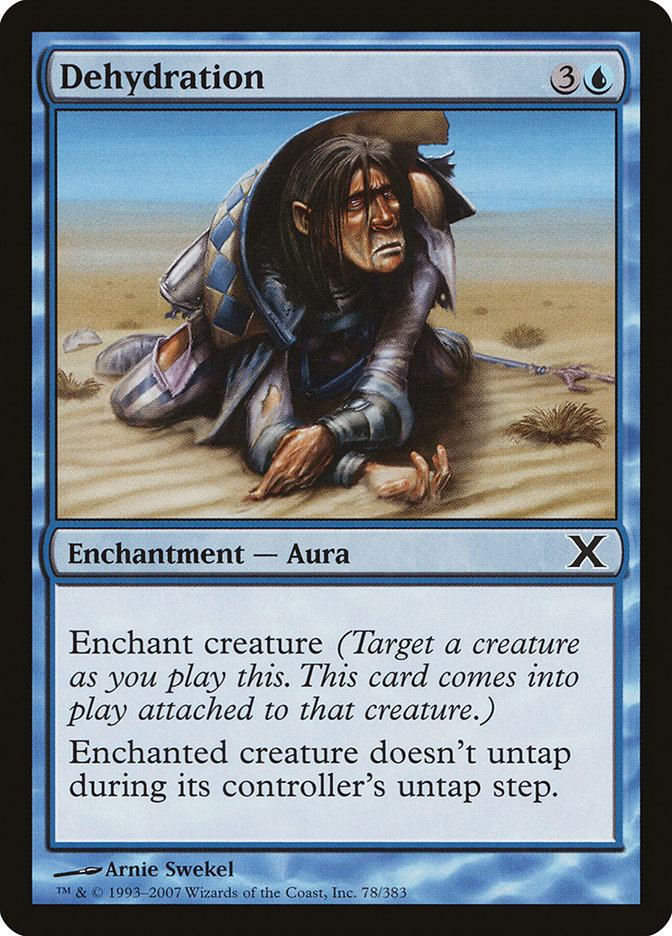
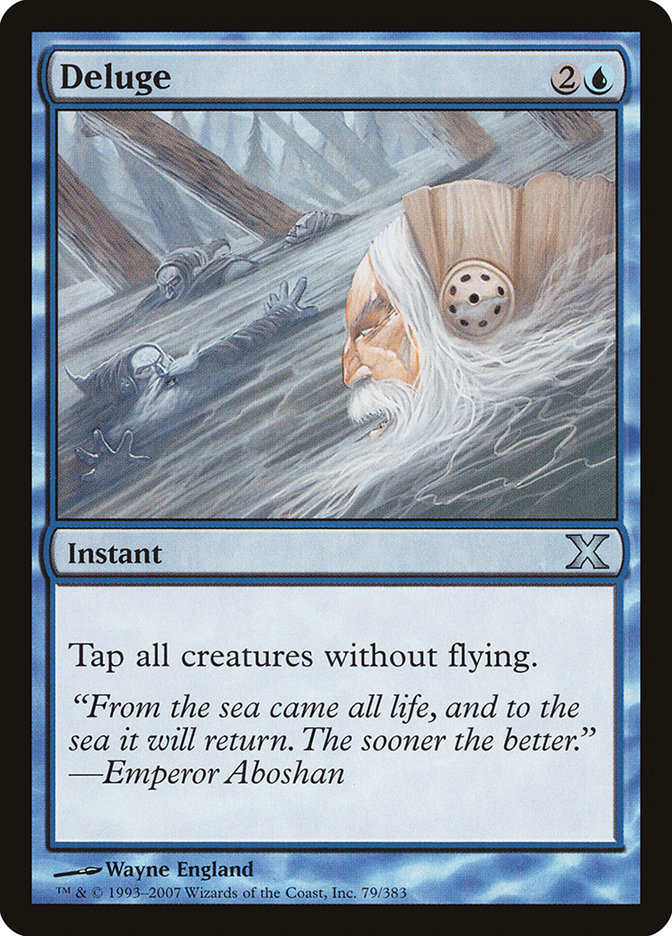
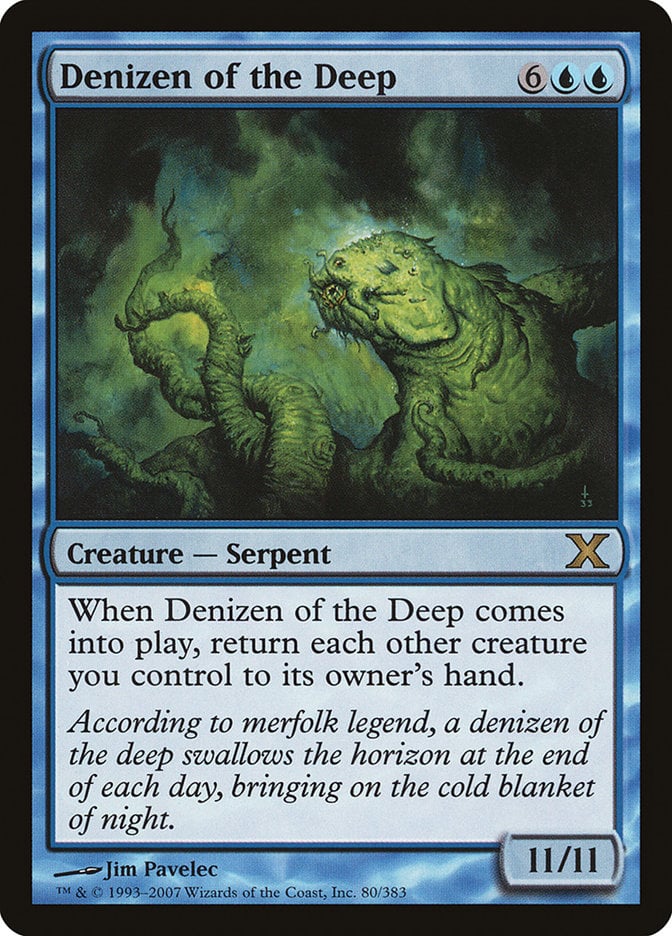
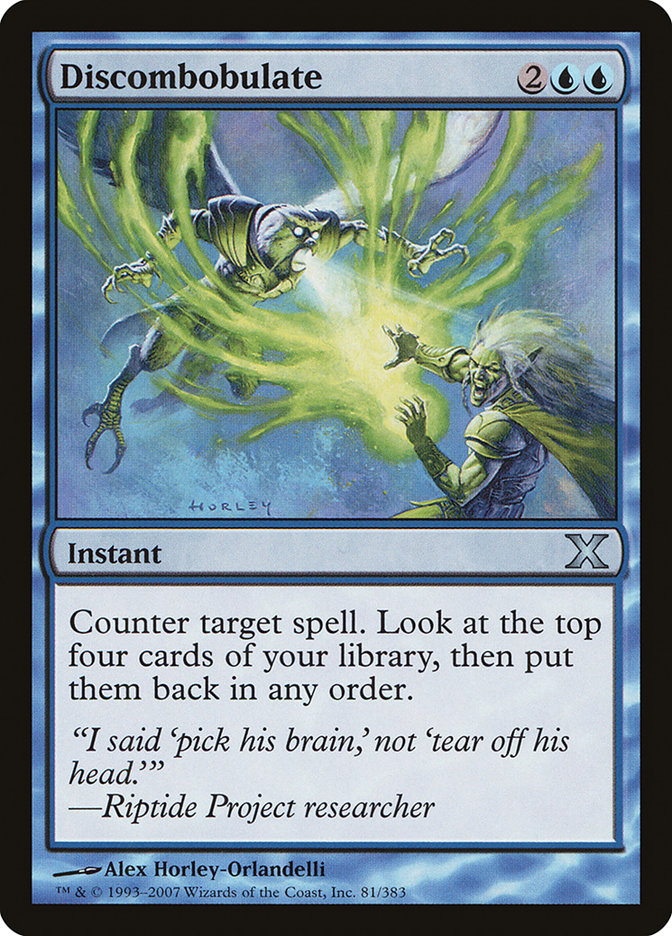
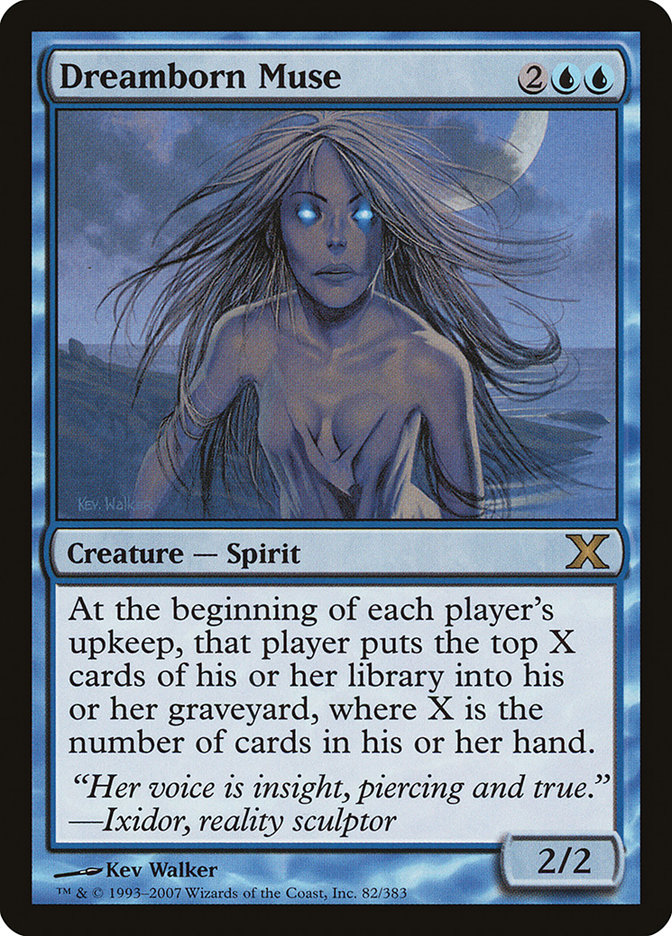
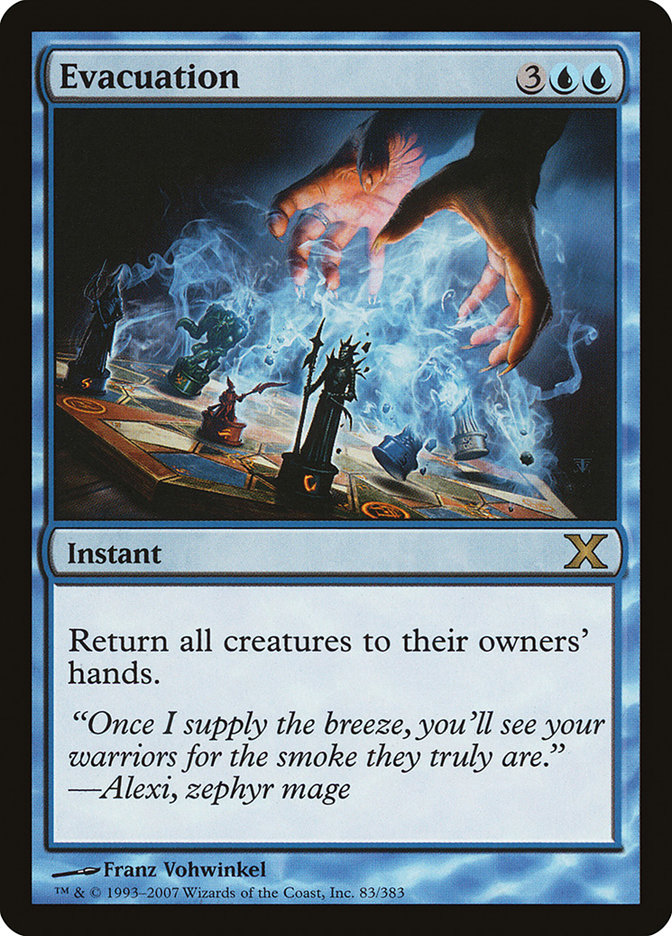
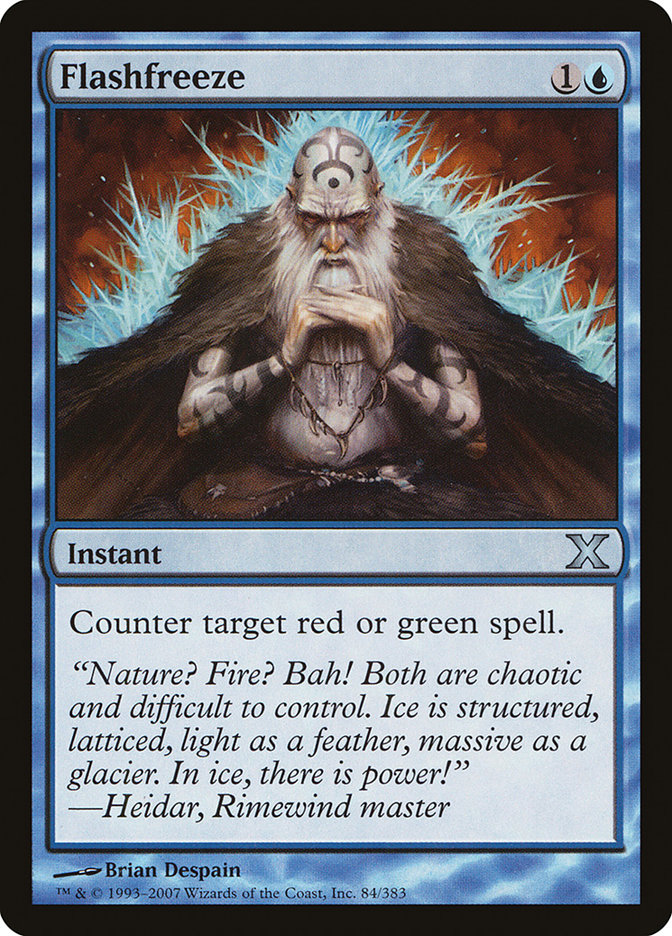
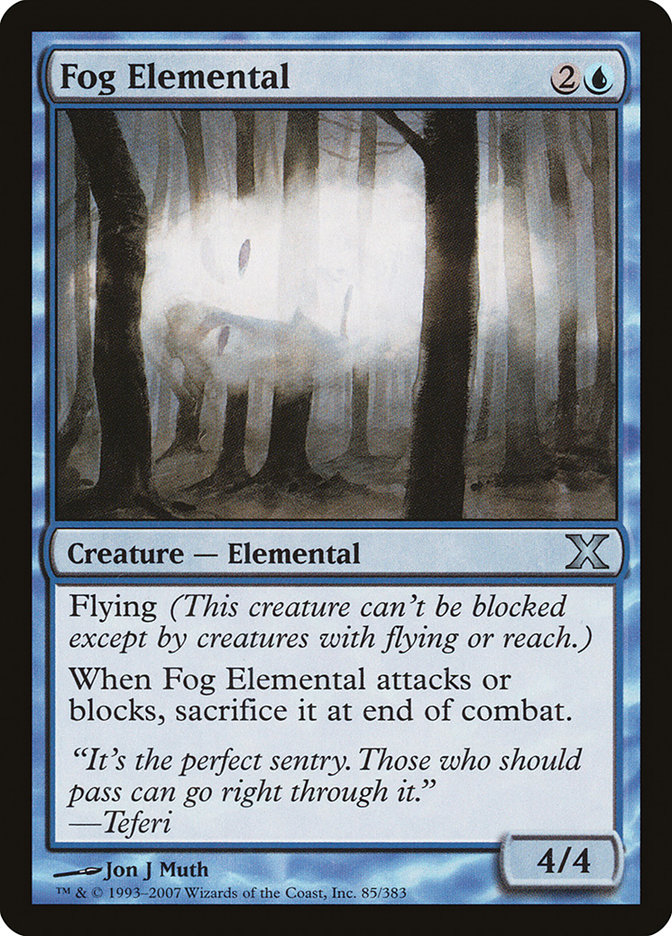

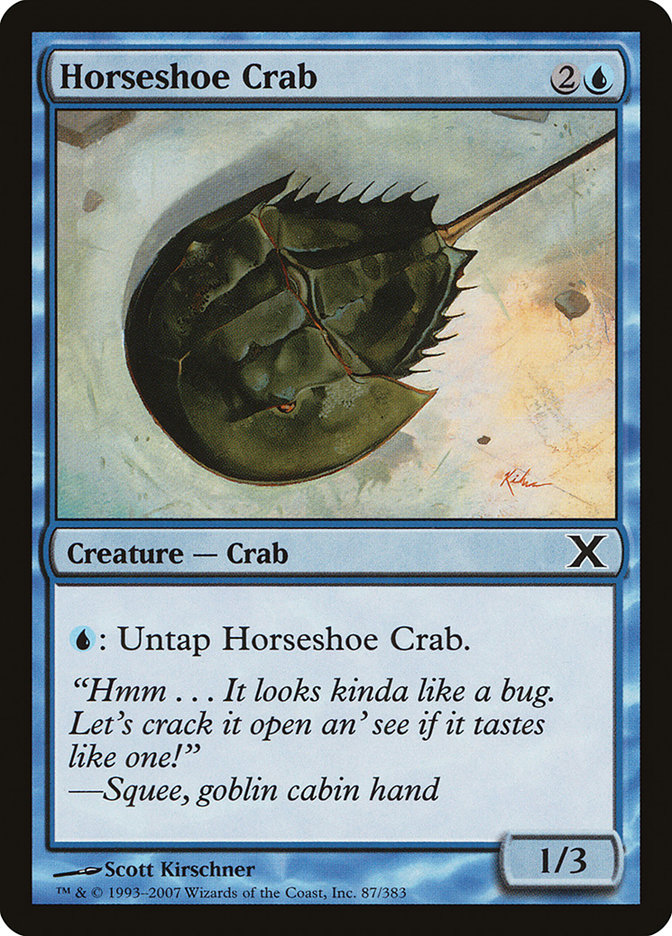
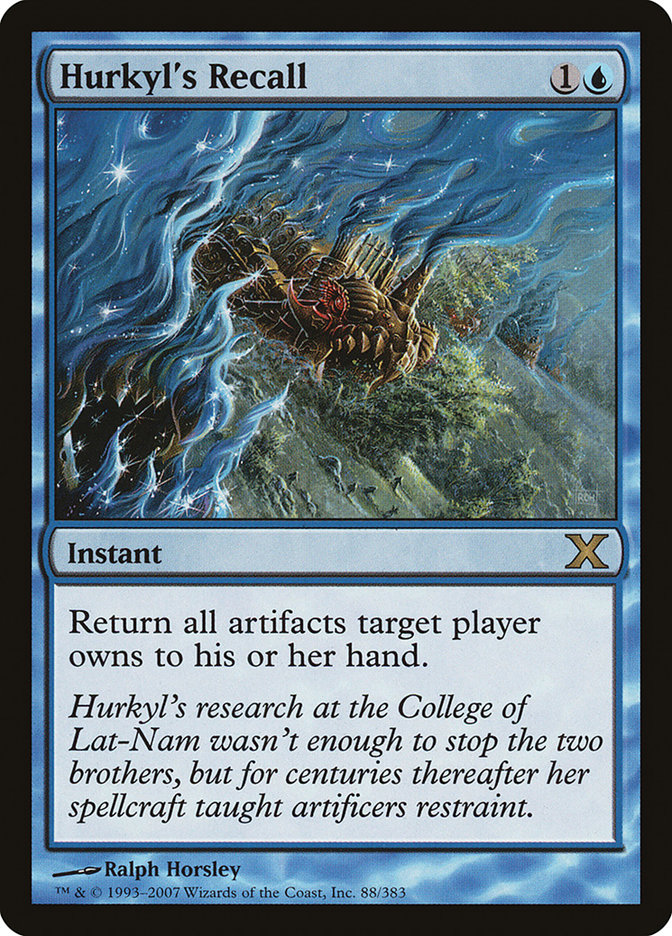
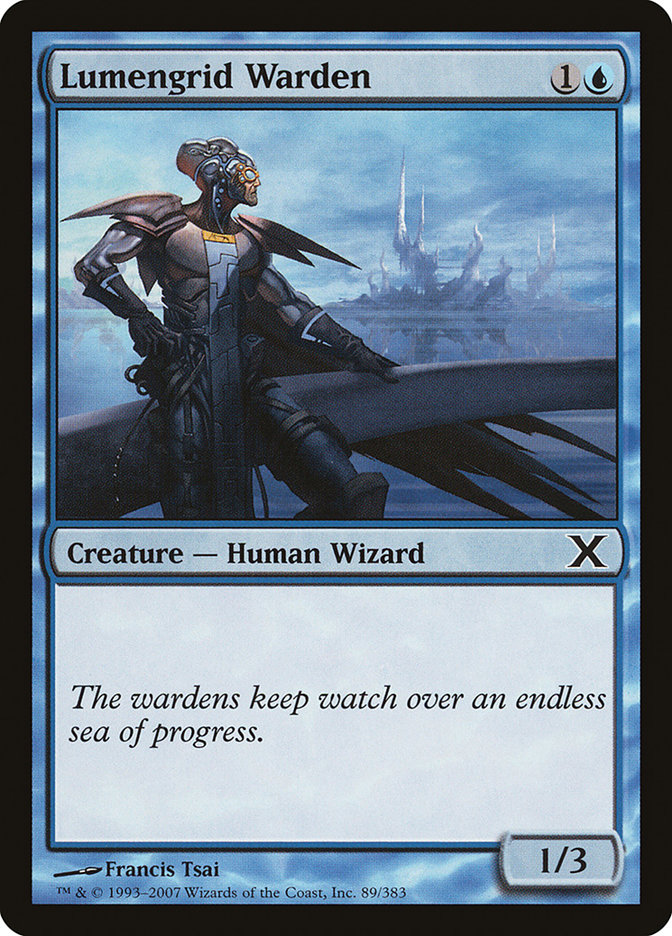

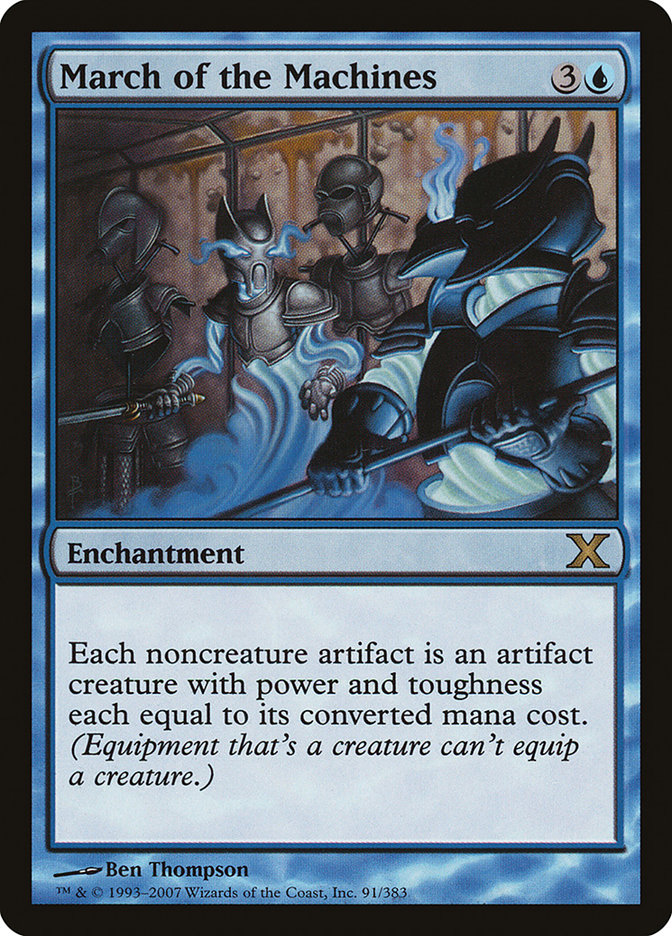
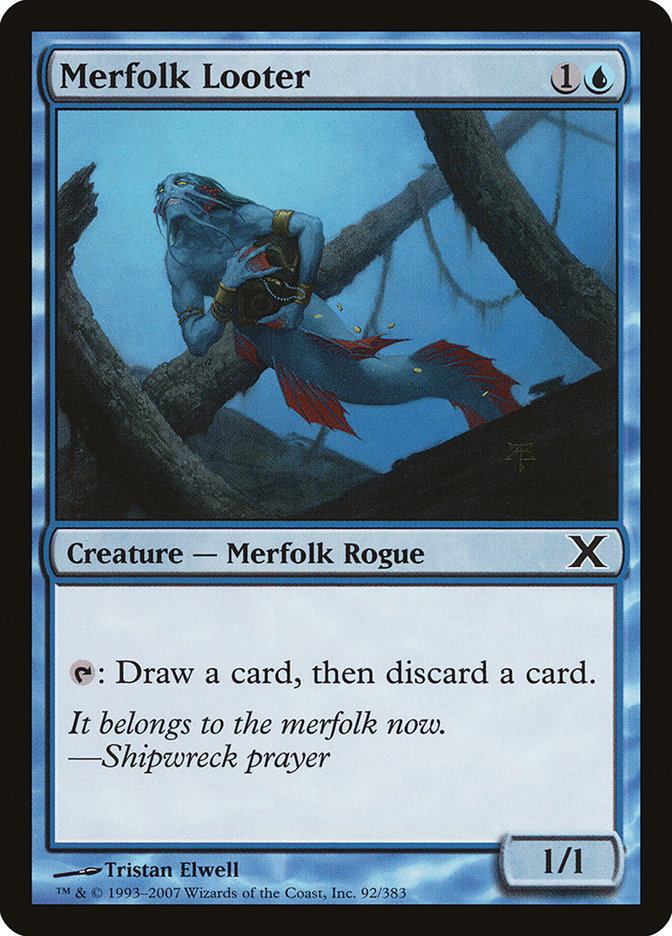
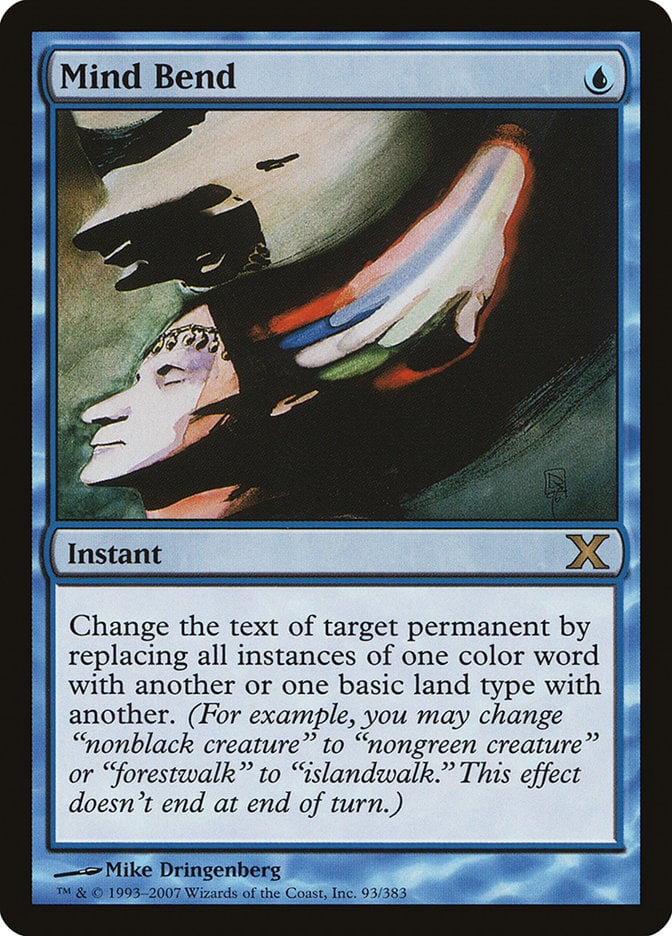
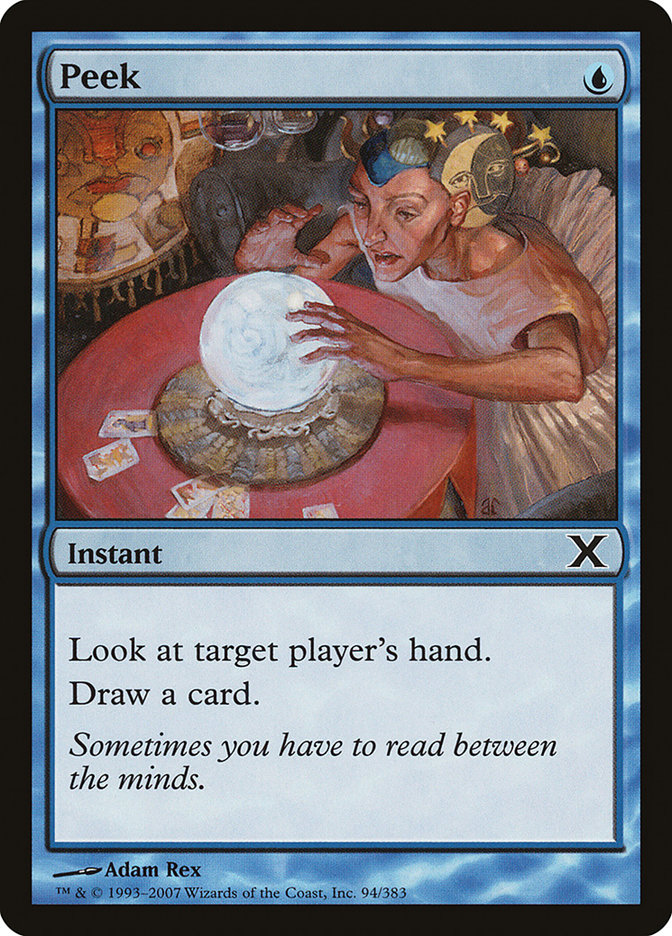

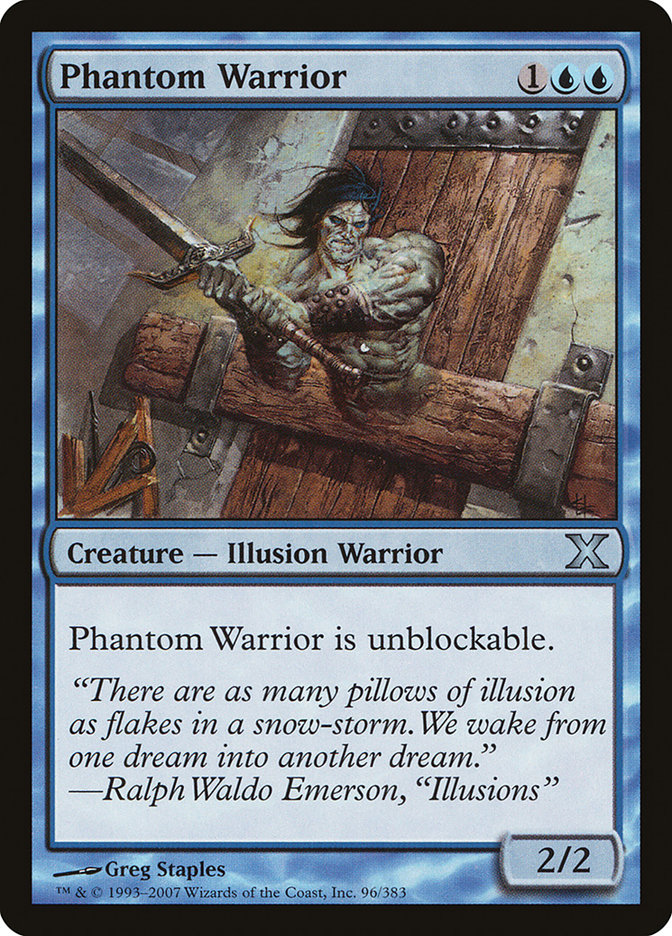




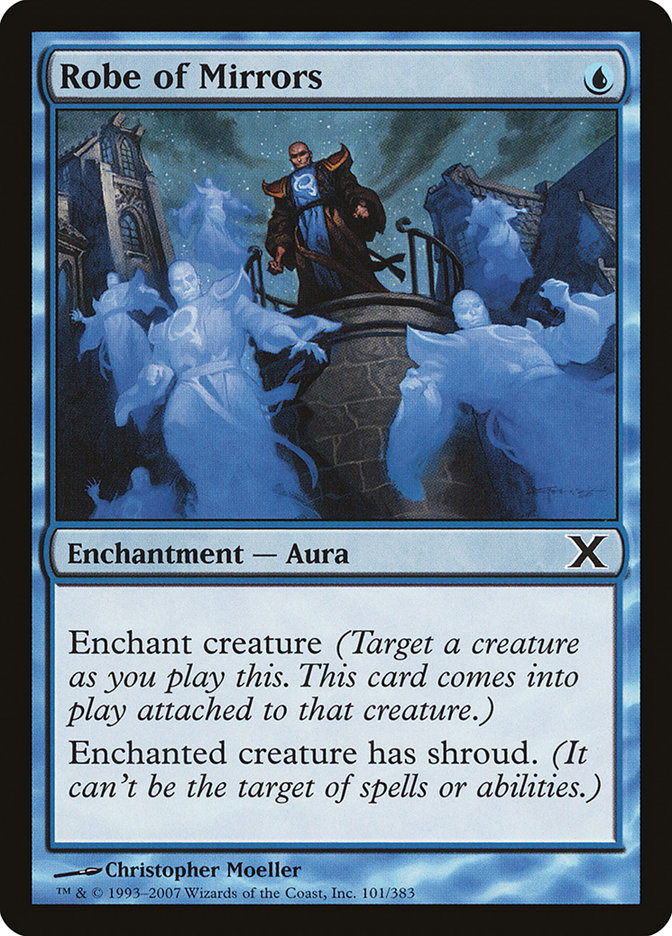
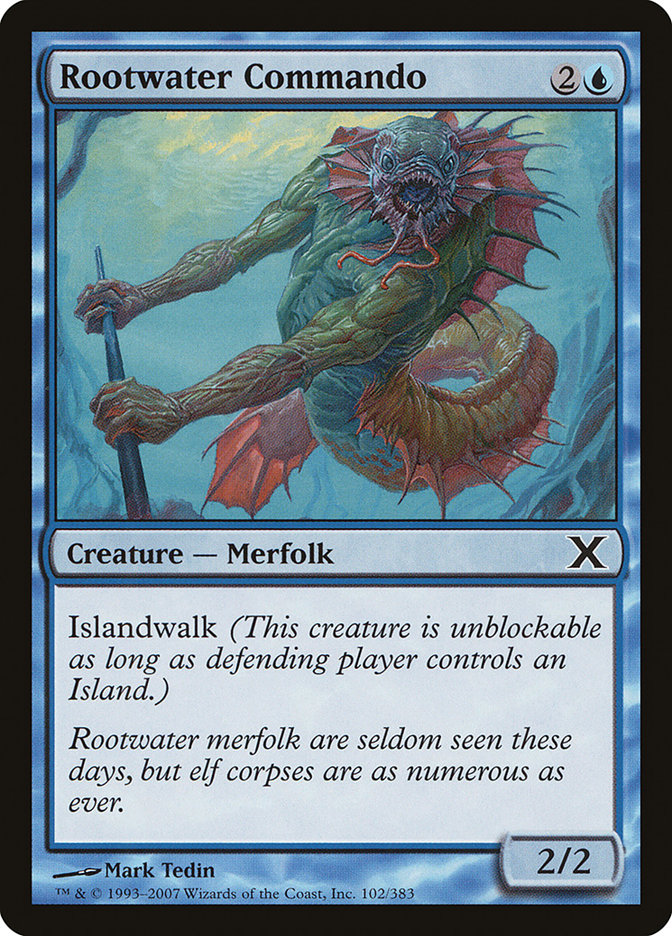

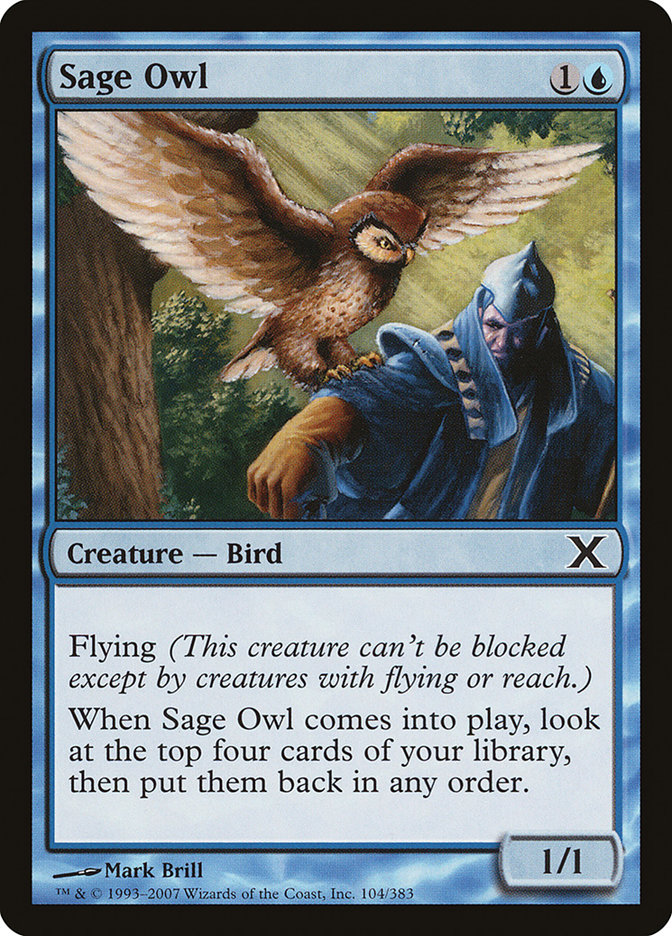
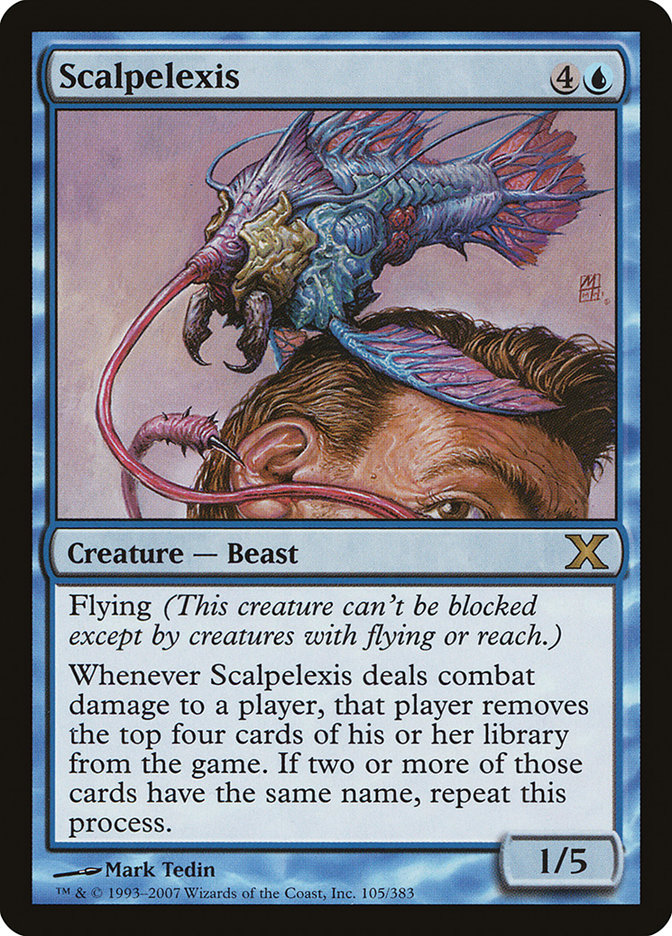
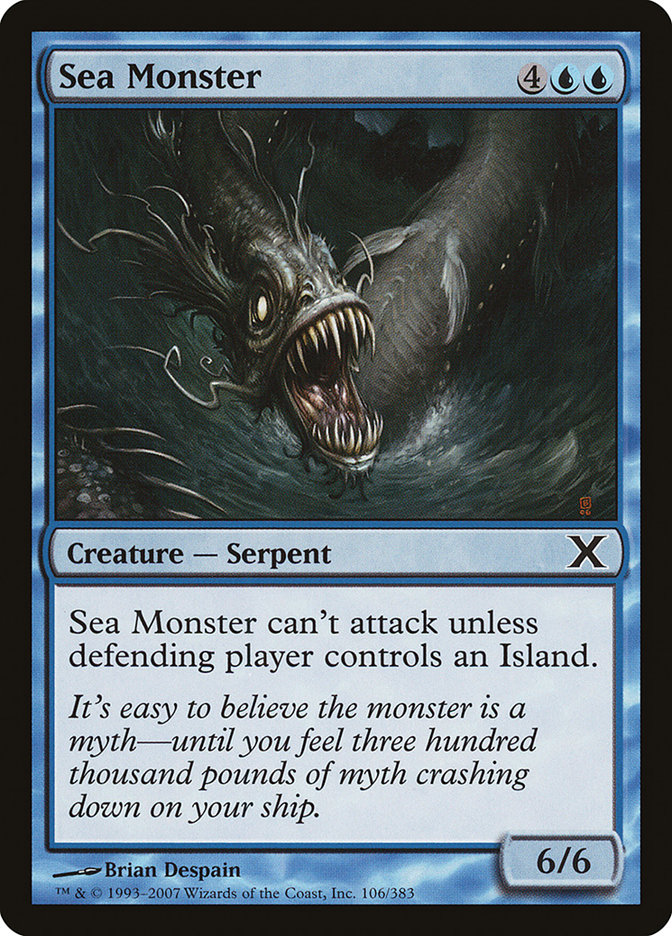
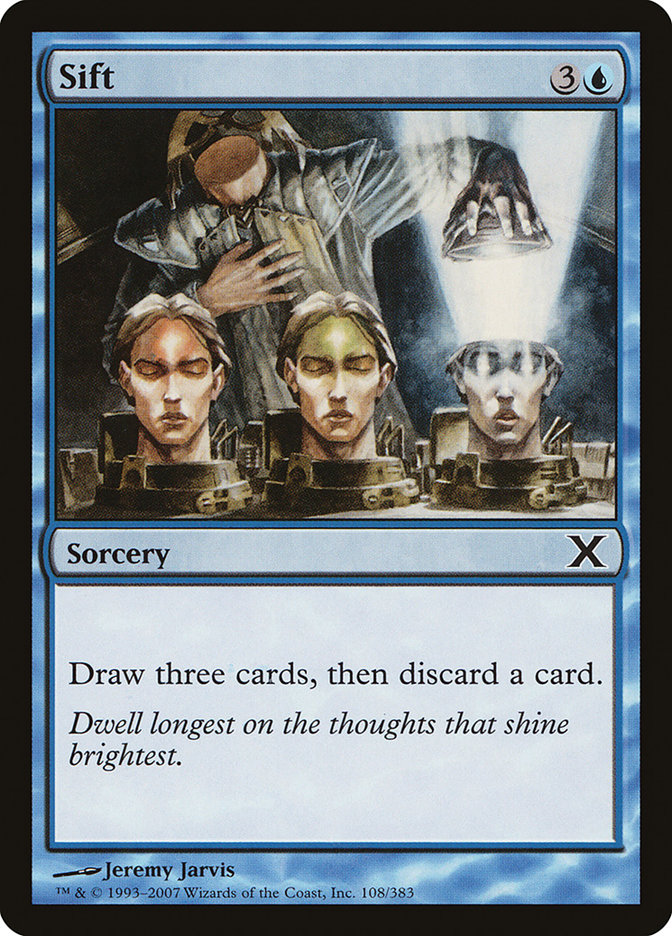
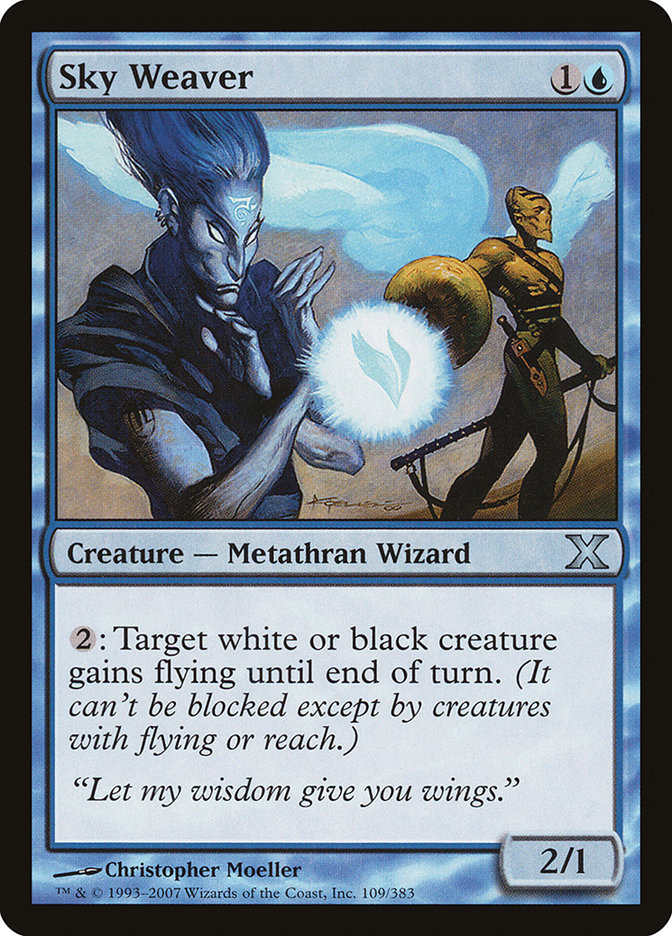
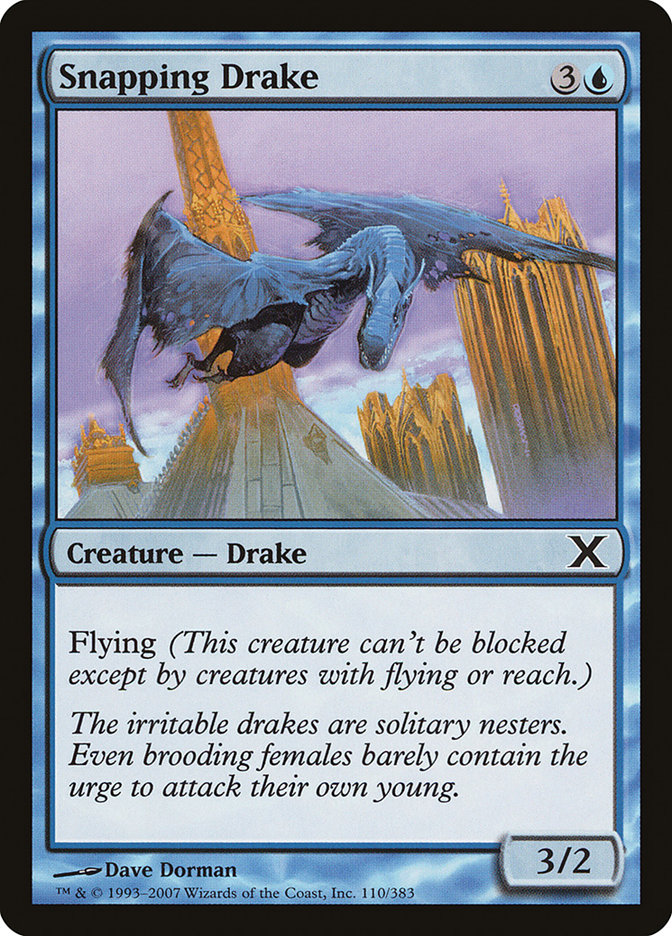
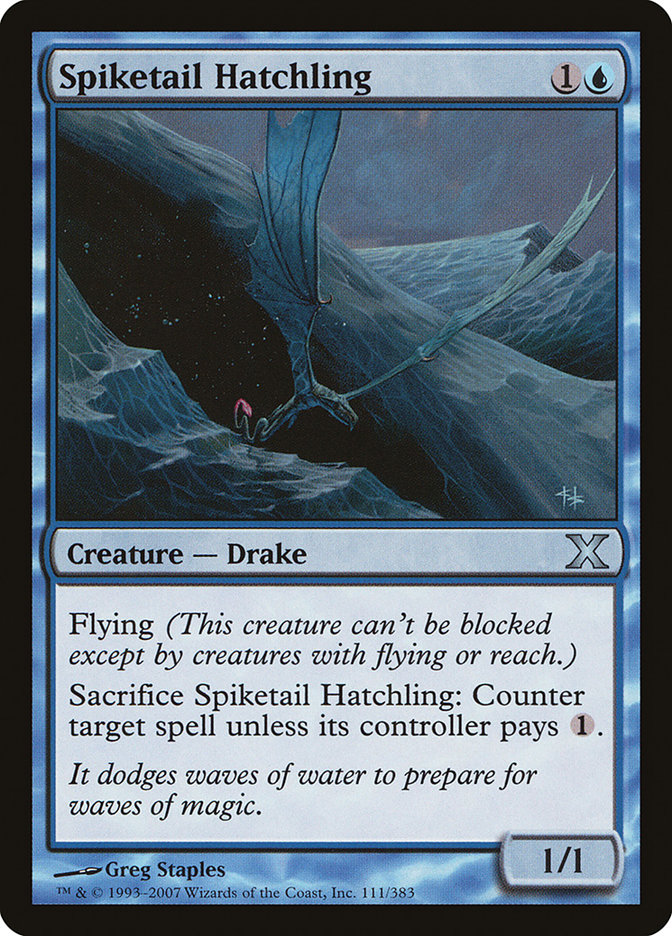
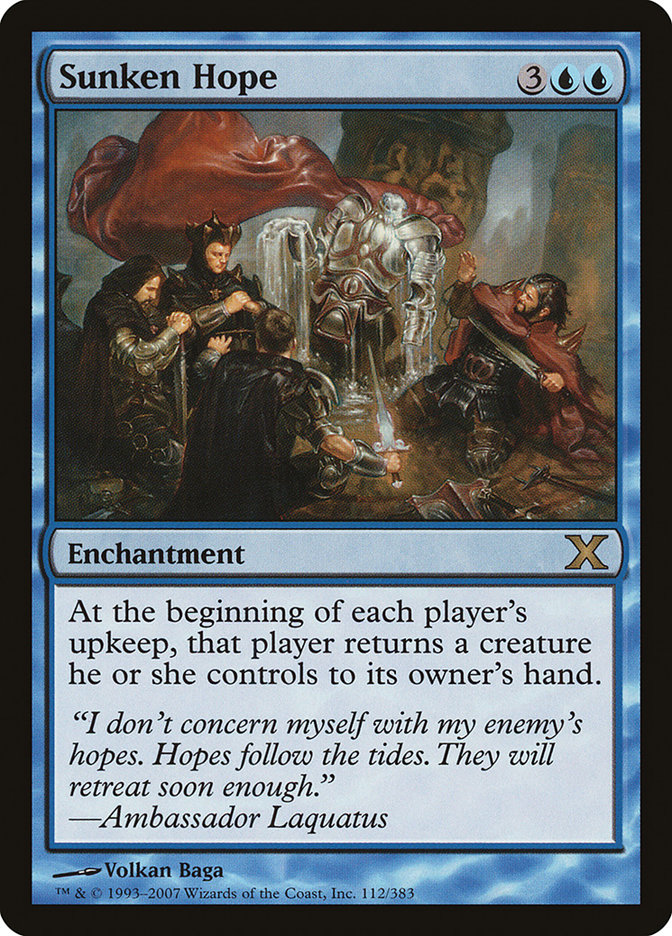
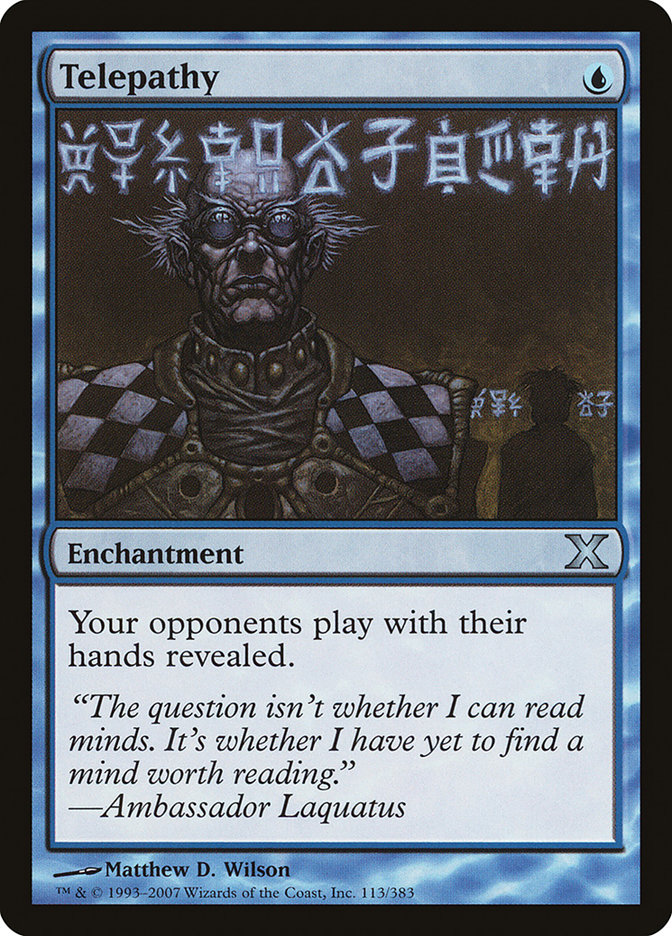
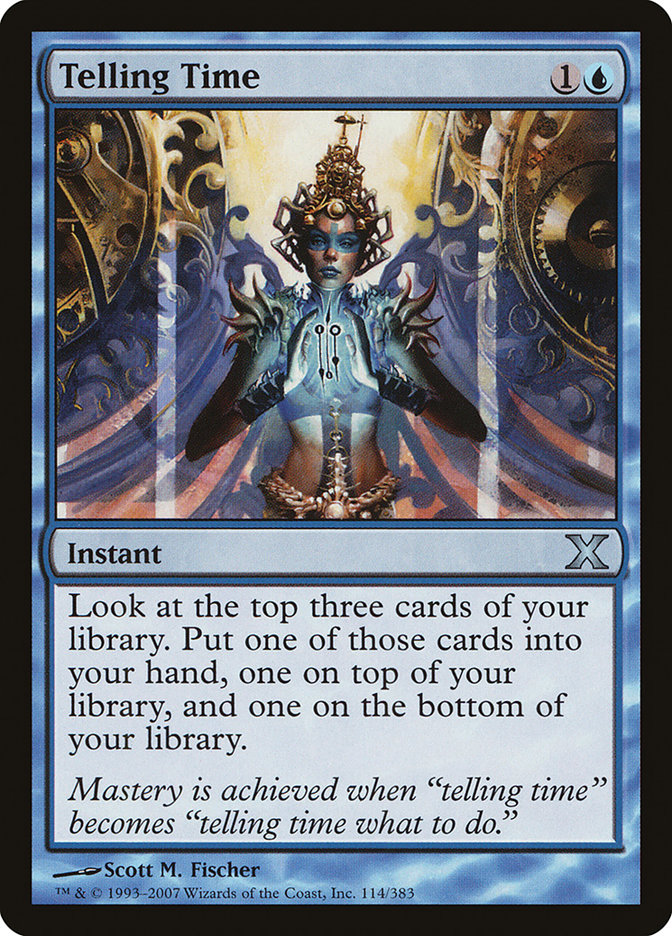
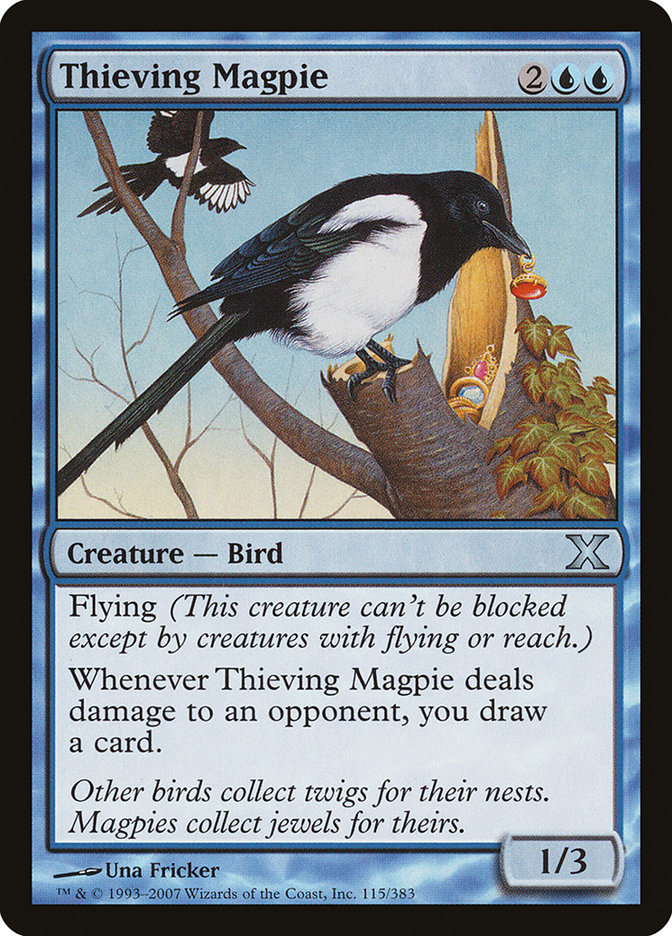
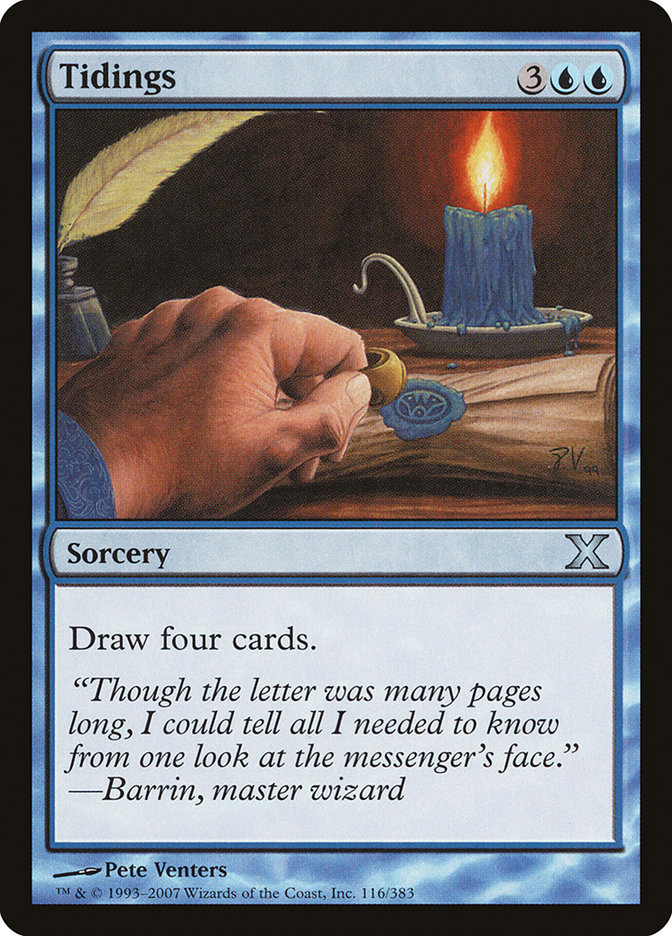

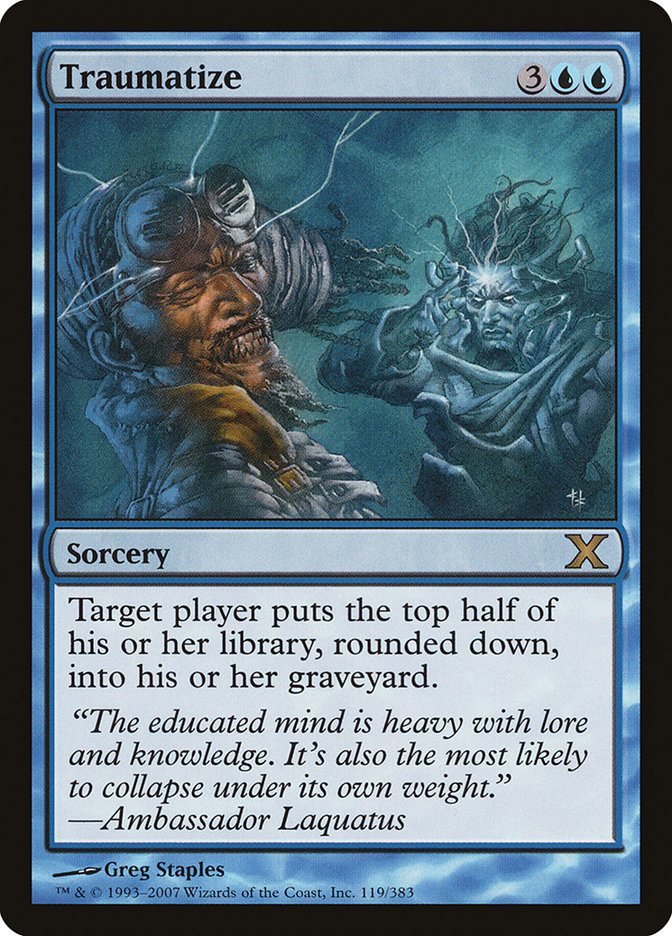
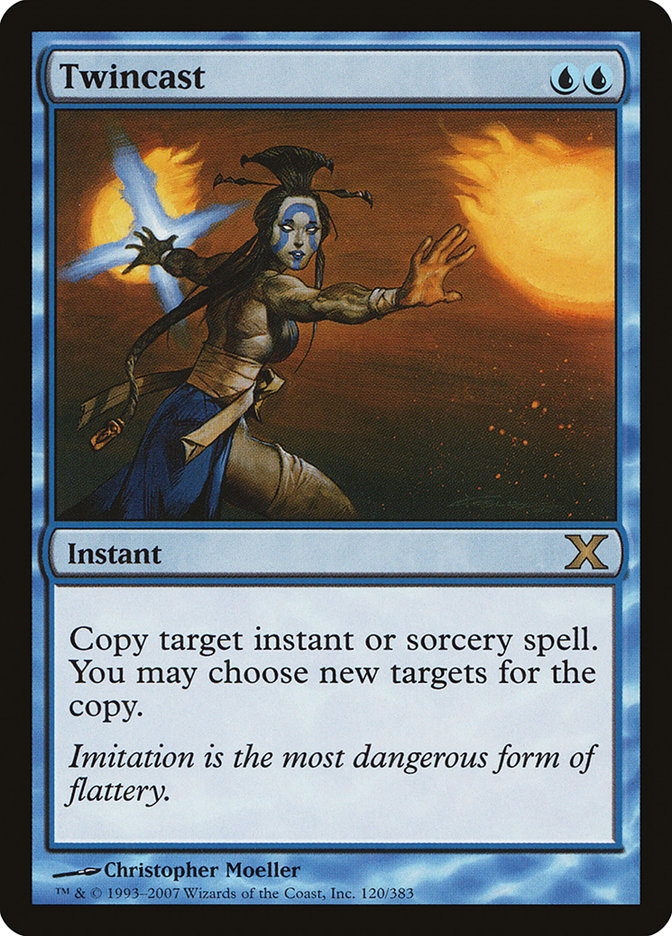
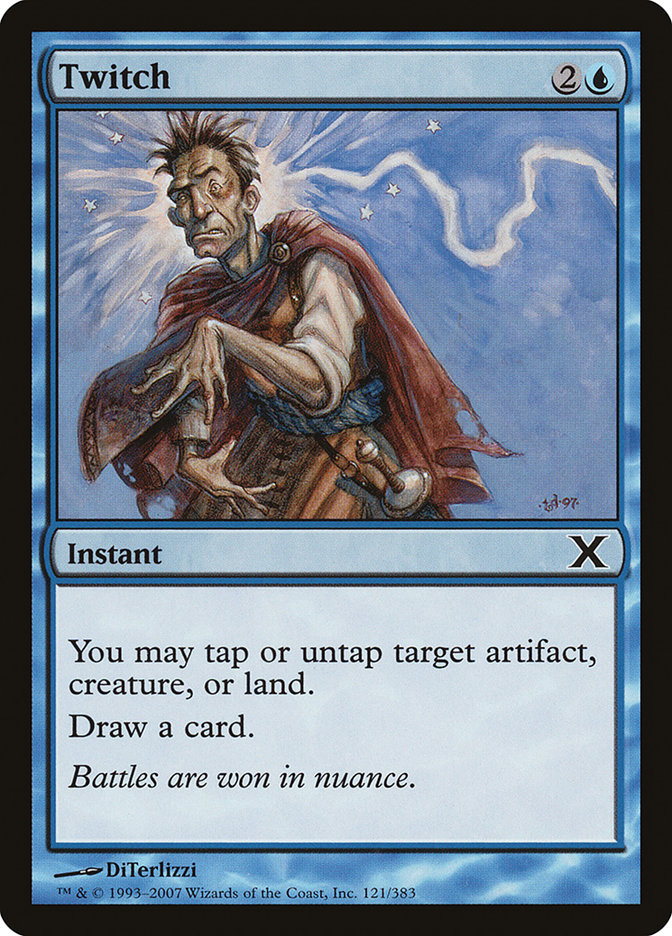



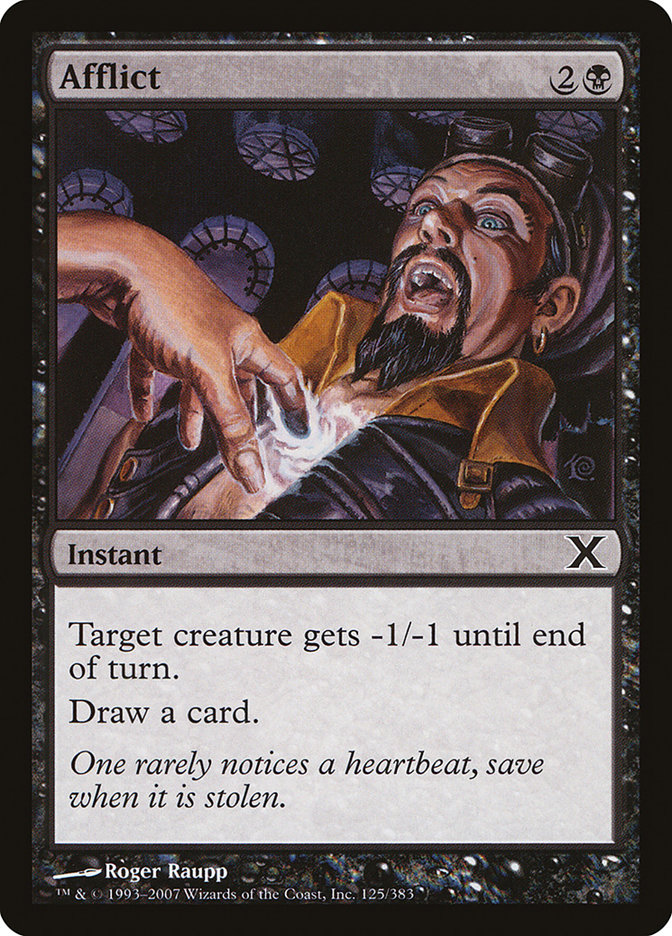
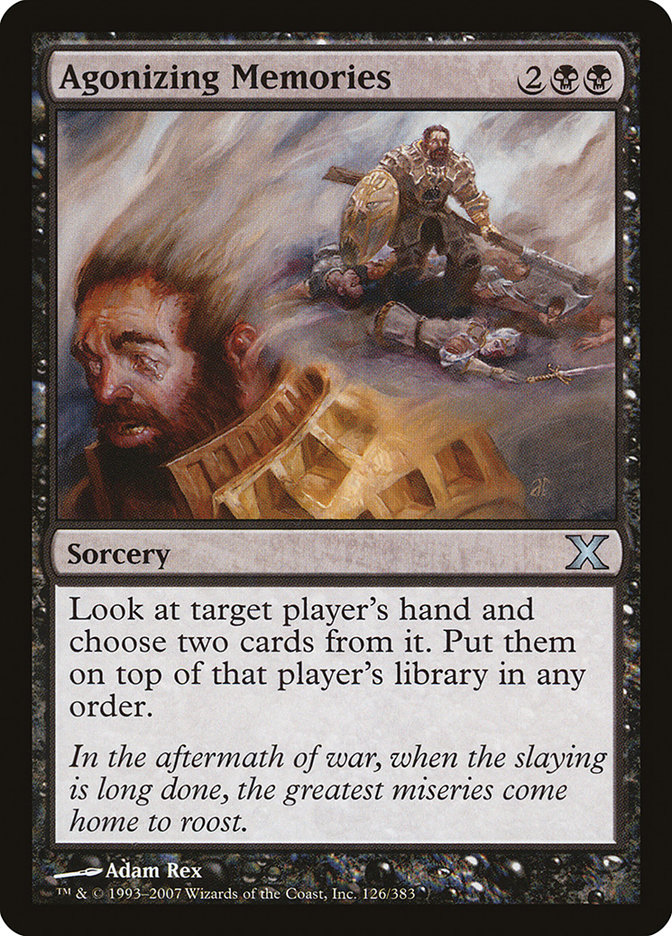
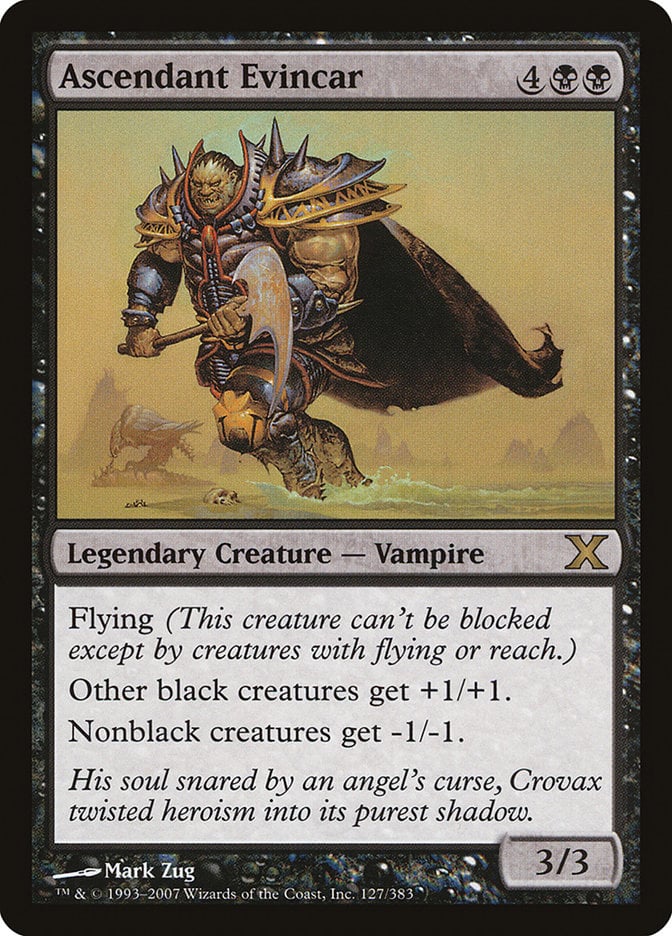
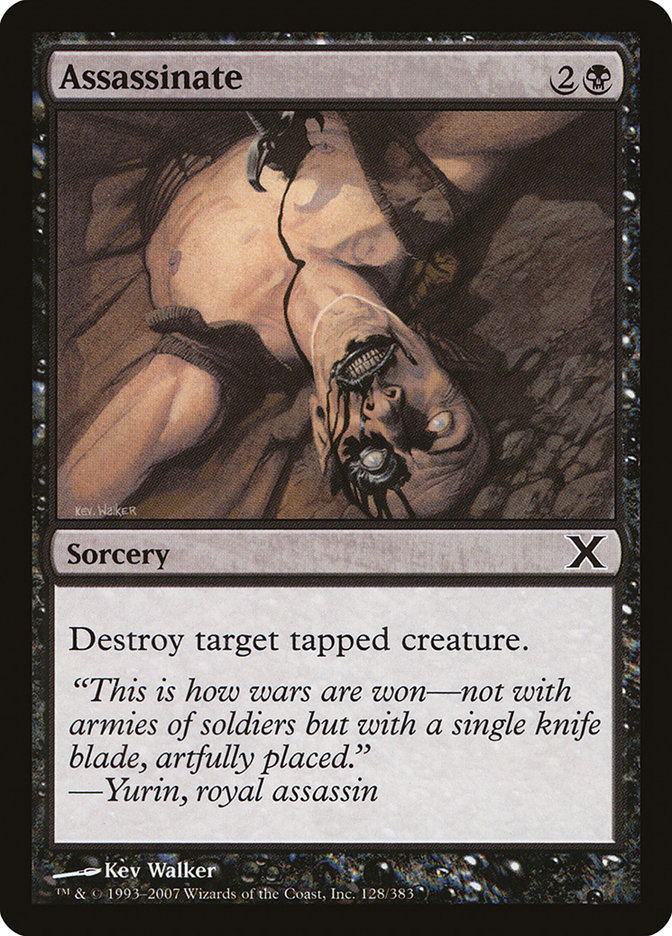
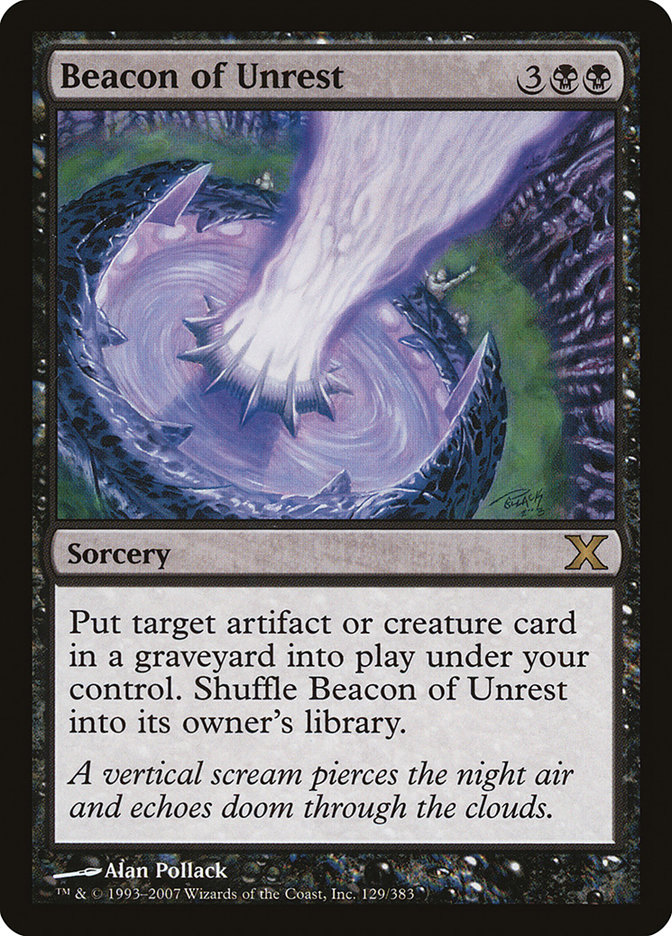
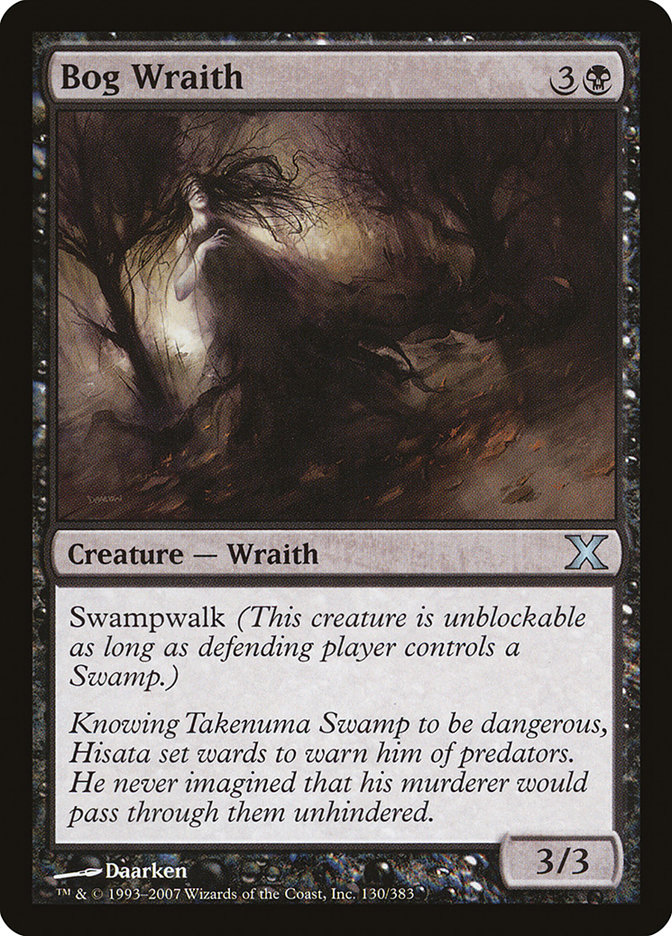
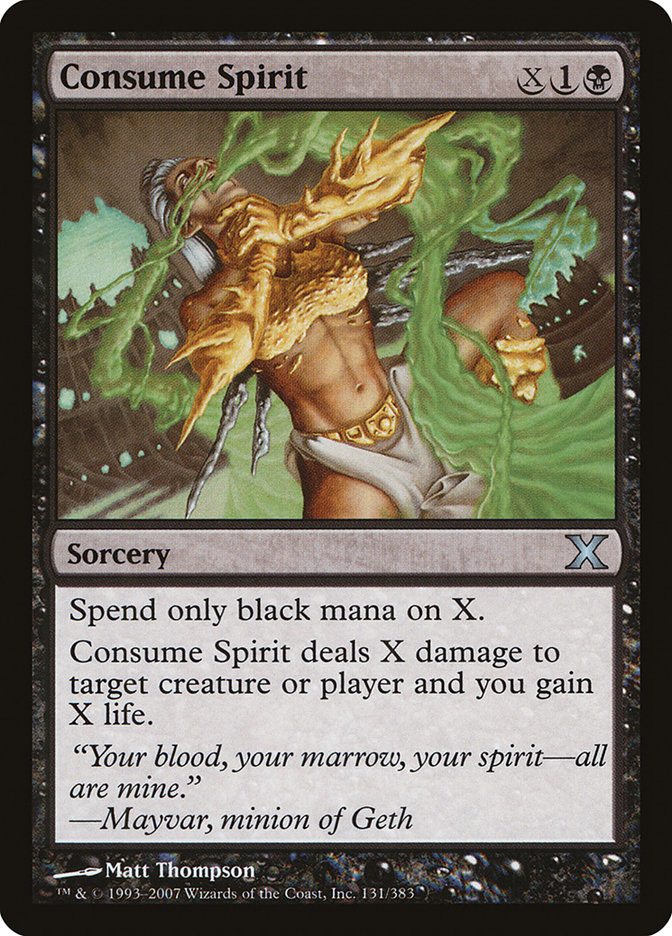
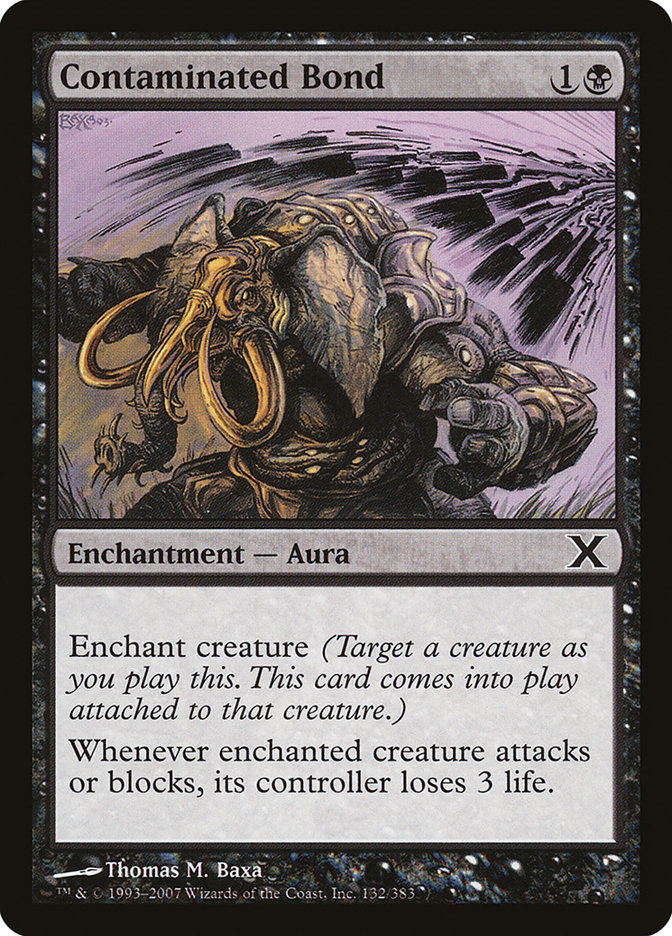


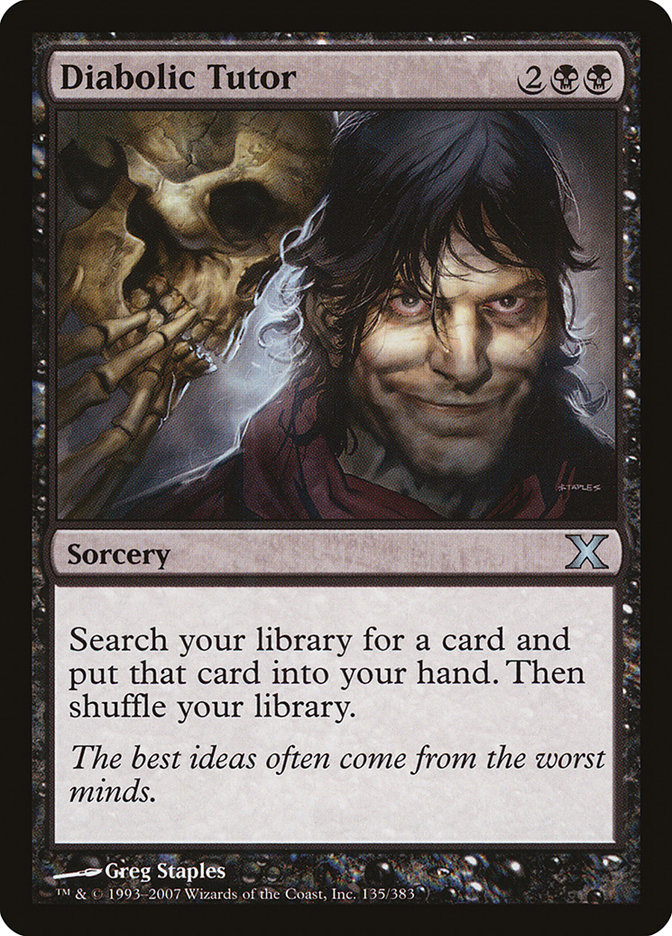
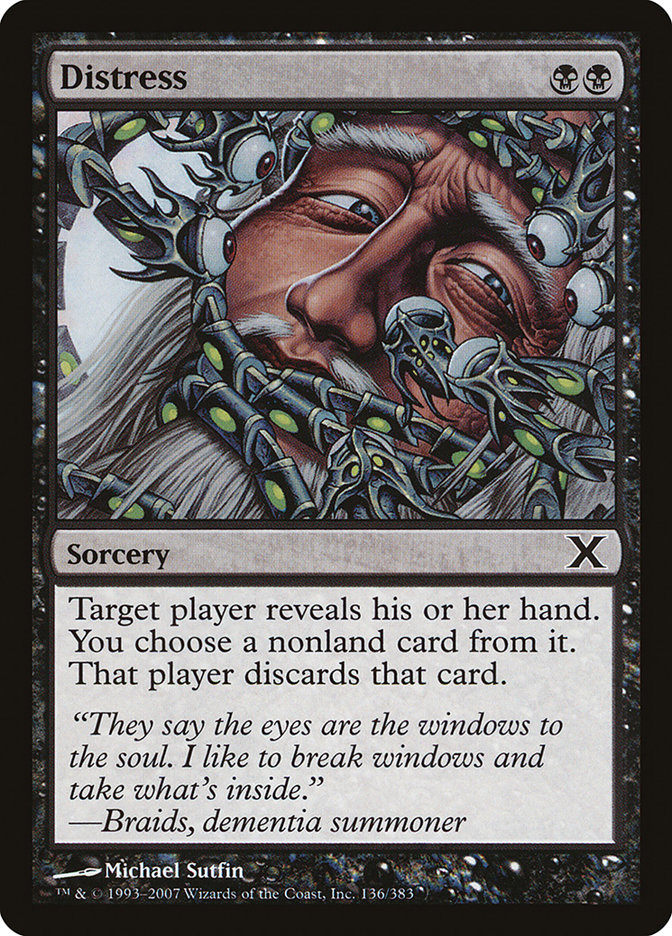
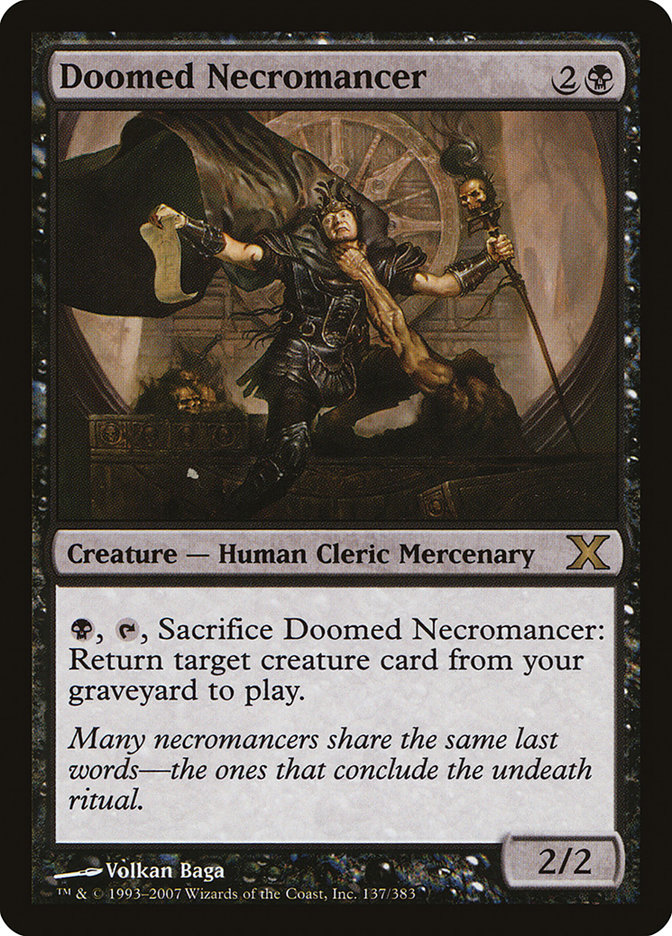
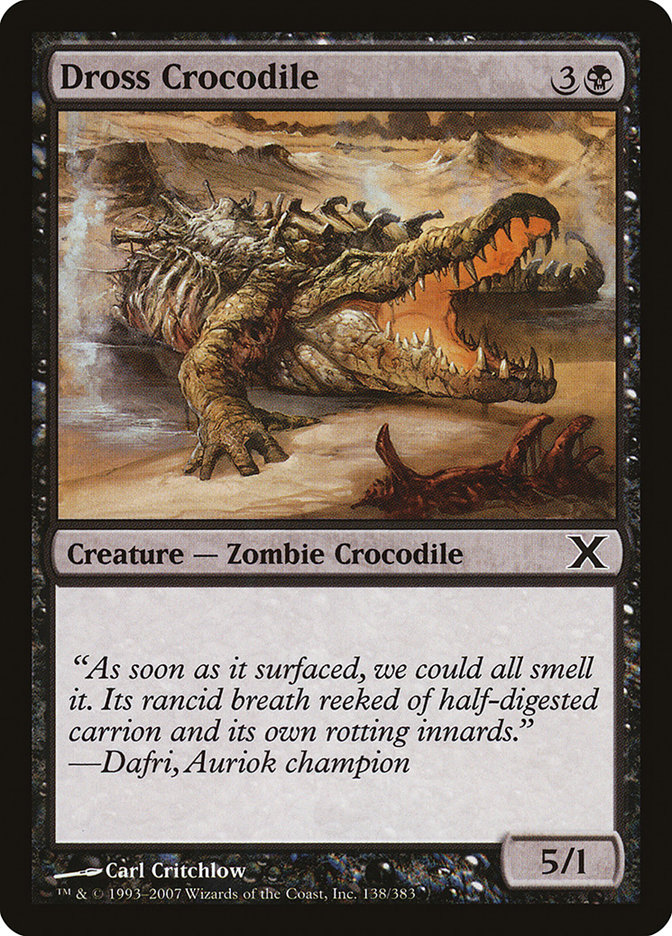
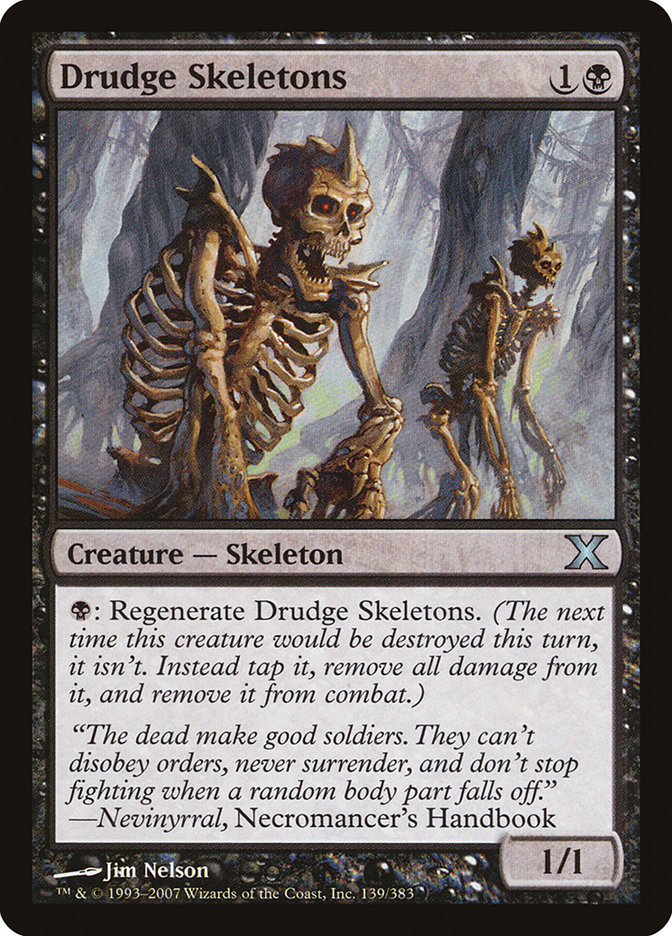
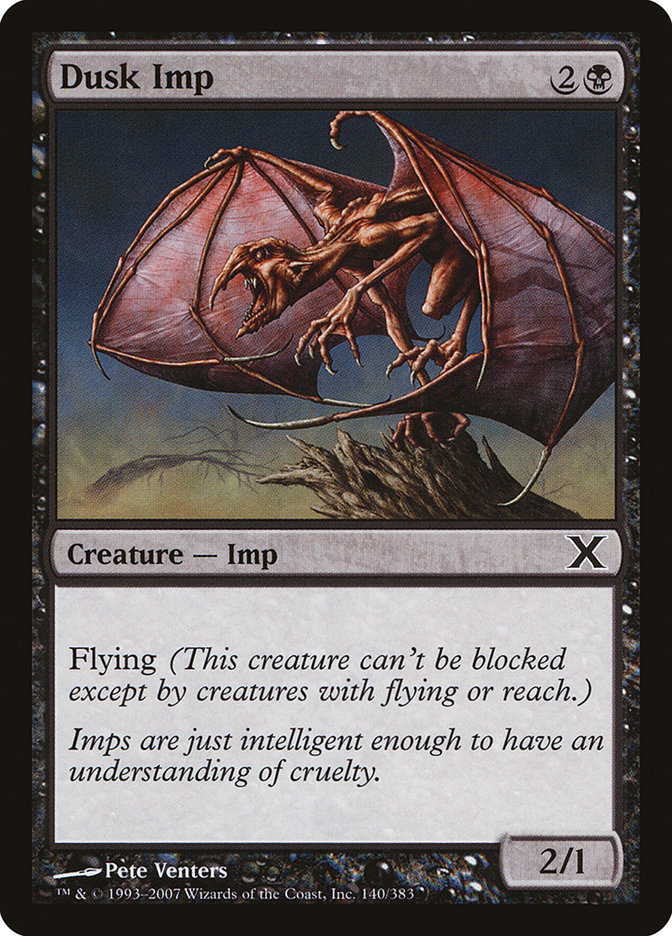
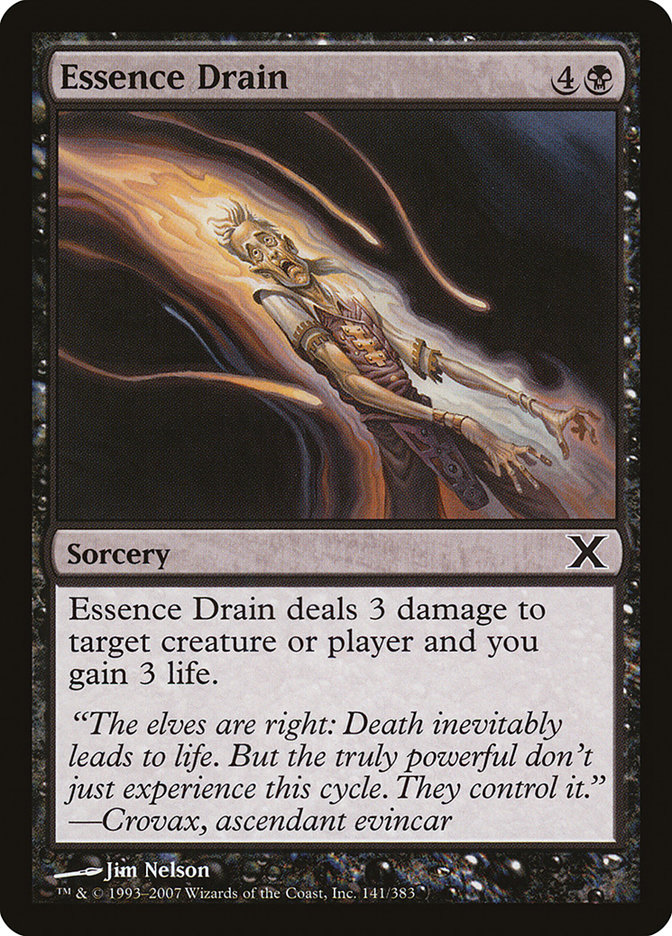
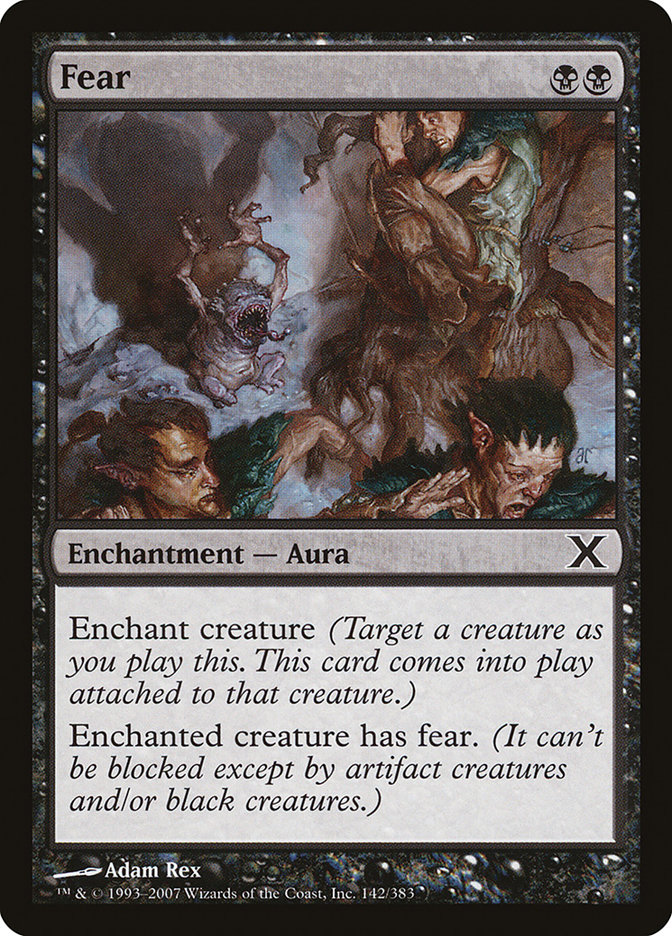
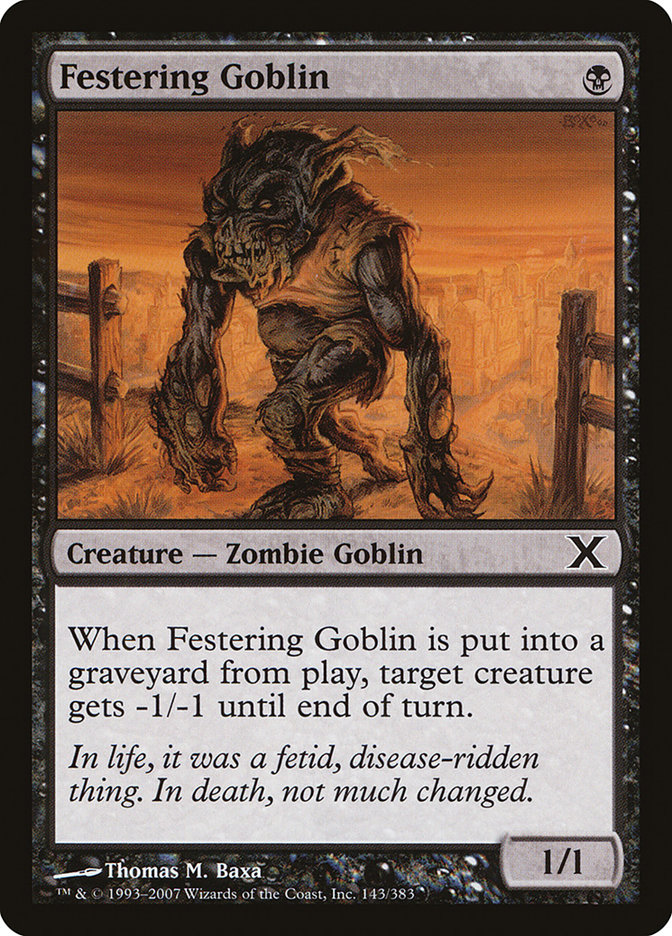
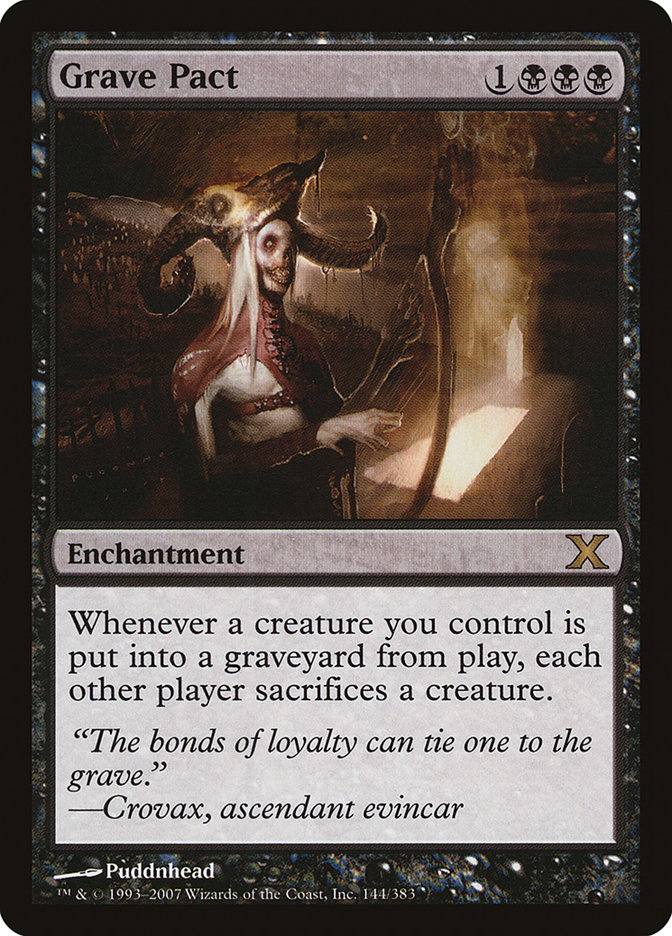
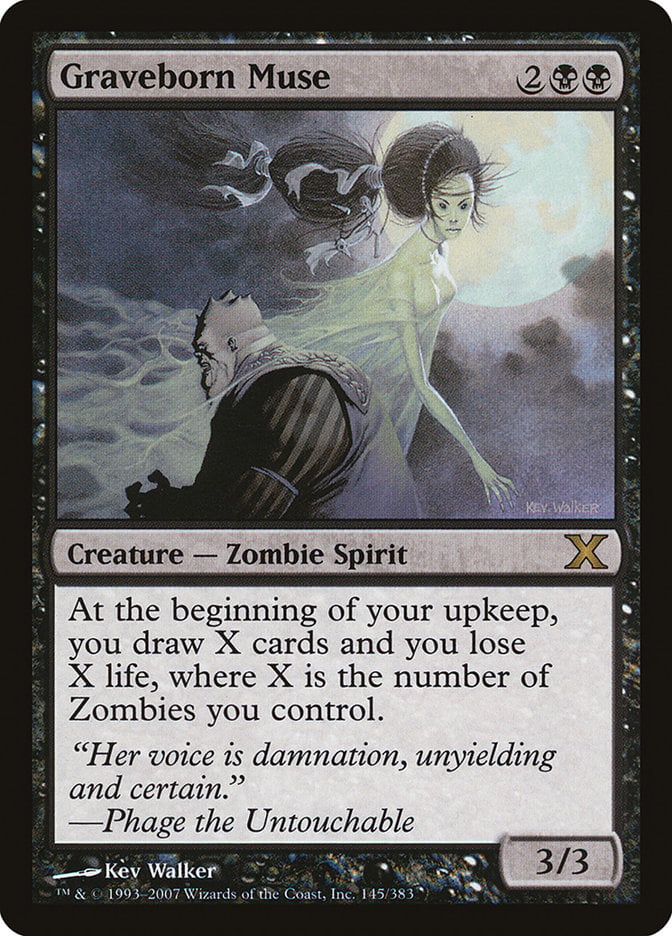
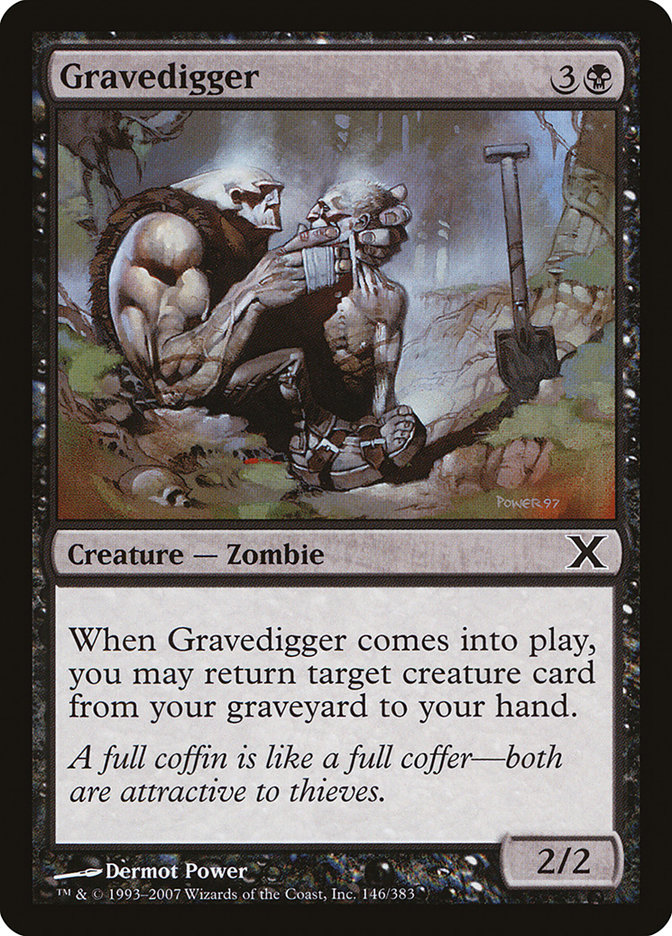
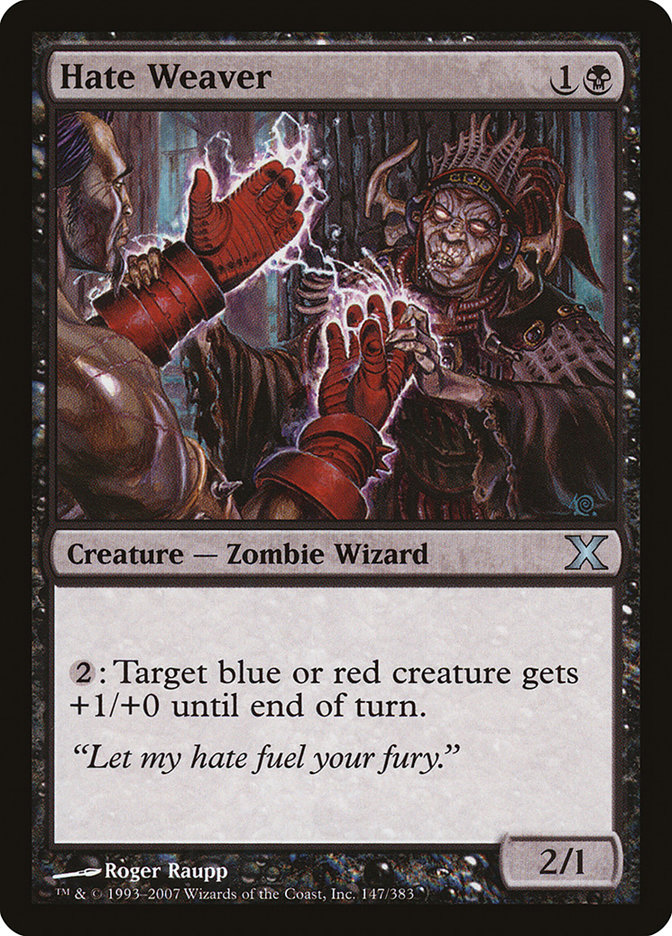
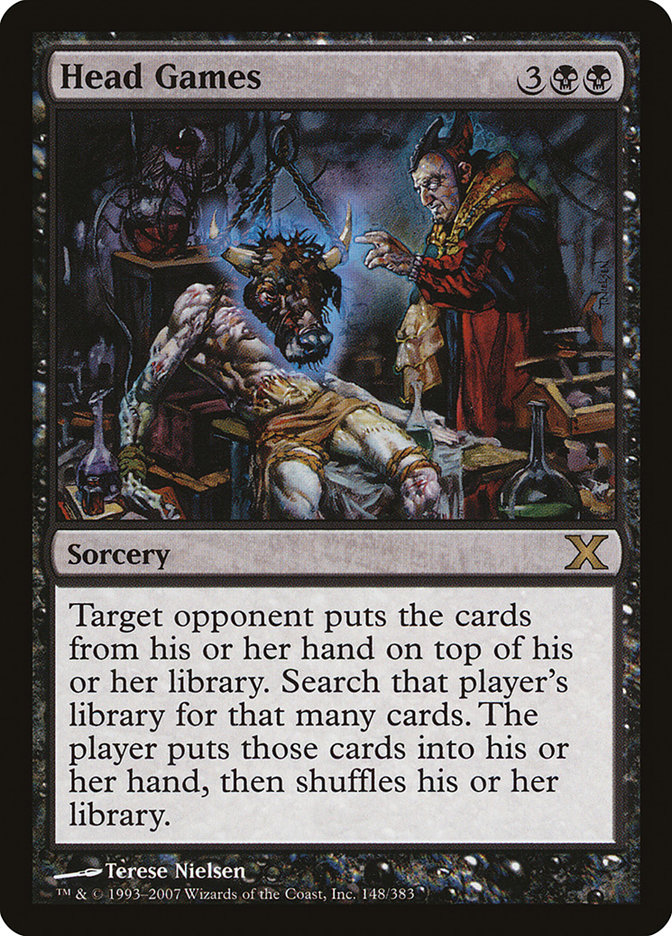
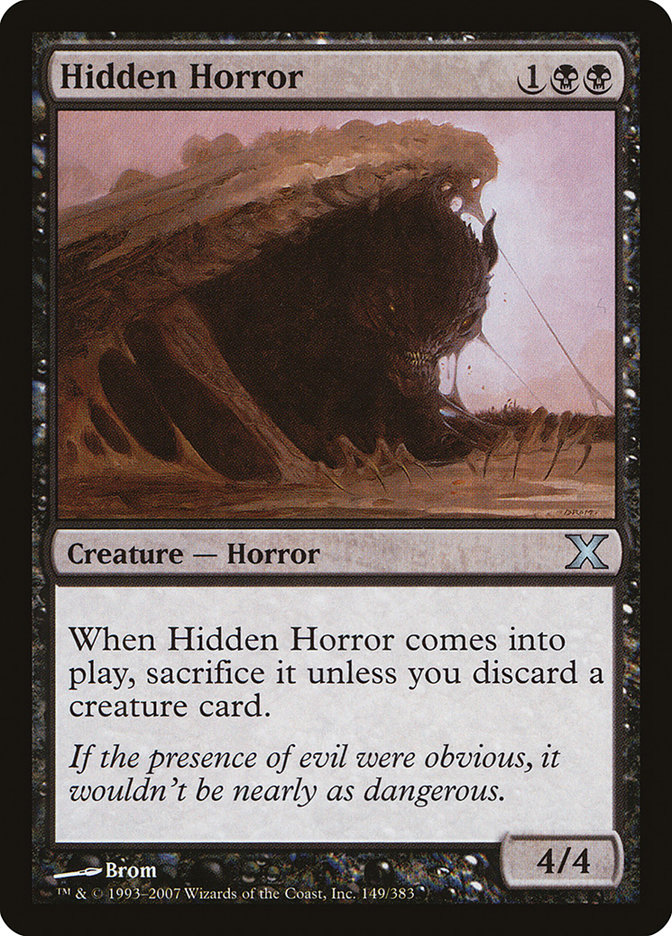
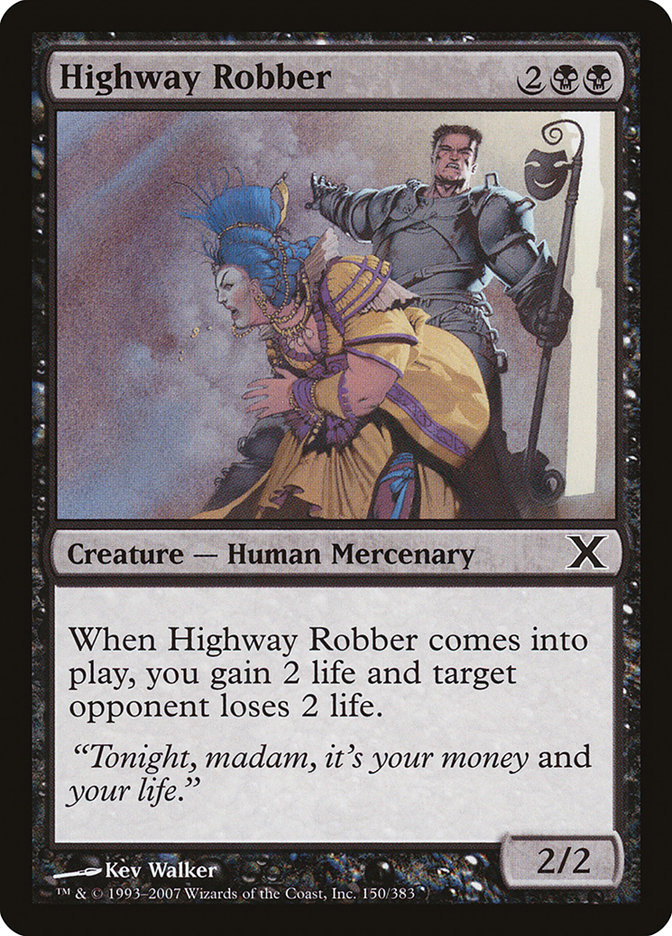

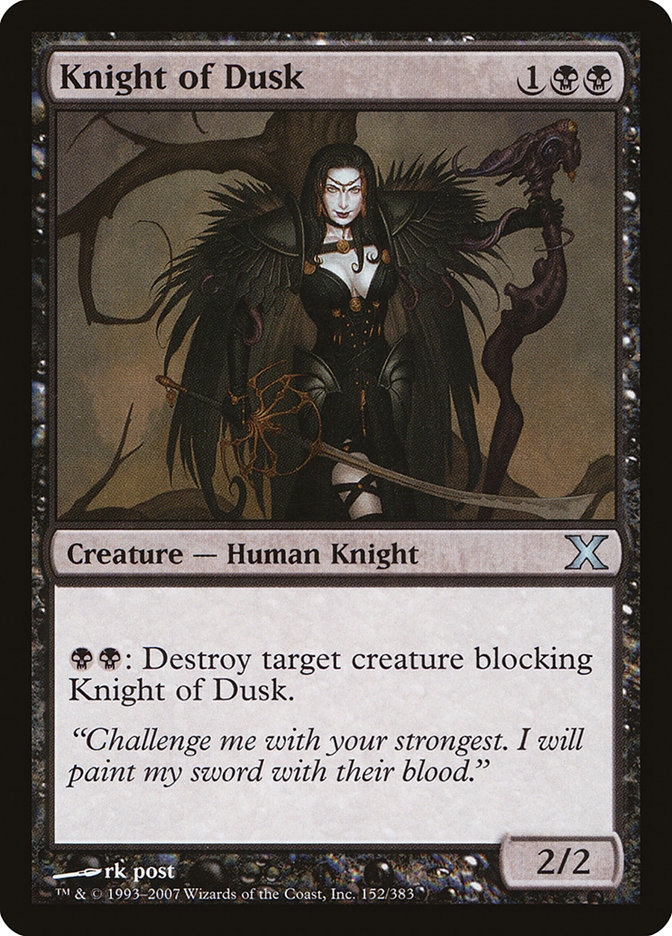
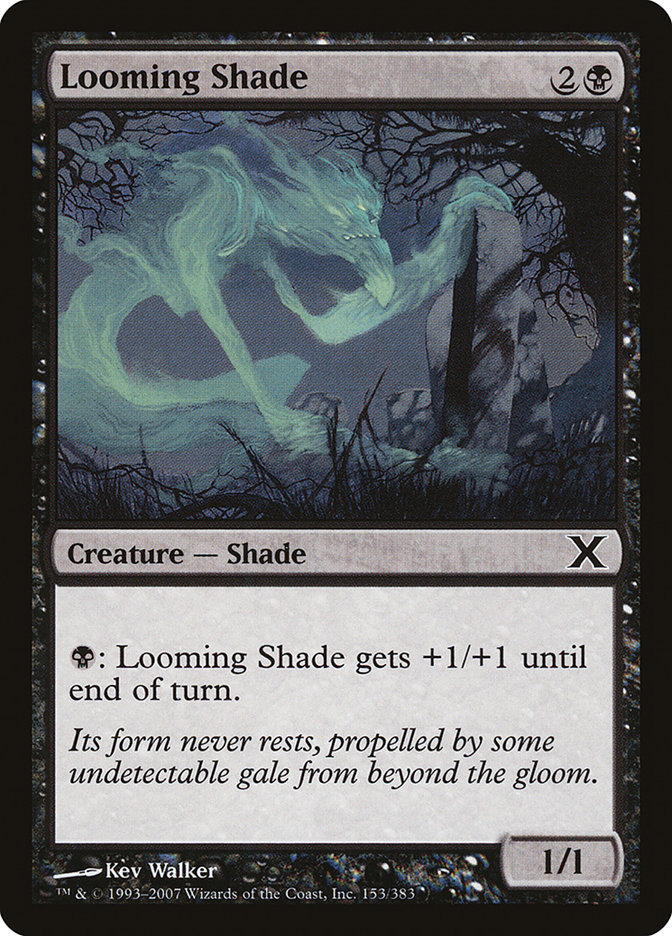
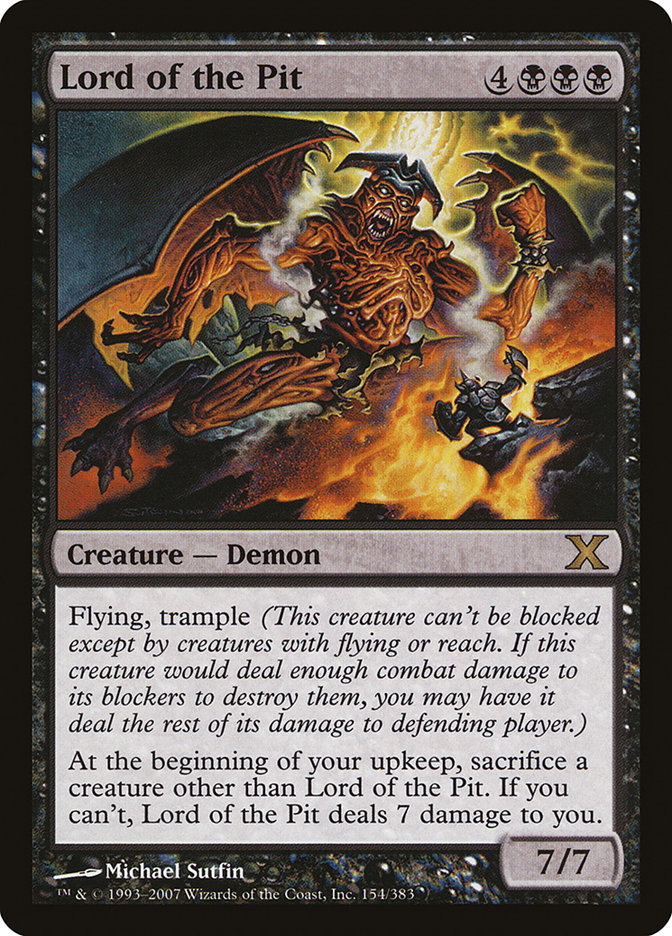
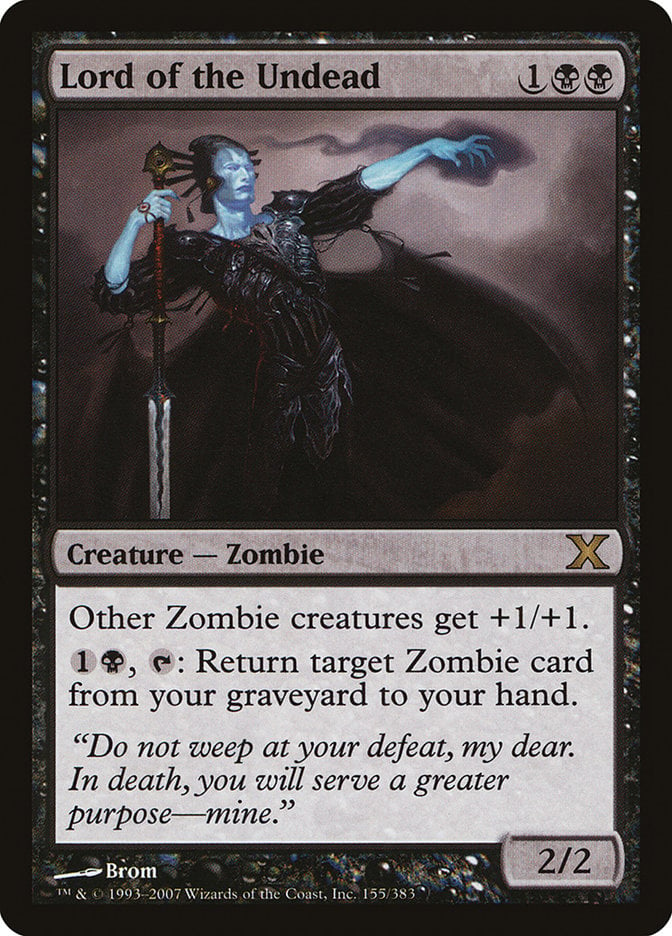
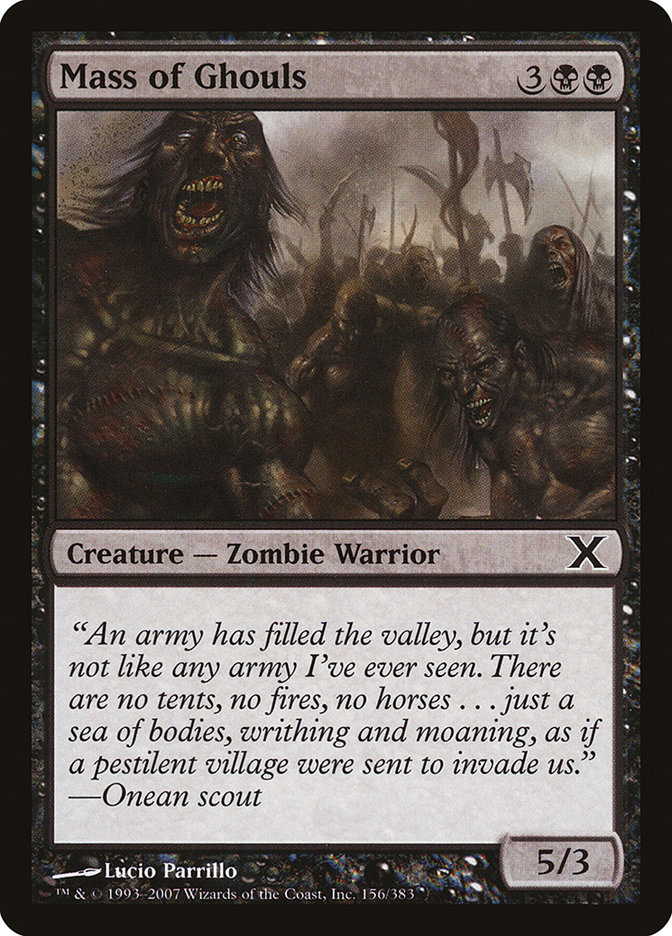
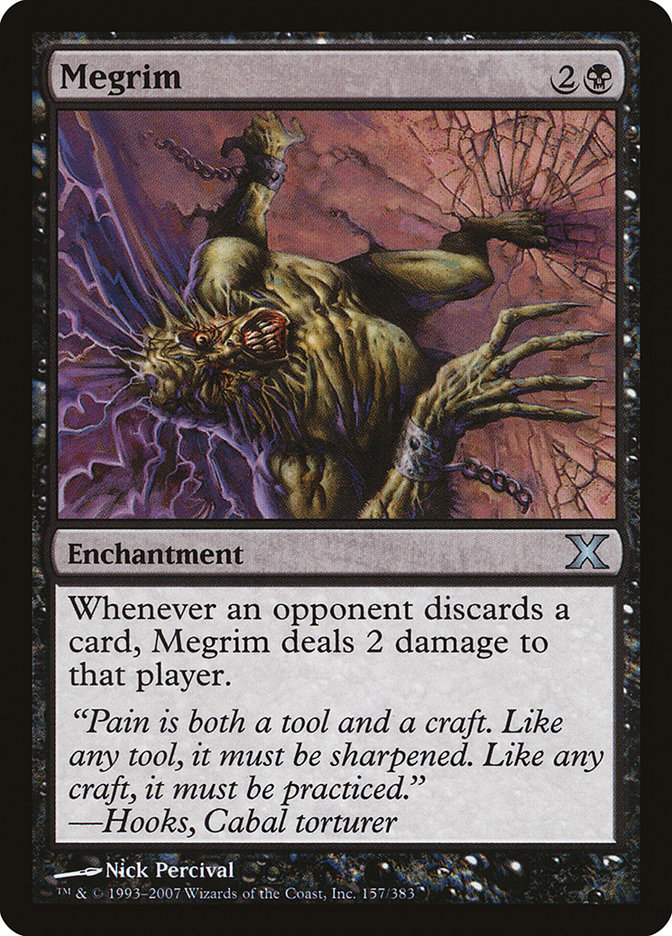


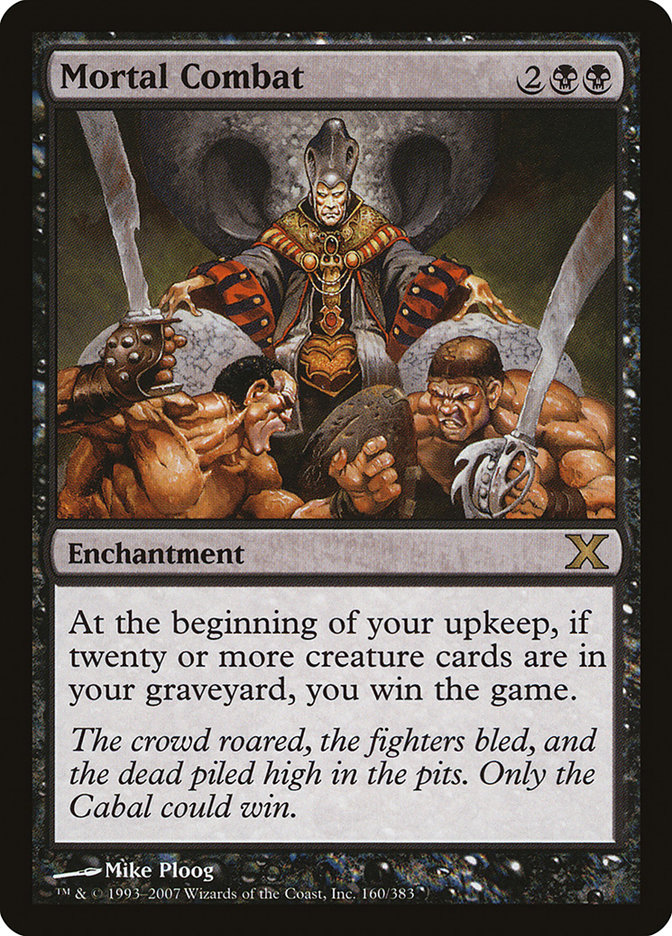
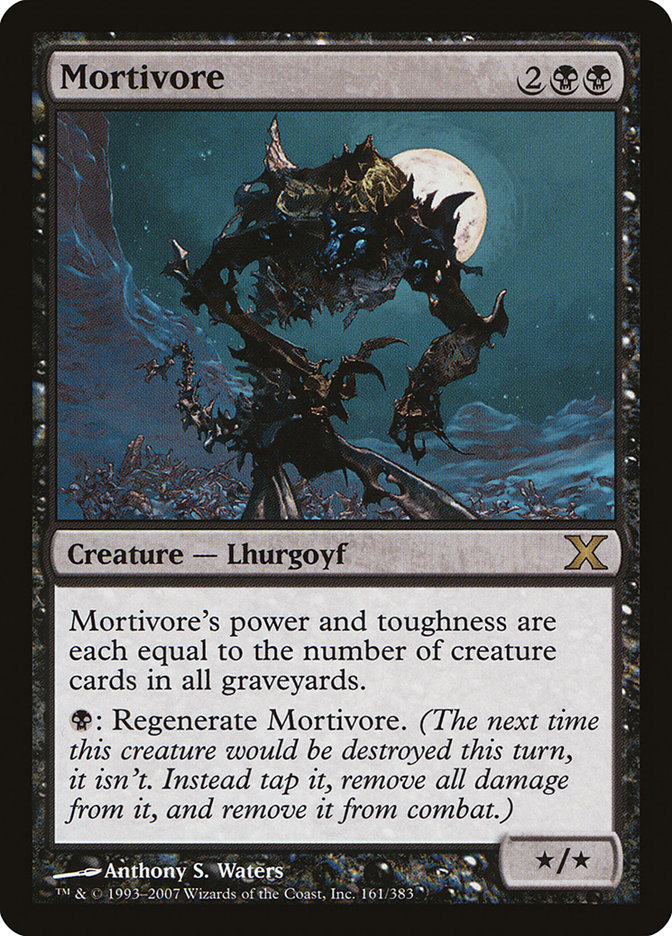
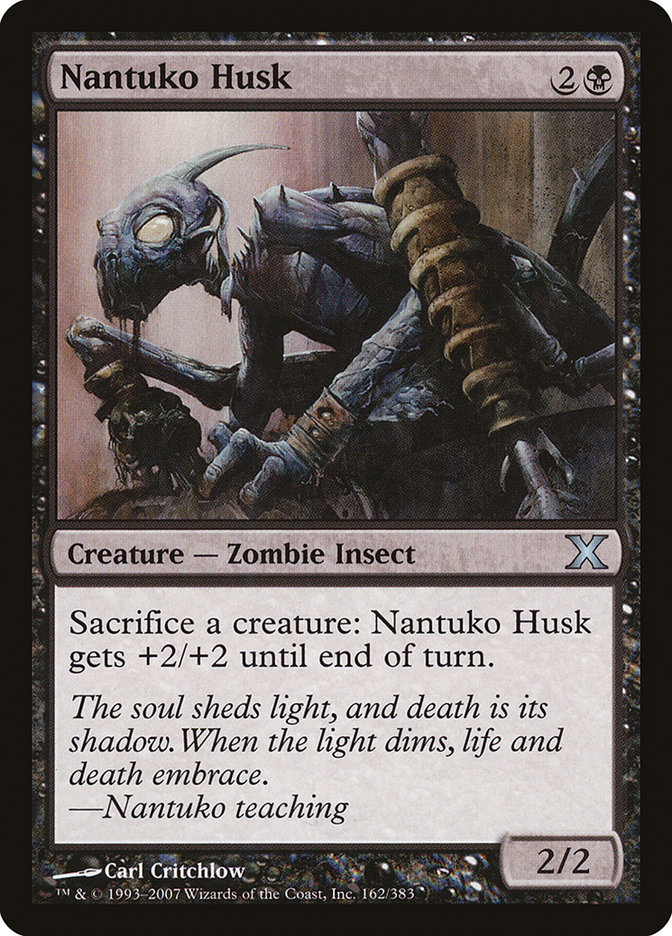
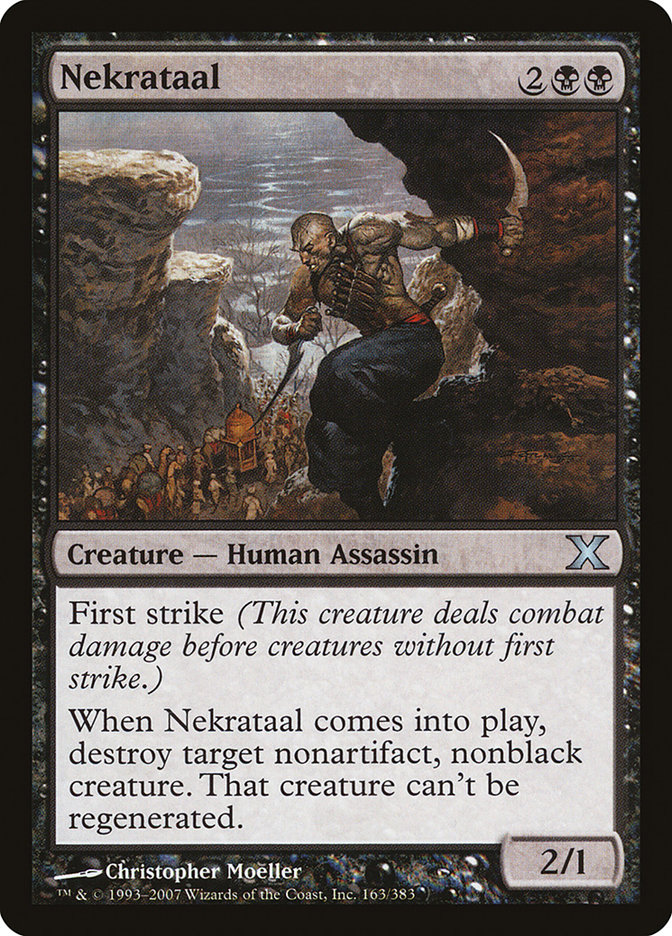
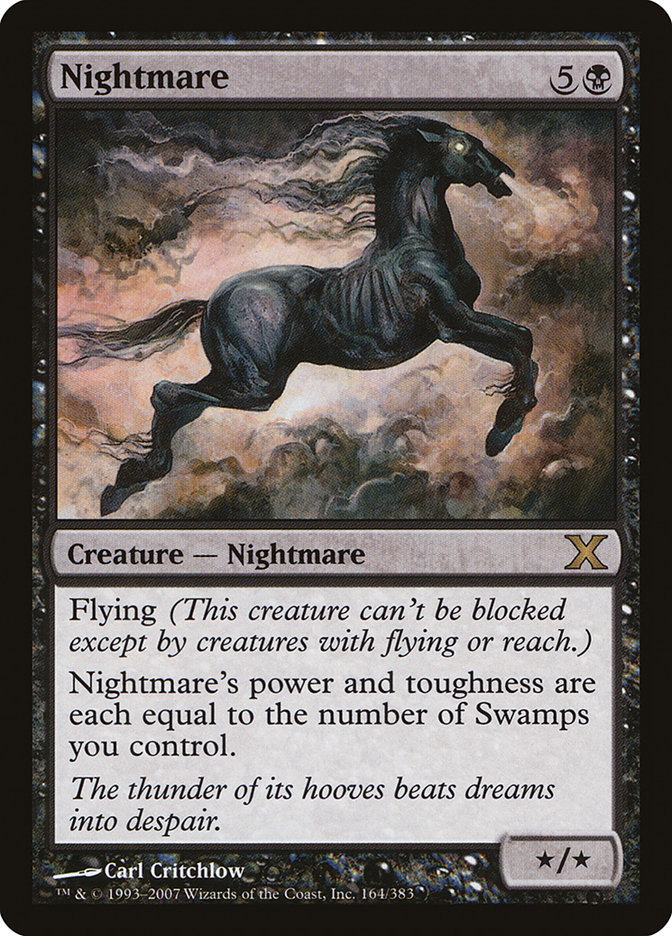
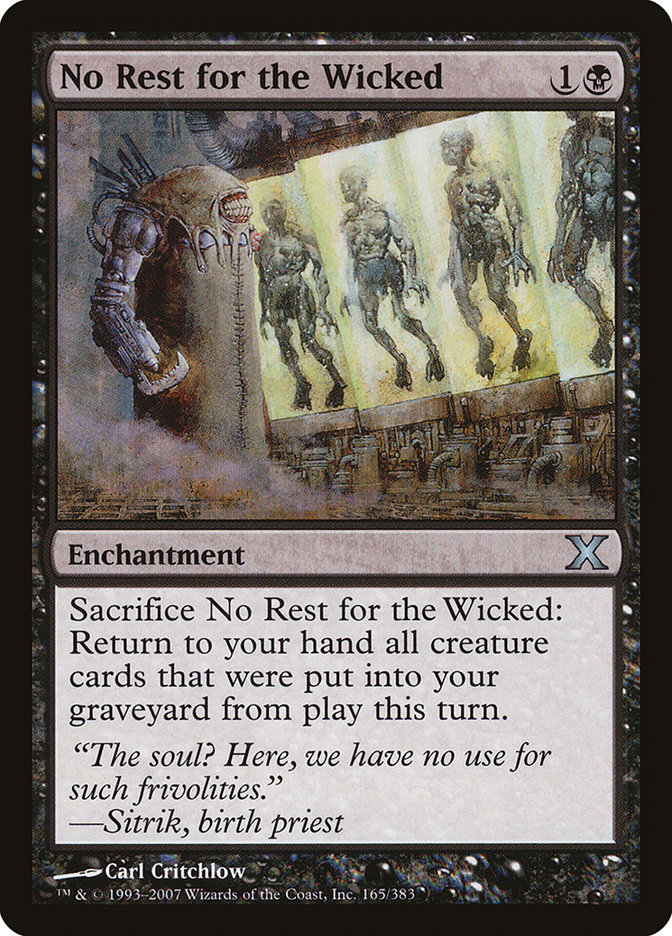
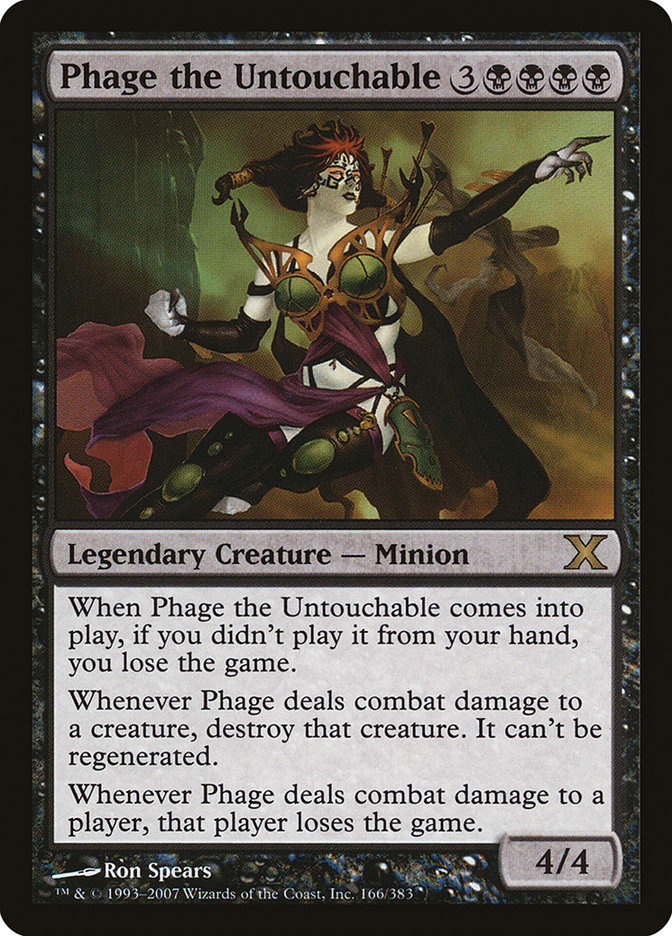
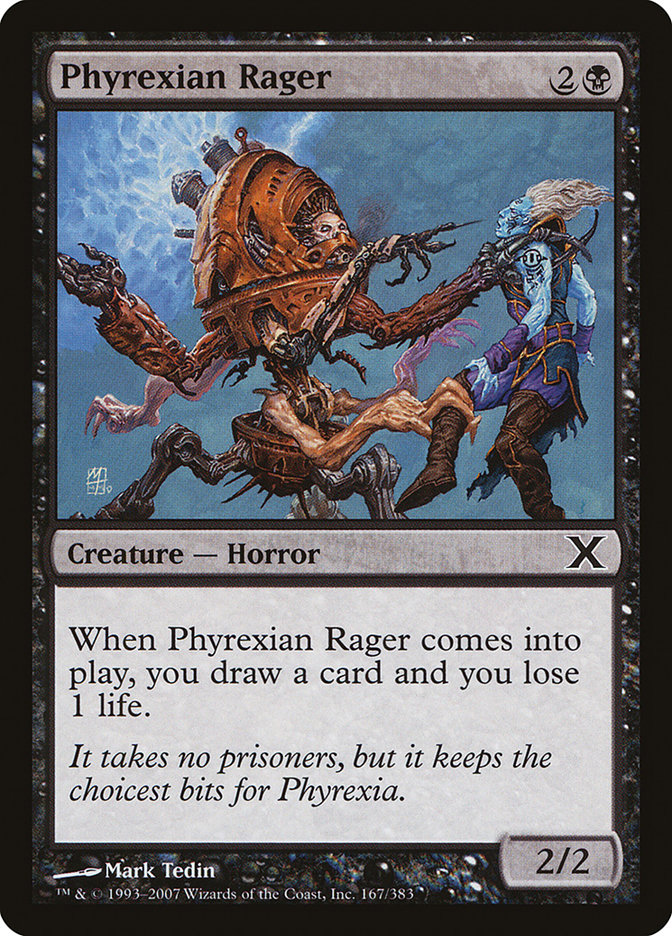
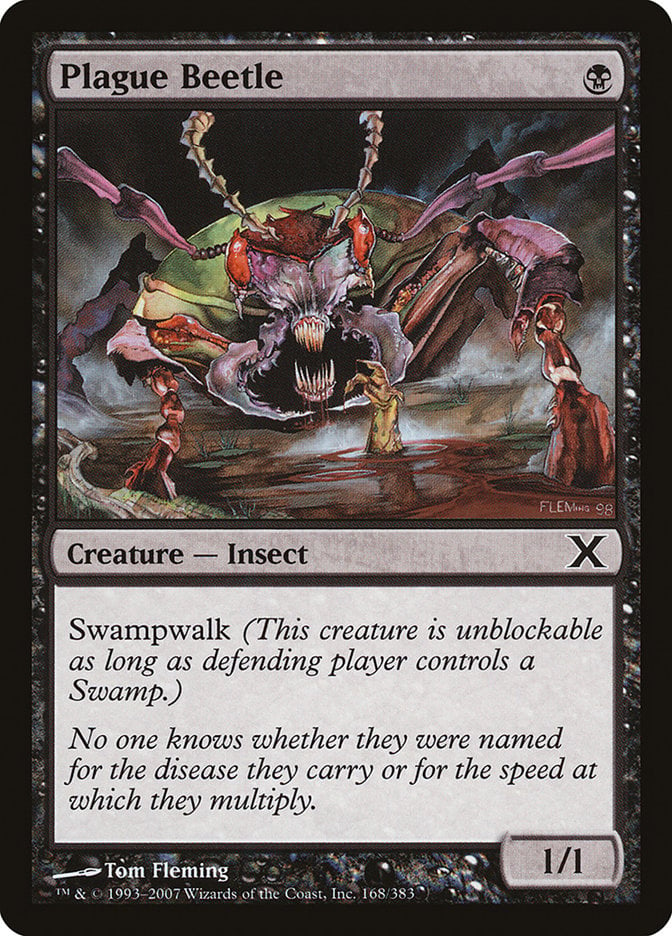
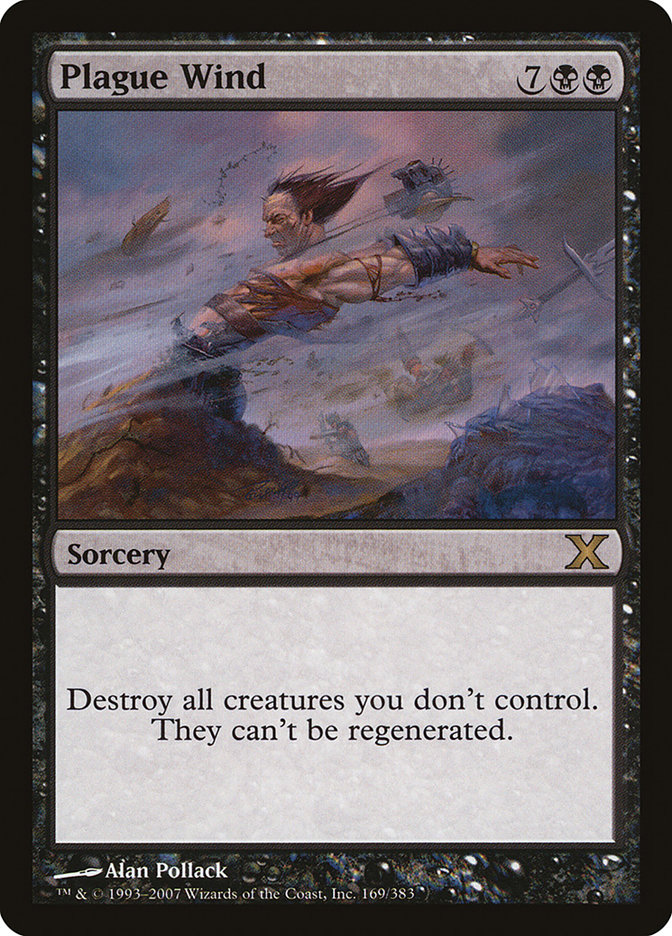
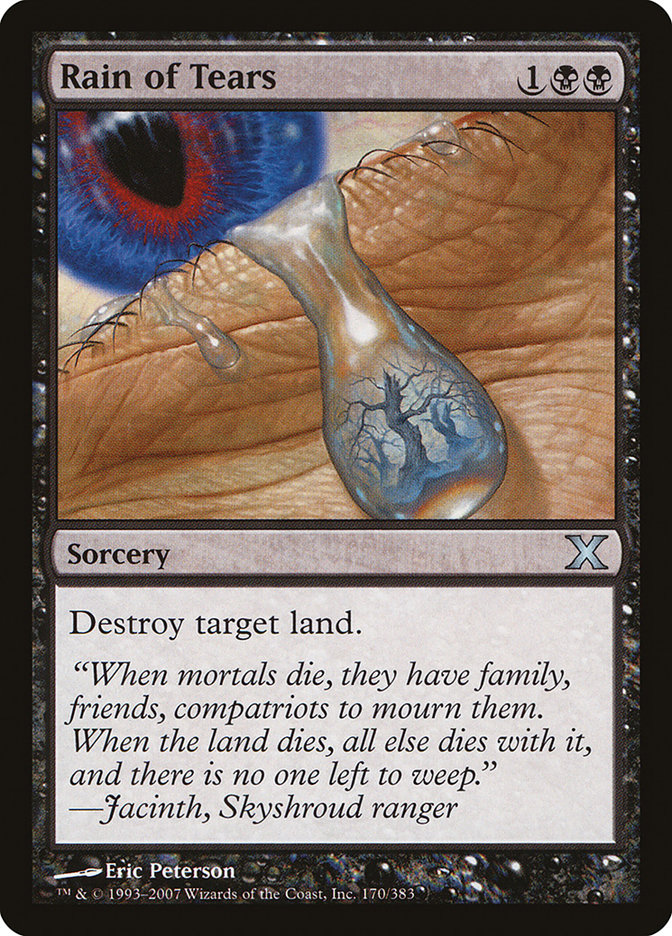
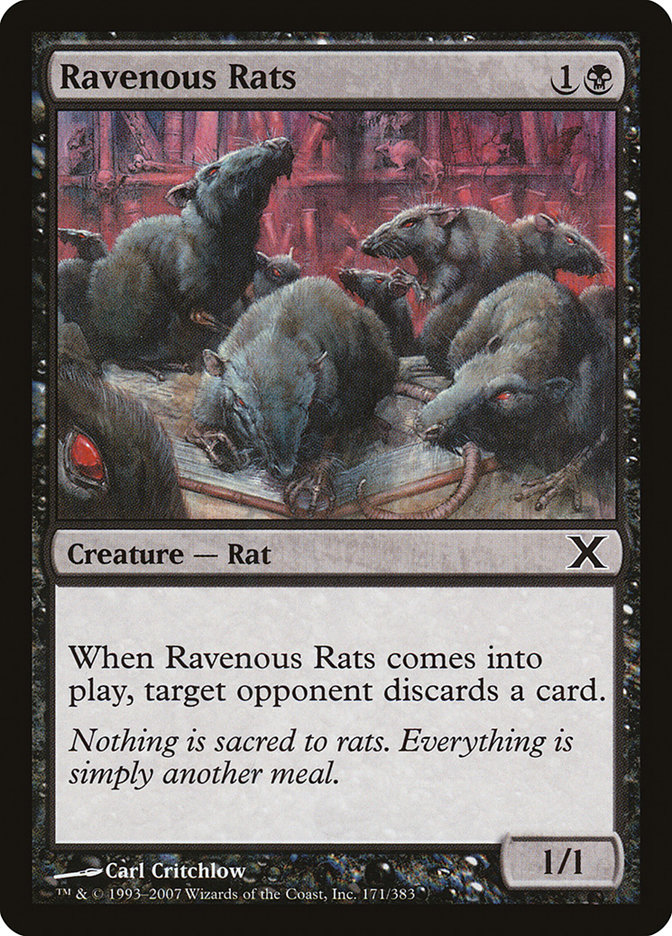
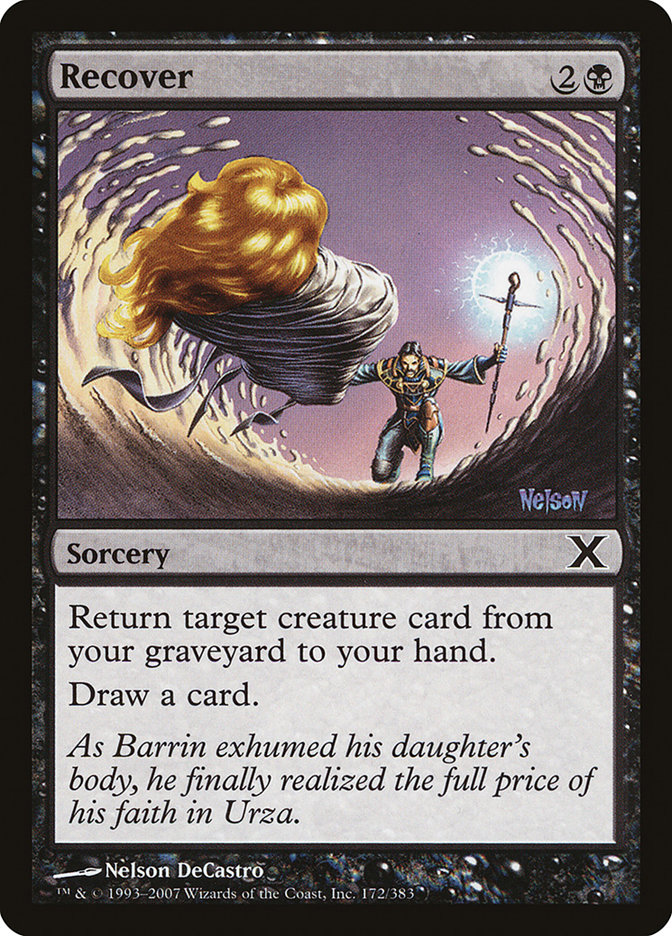
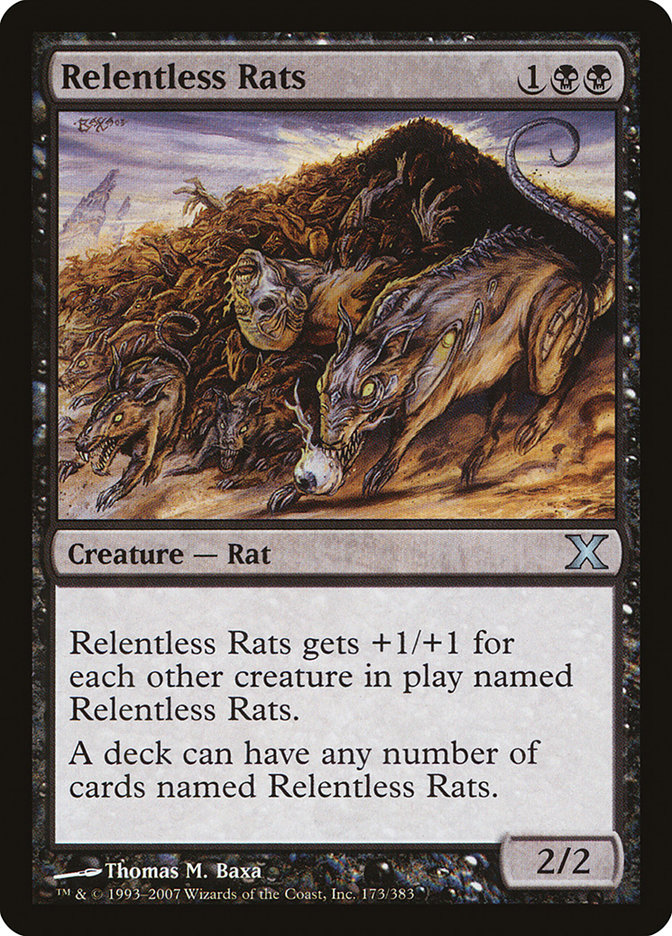
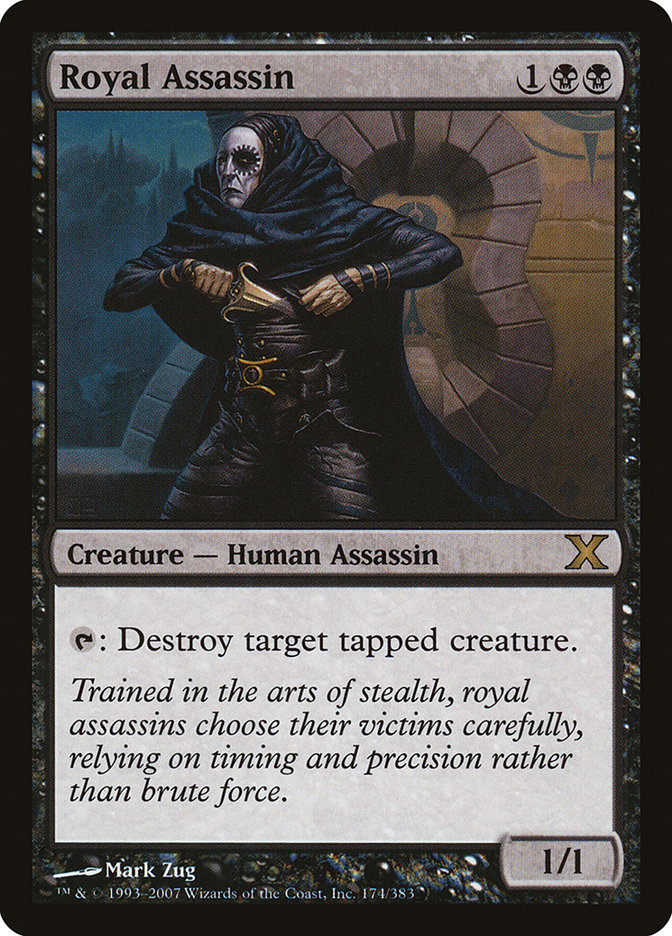
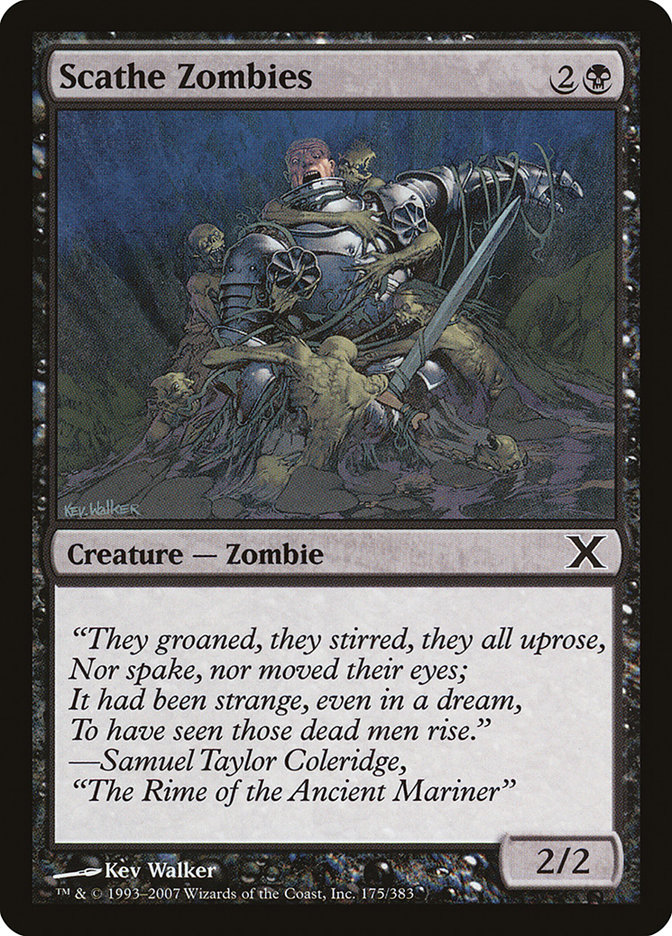
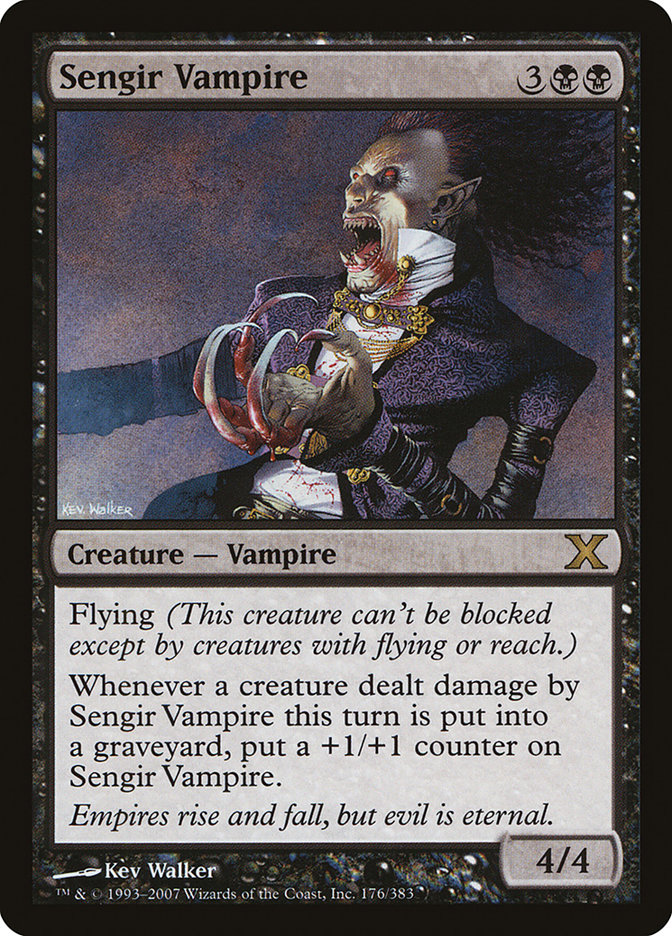
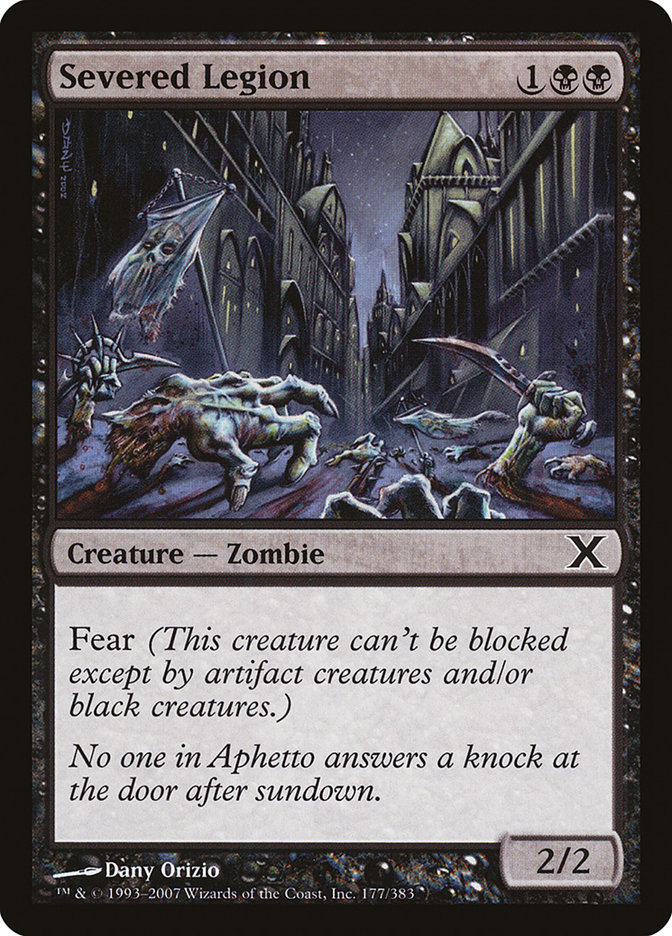
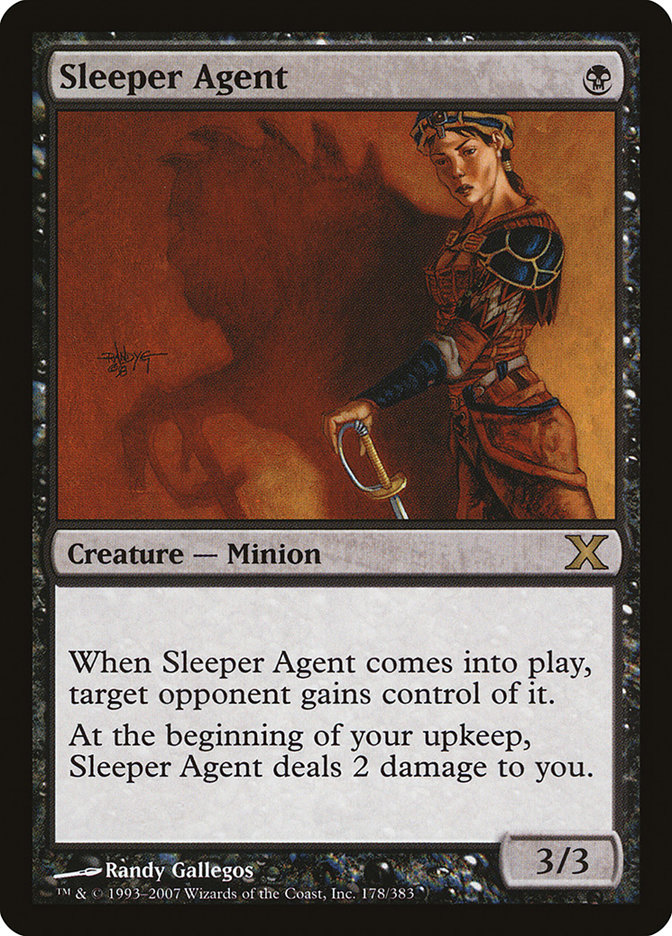
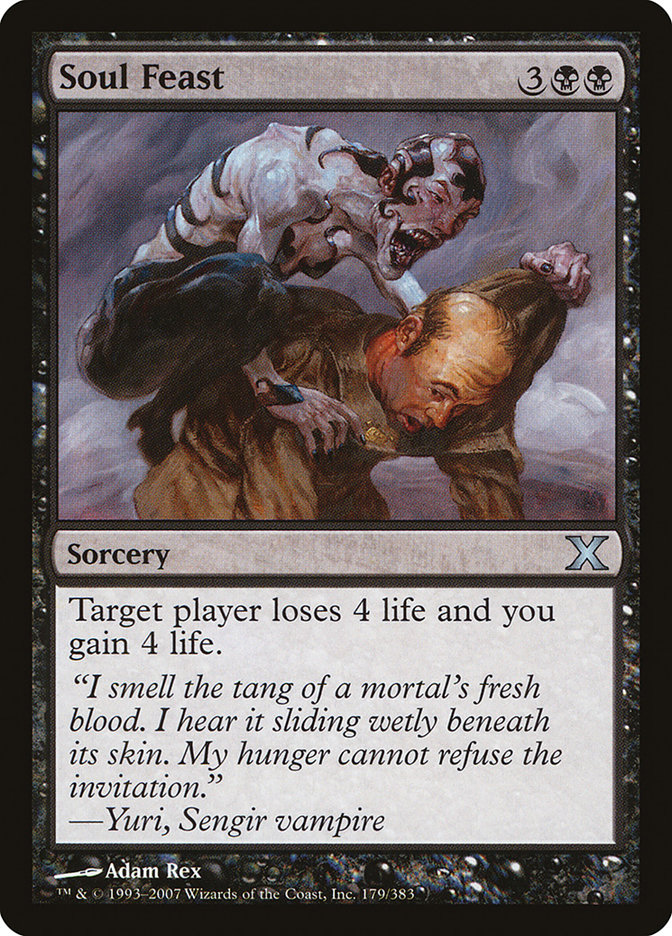




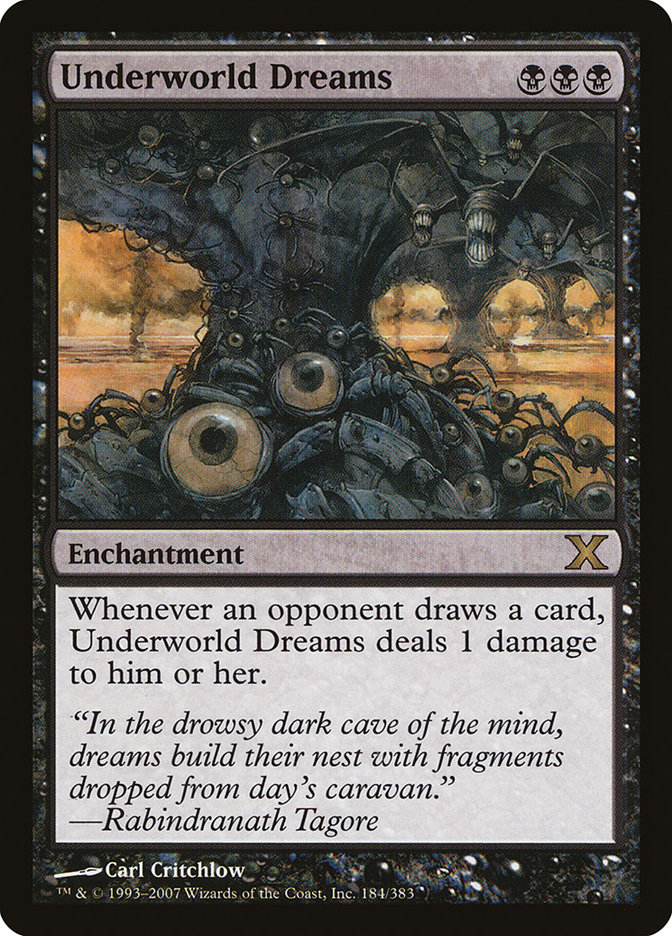
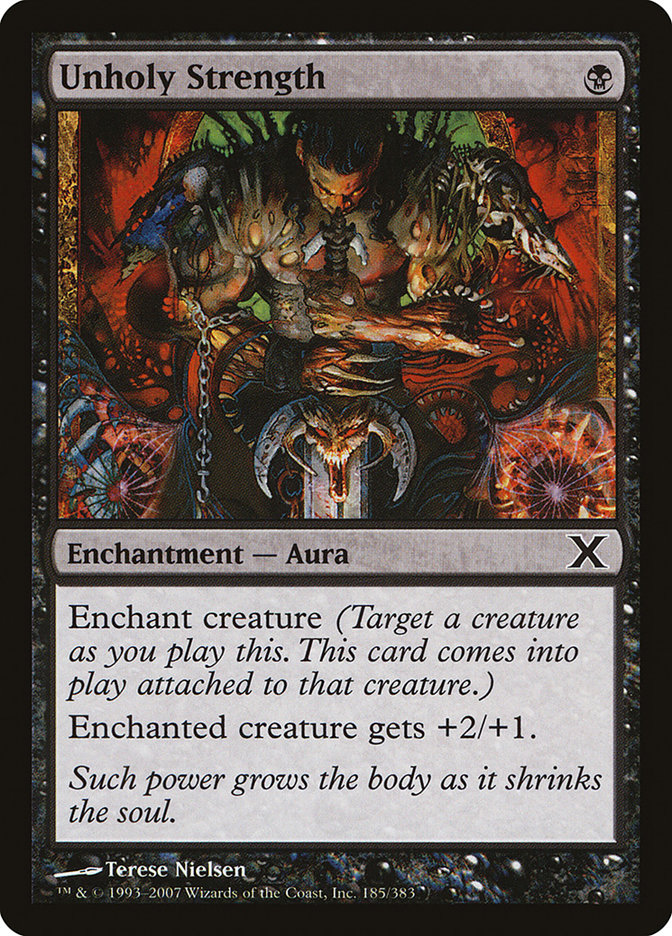



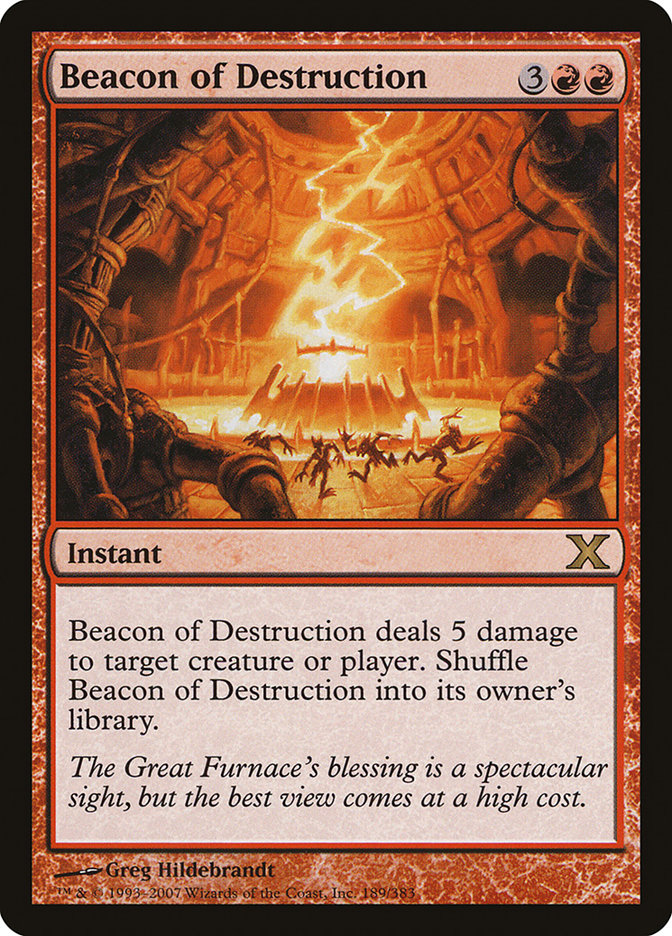
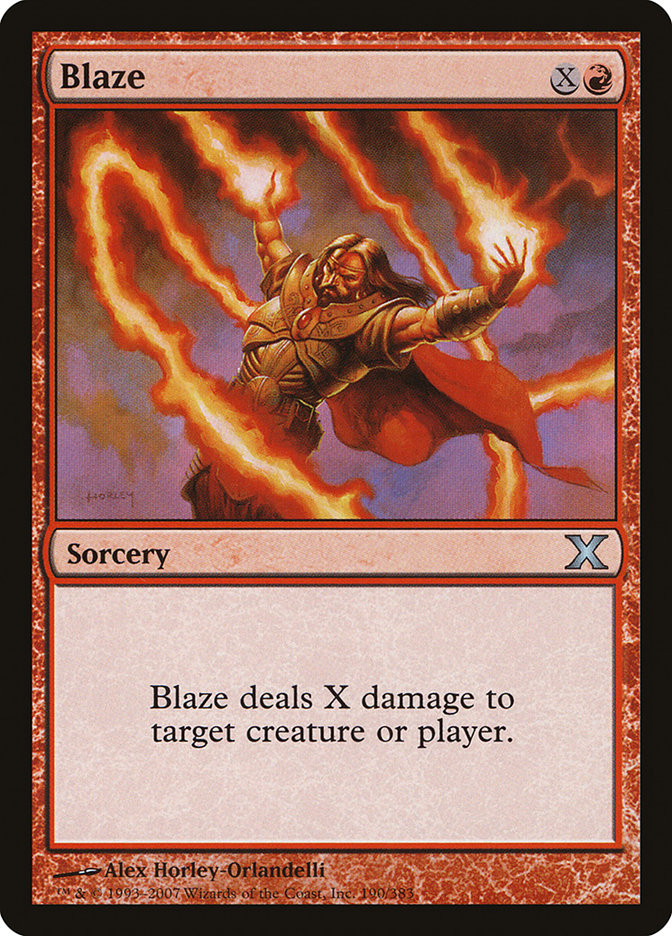


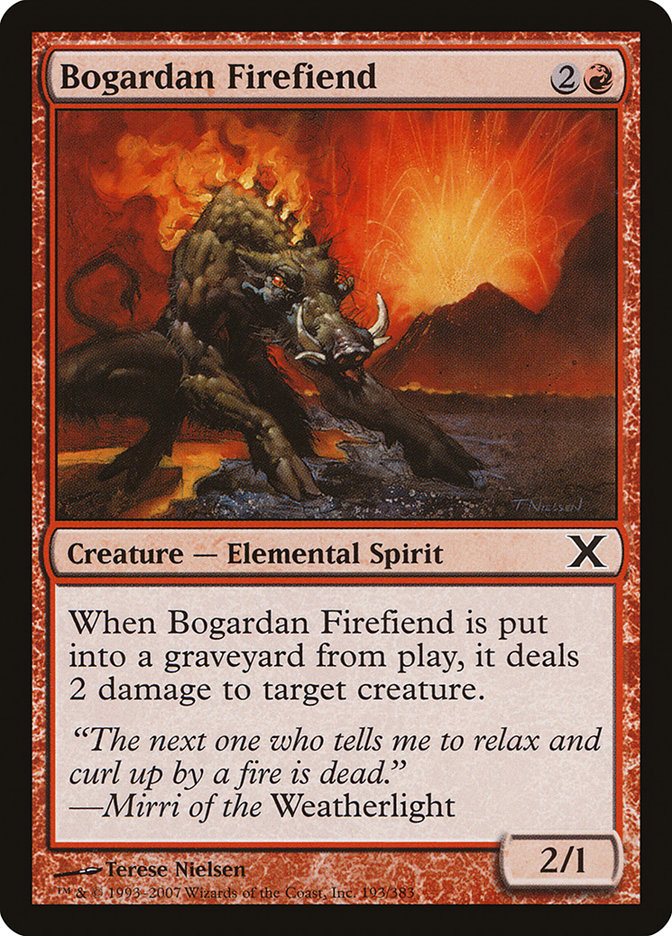

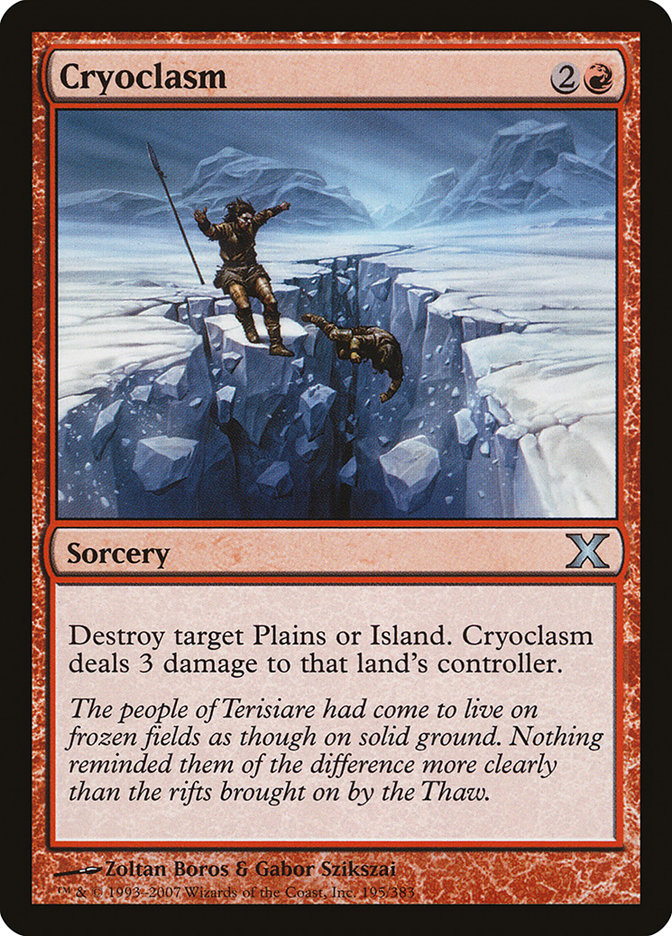
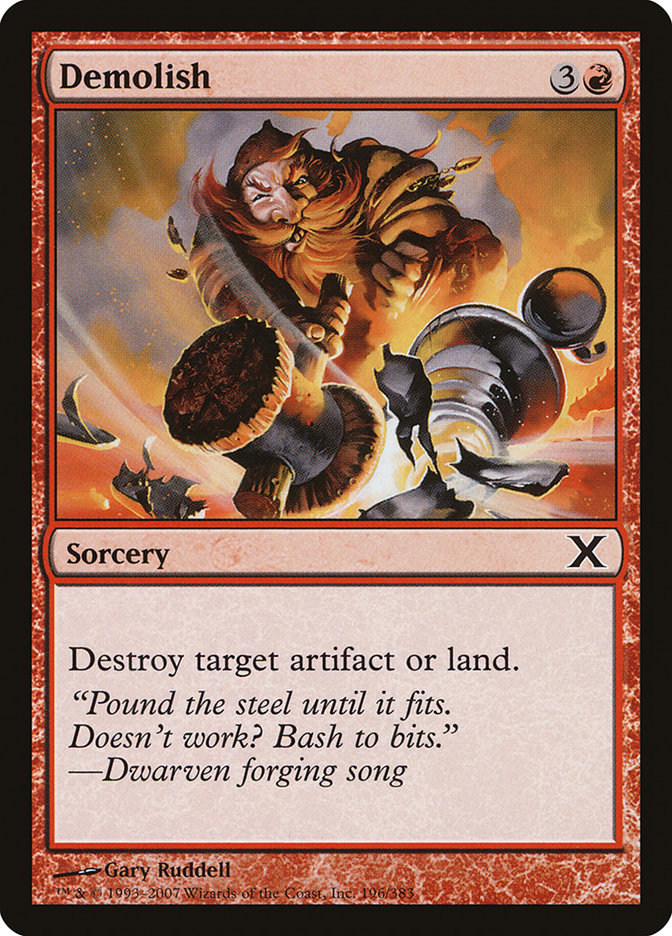
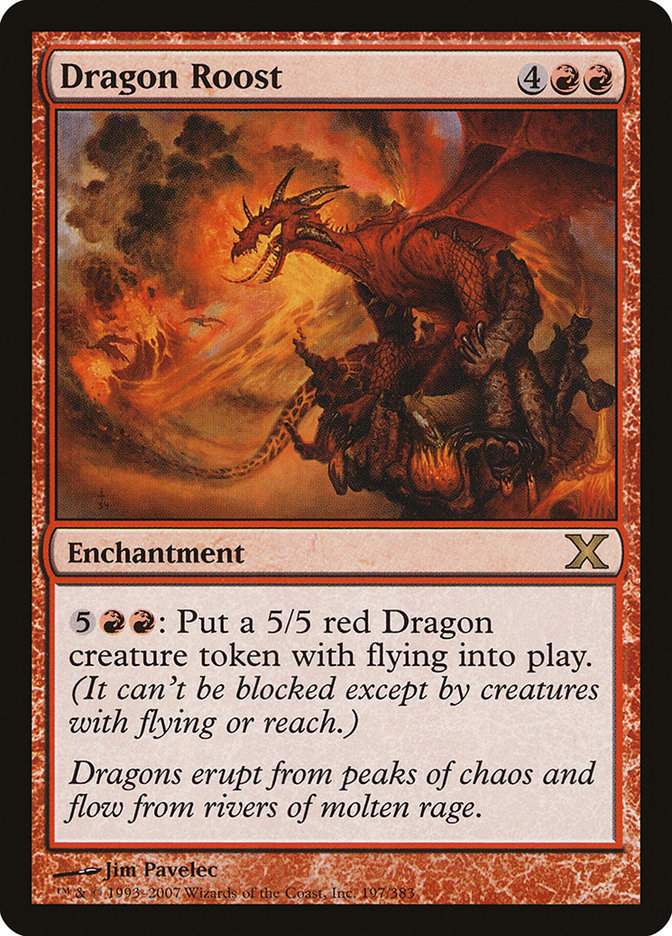



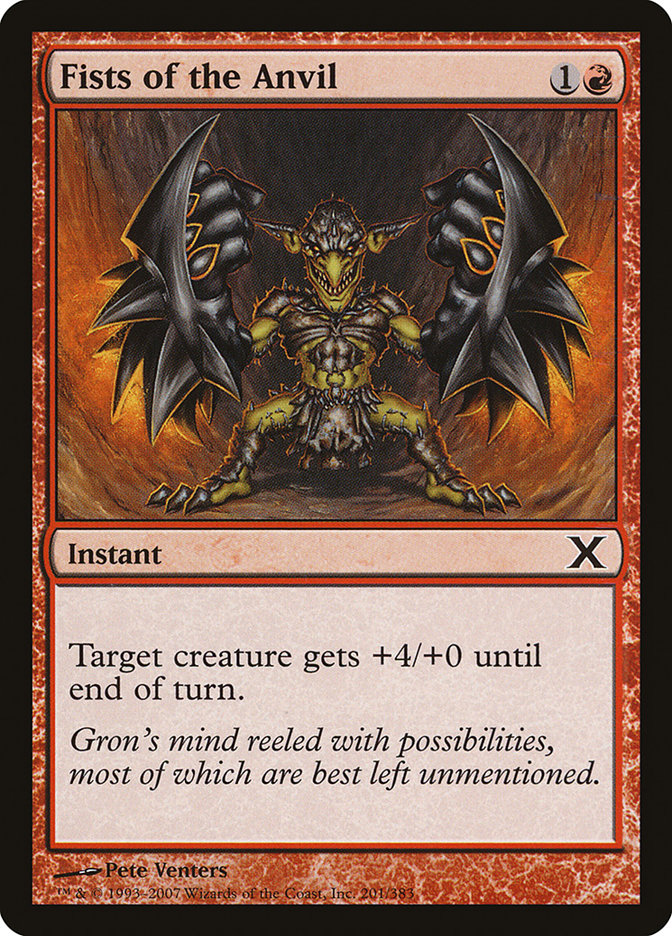
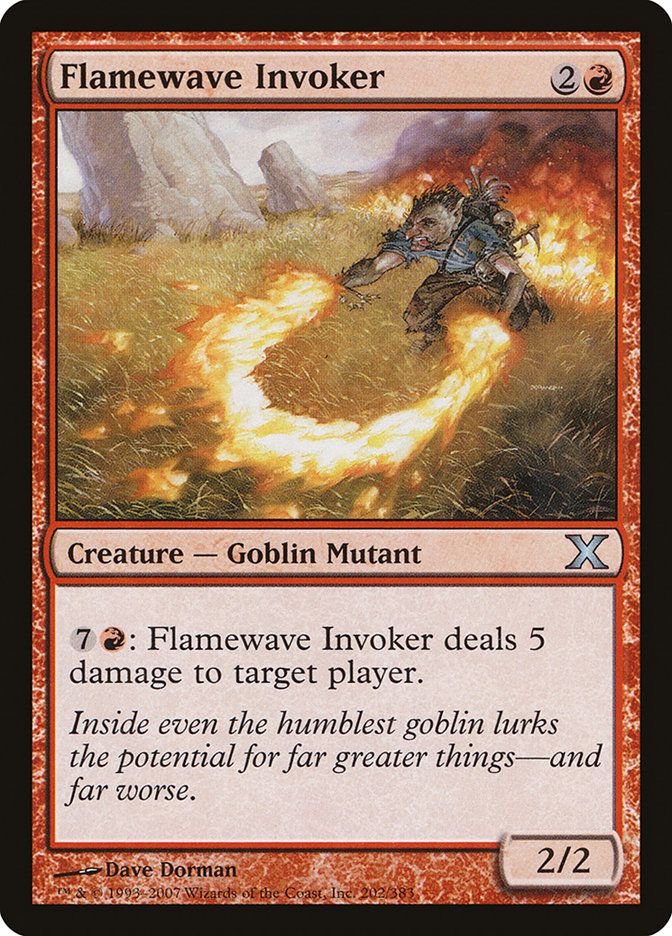
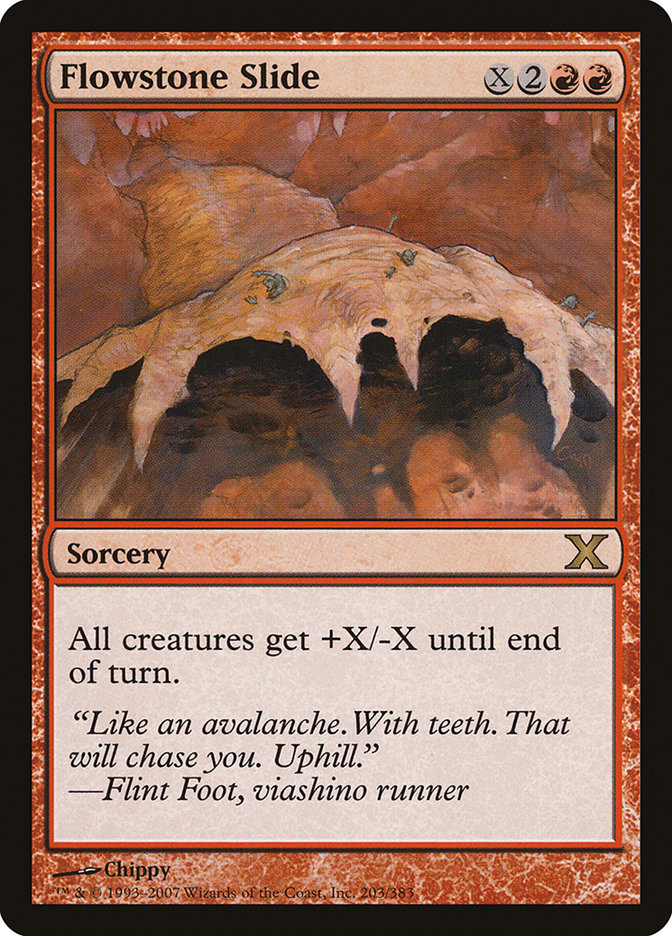

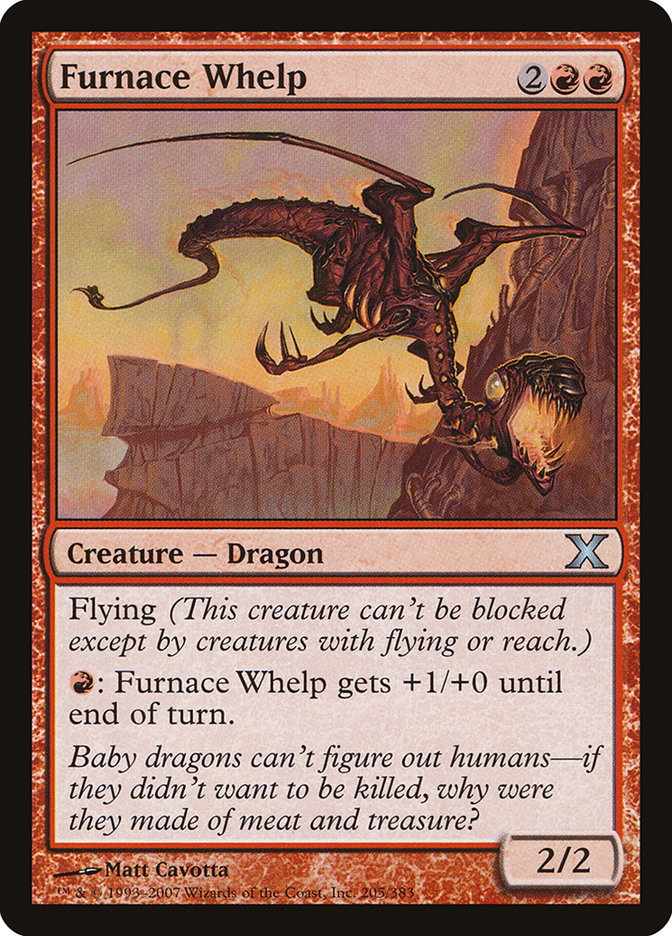
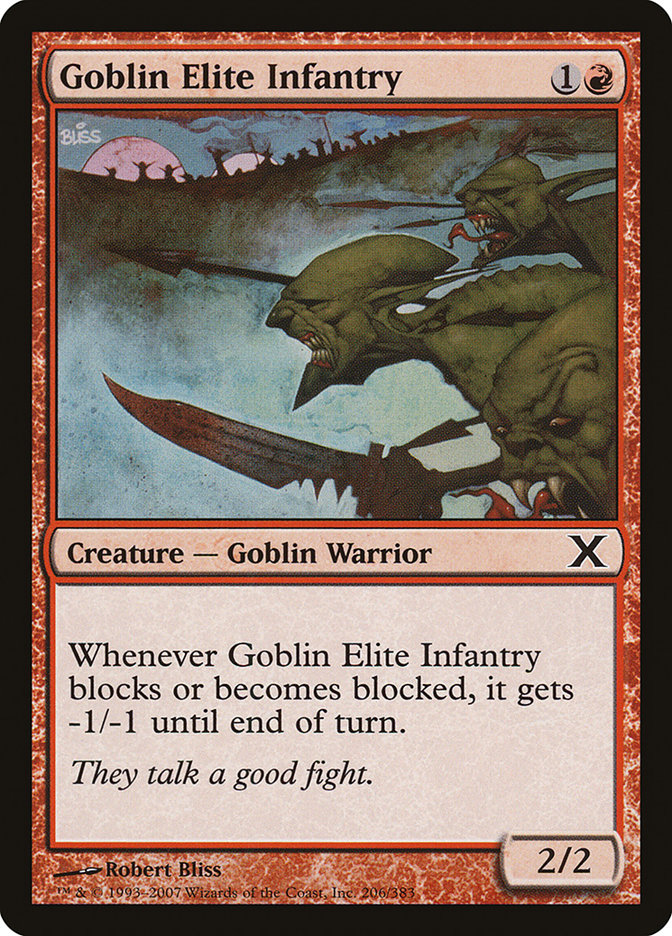
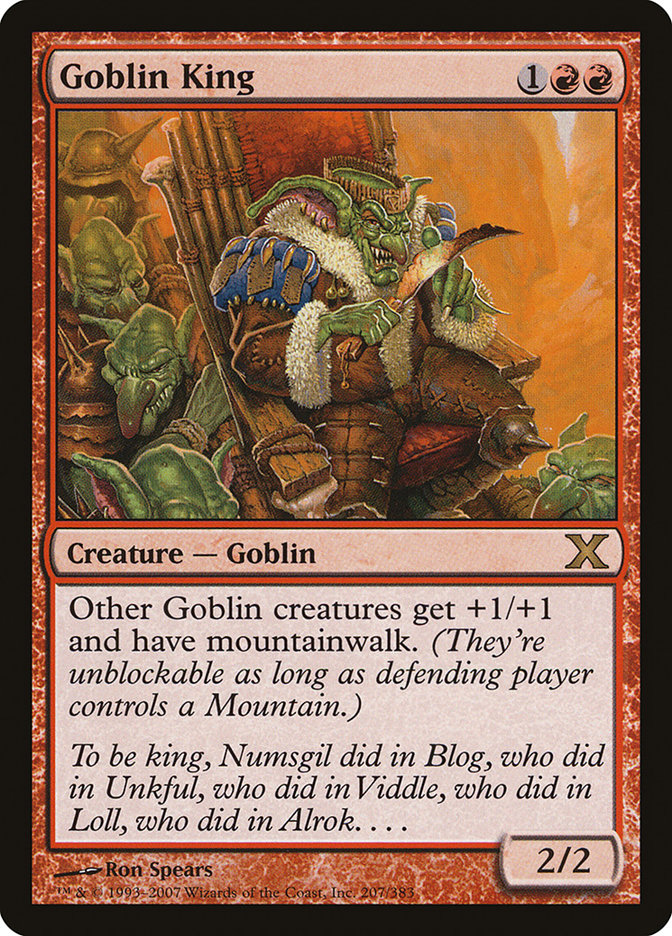
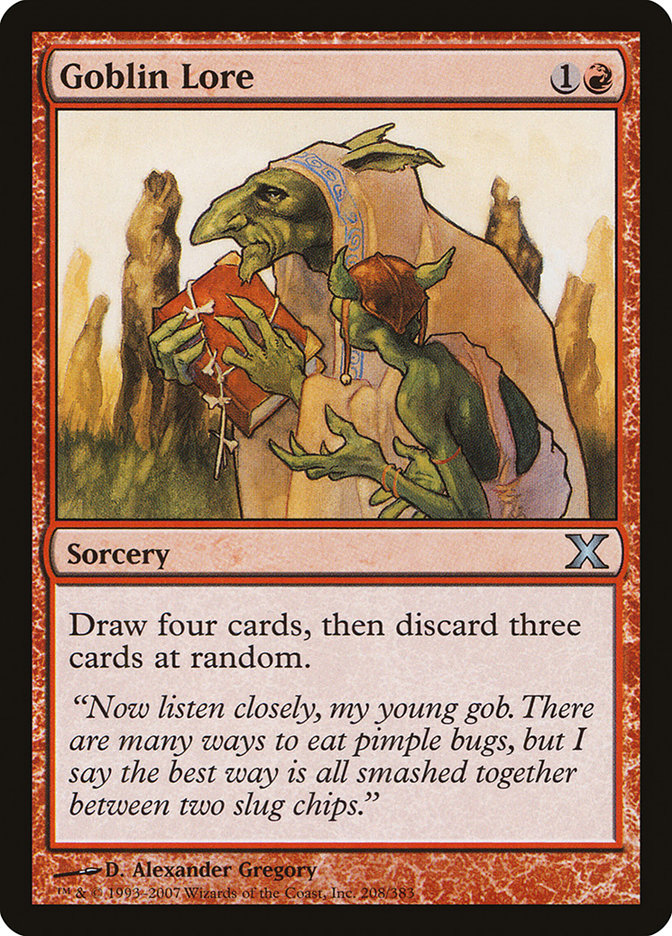
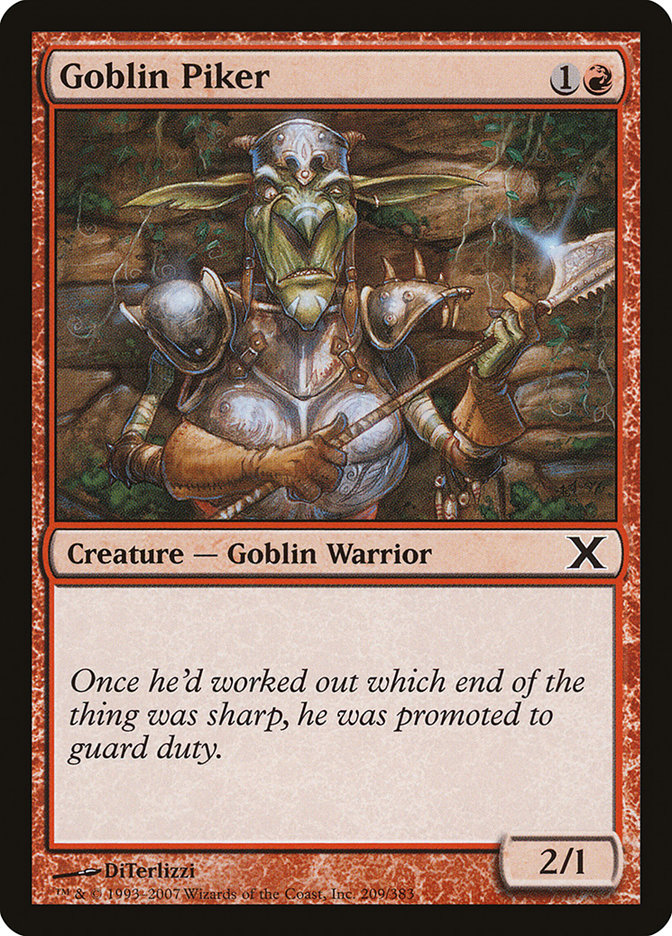

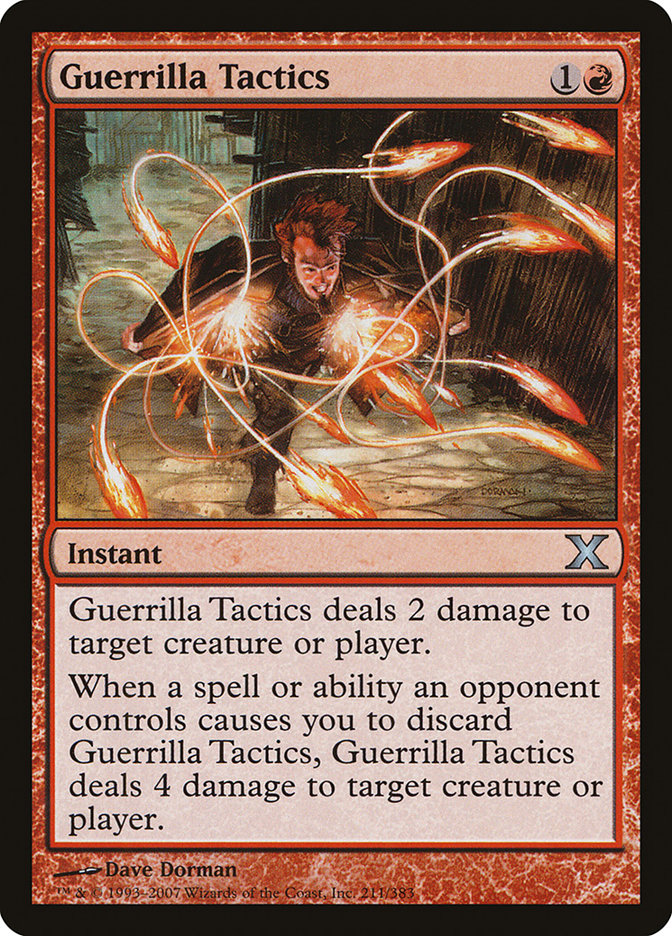



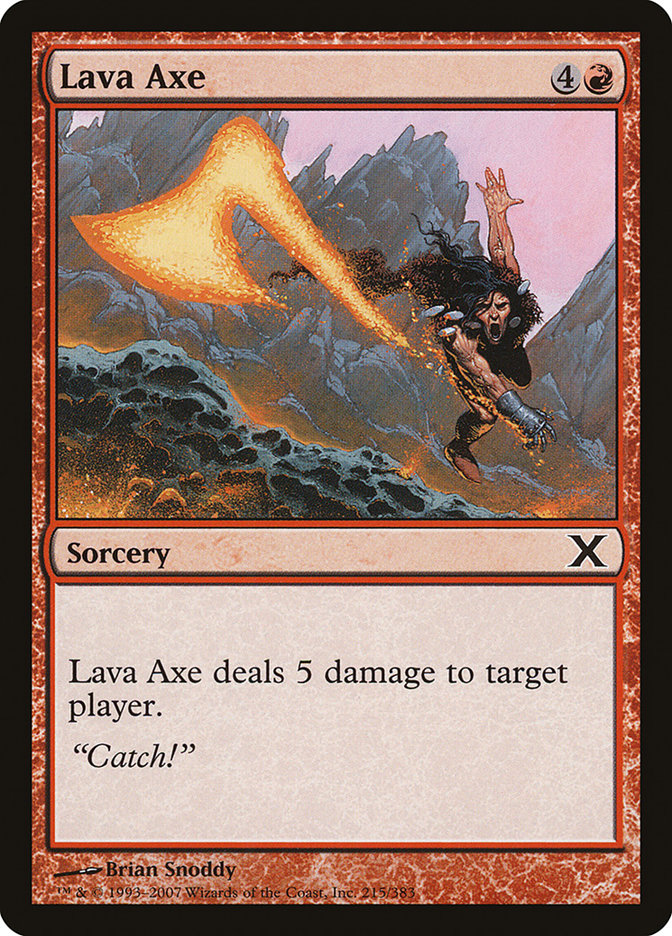
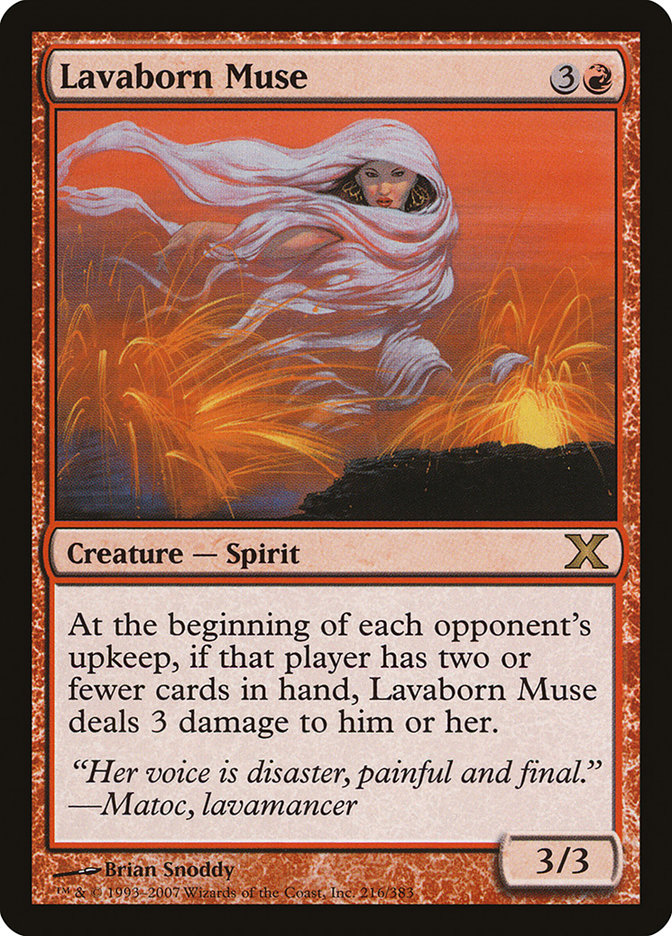
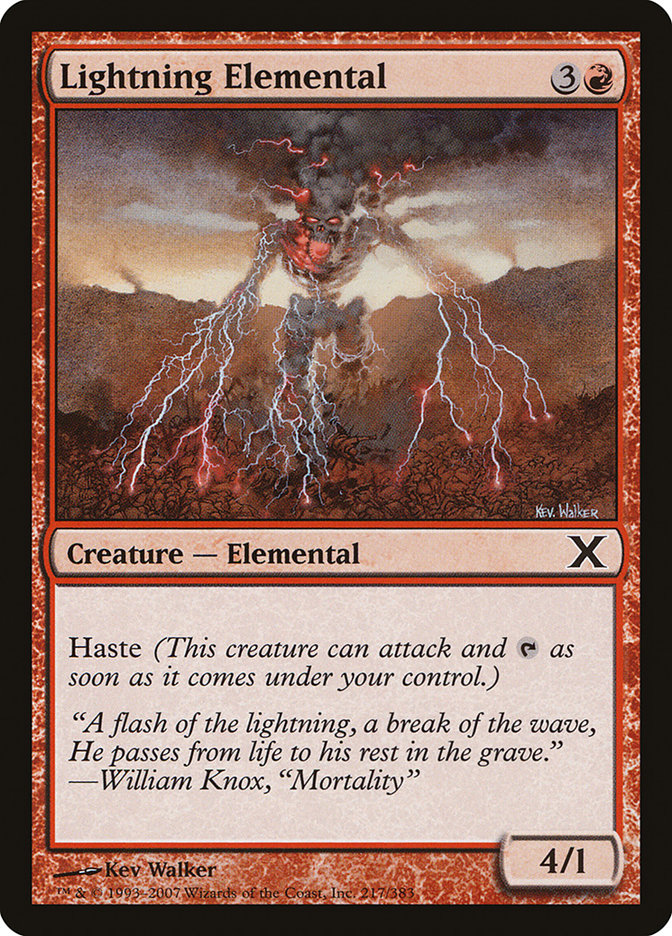

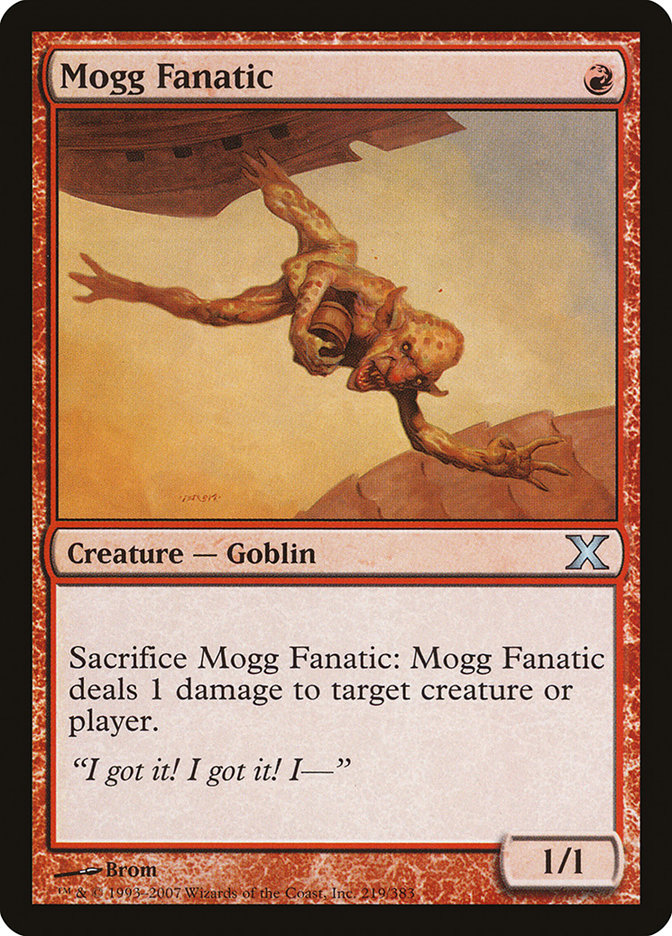
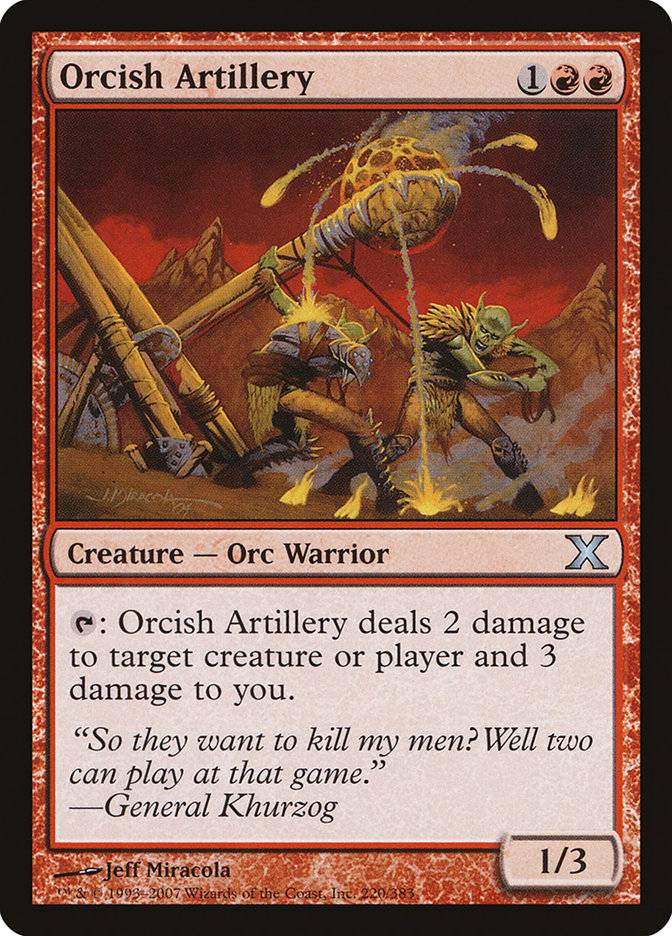
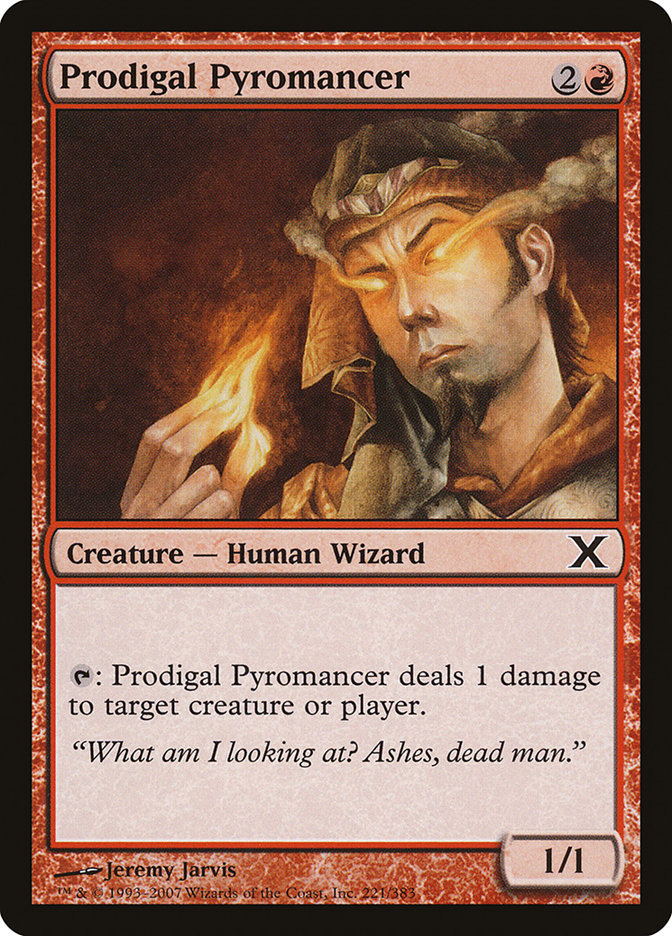
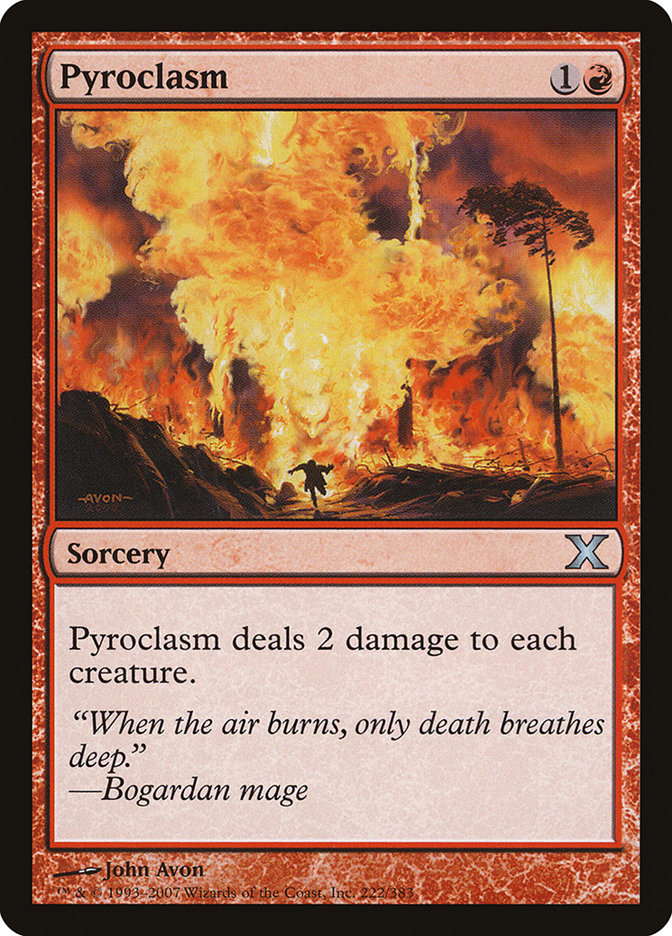

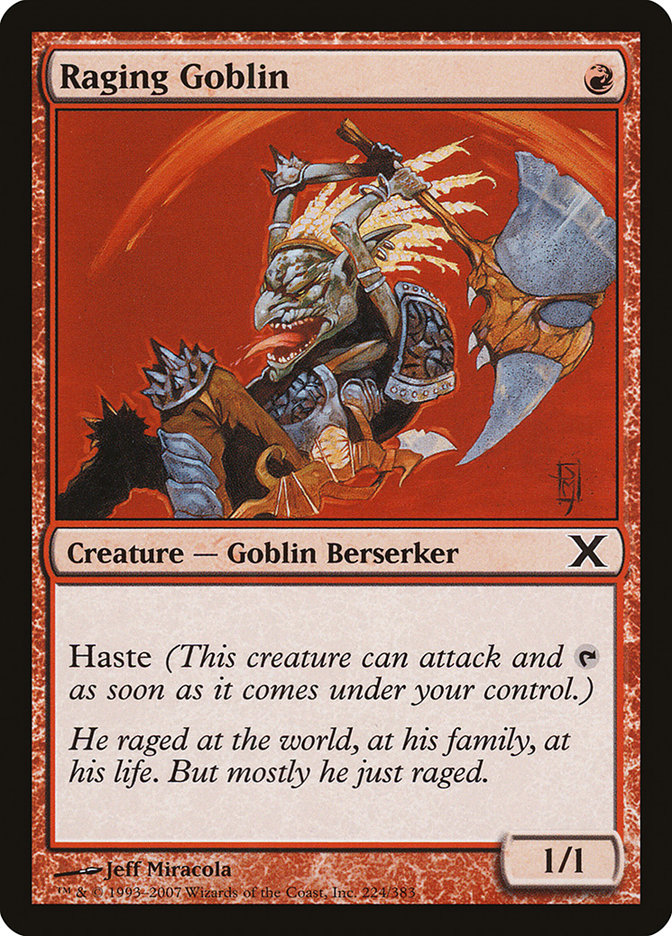
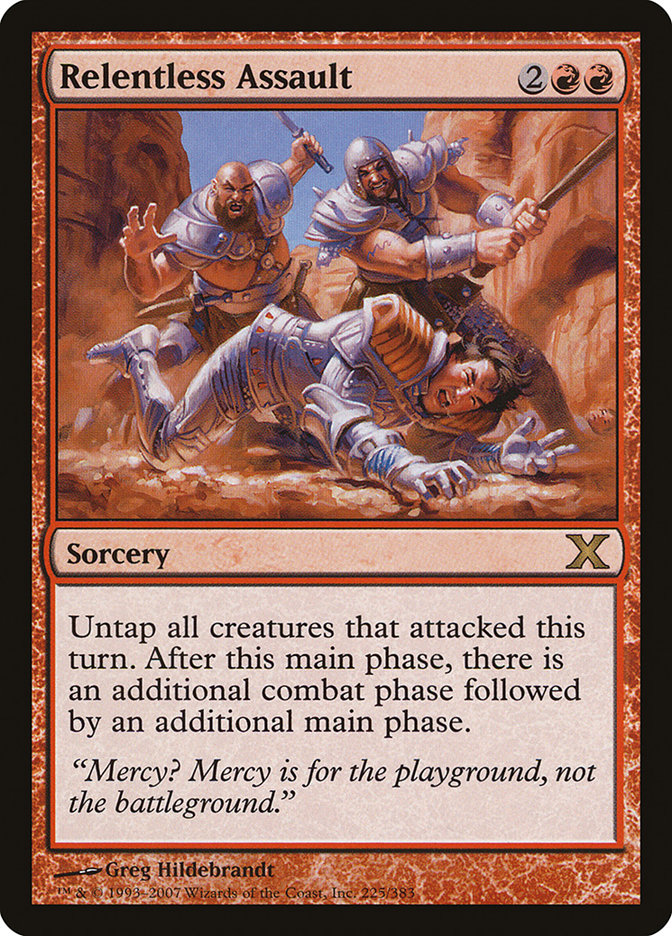




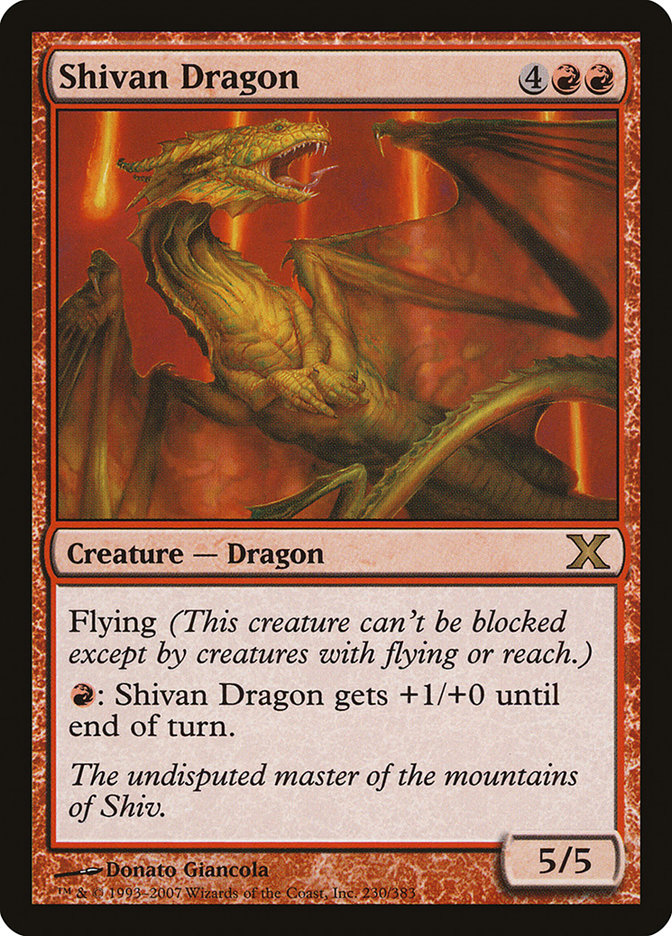

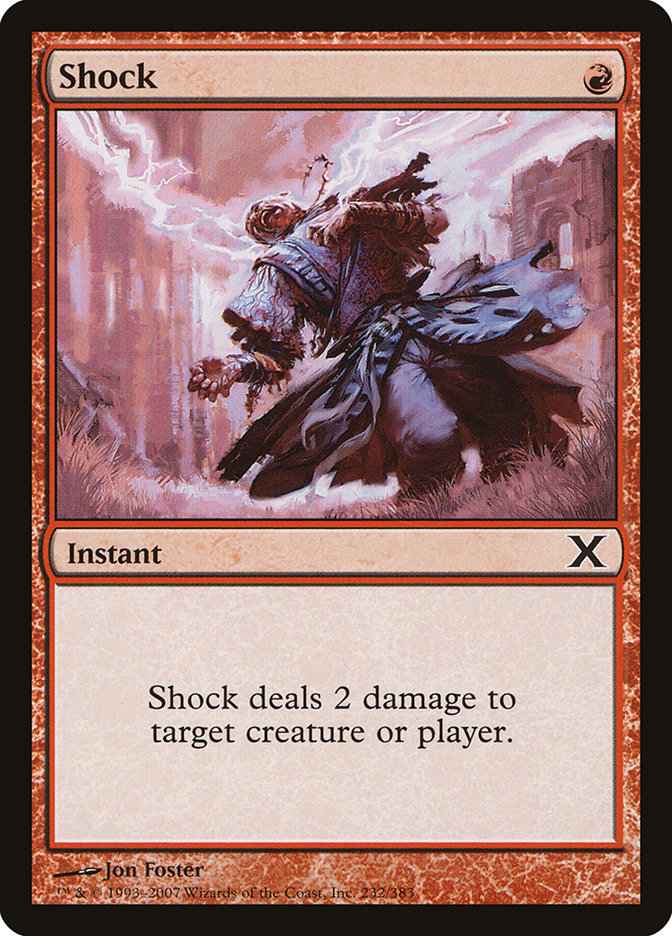
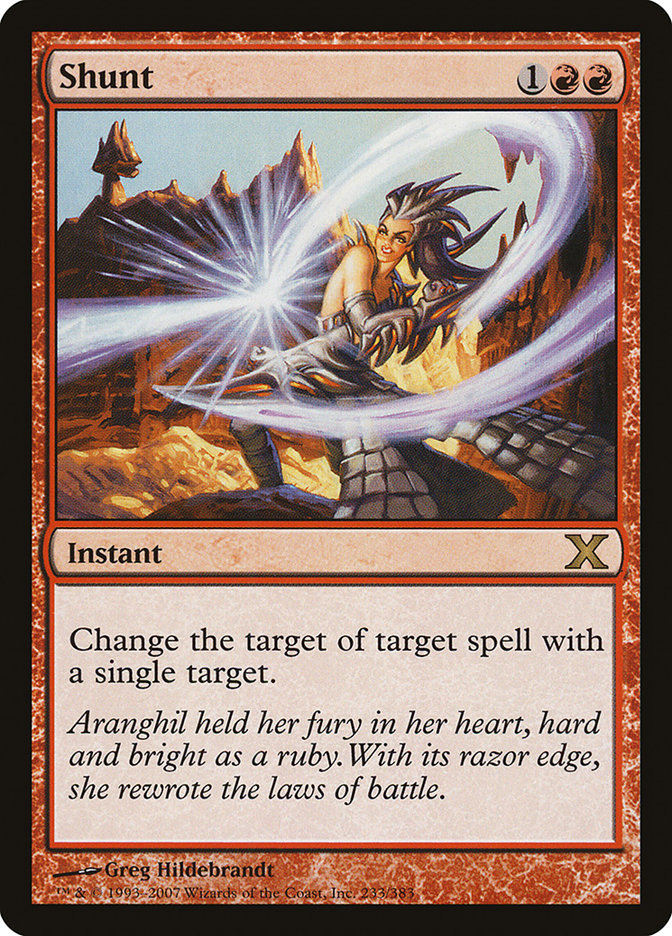
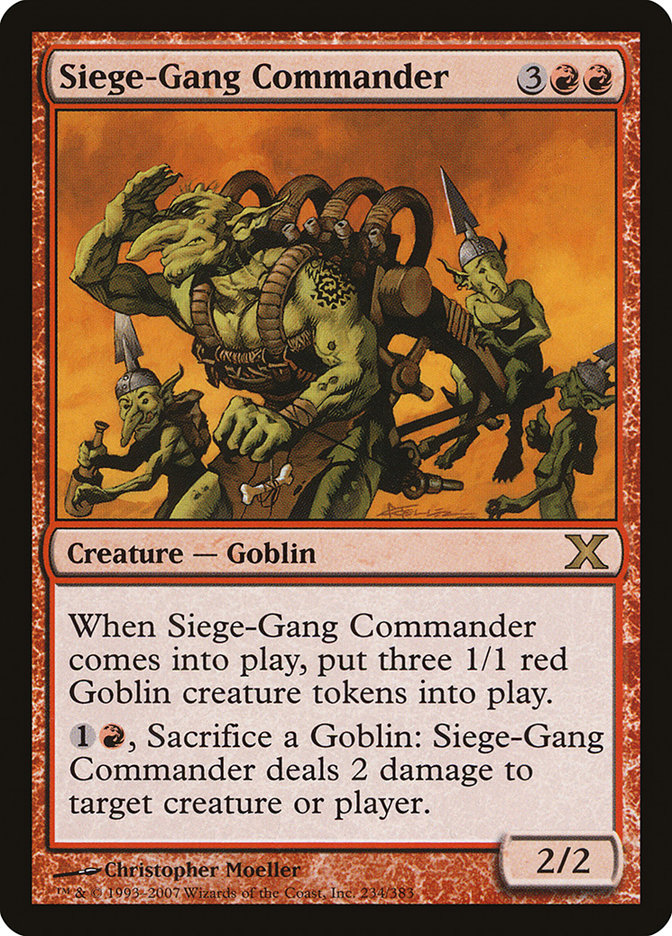
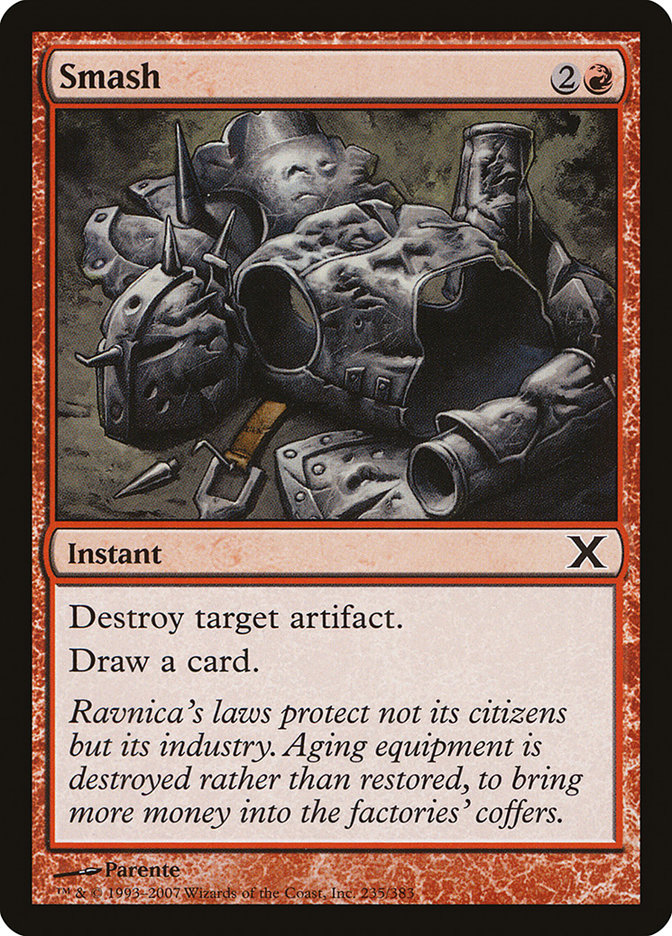
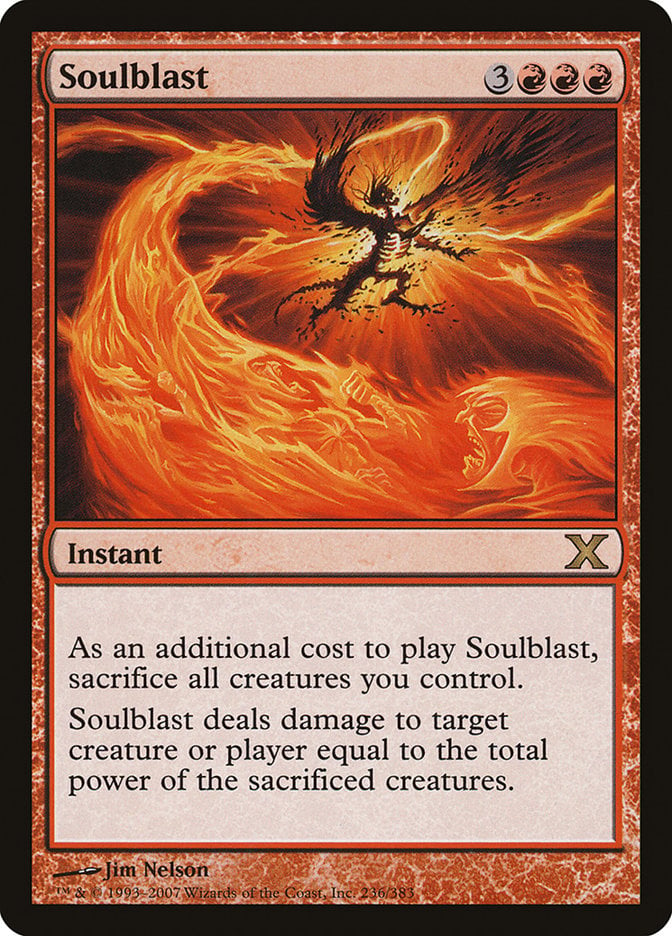
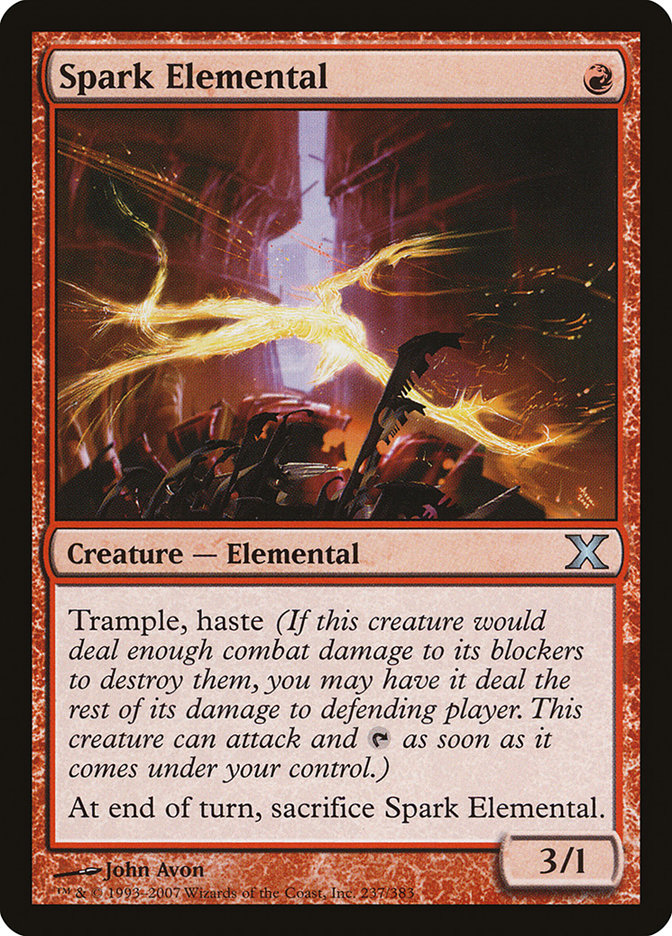



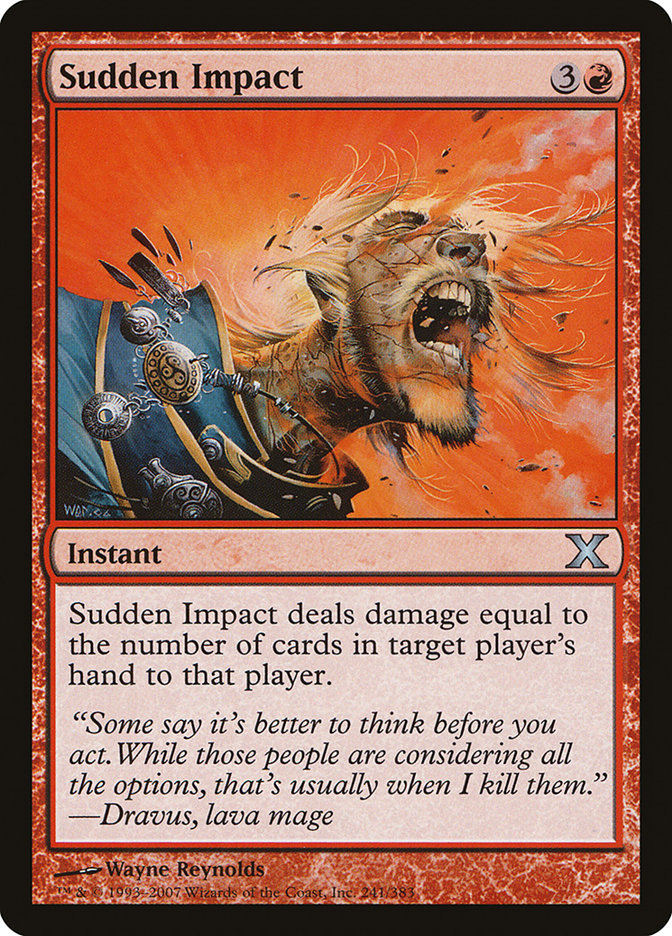


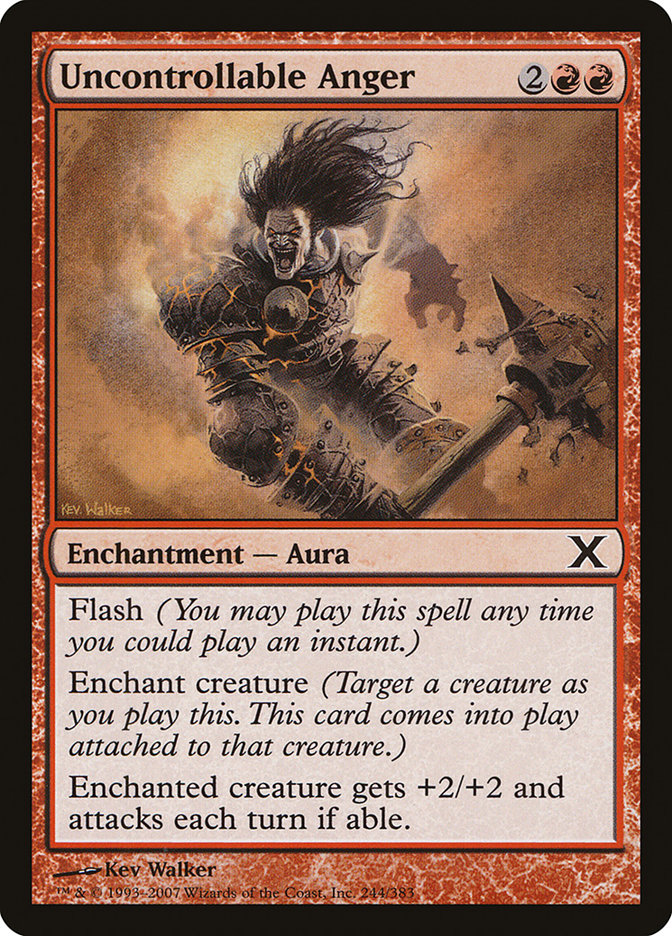
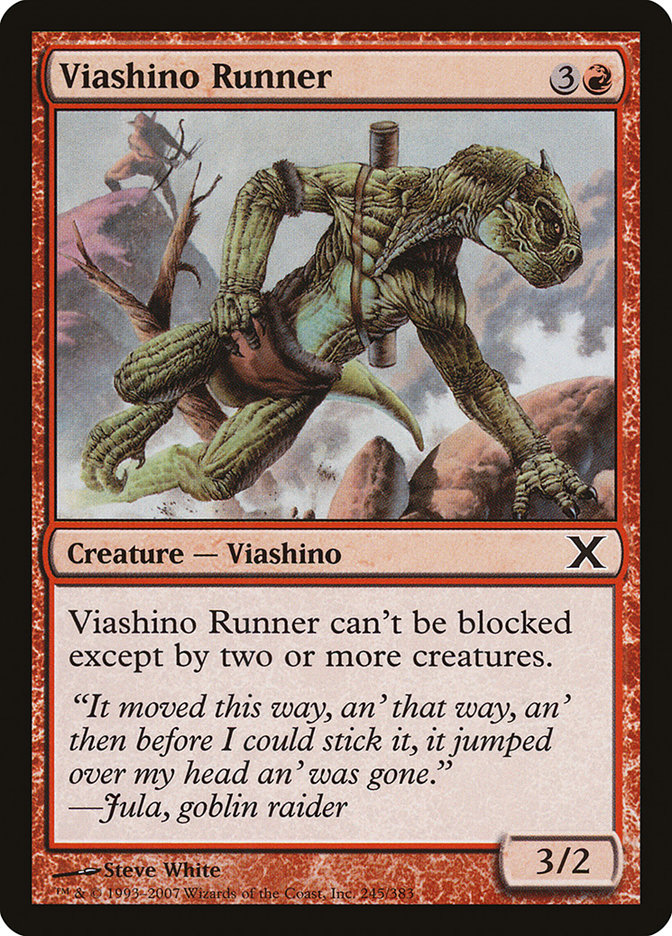
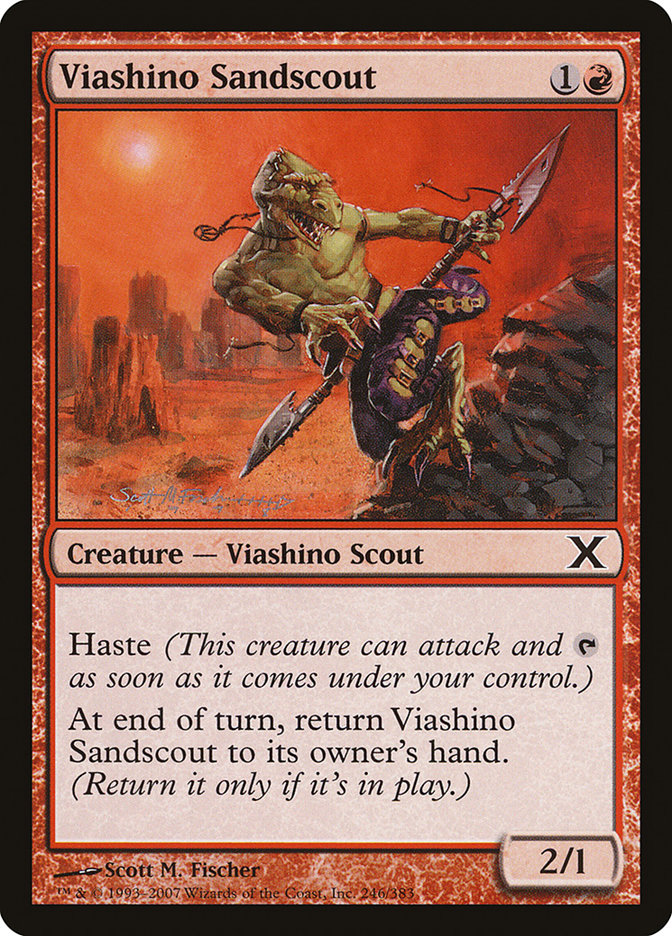


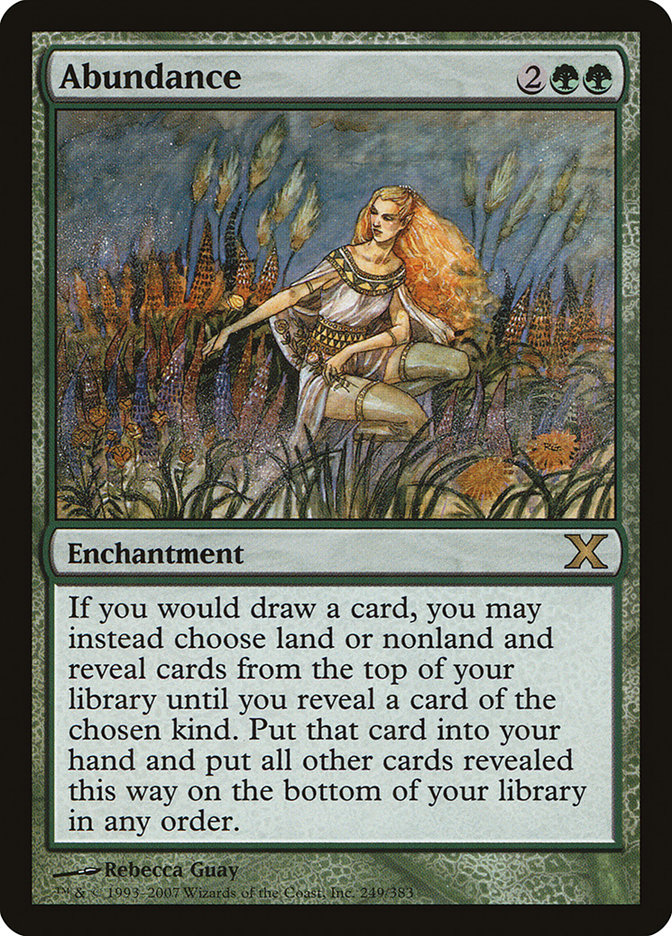
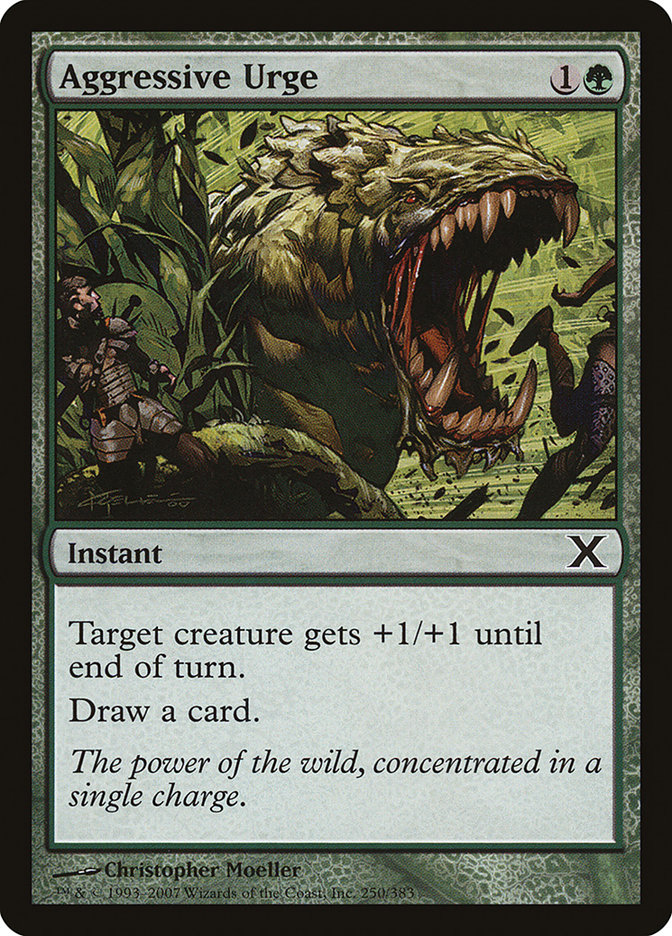
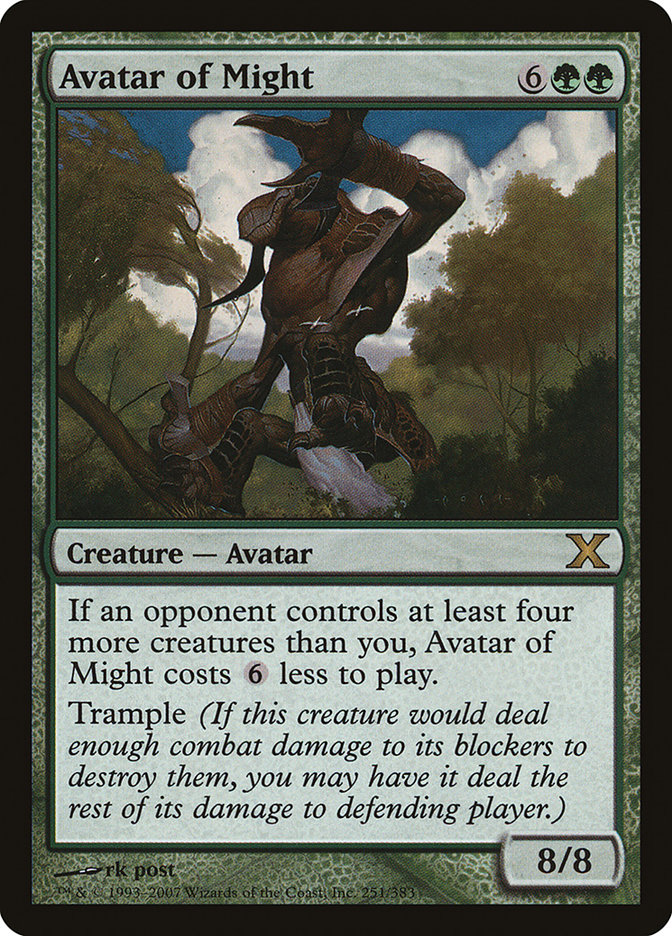
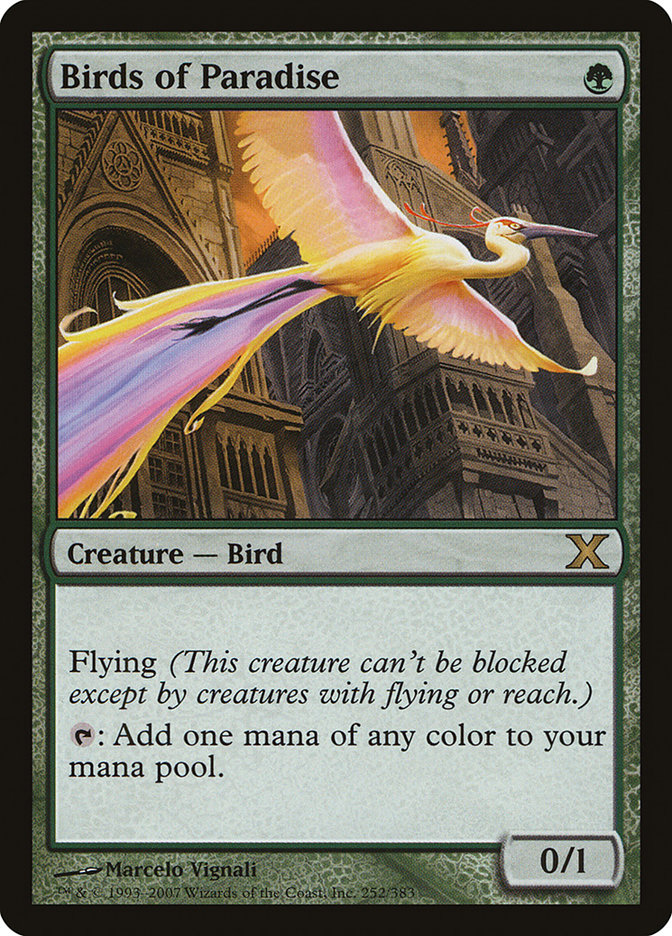

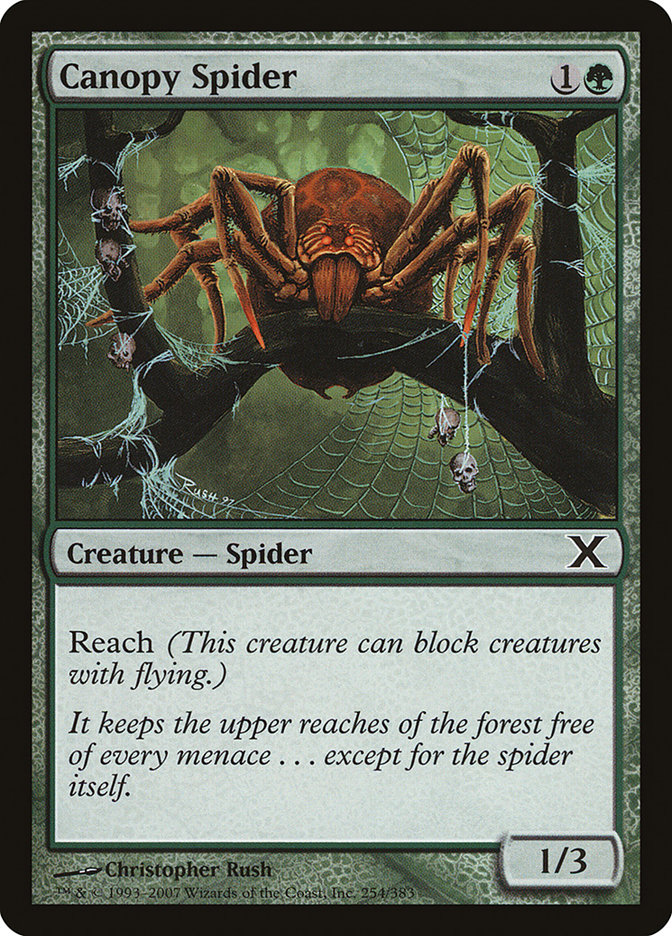
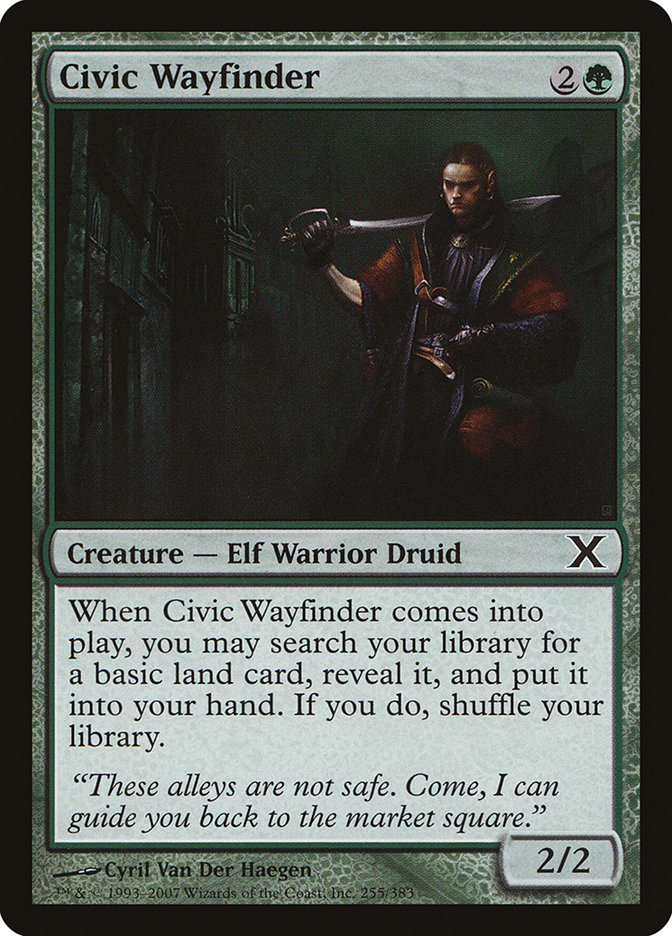

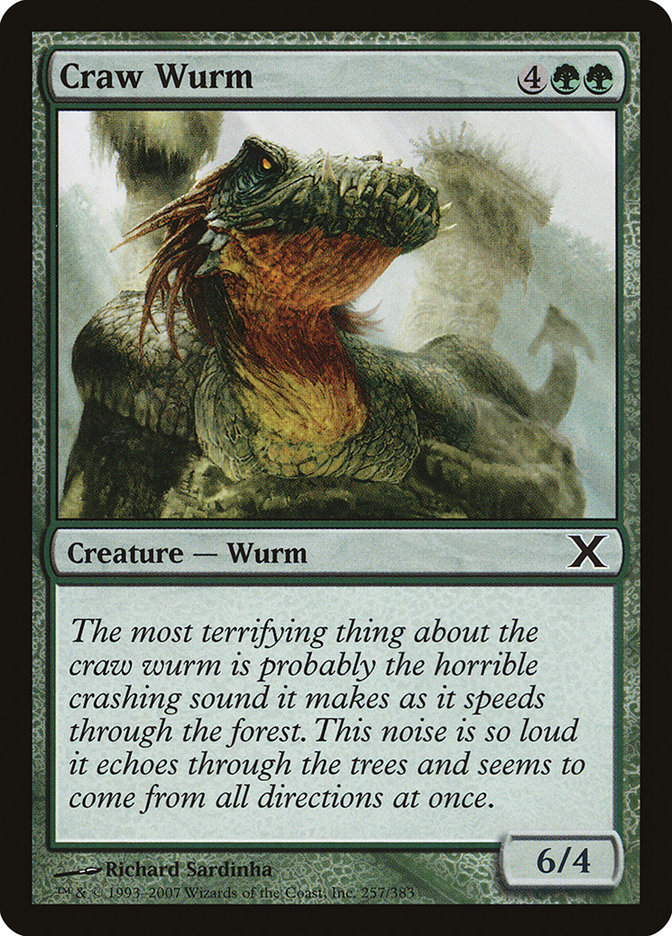

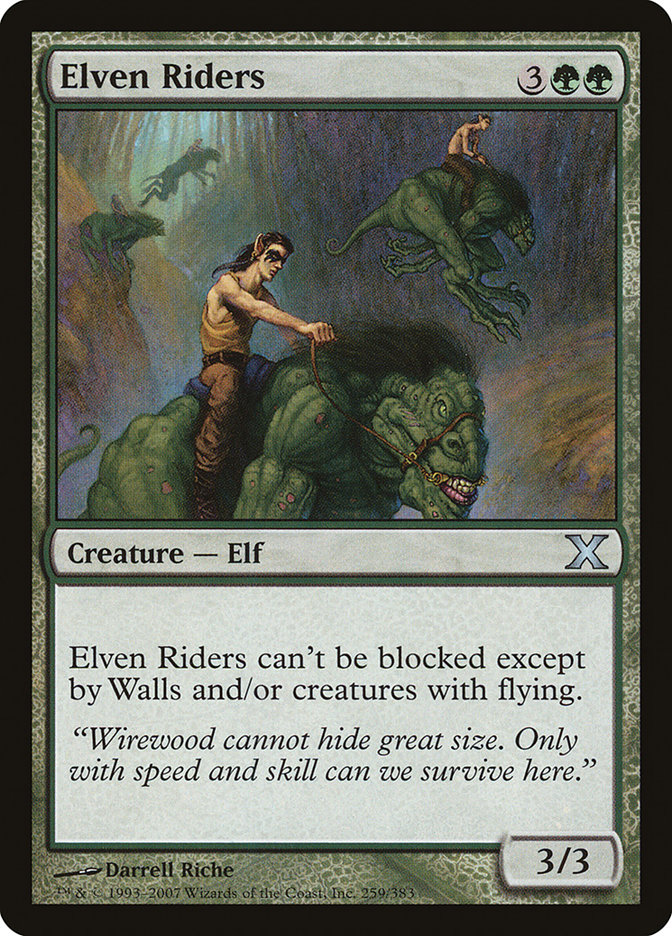
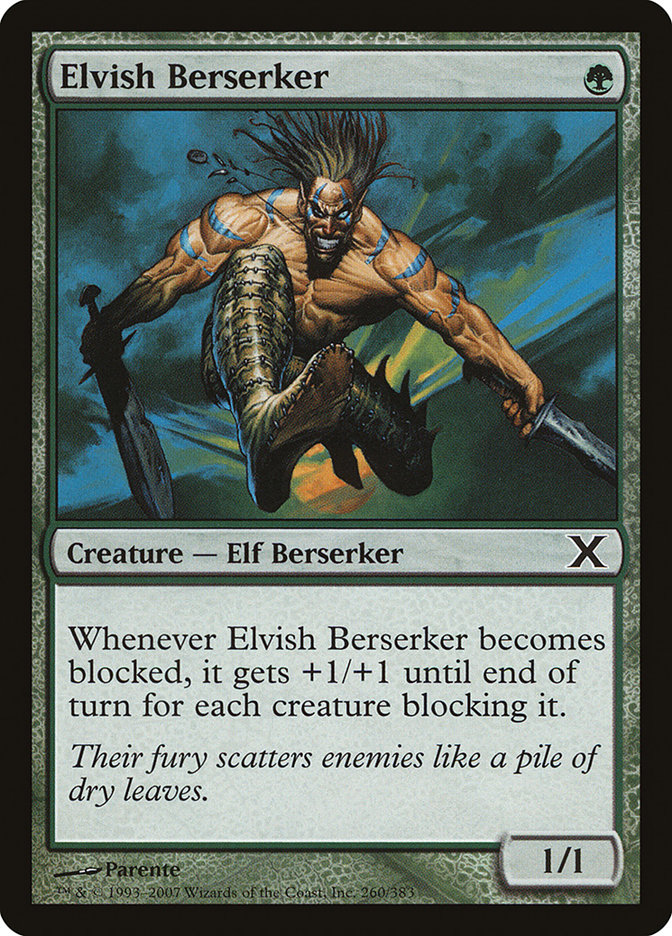
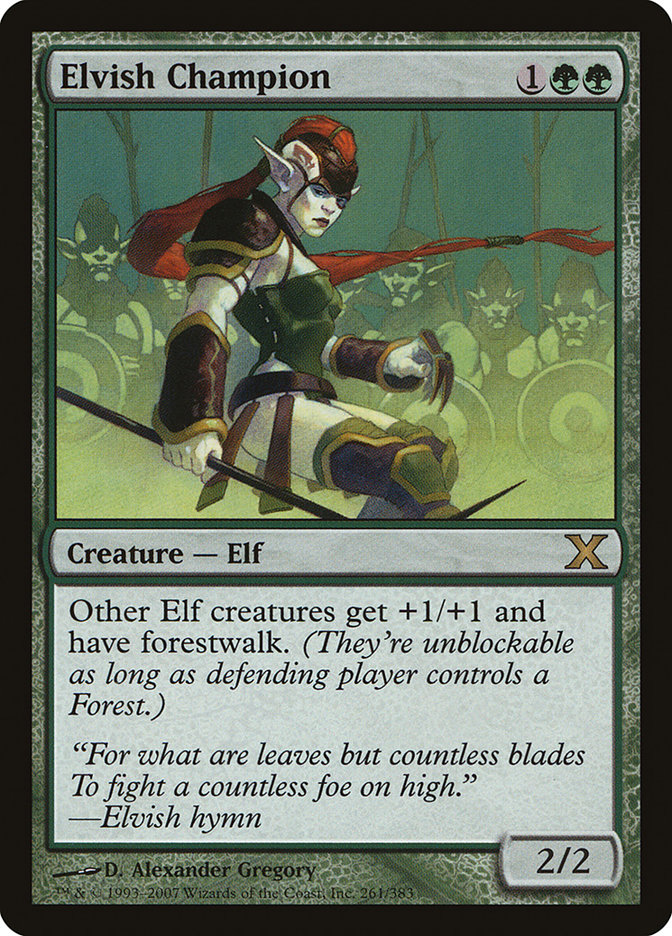

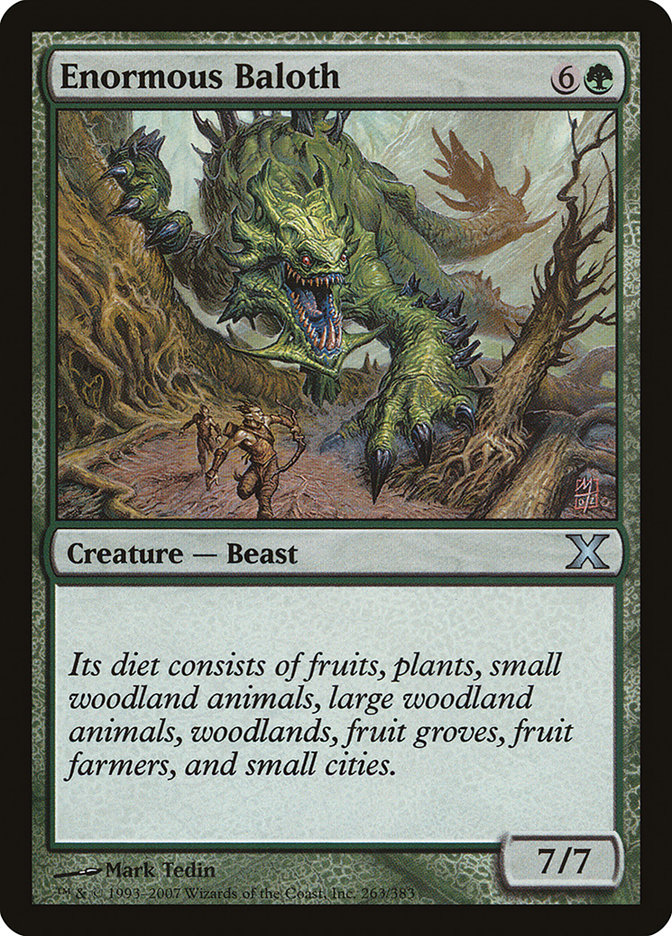
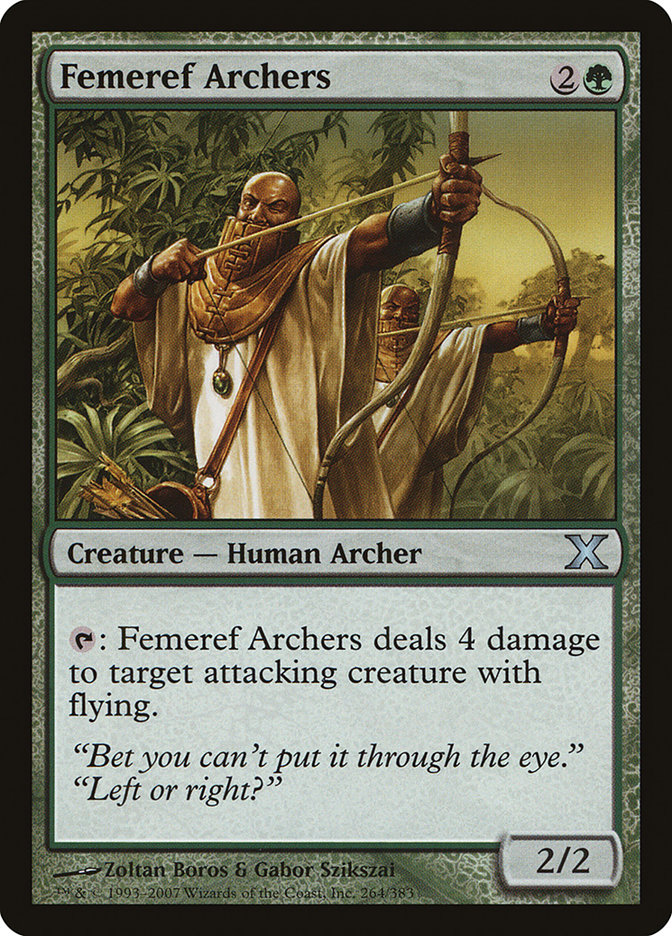
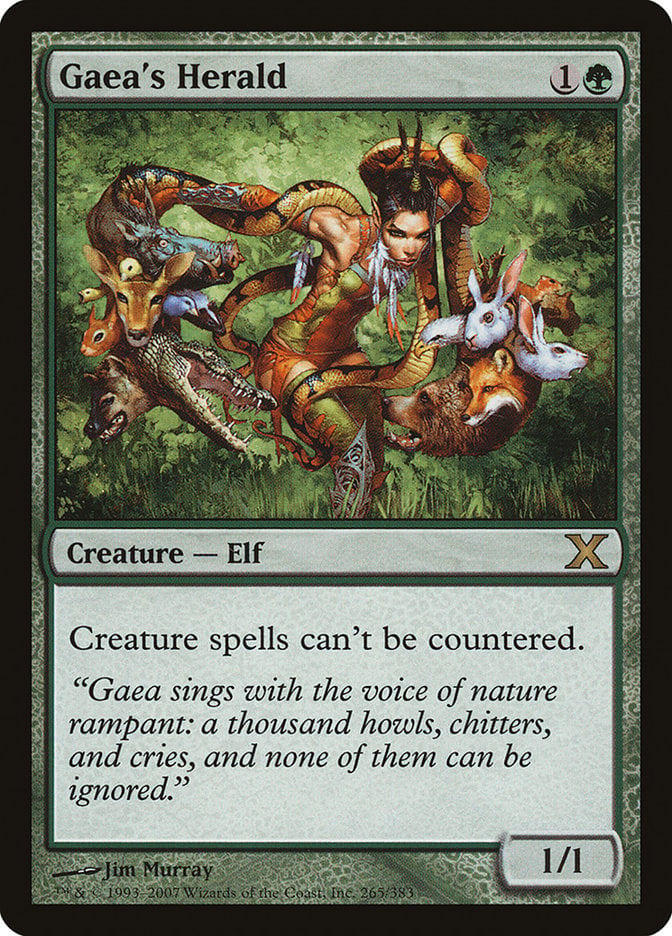
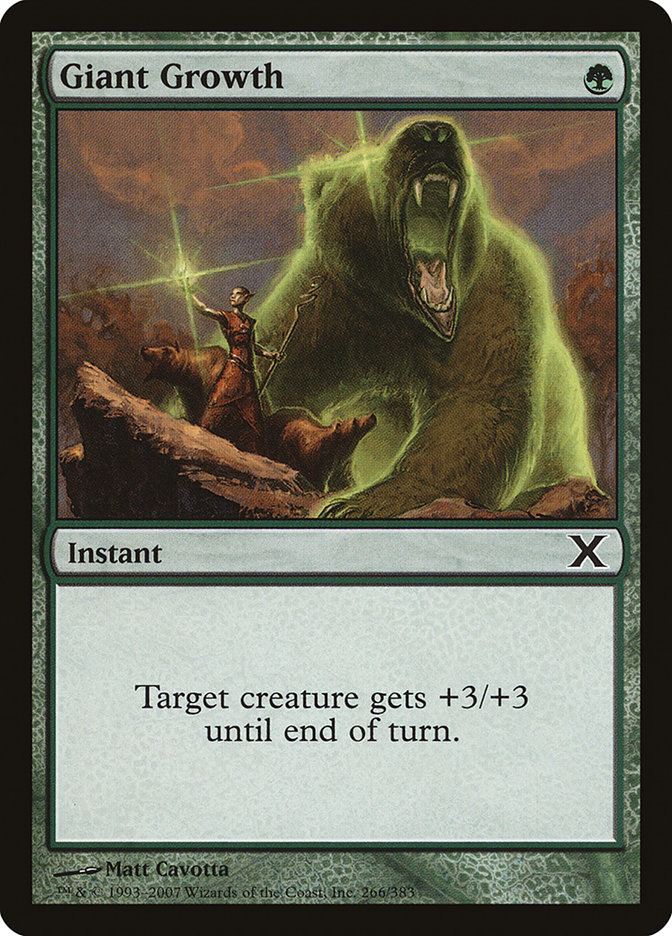
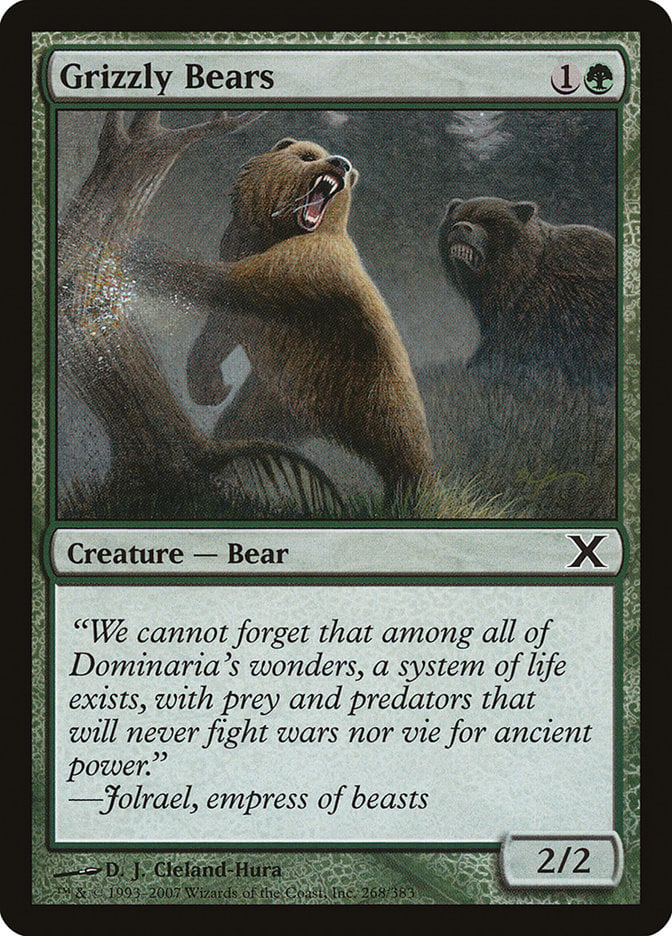

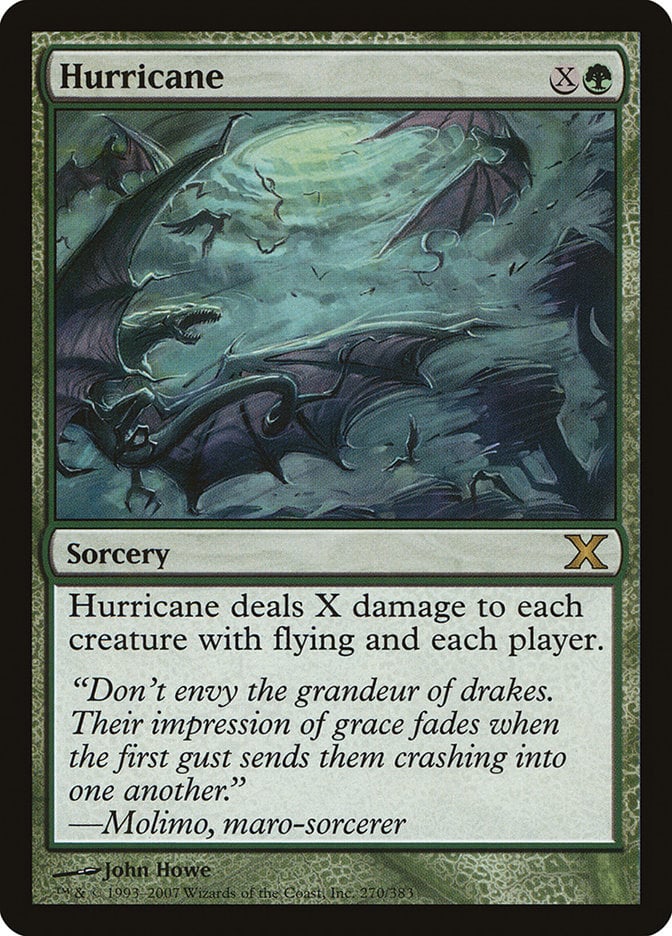
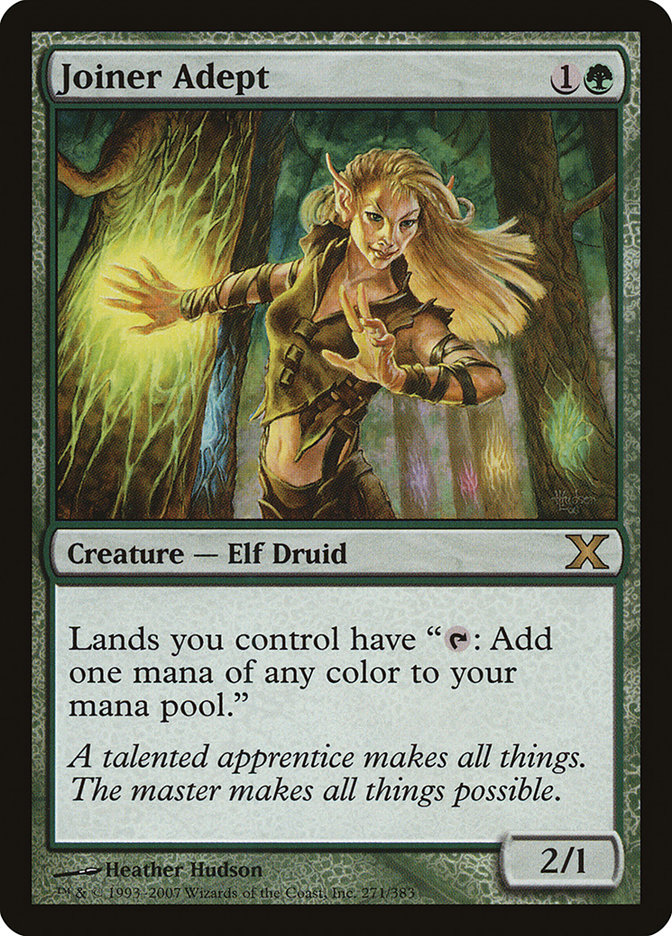
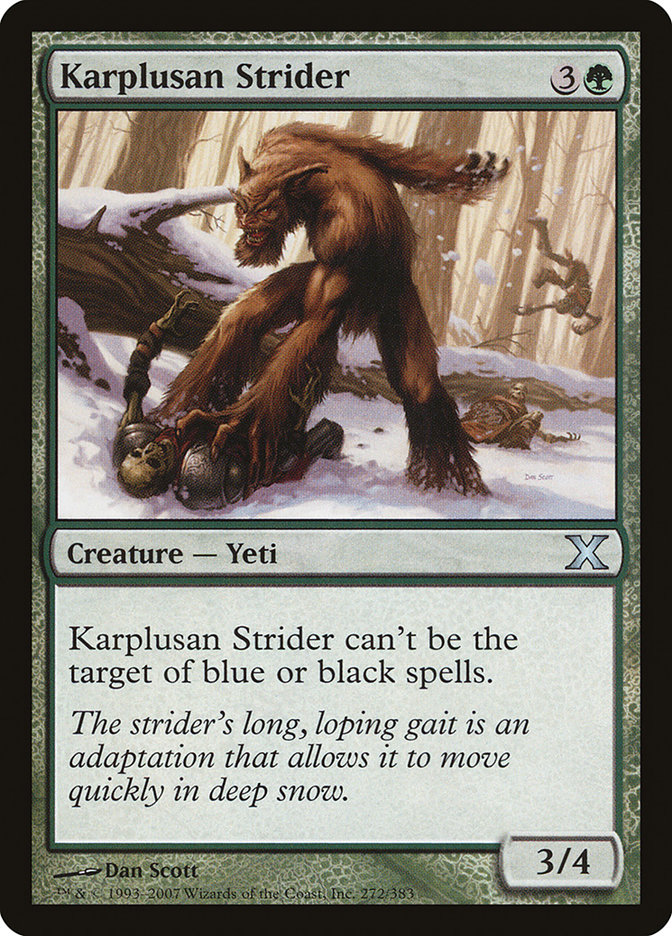

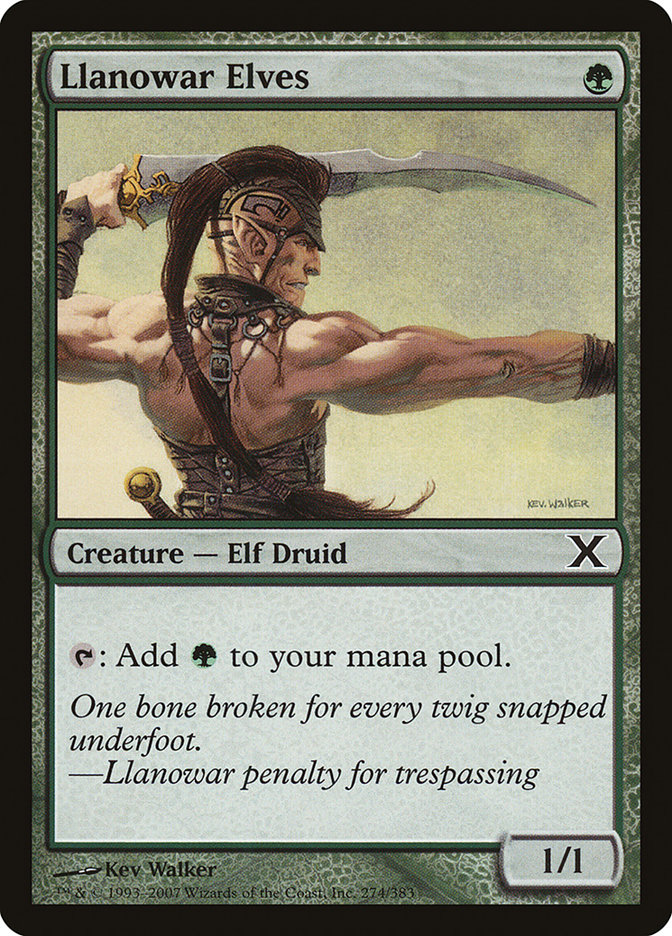
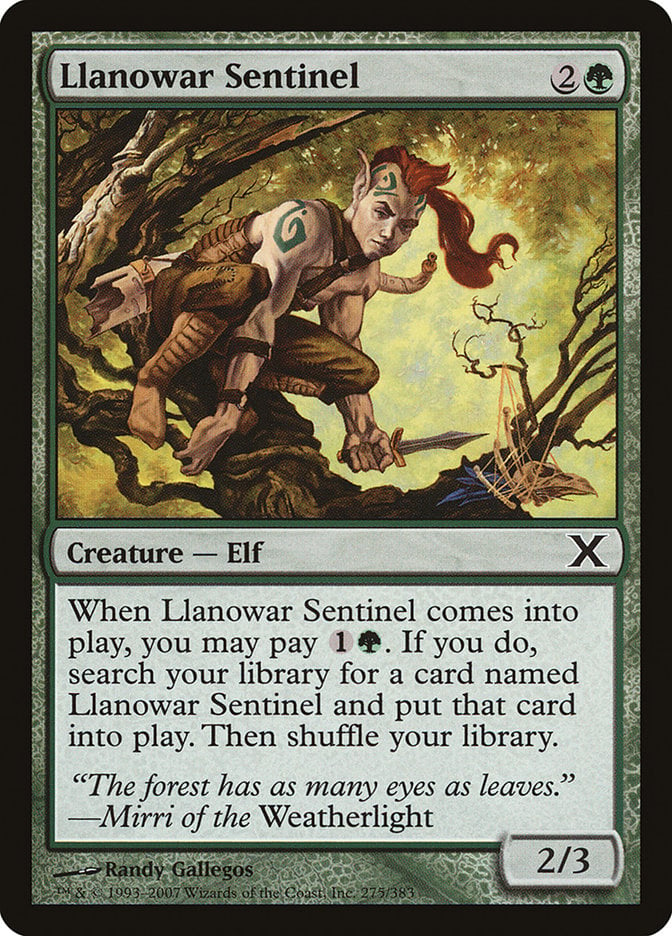

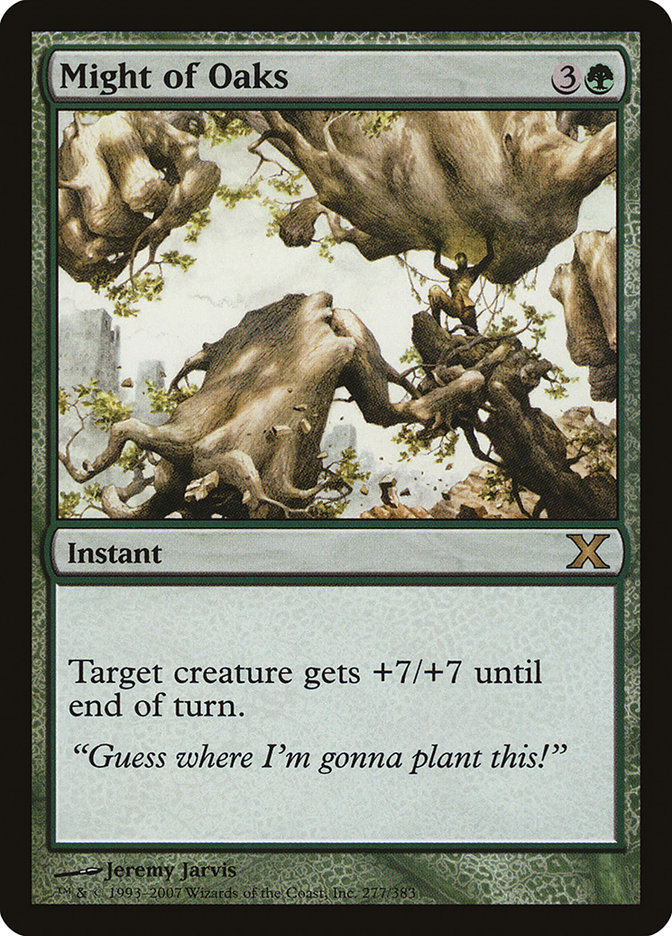

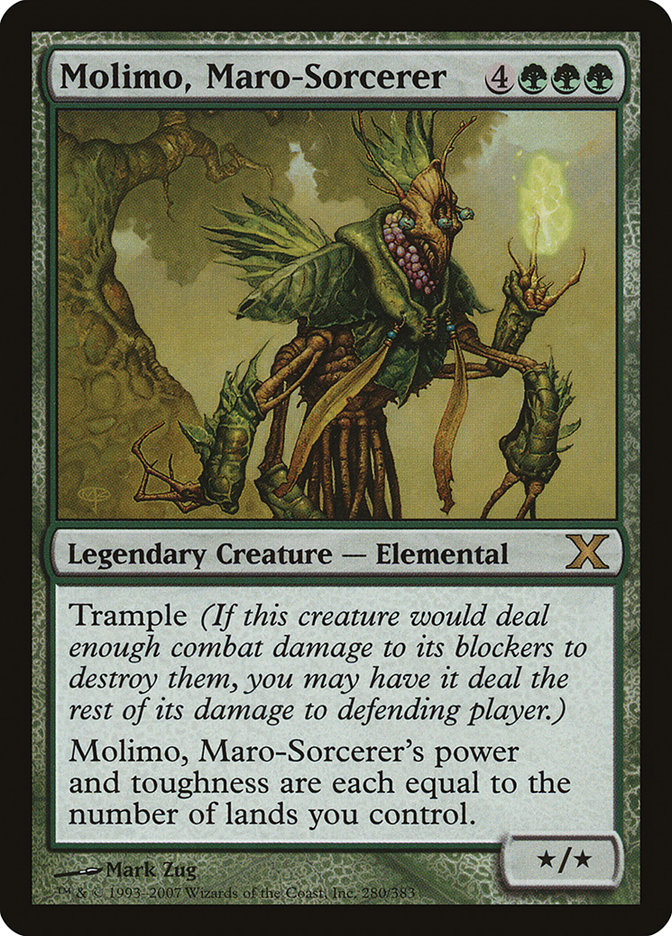
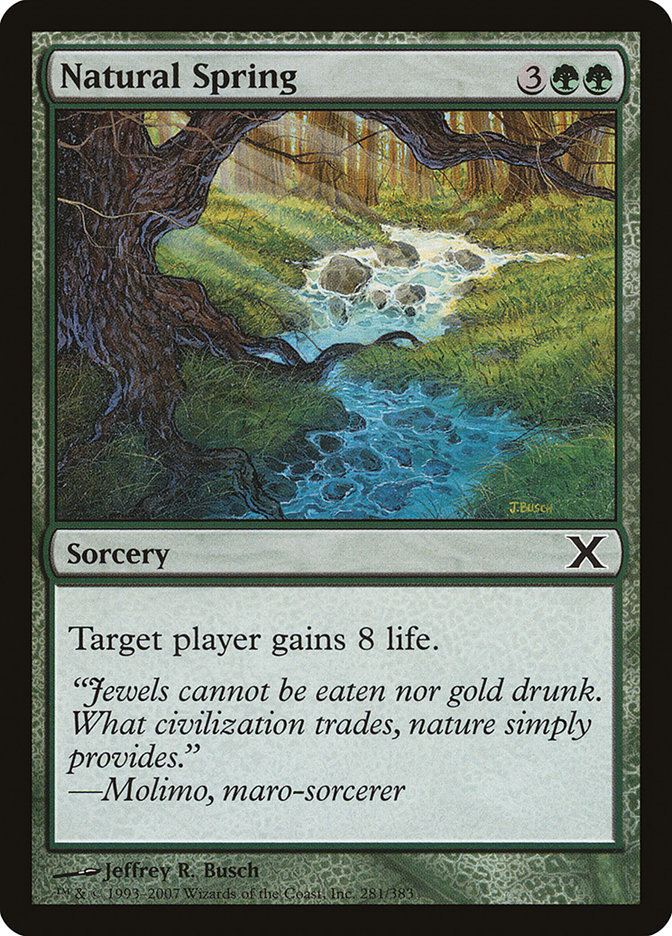
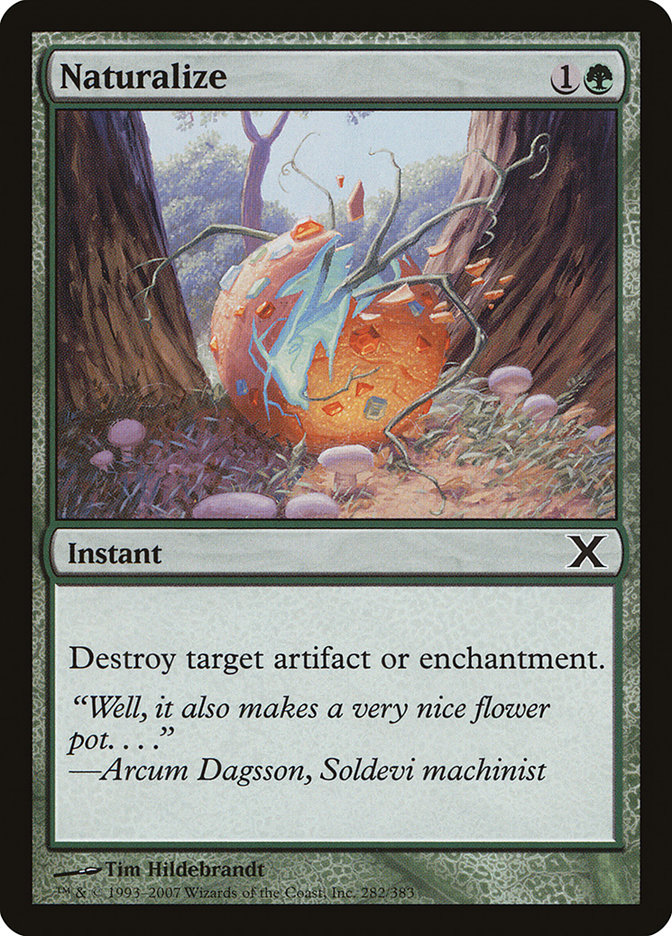
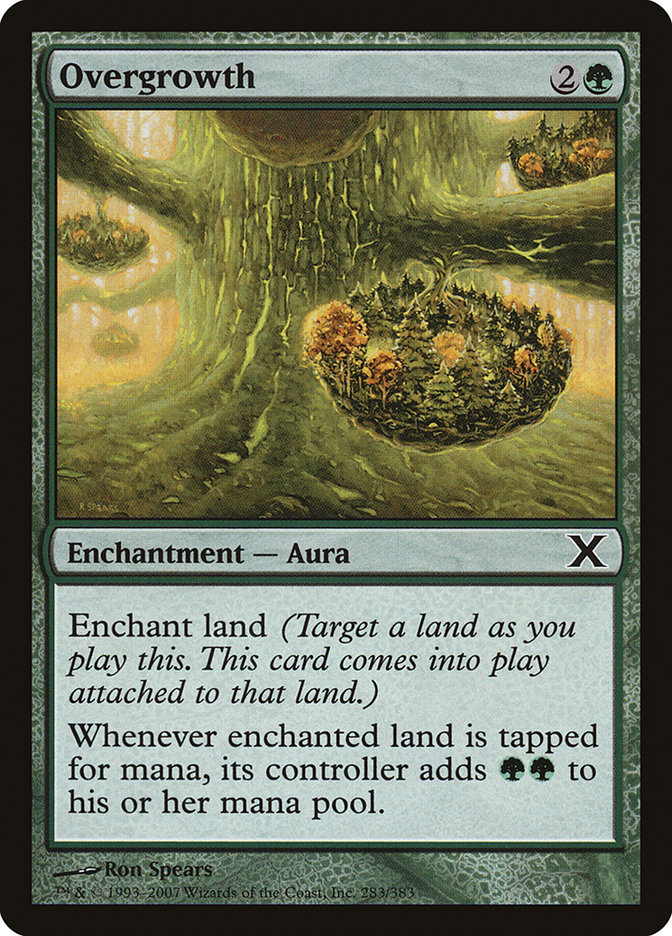

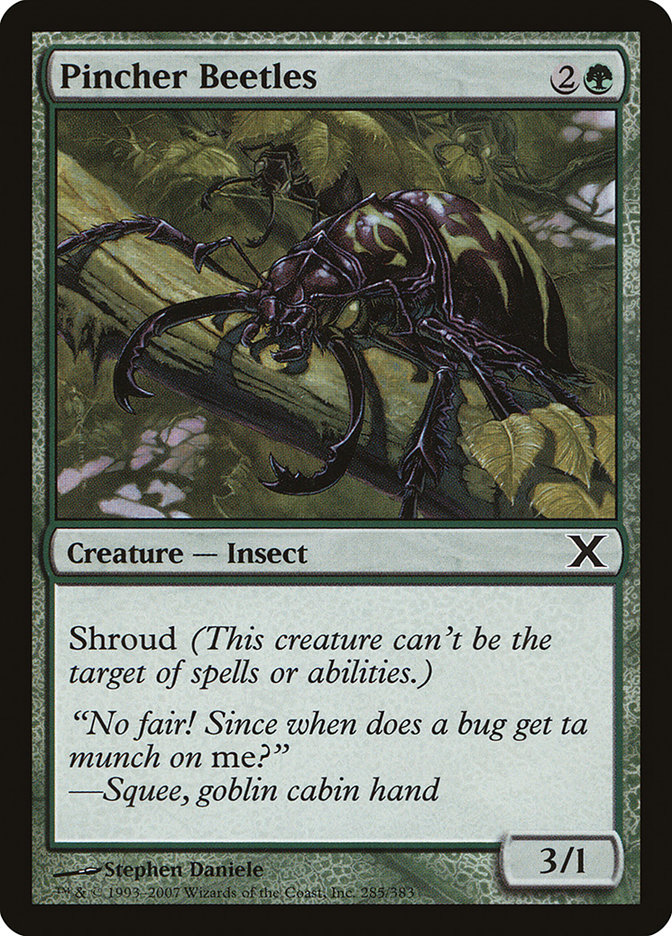
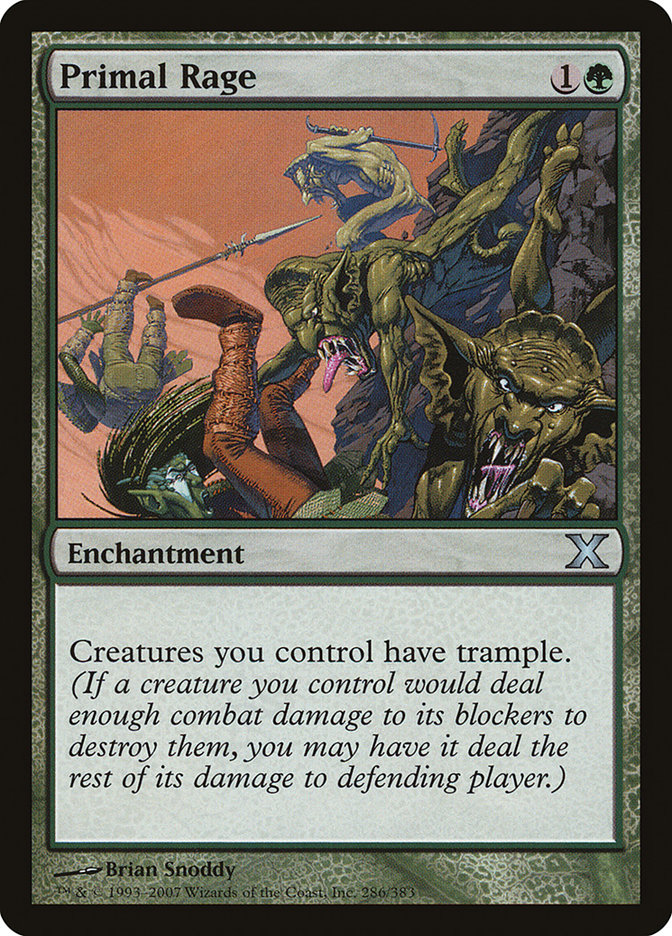

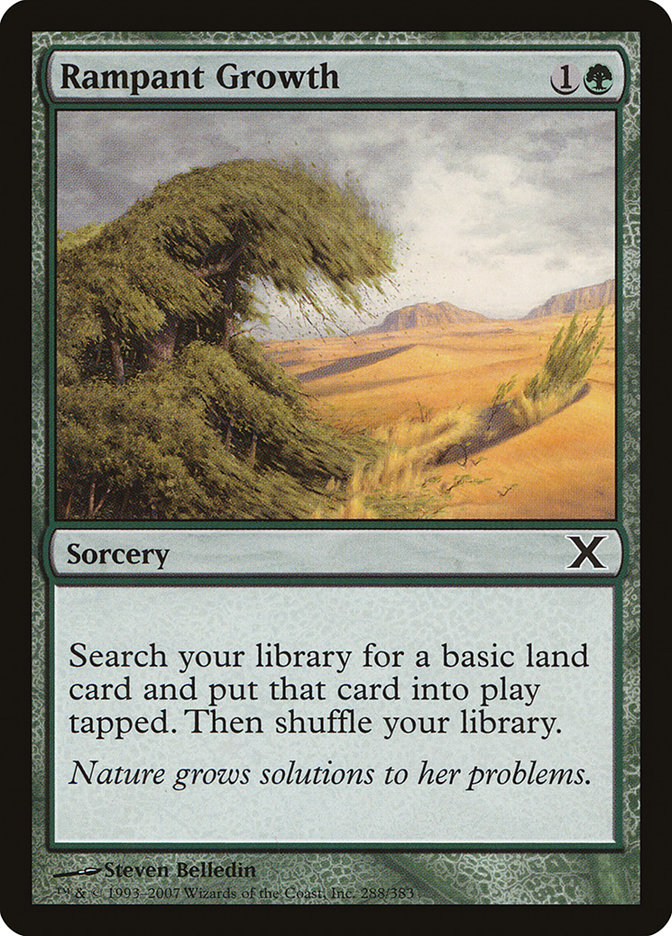
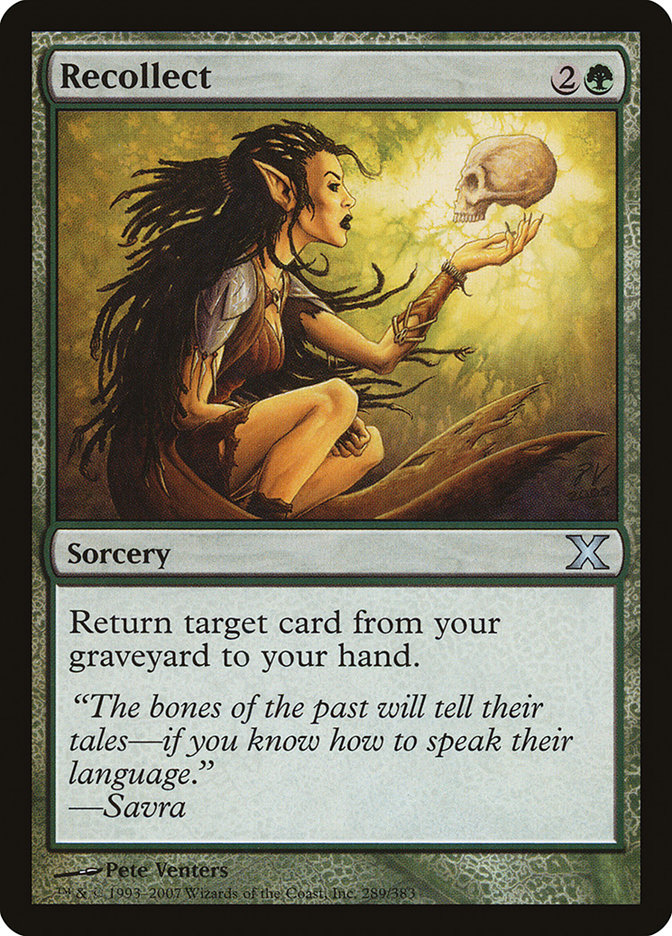
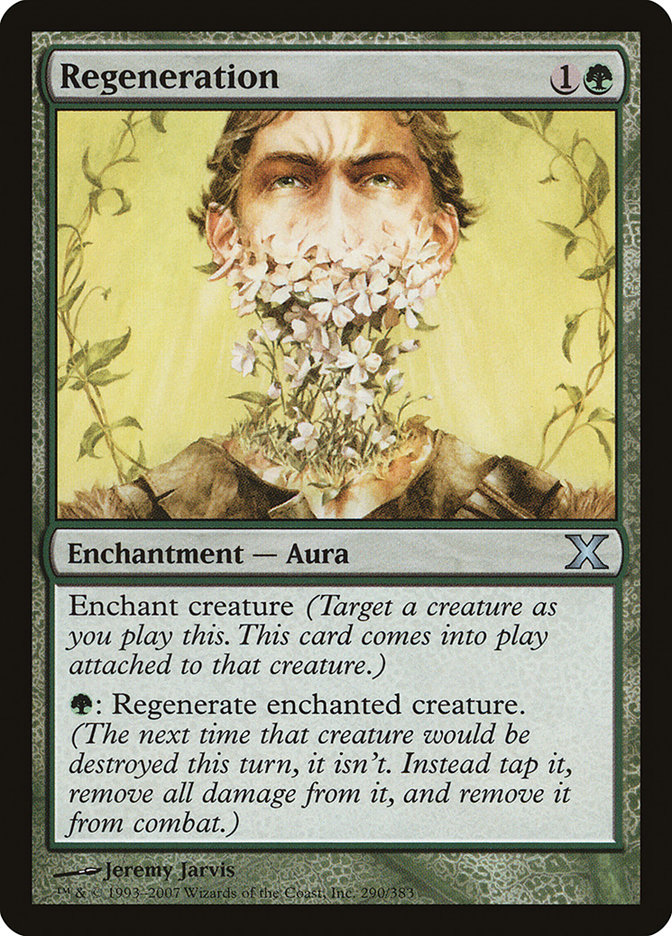
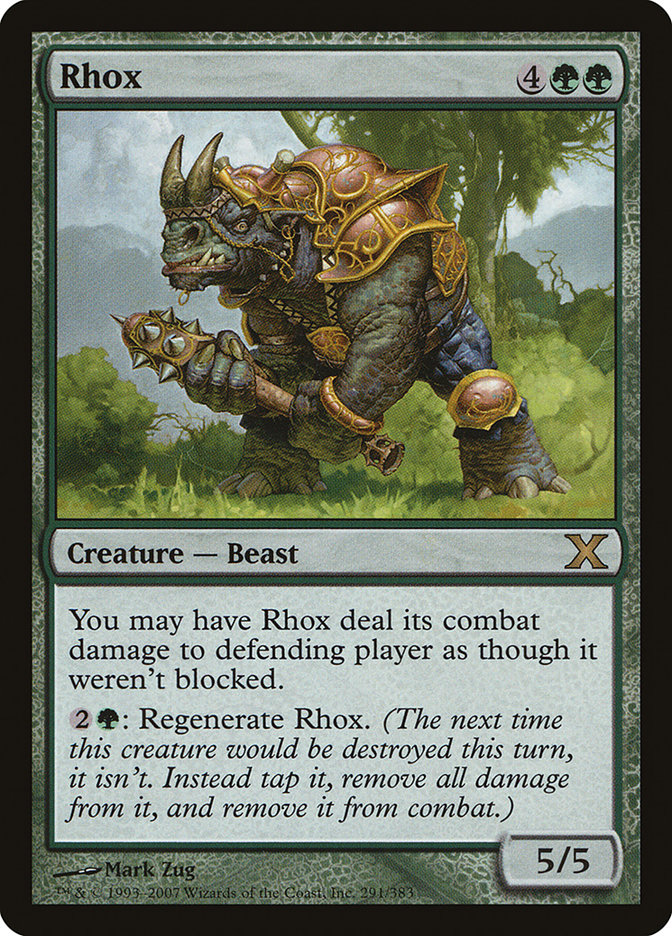
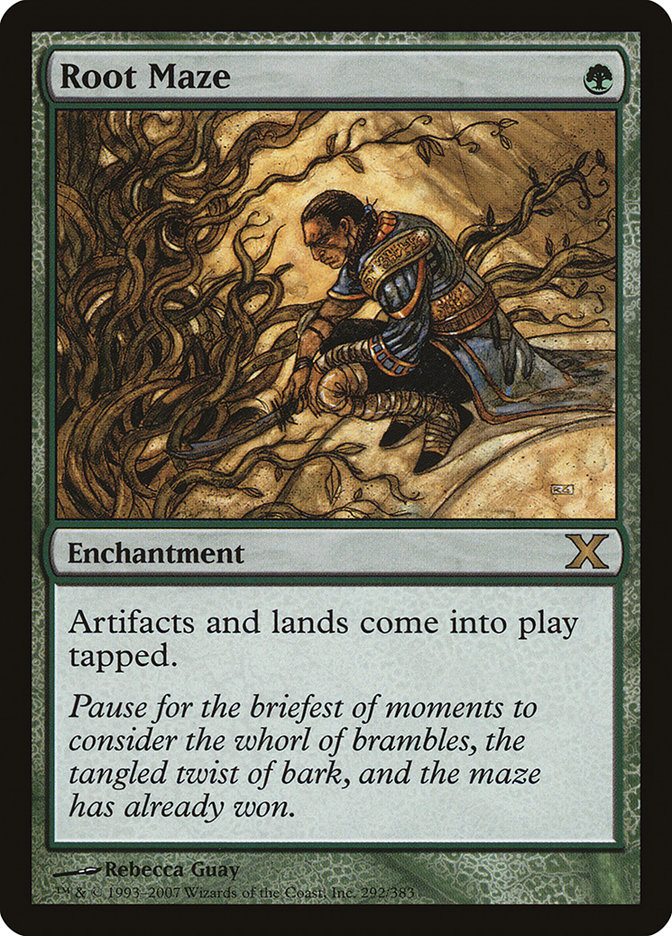
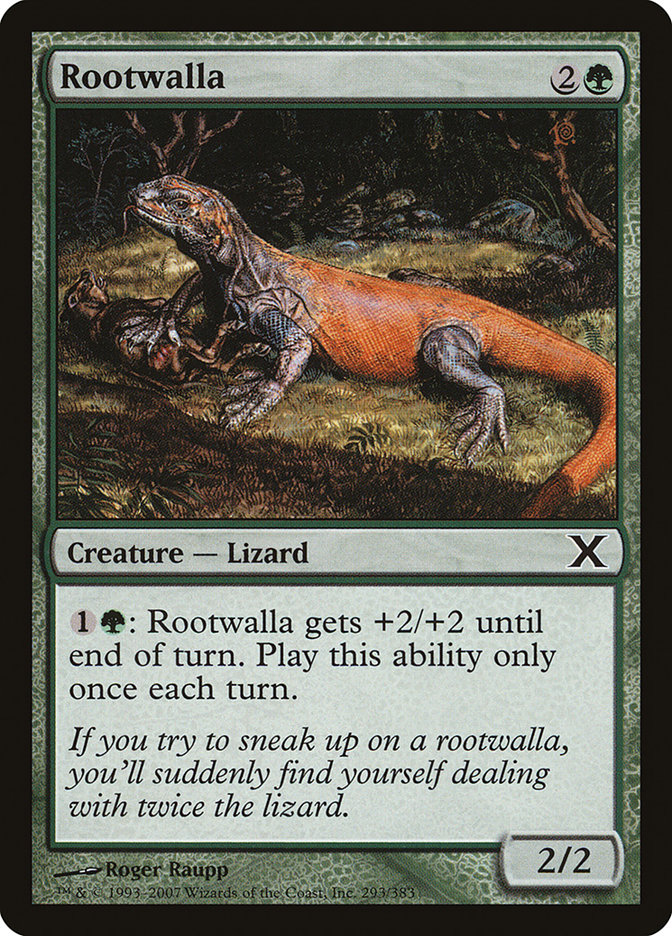
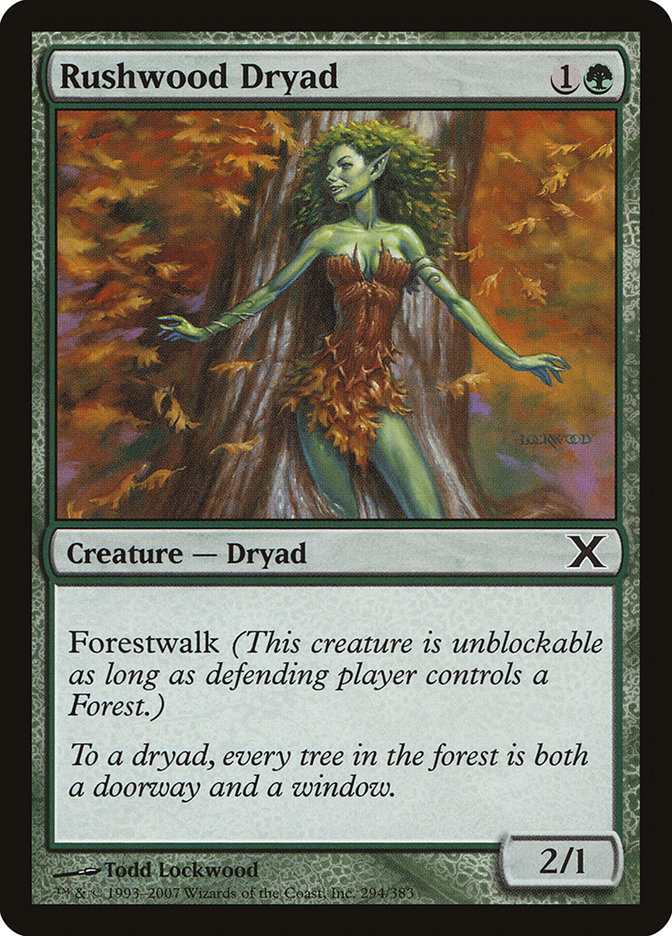

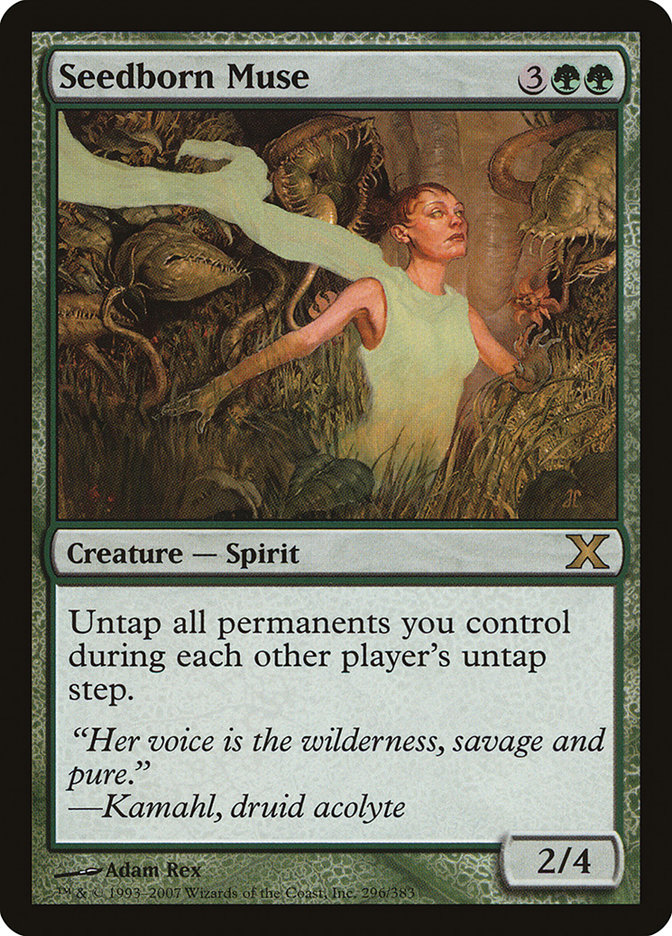

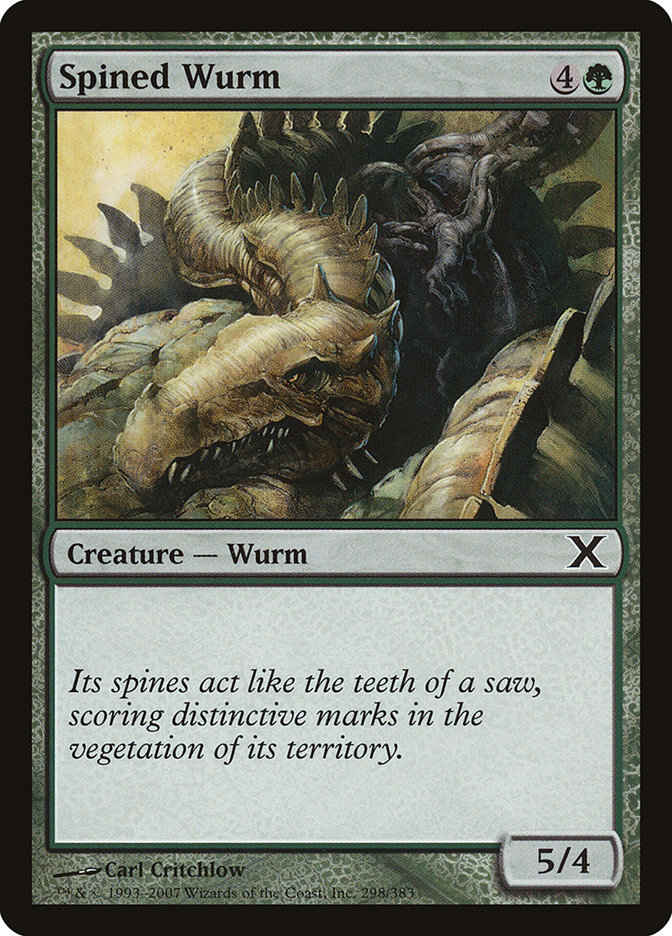
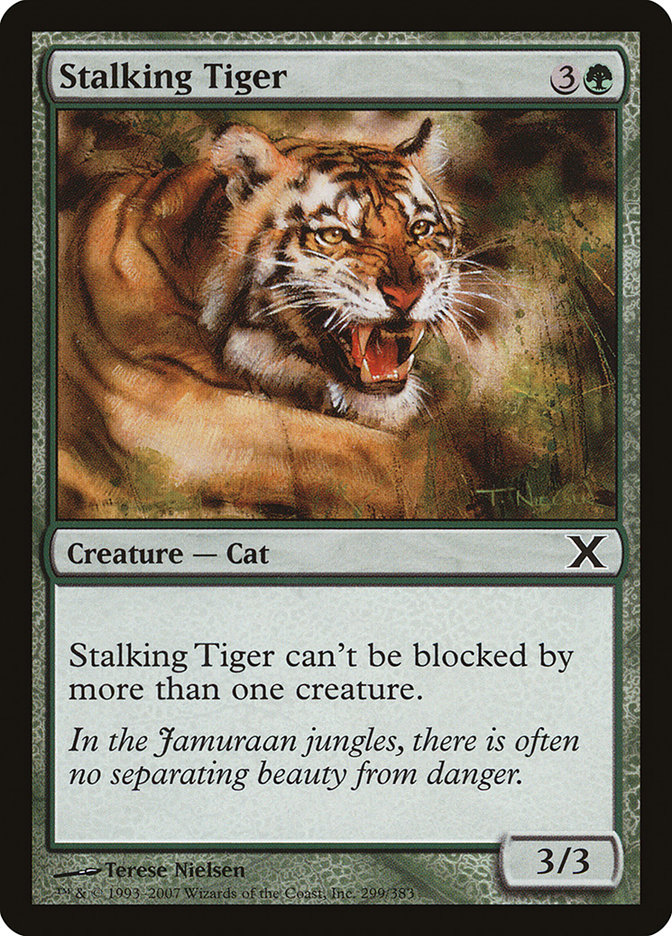

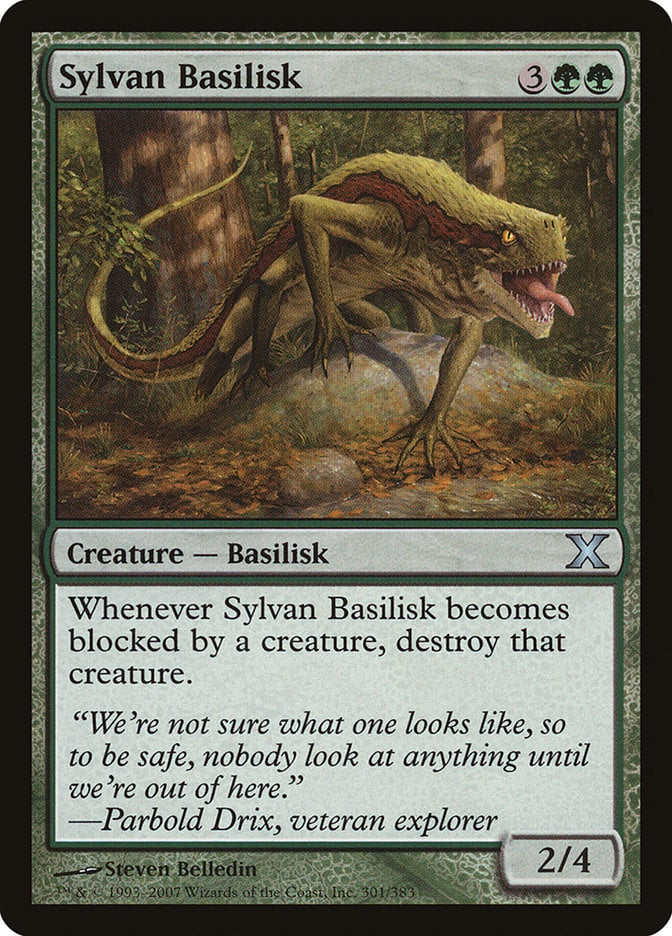

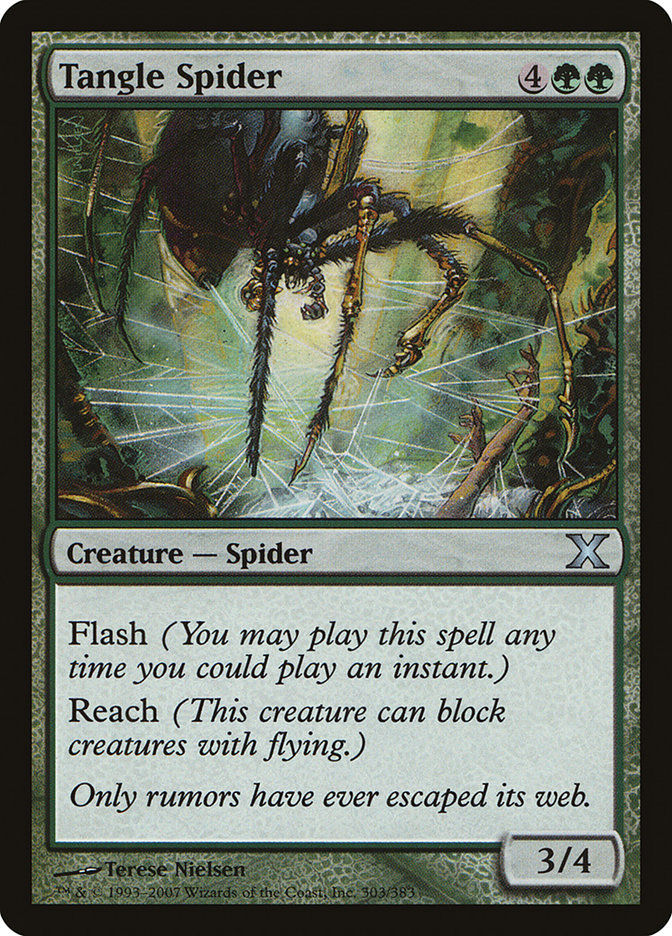

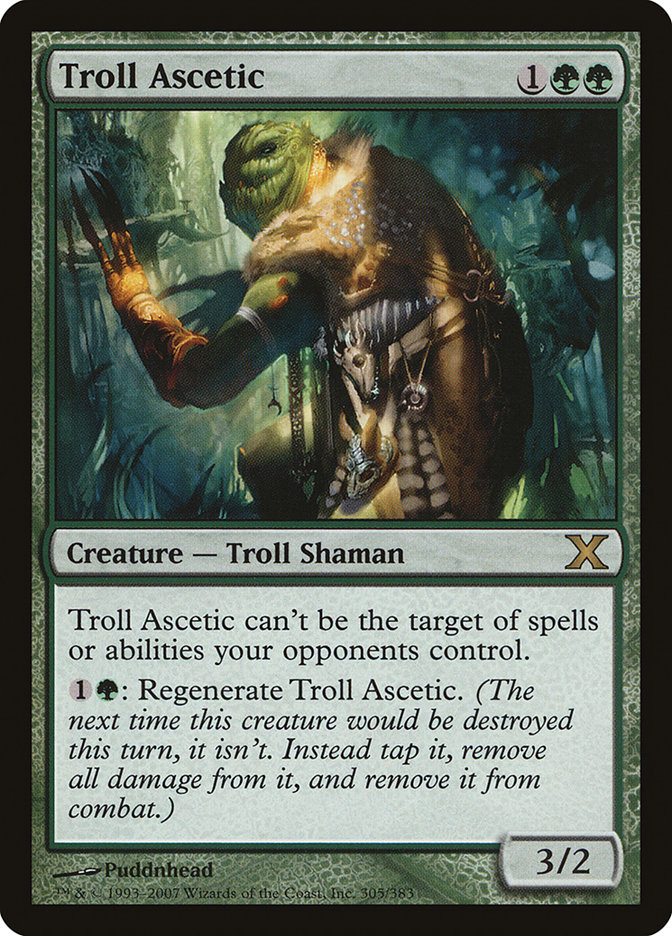
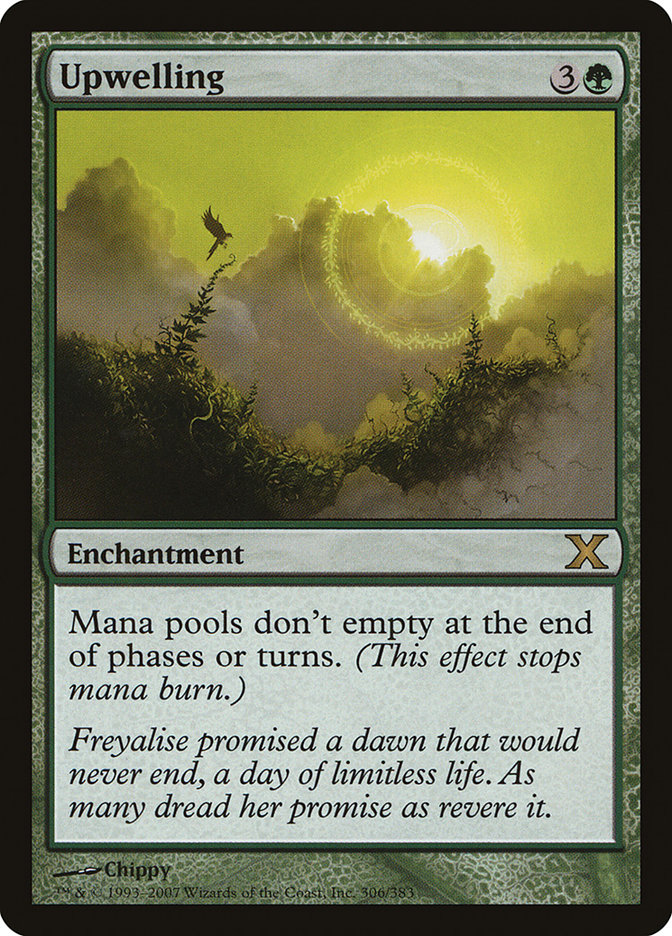
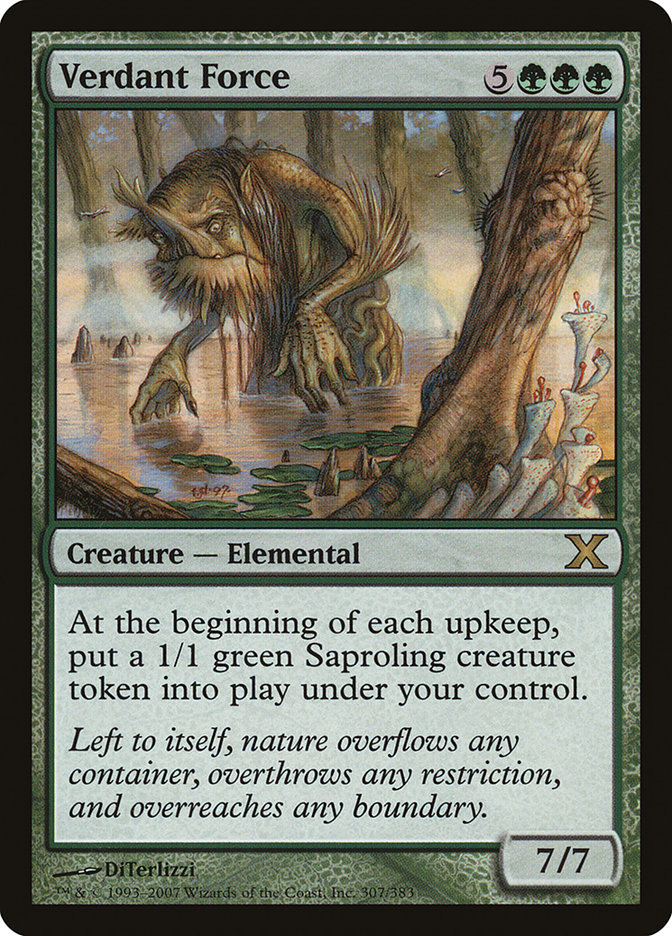
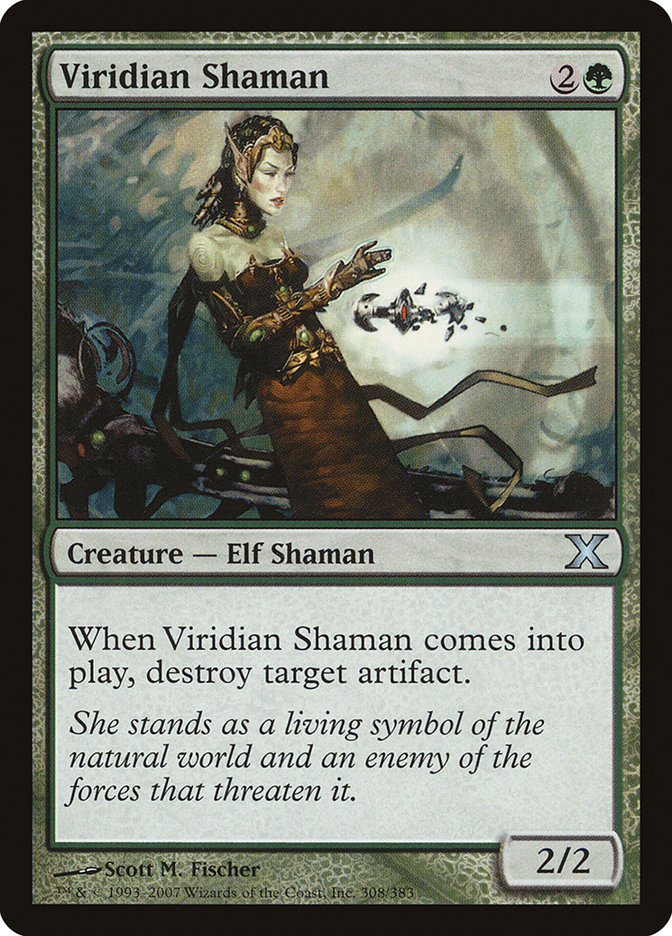


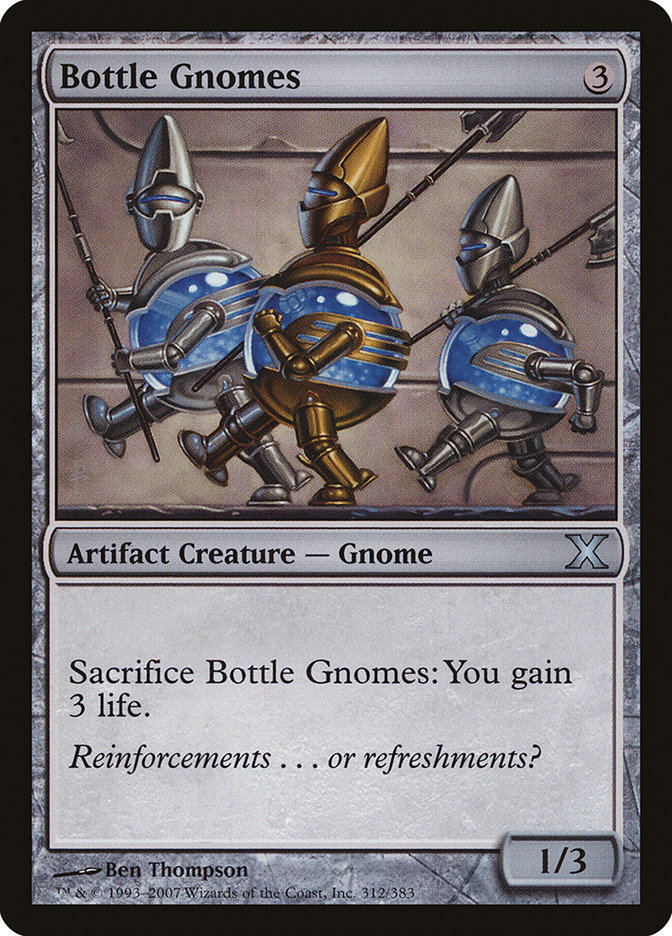



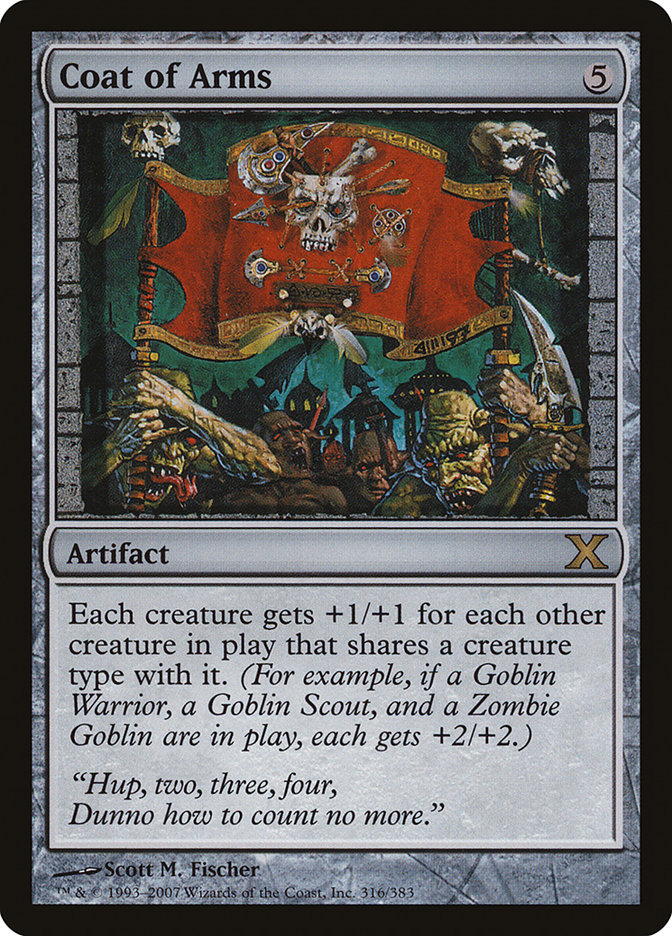
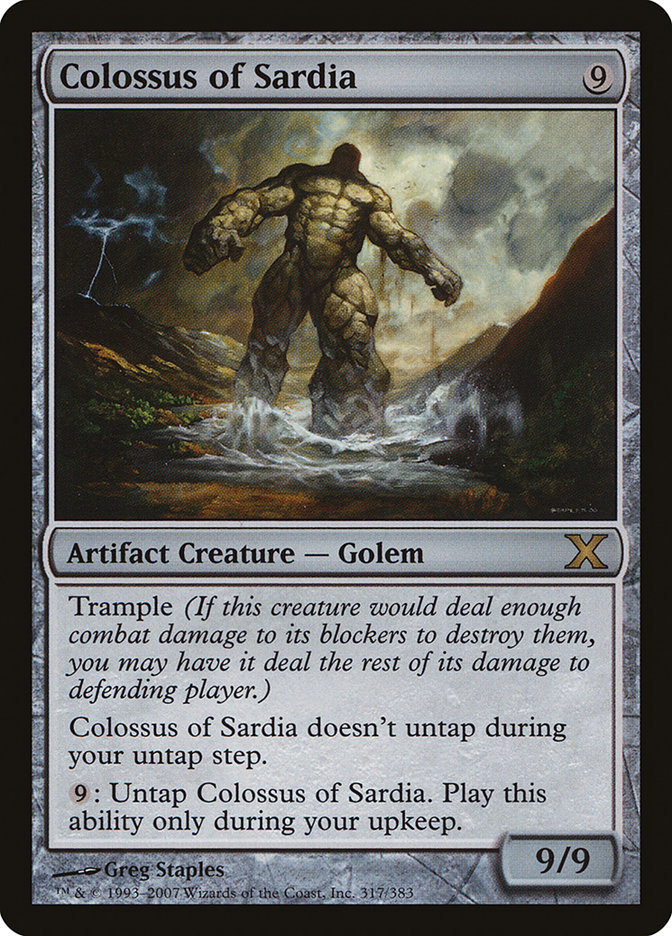
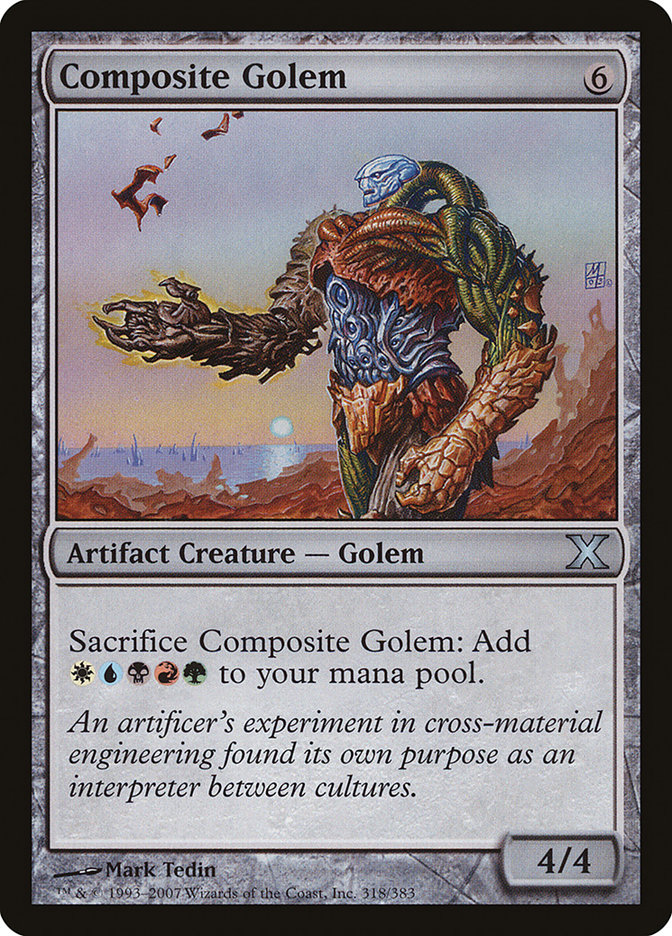


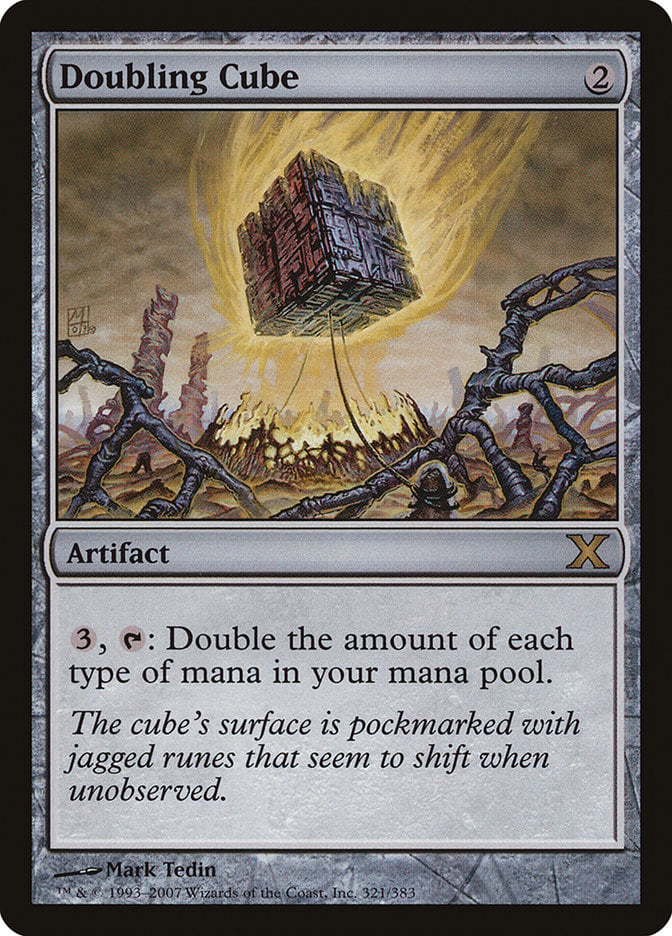

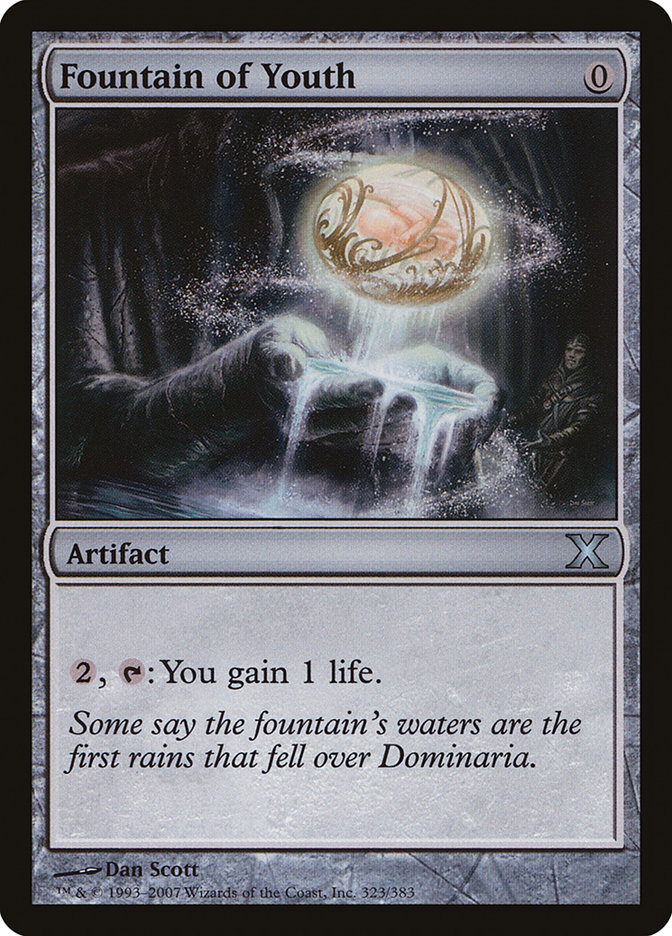

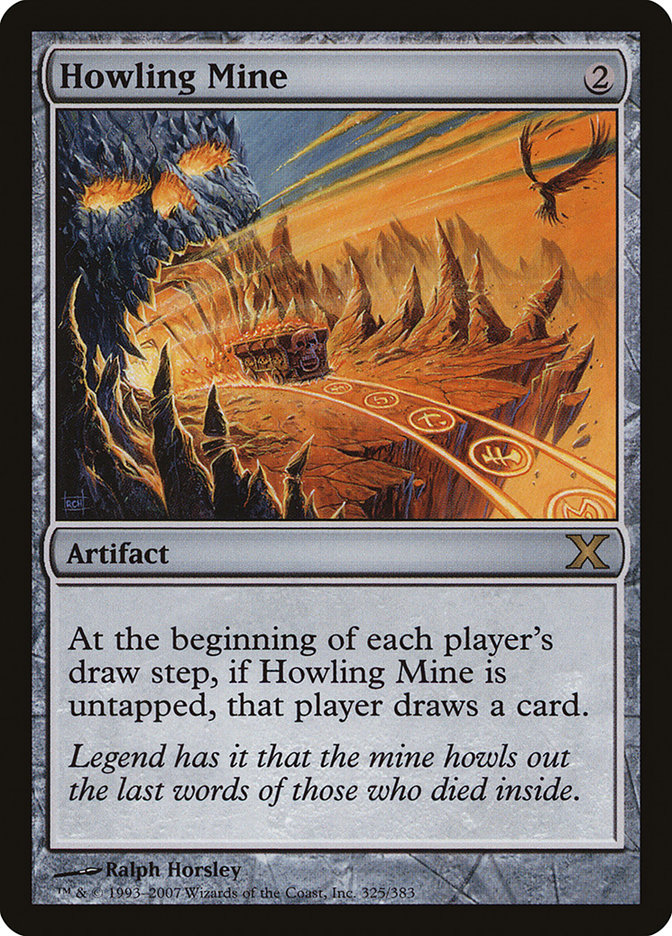
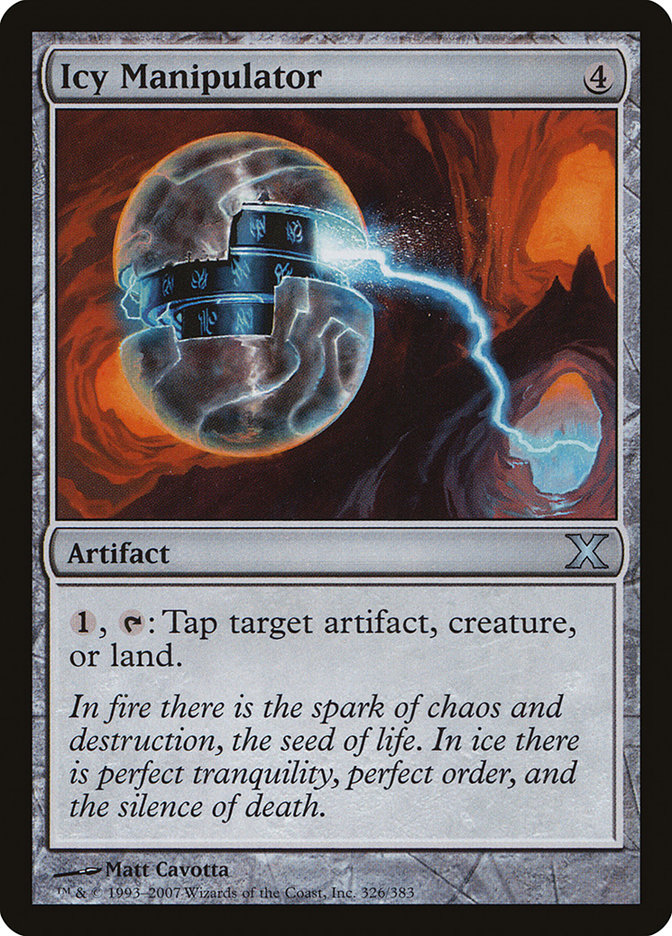

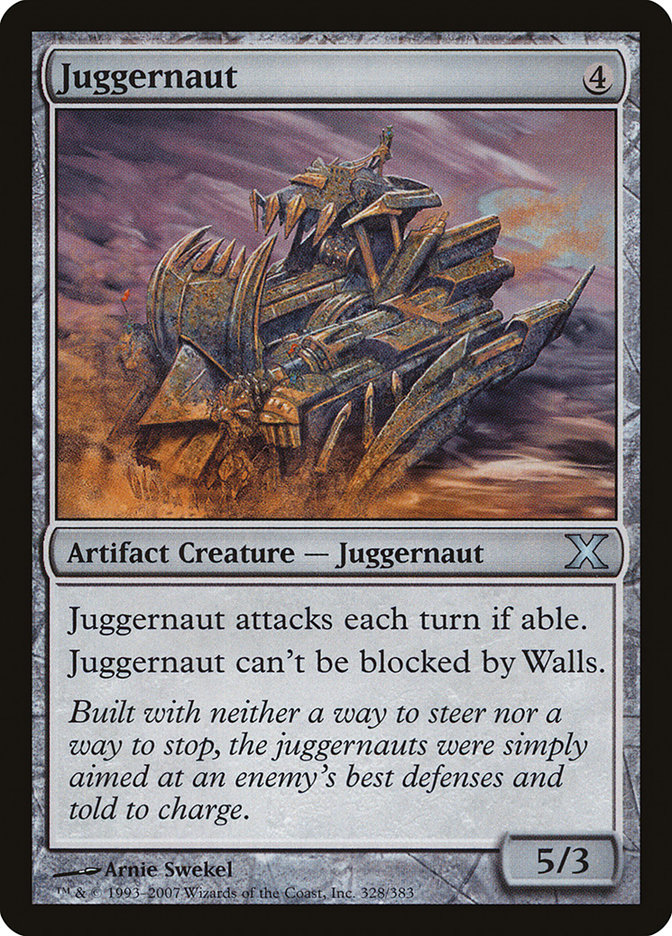
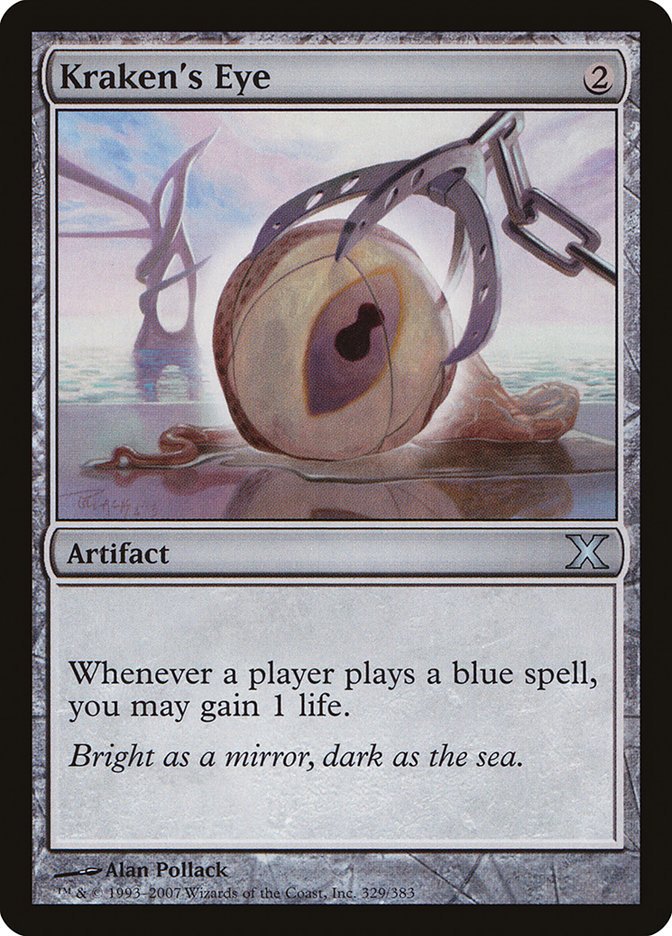
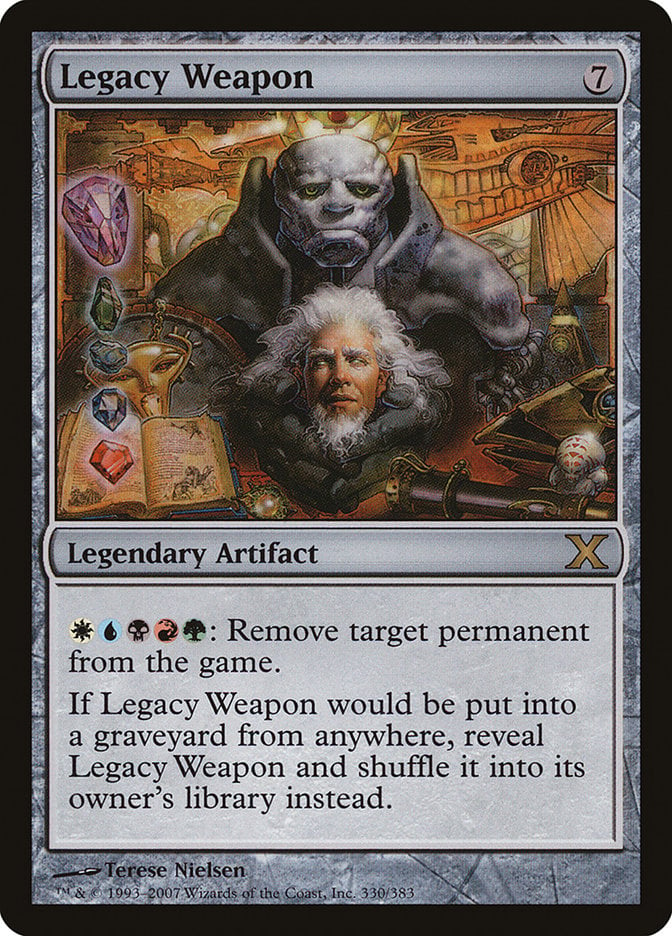

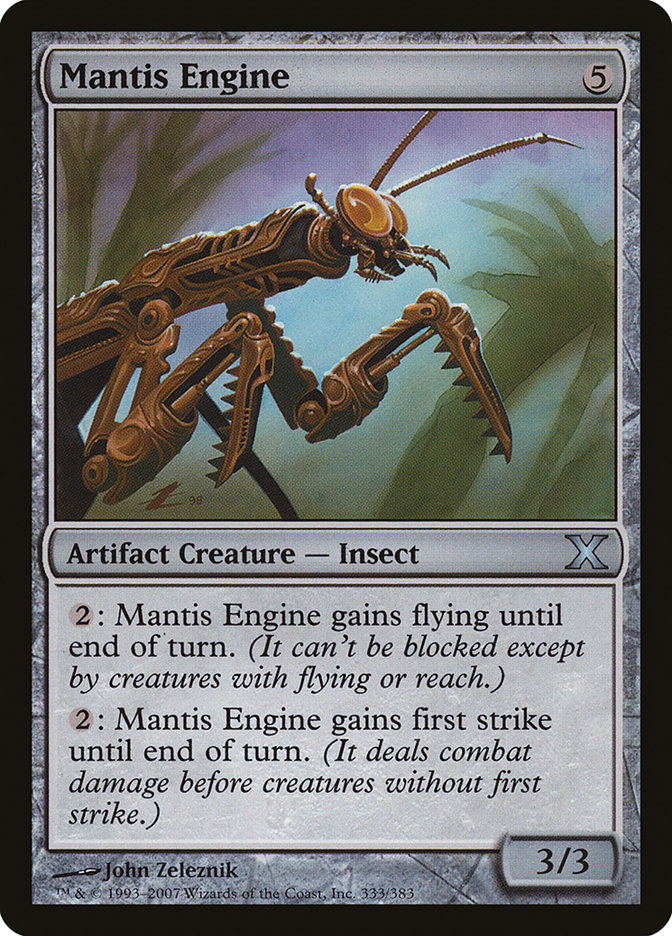
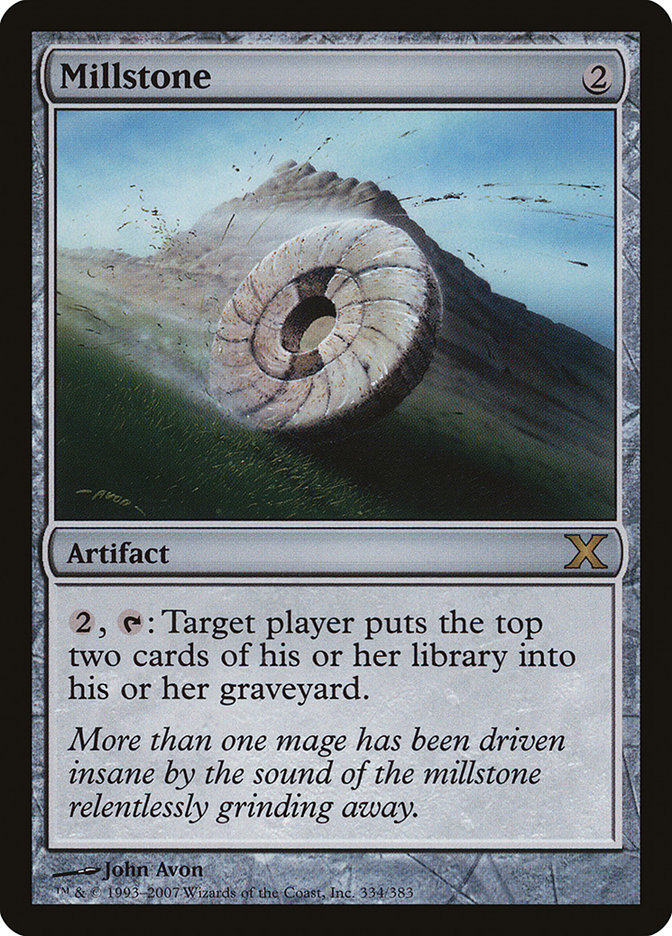

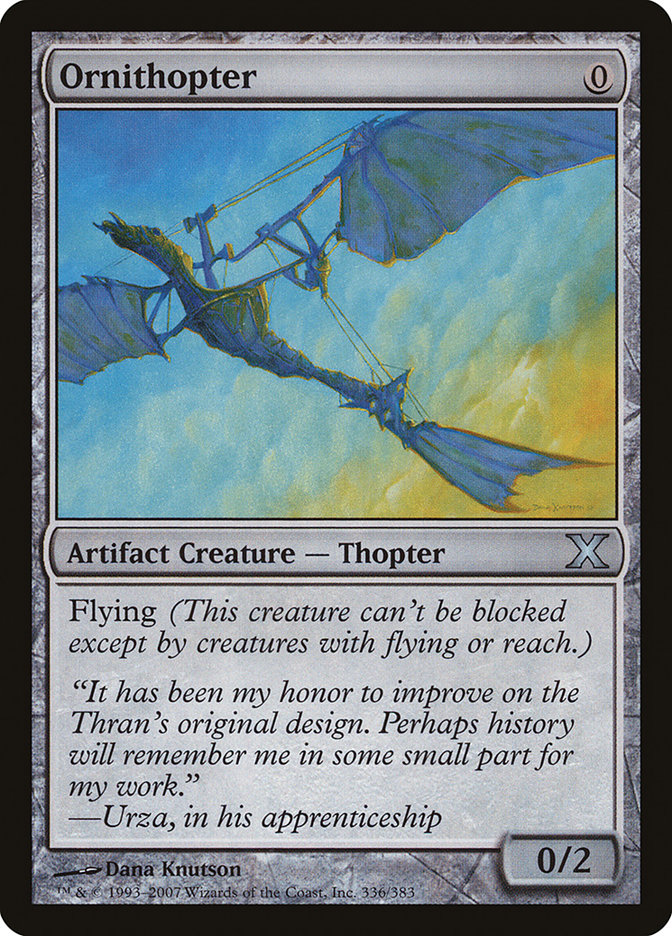

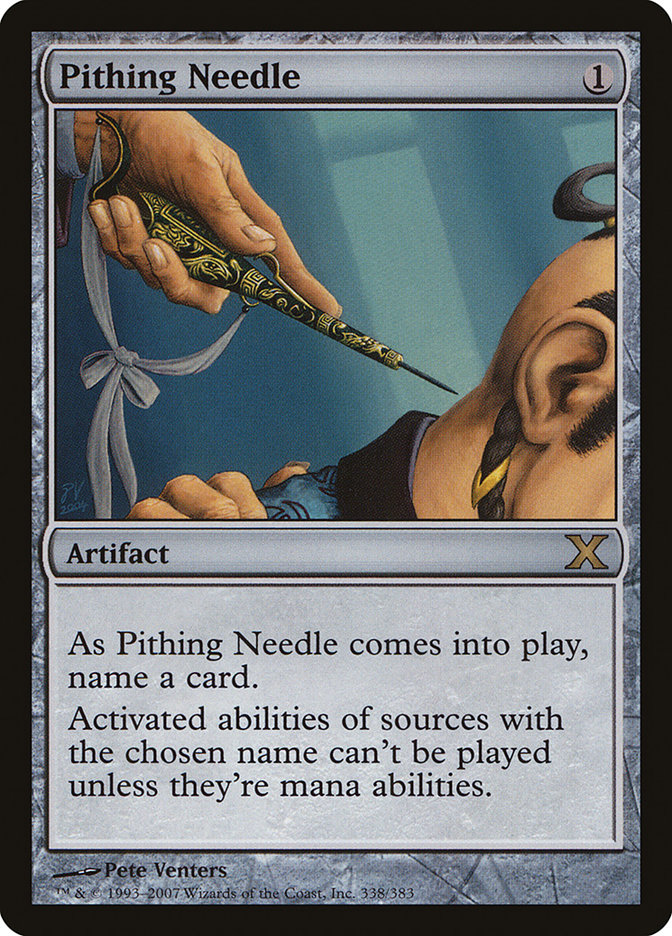
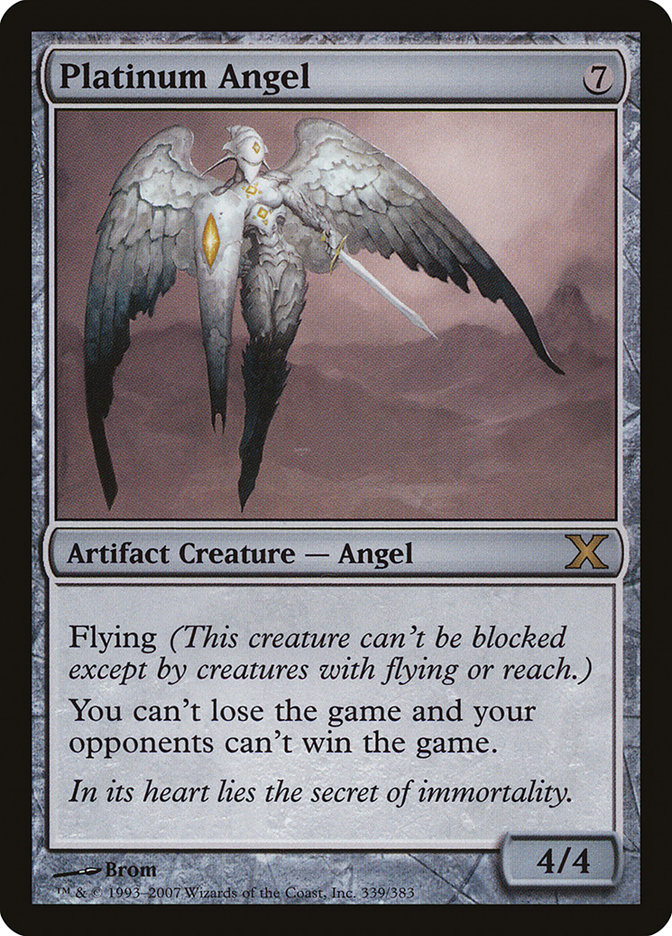

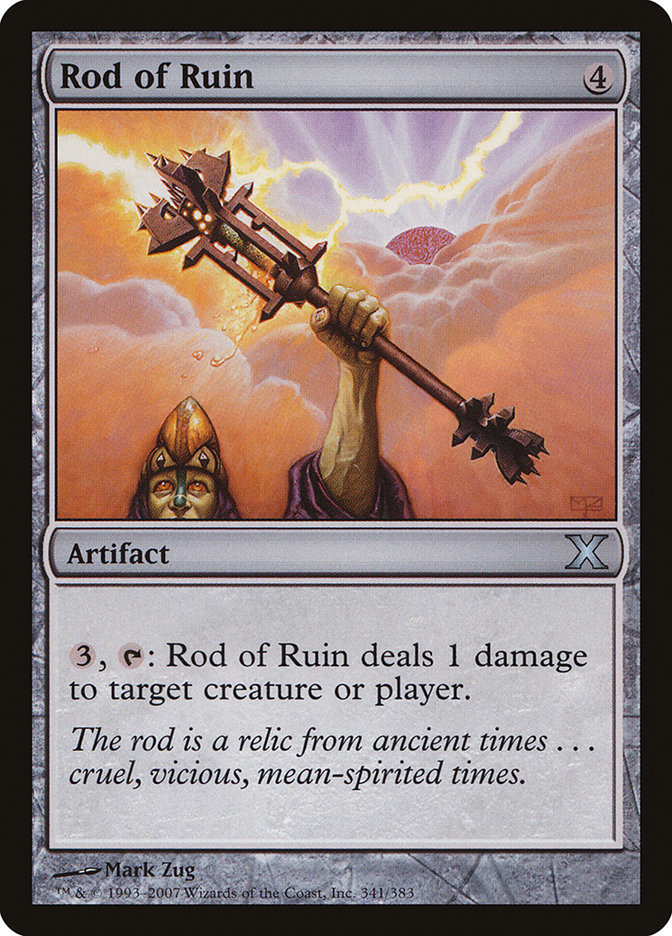
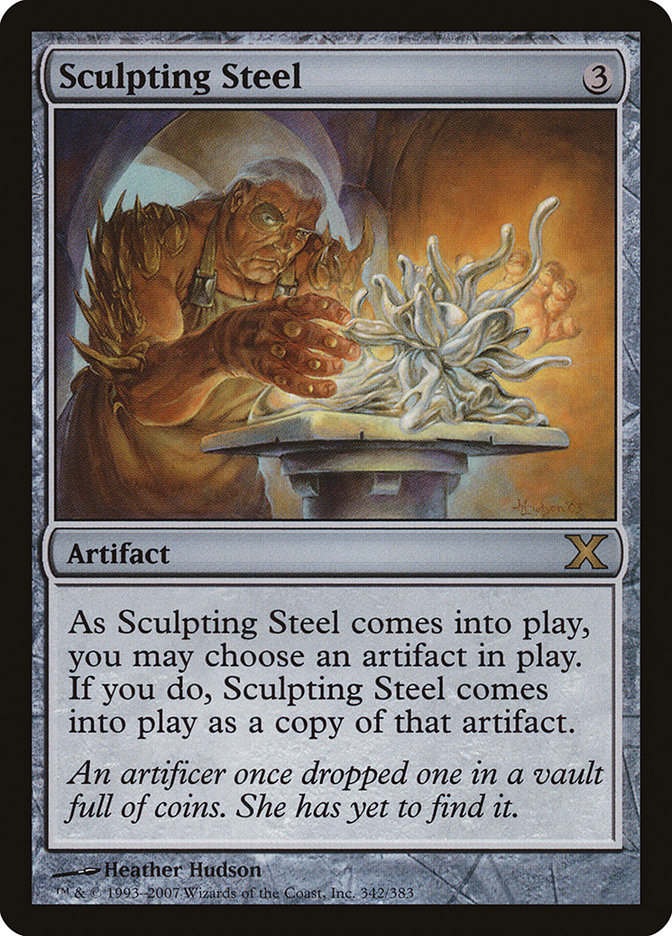
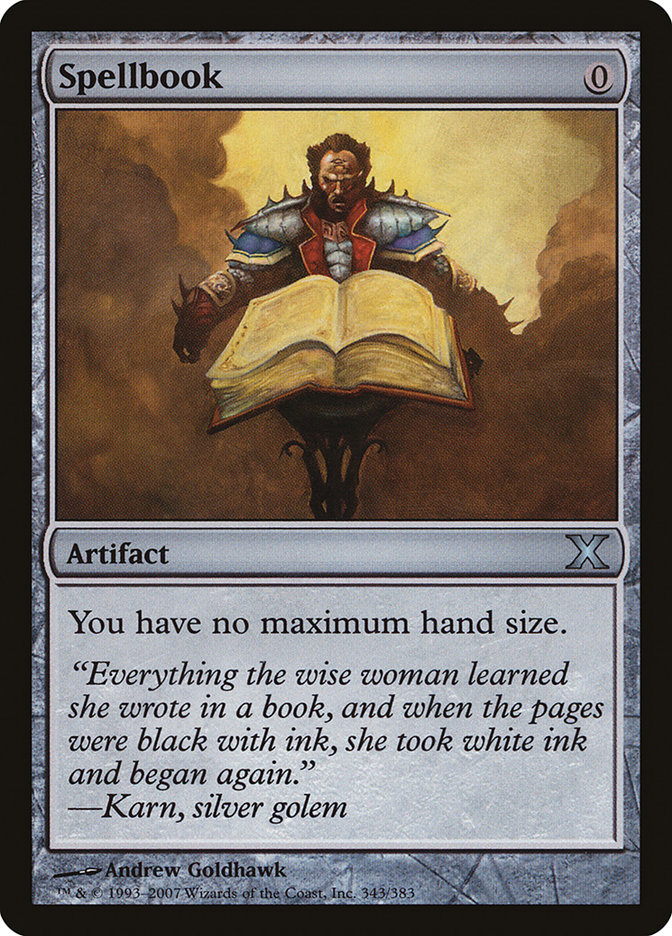
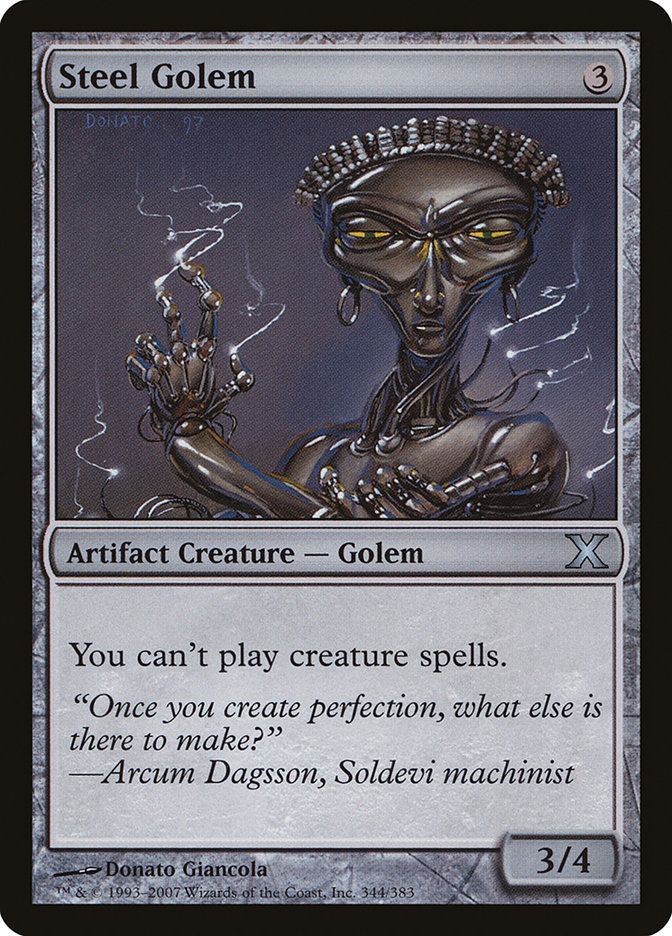
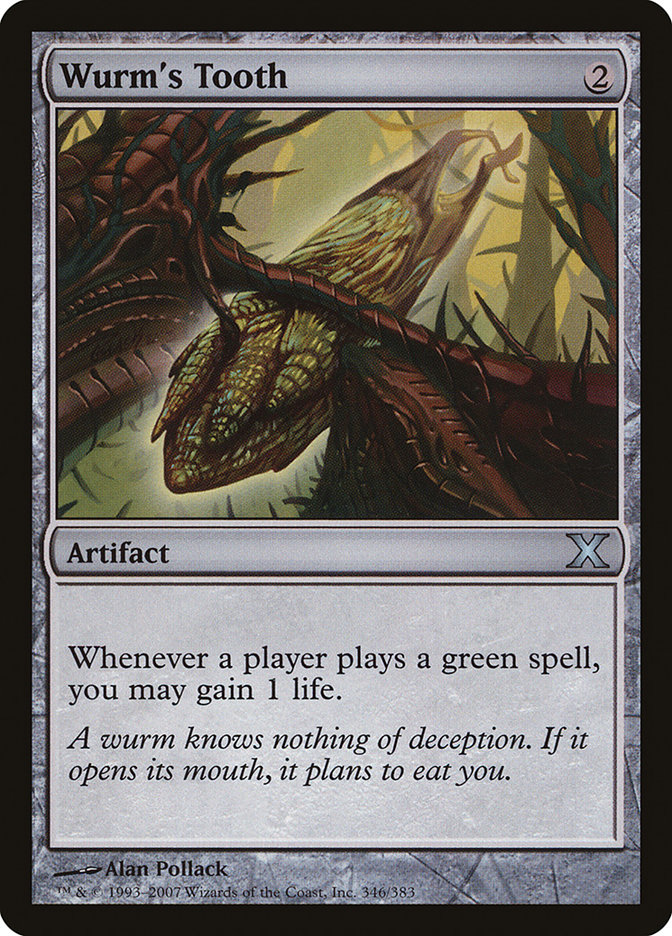
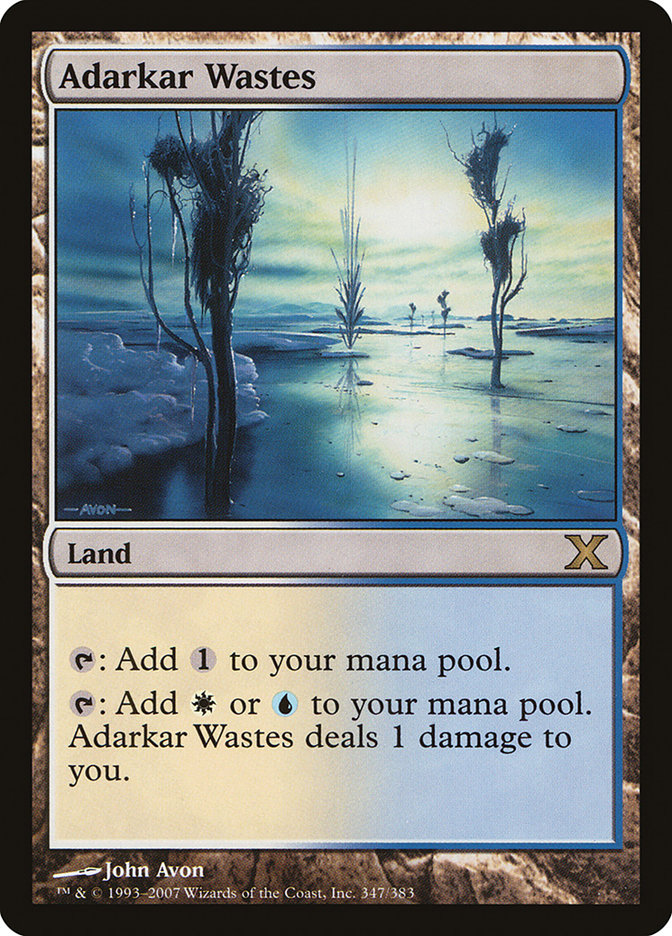
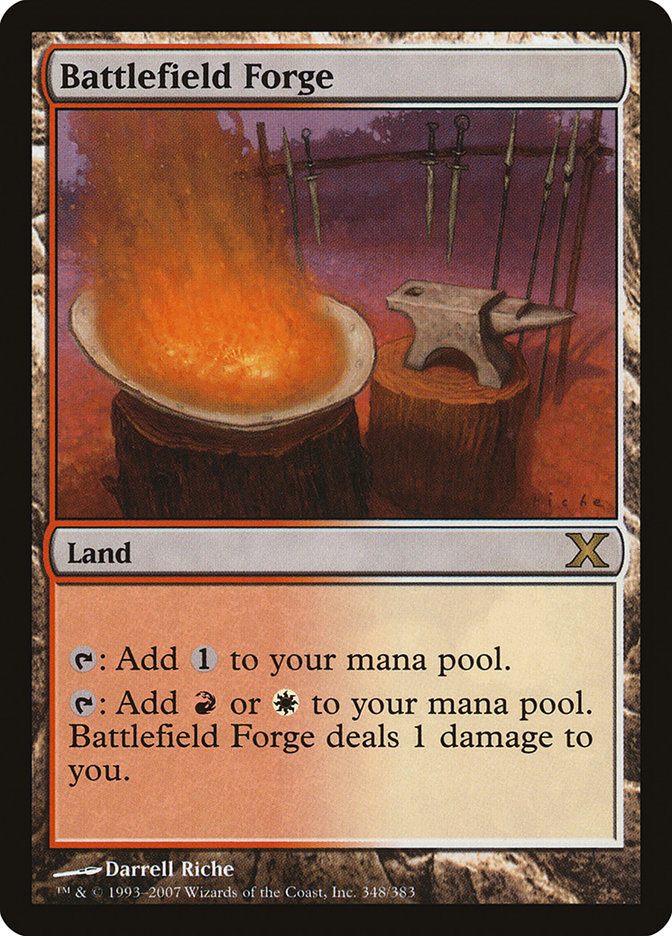
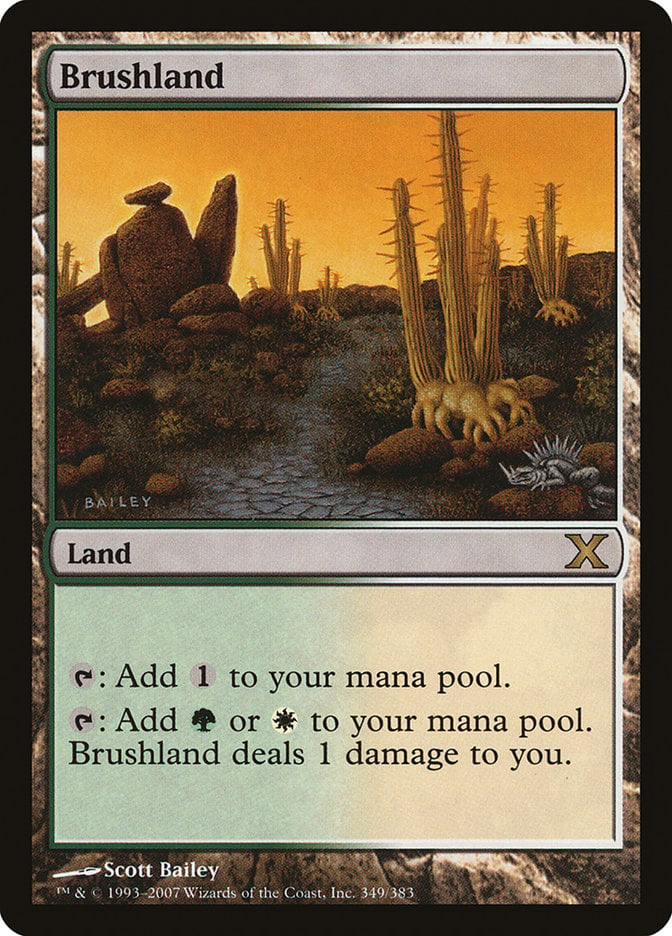
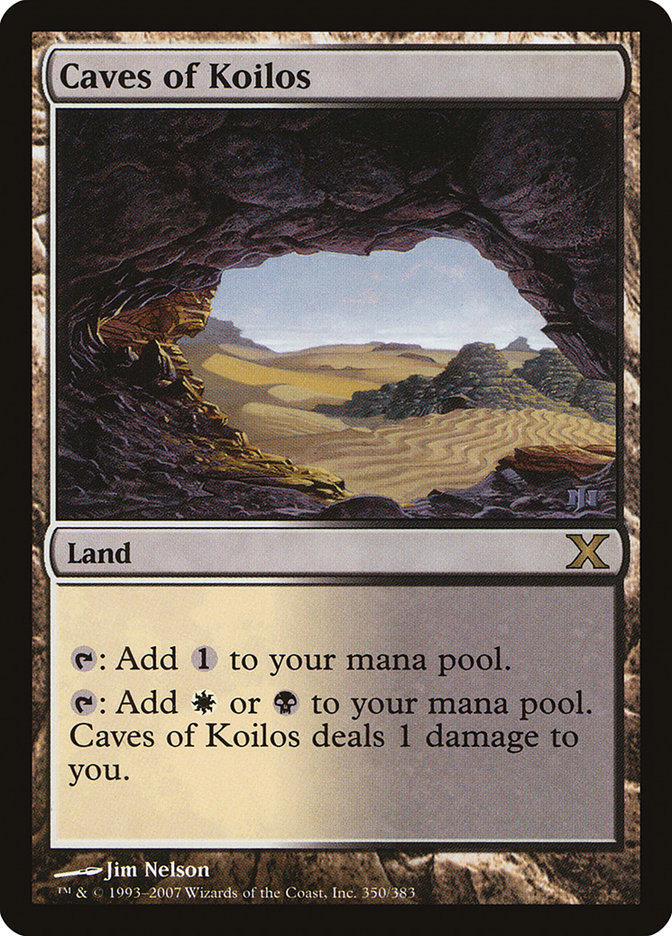

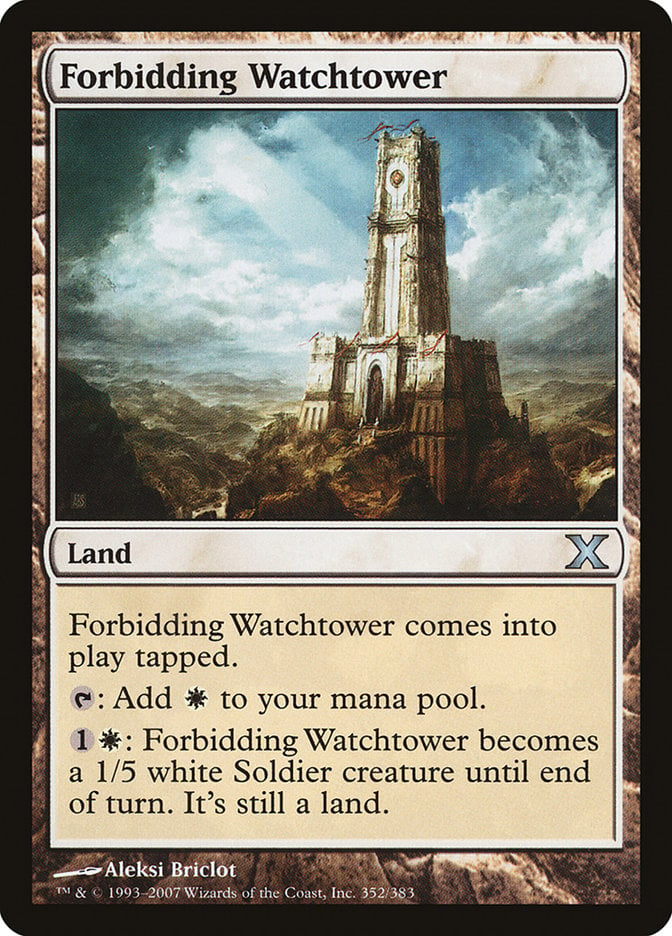

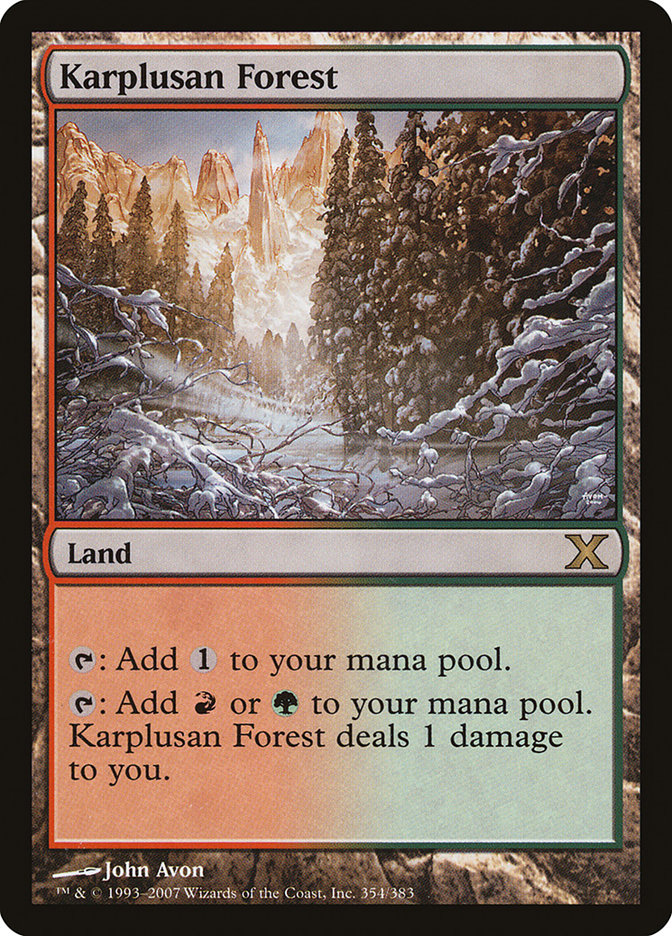

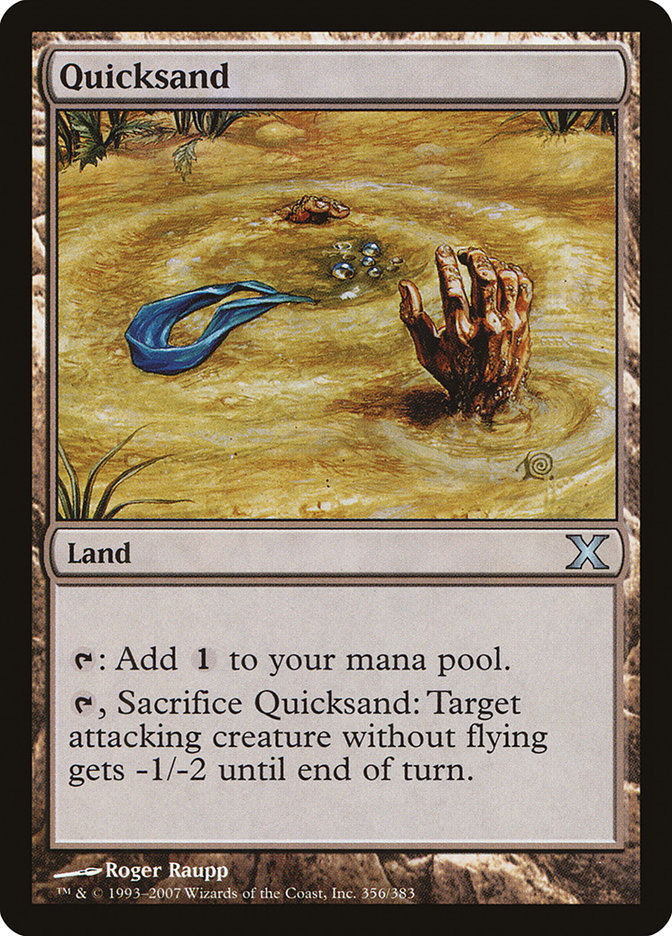

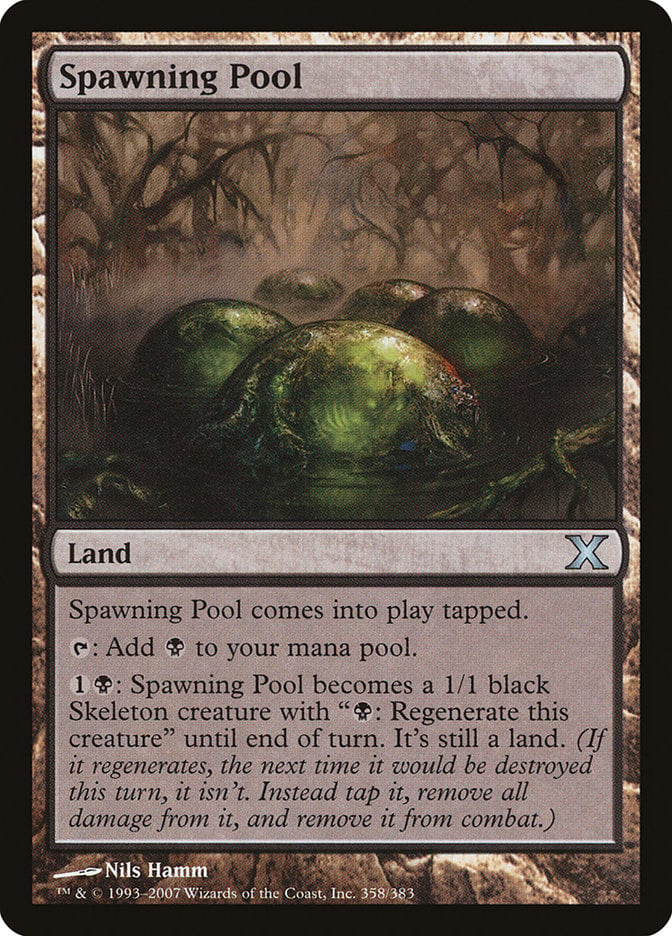
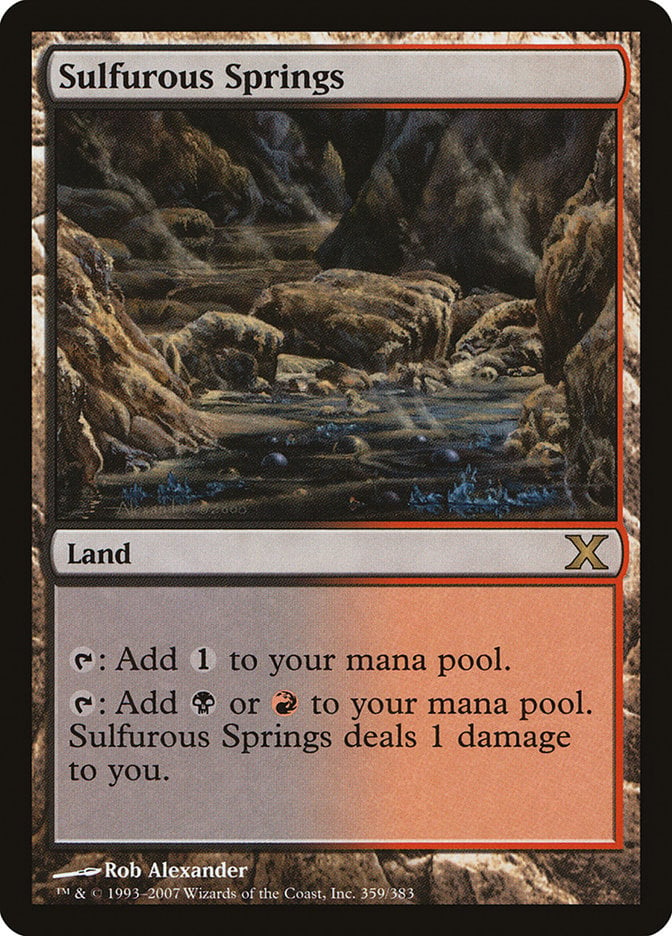
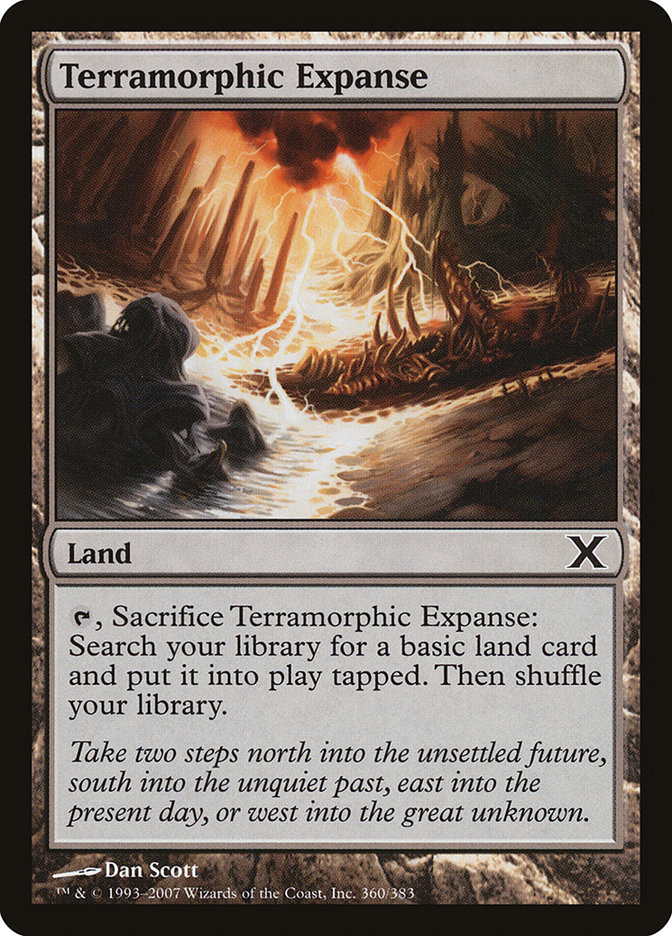



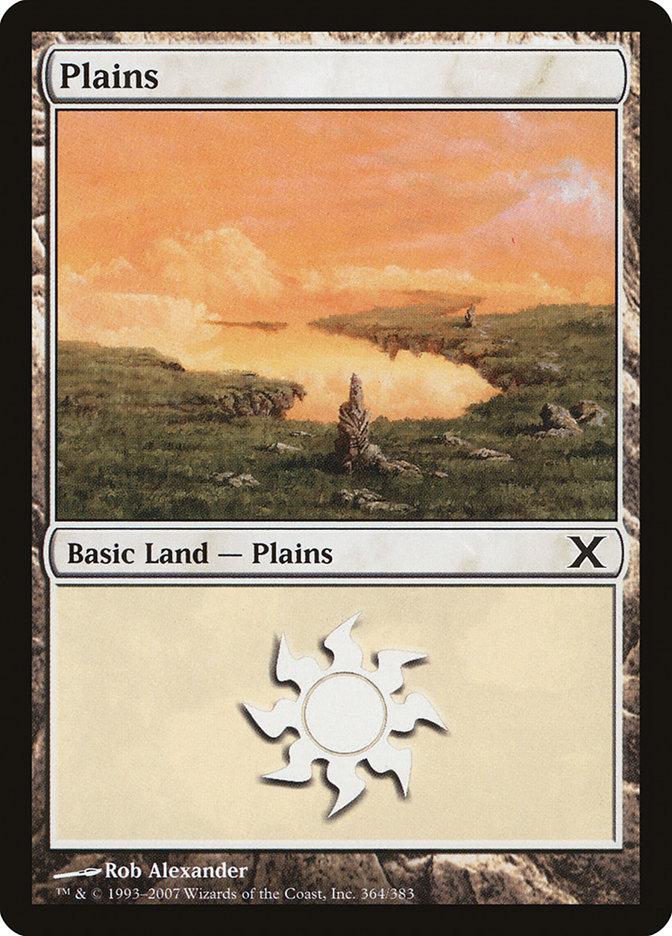
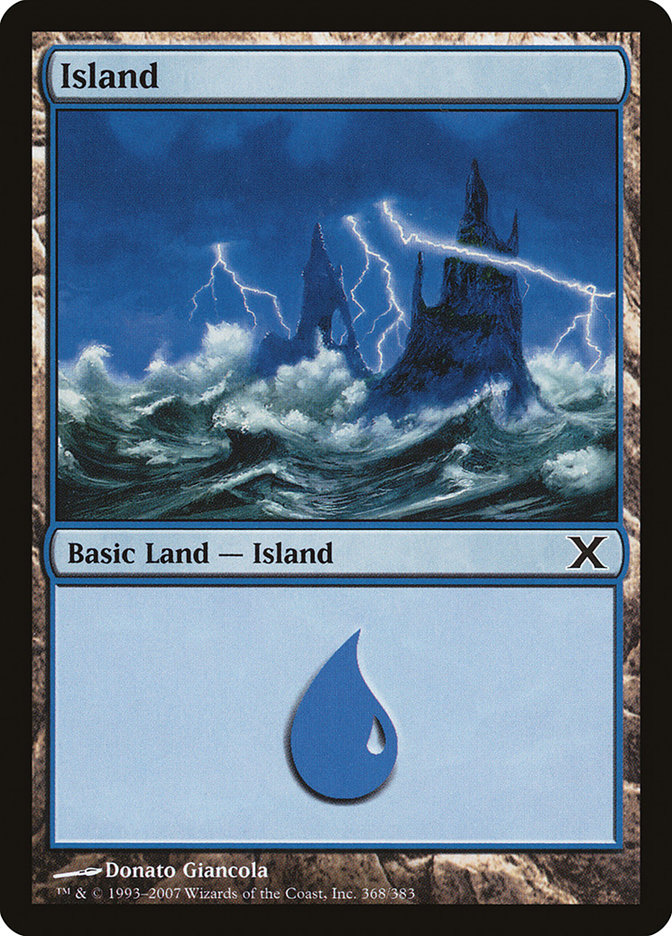
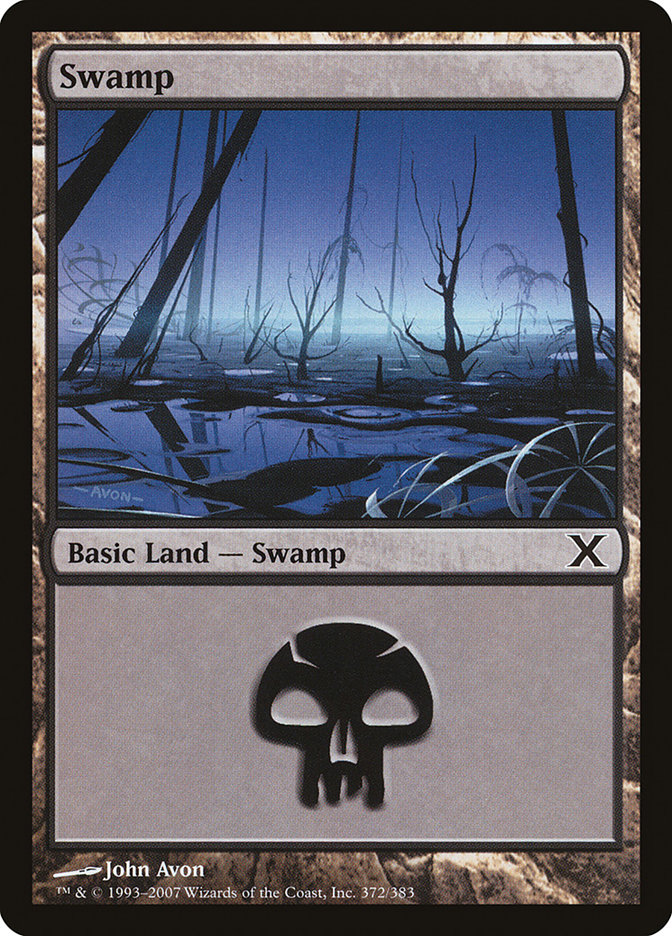
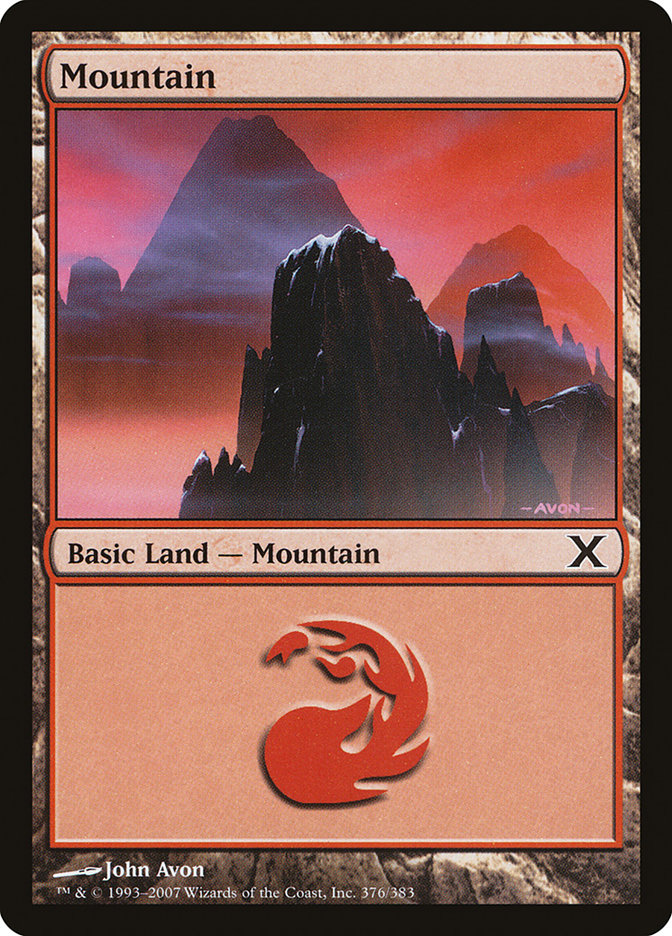
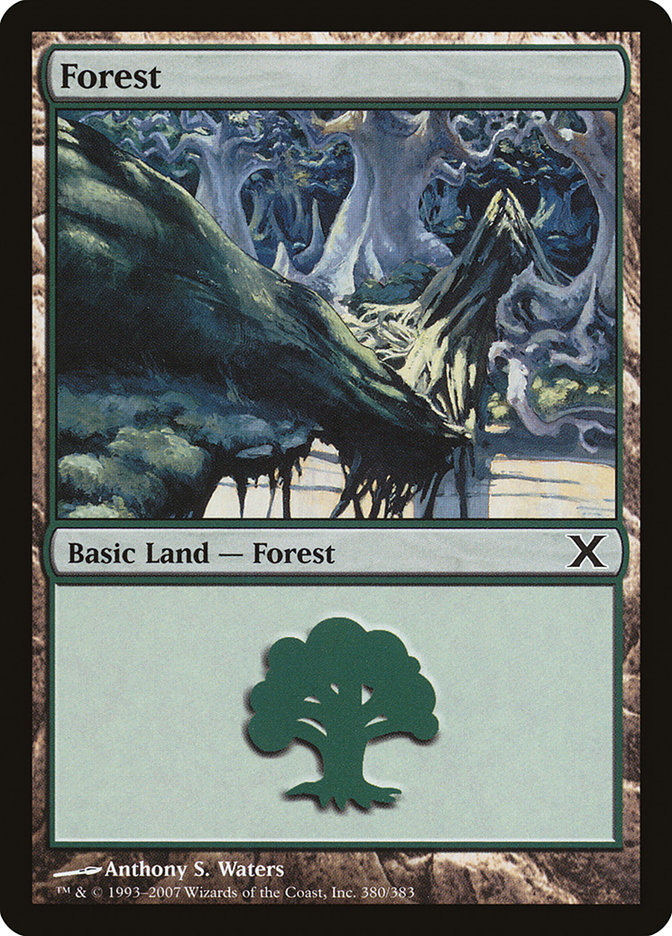
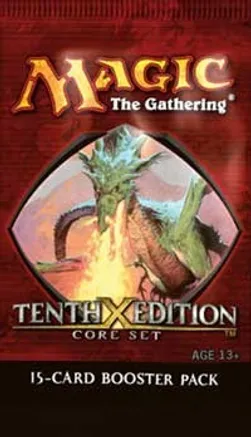
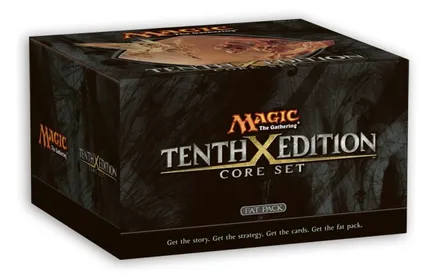
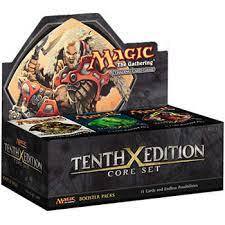

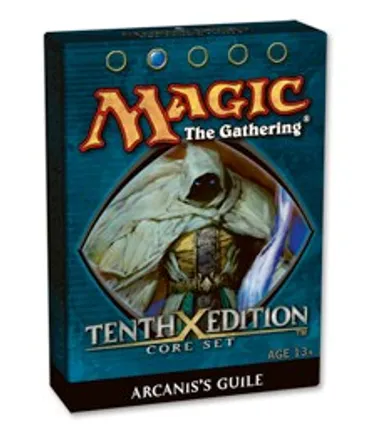





Add Comment